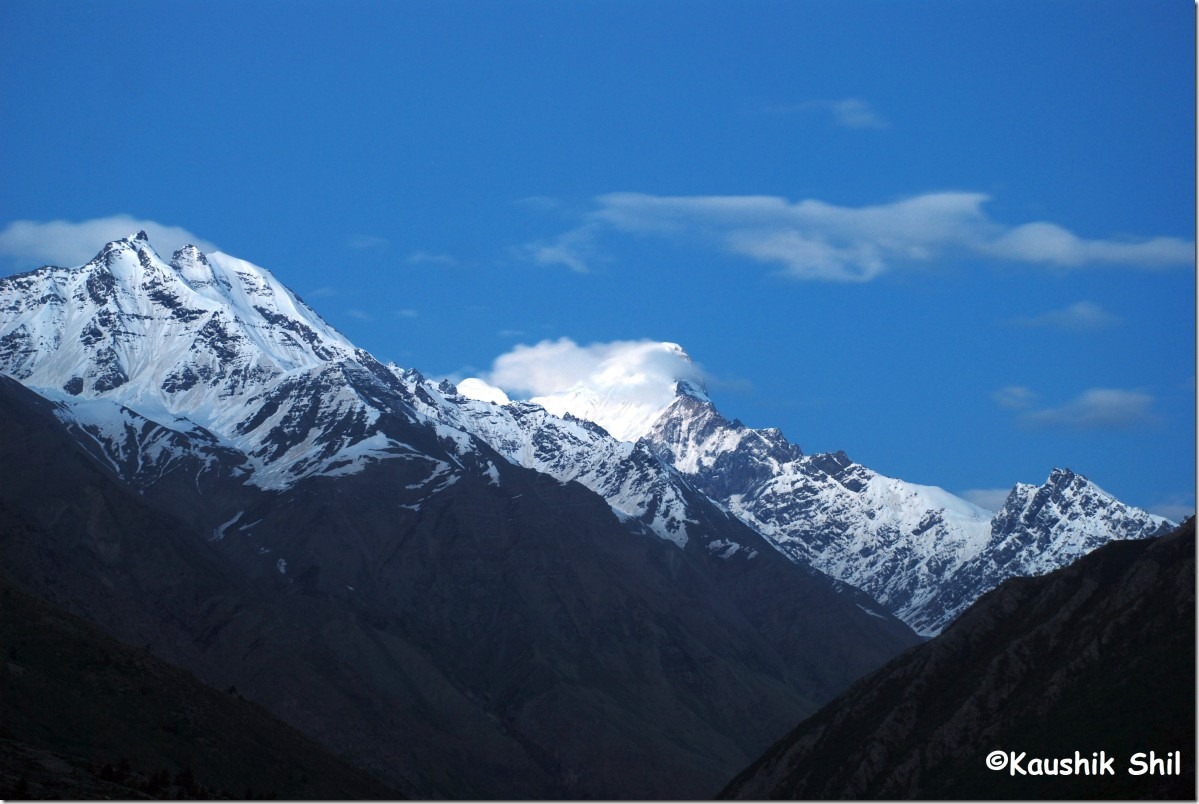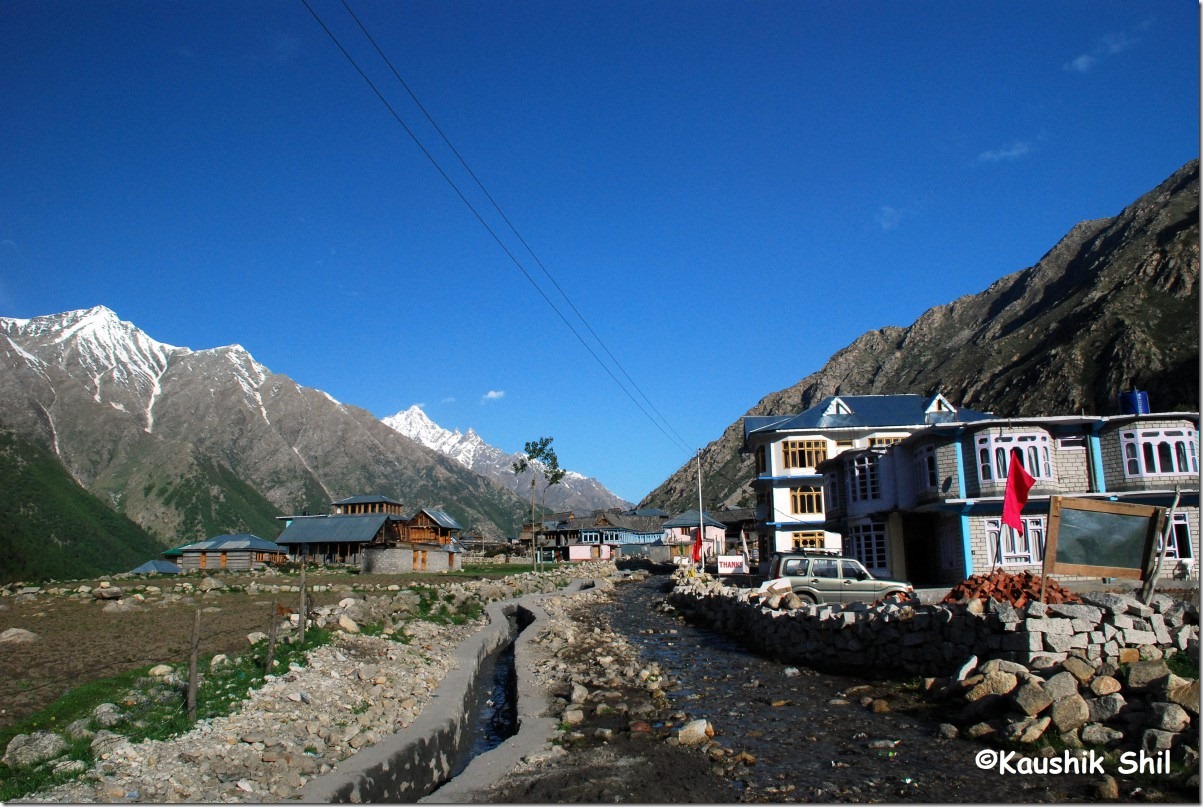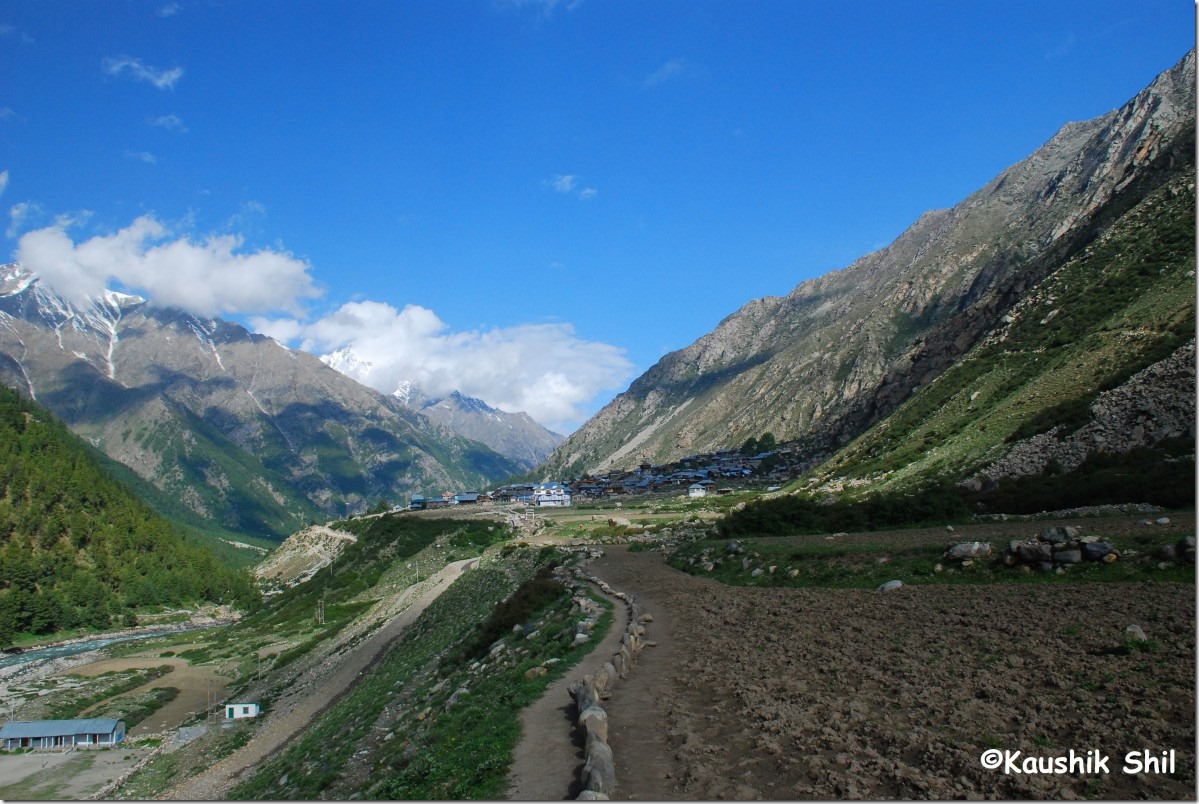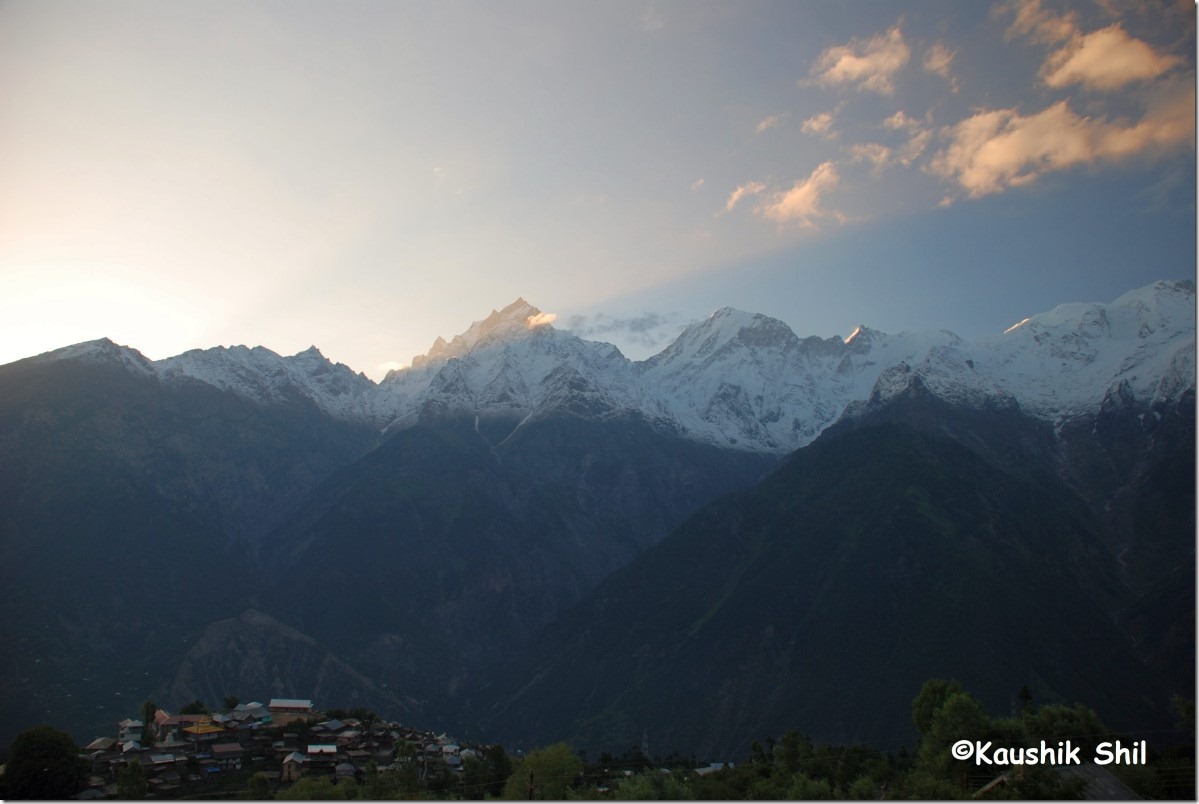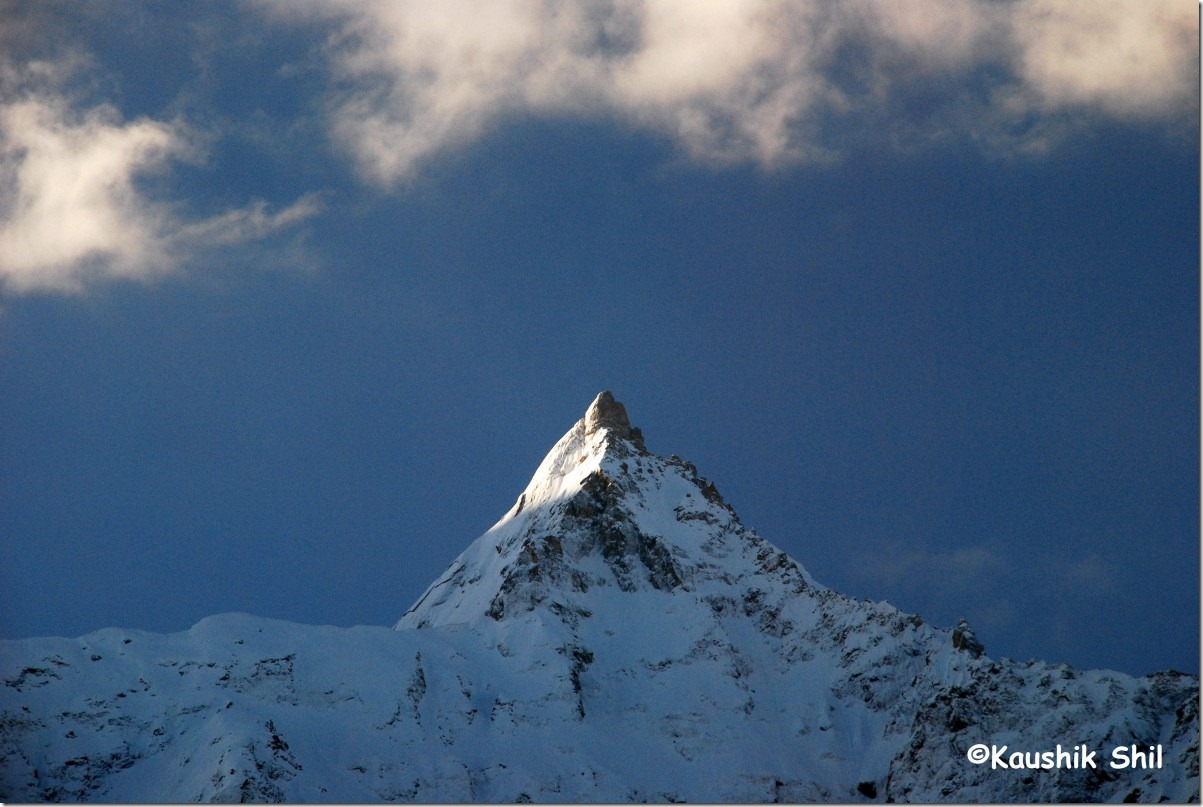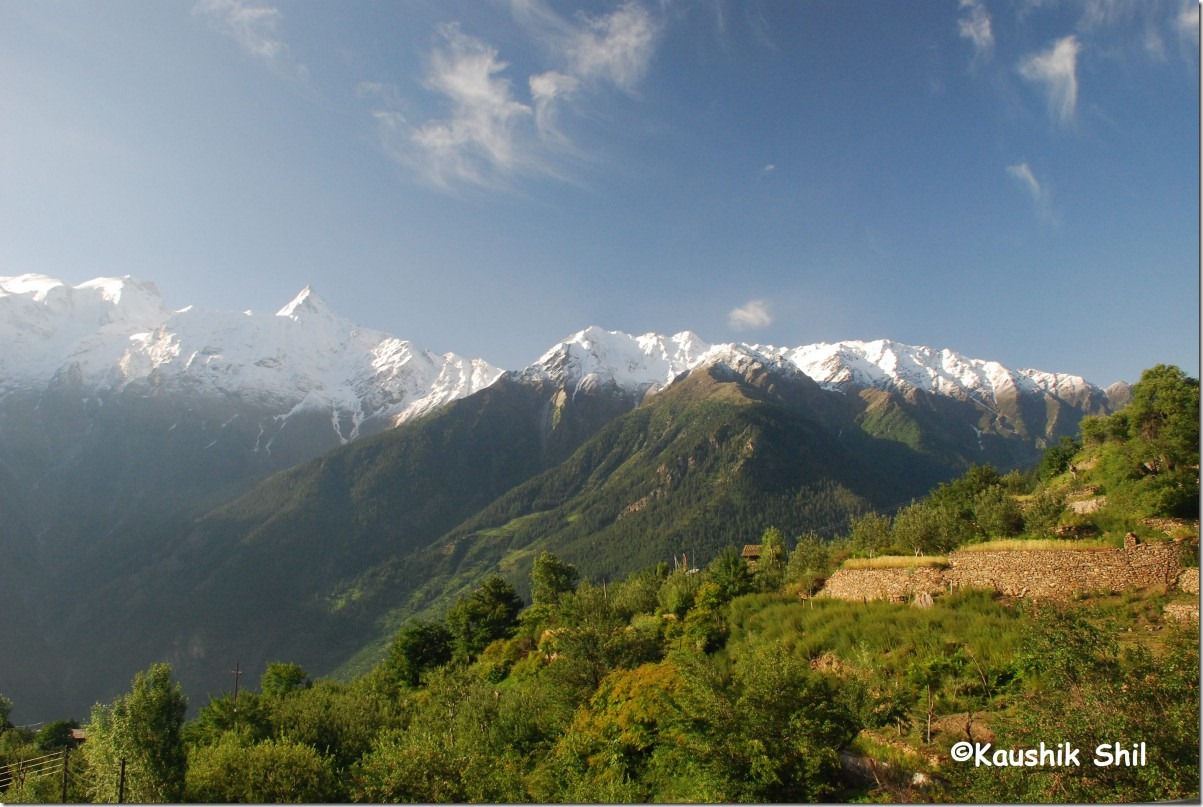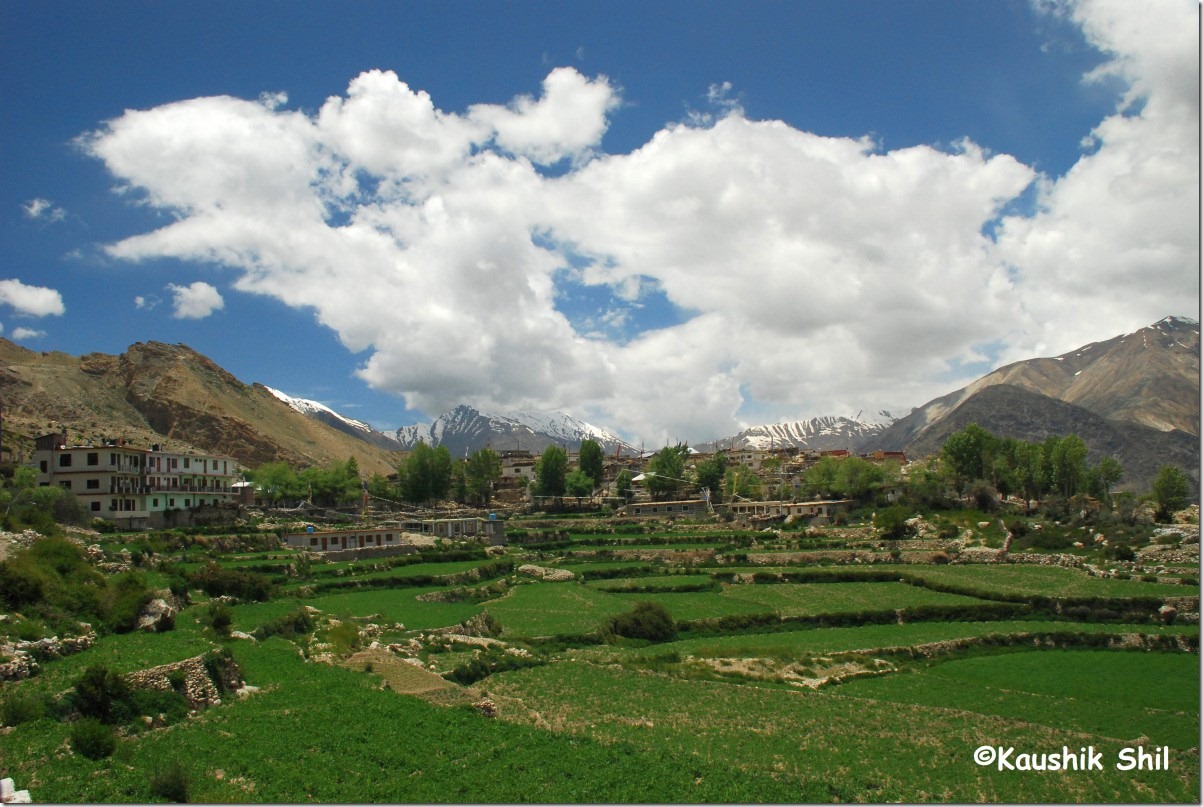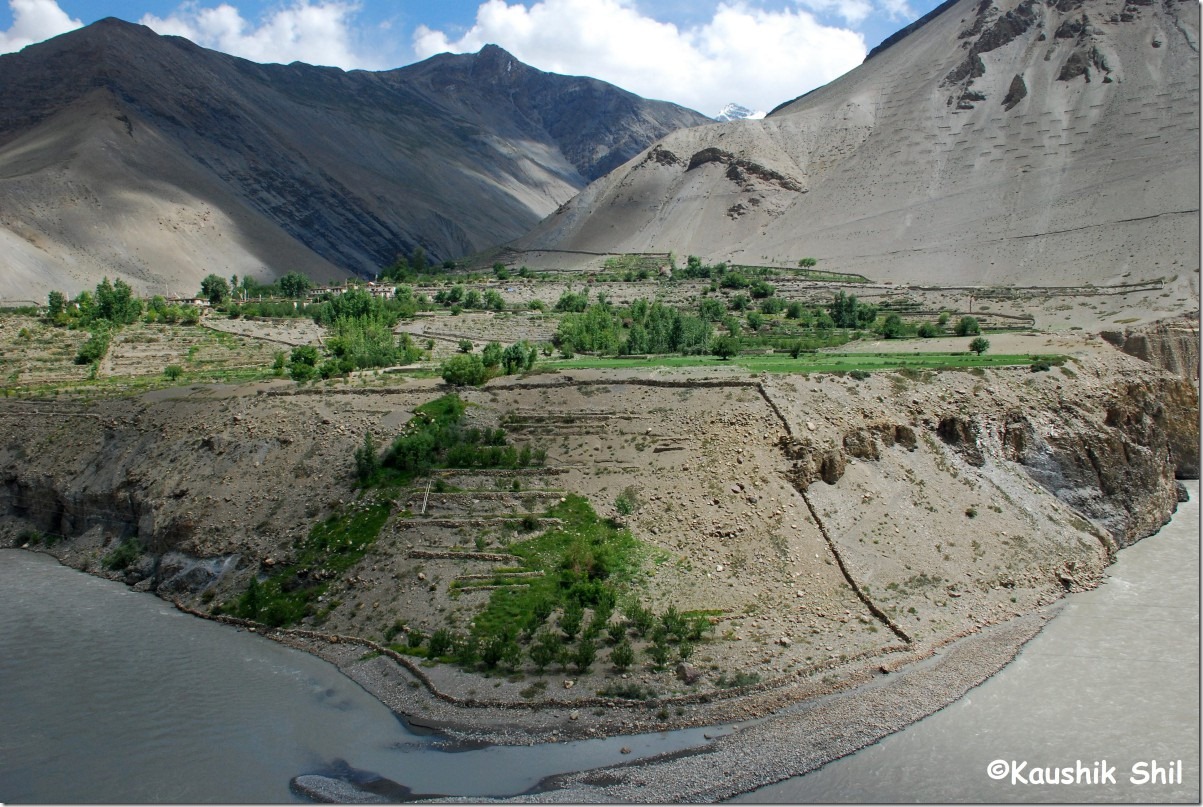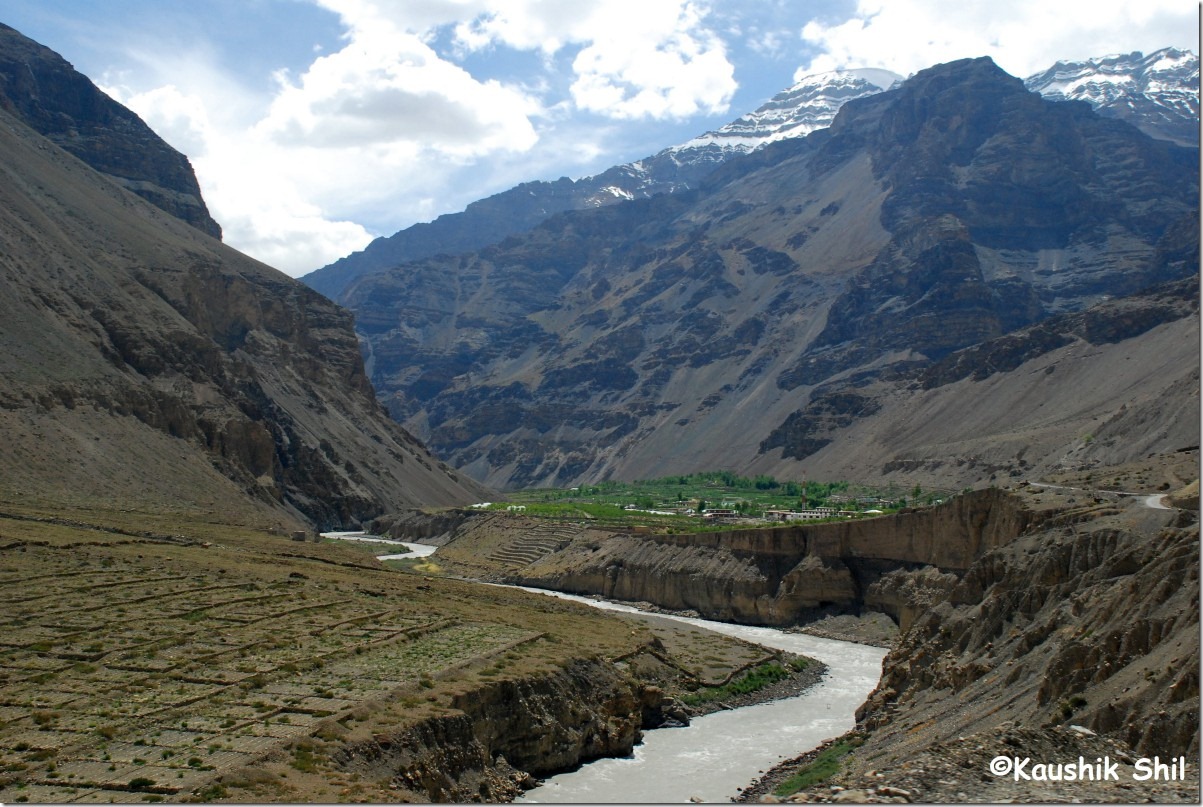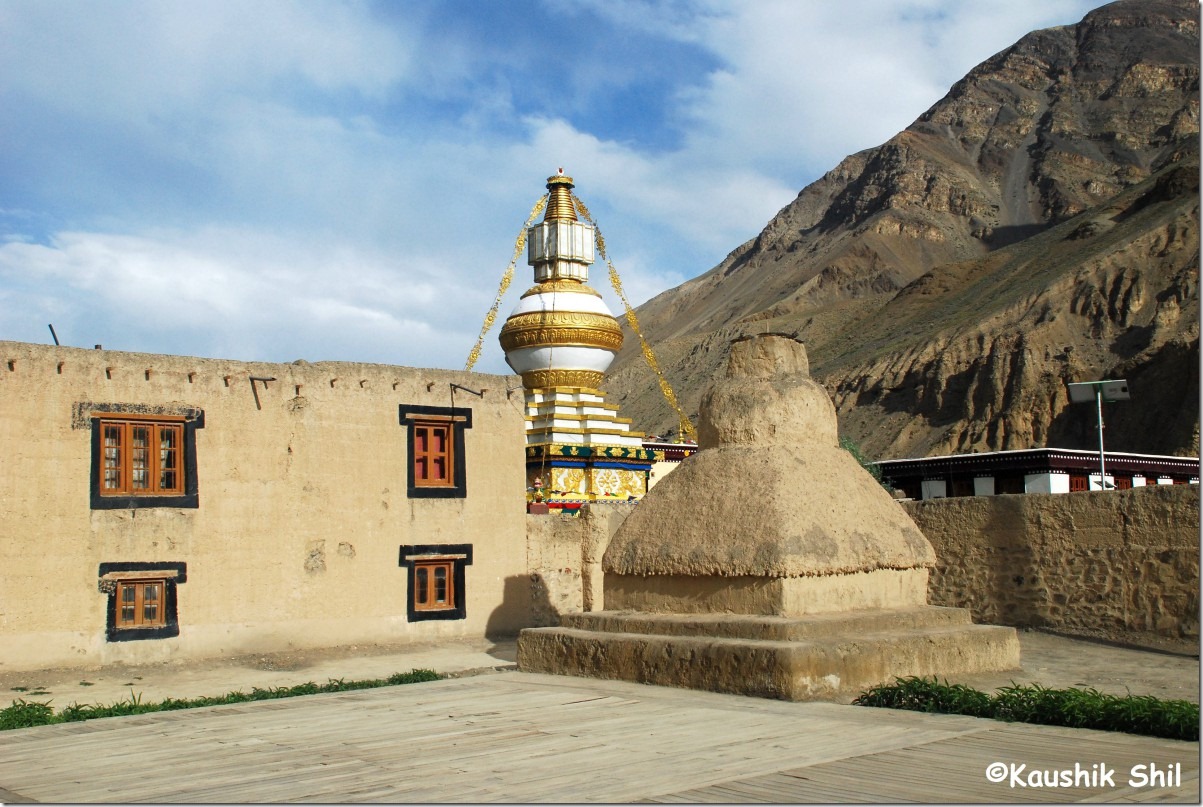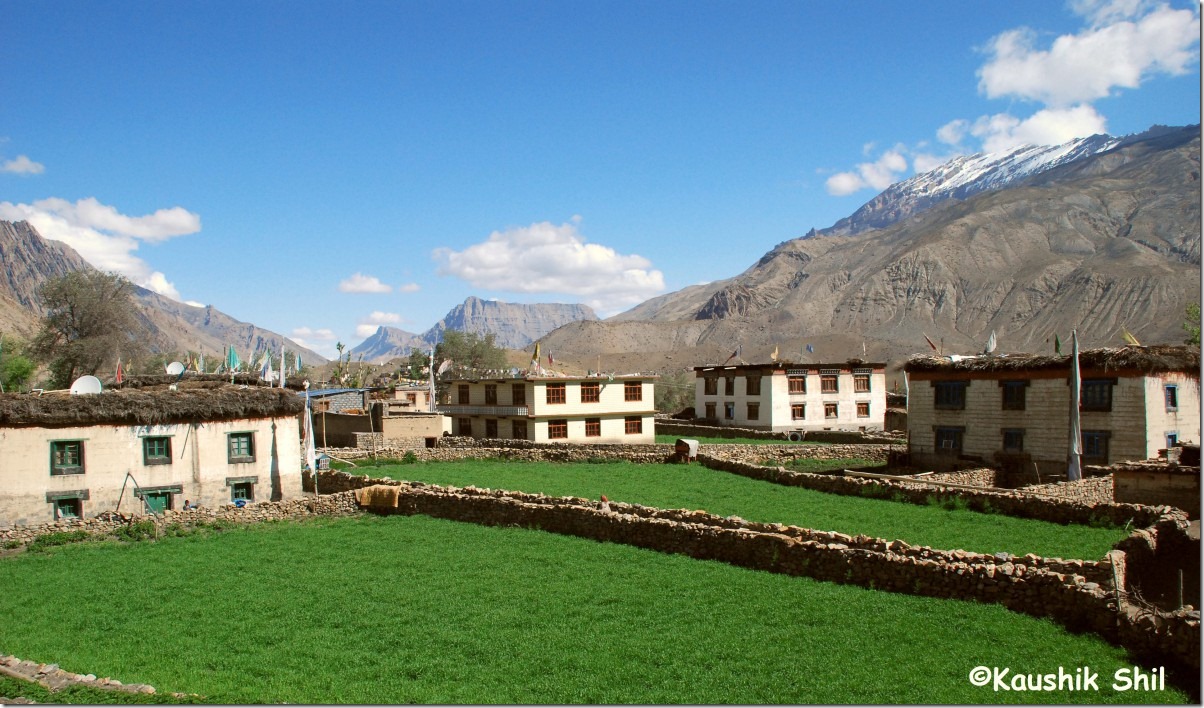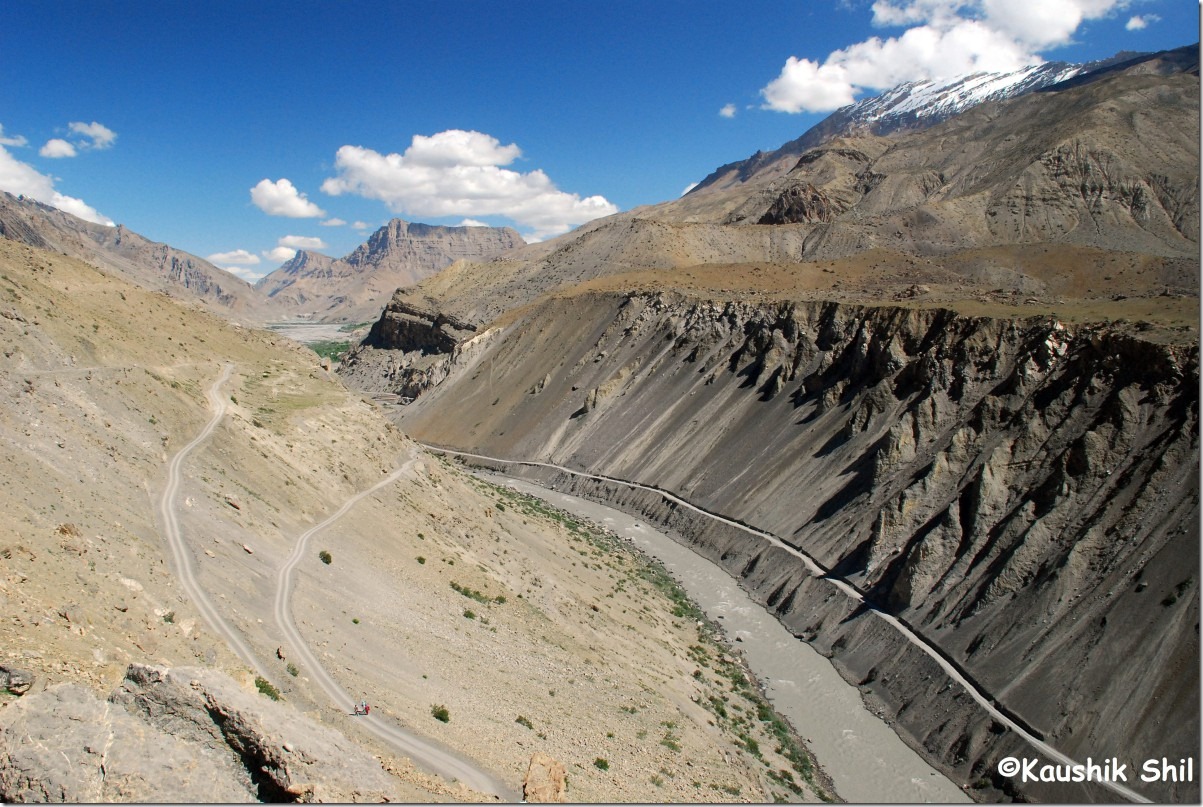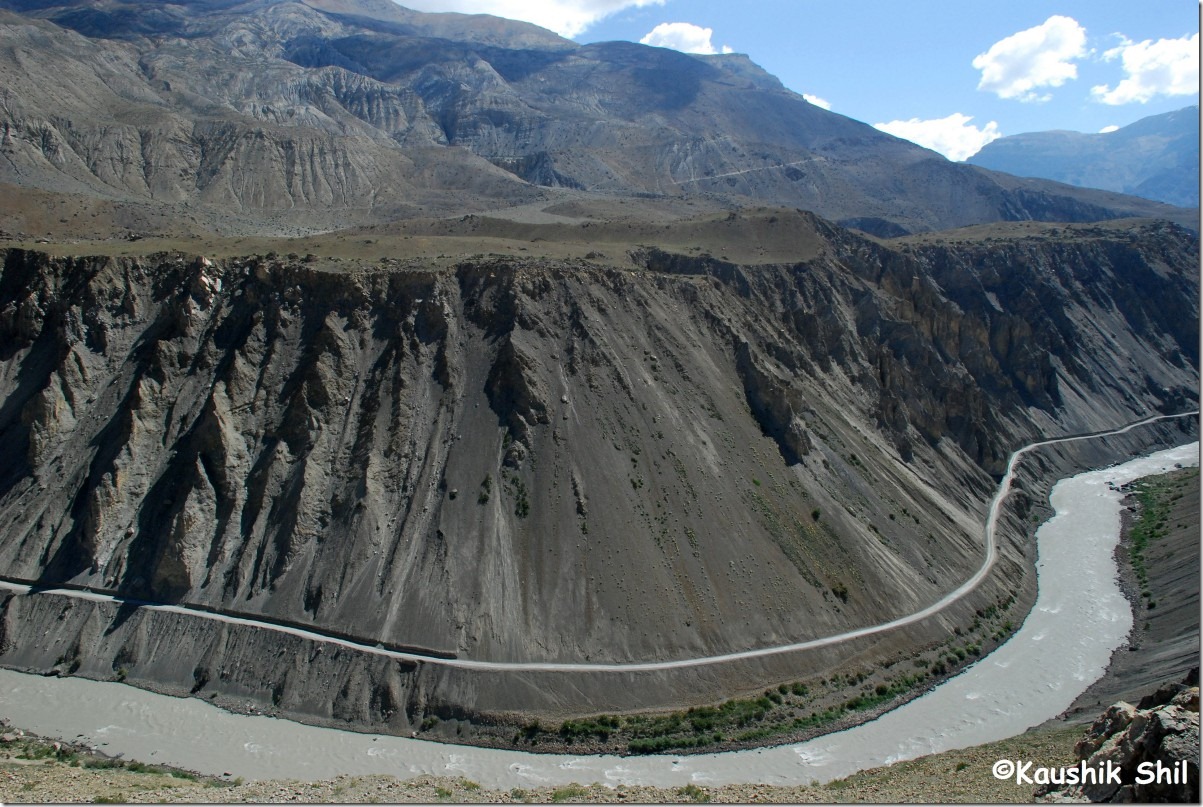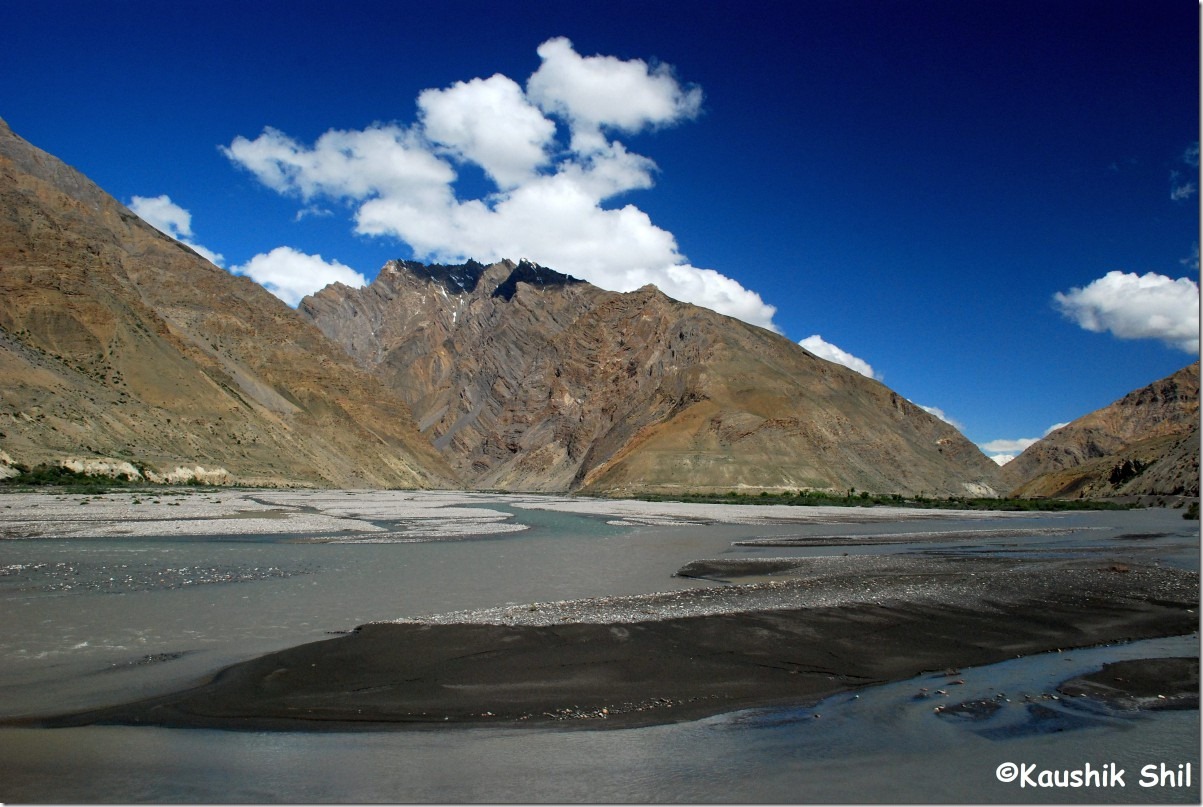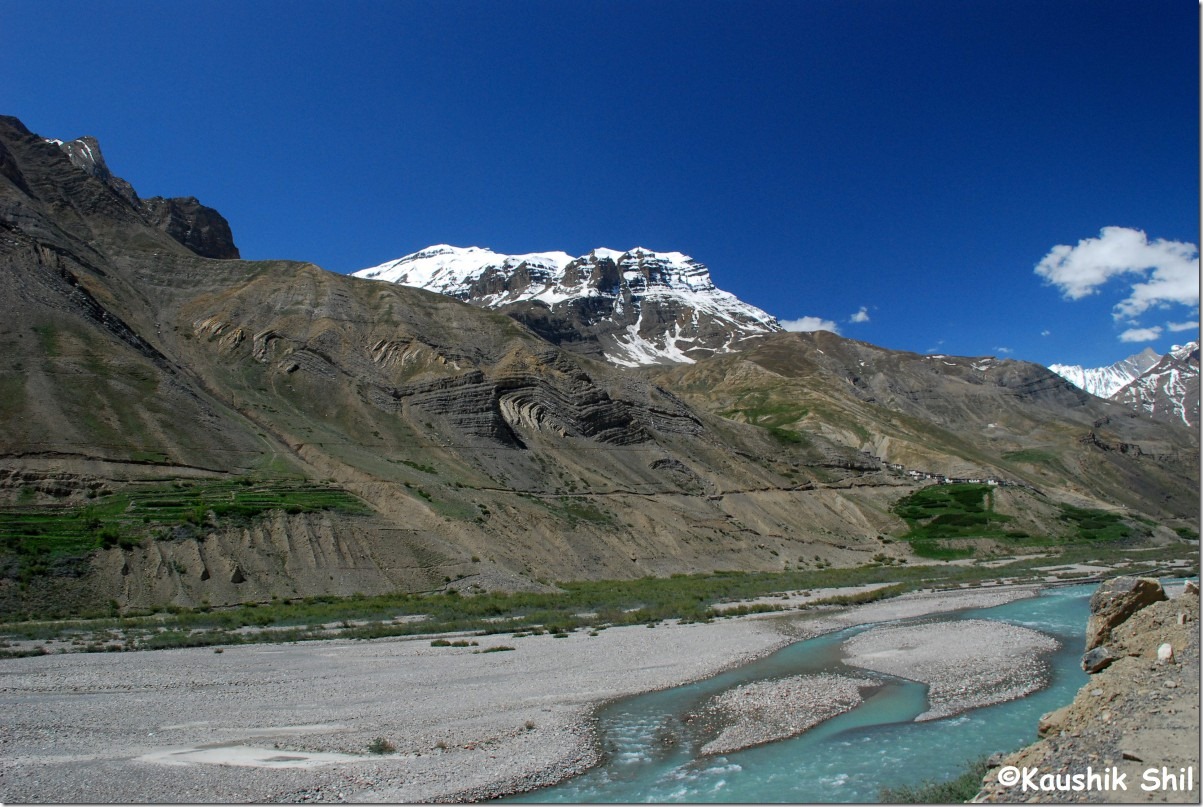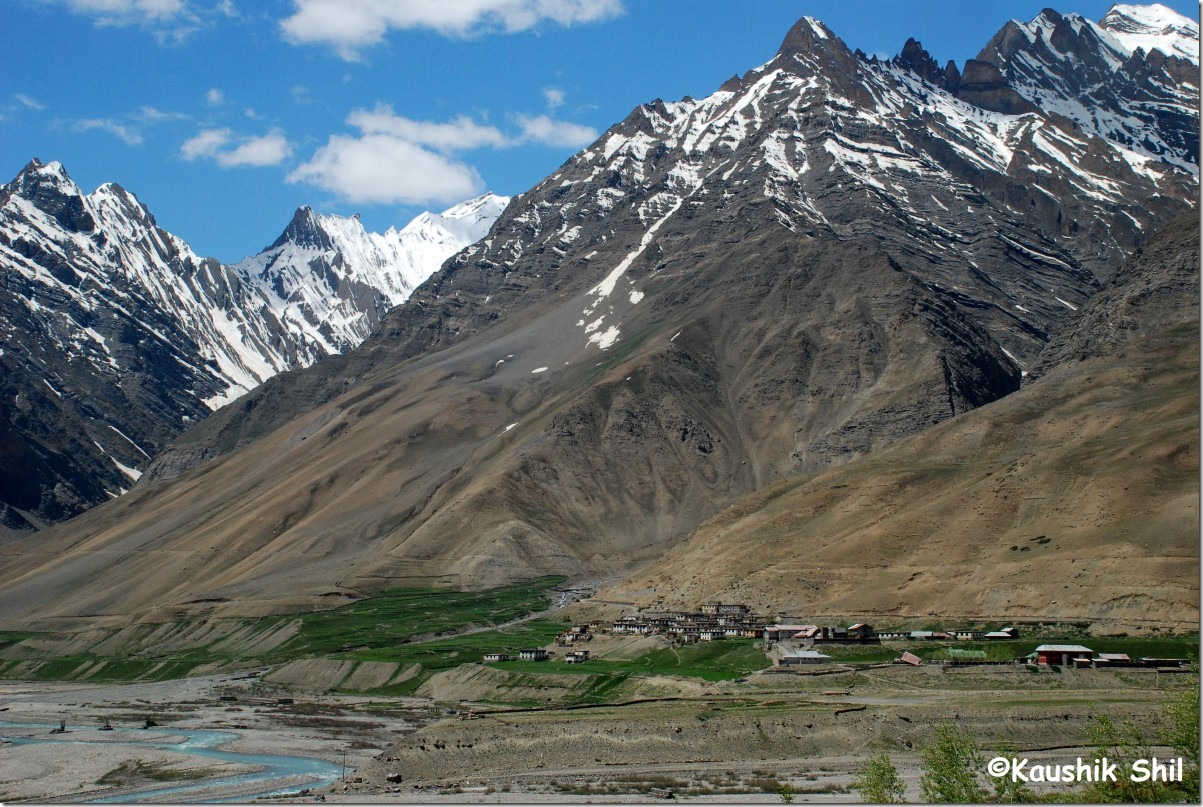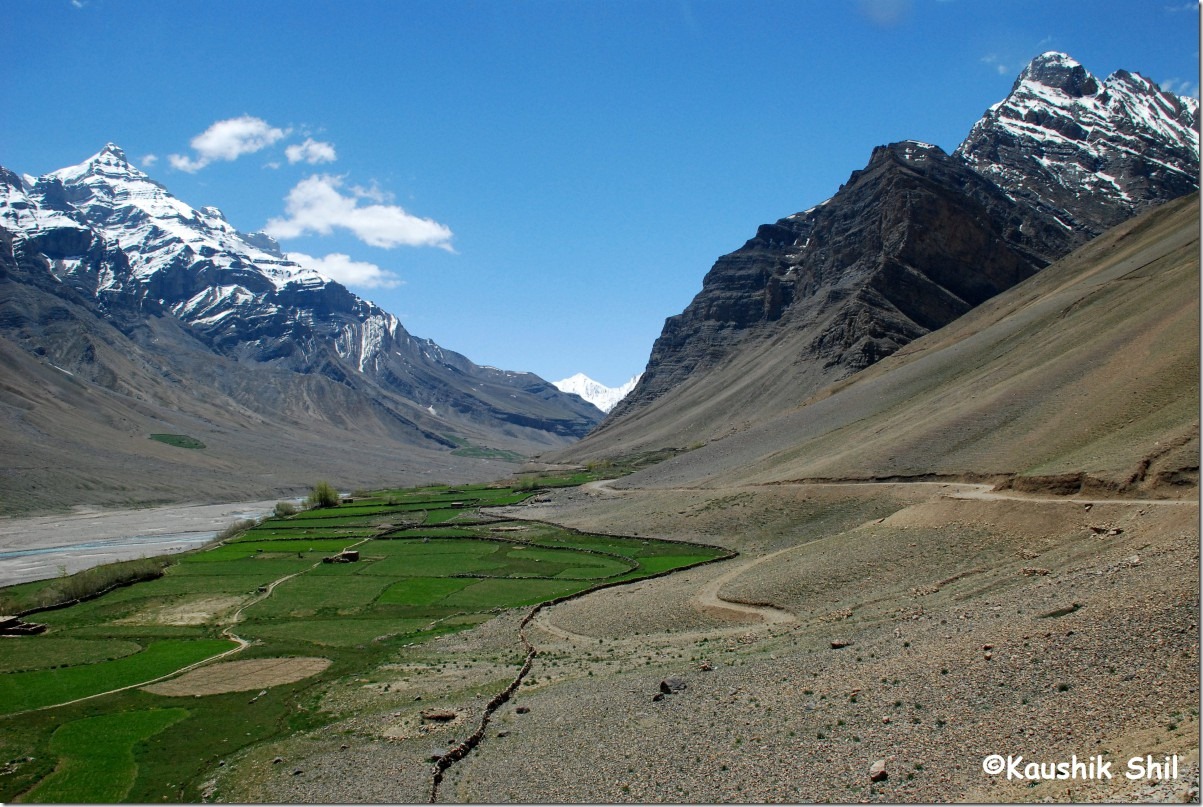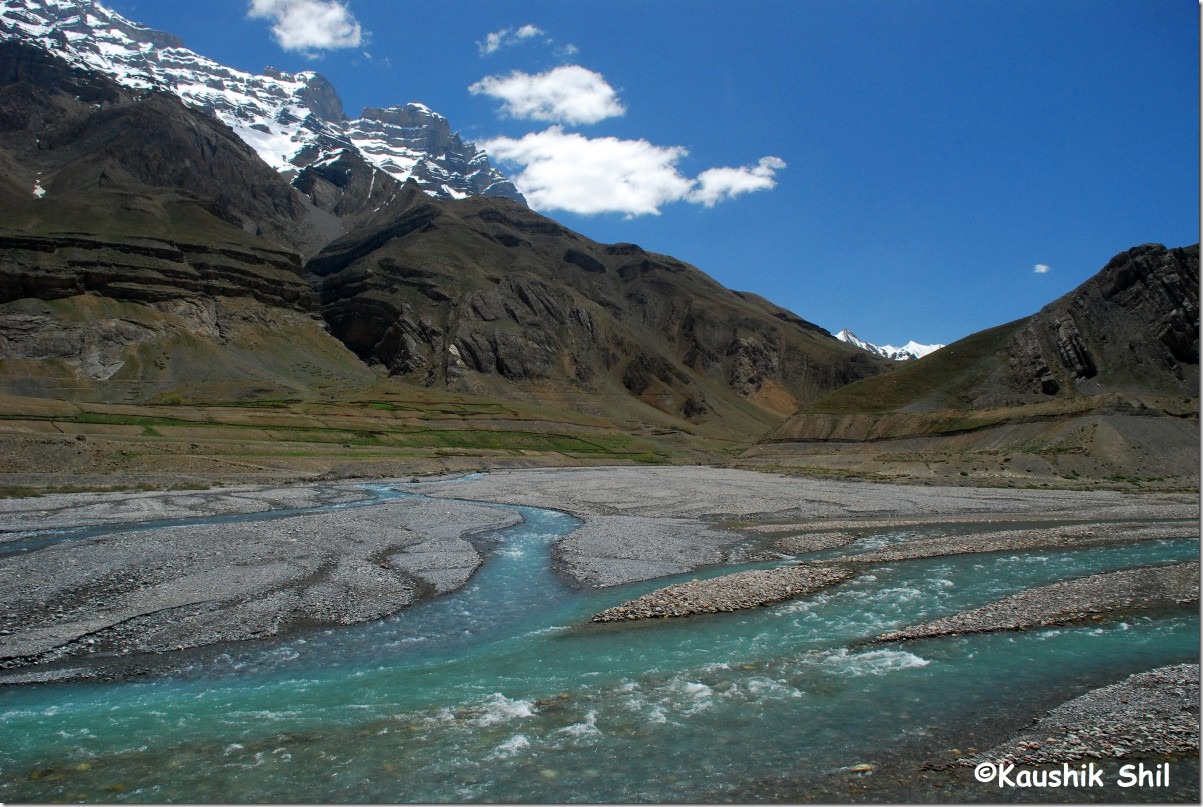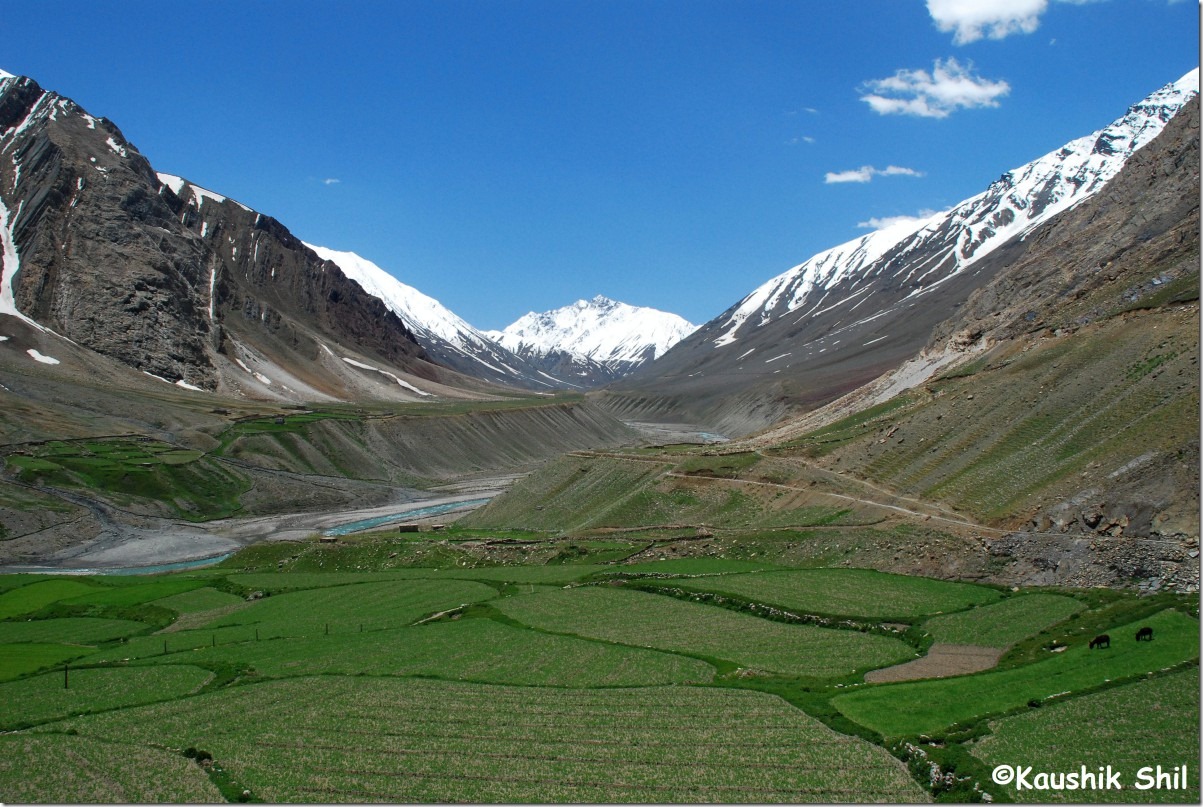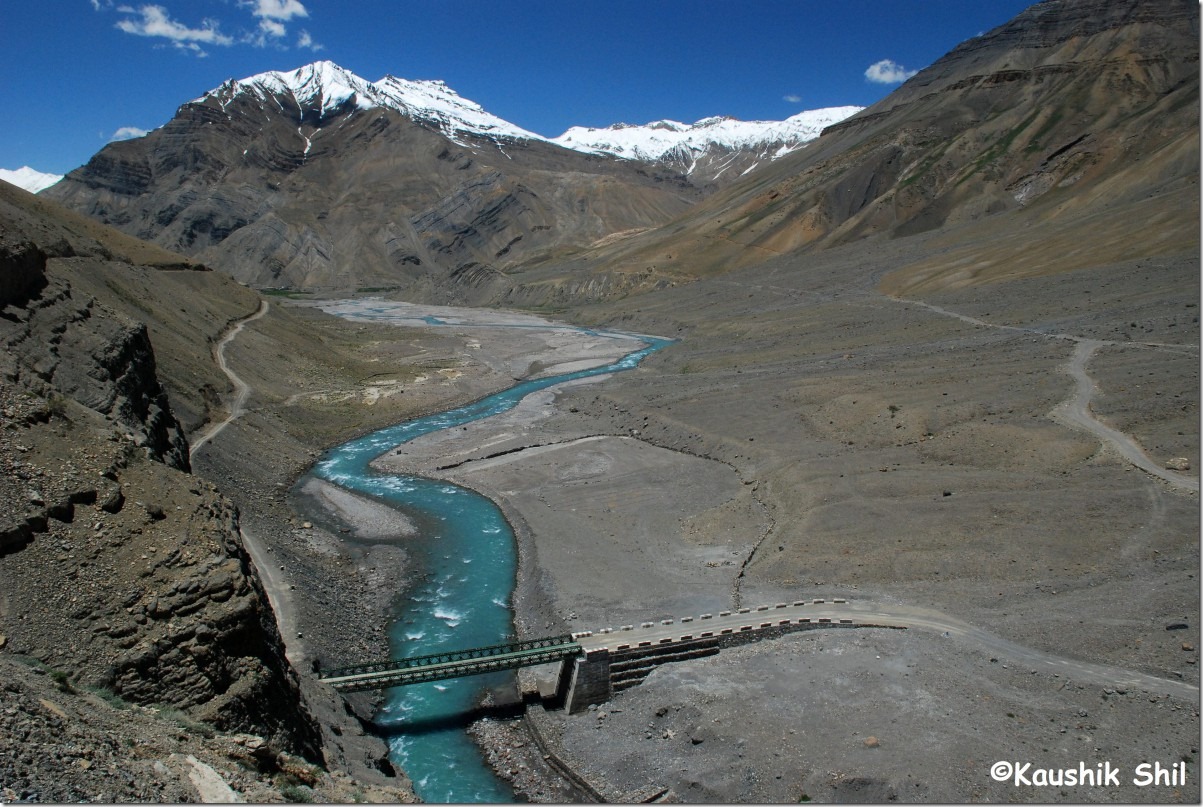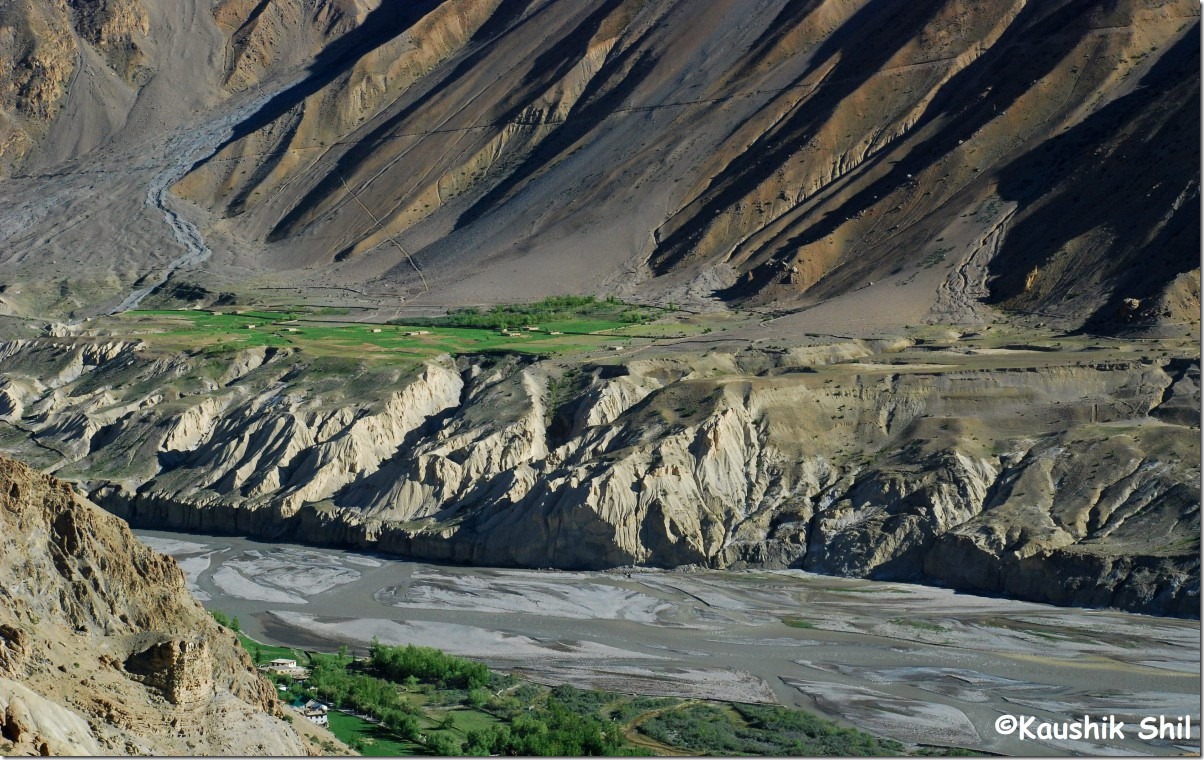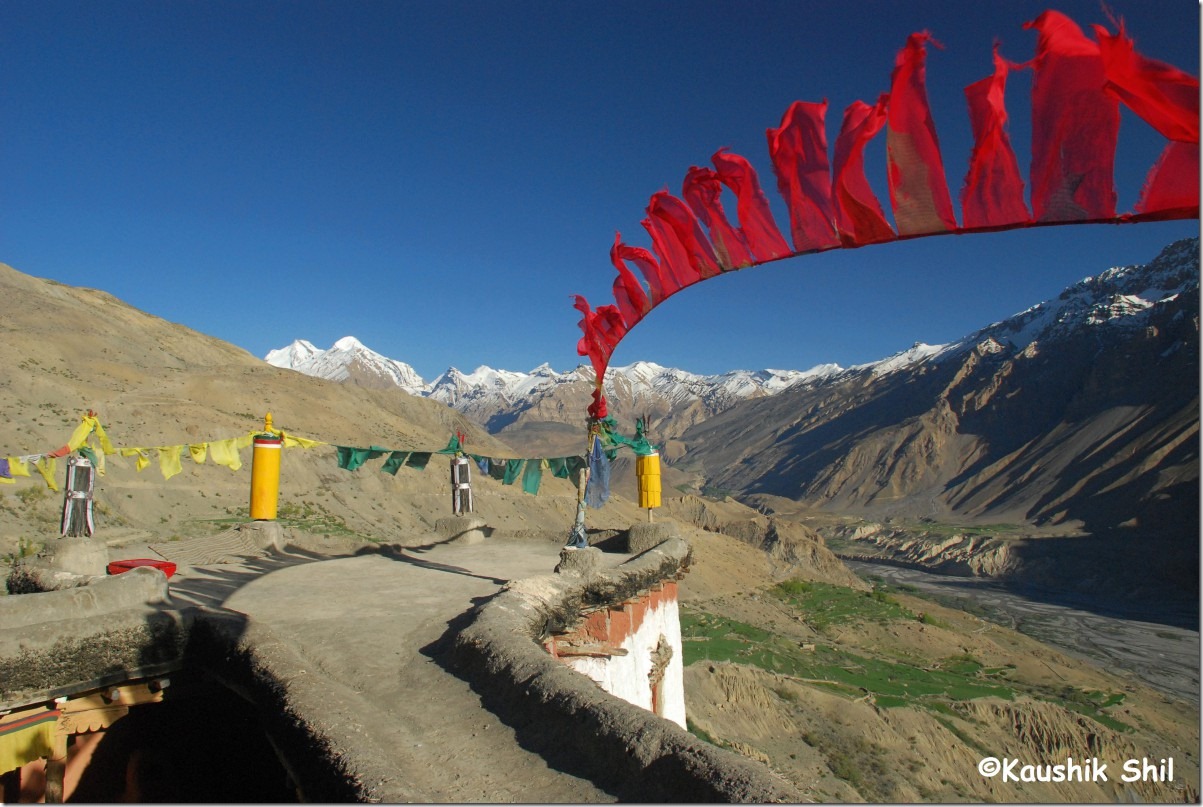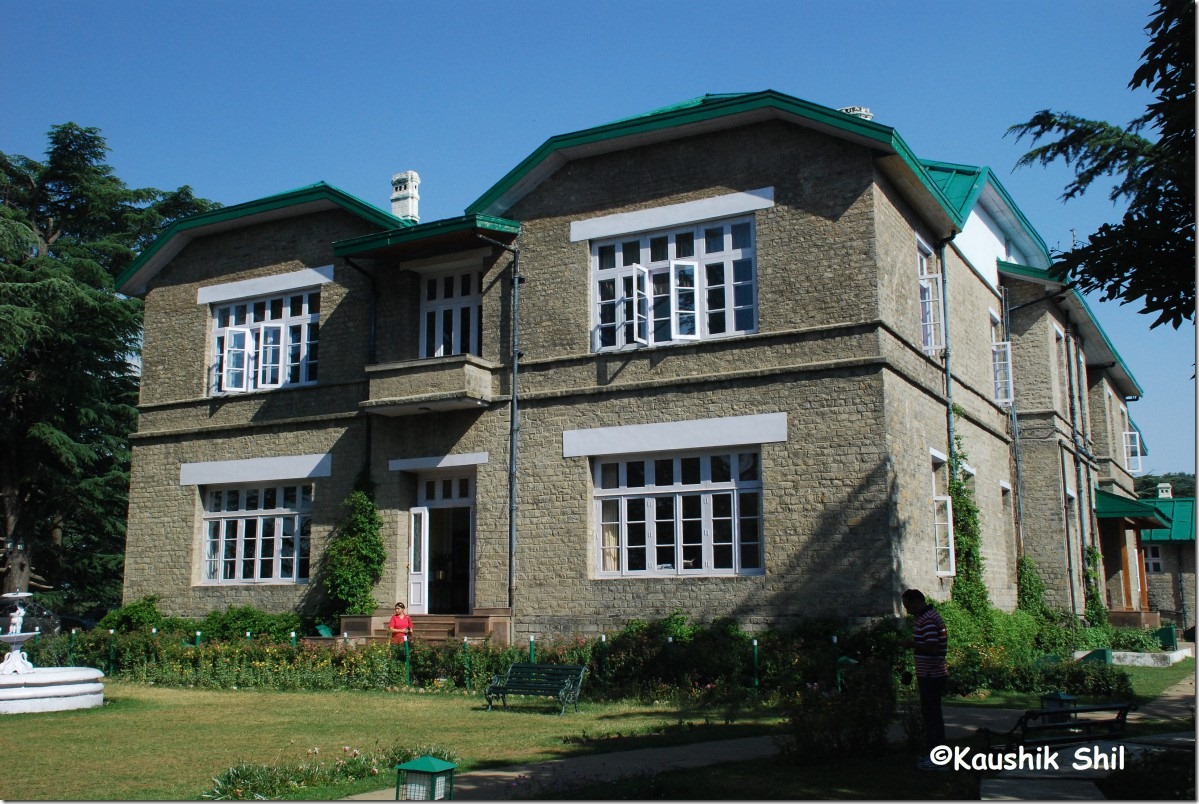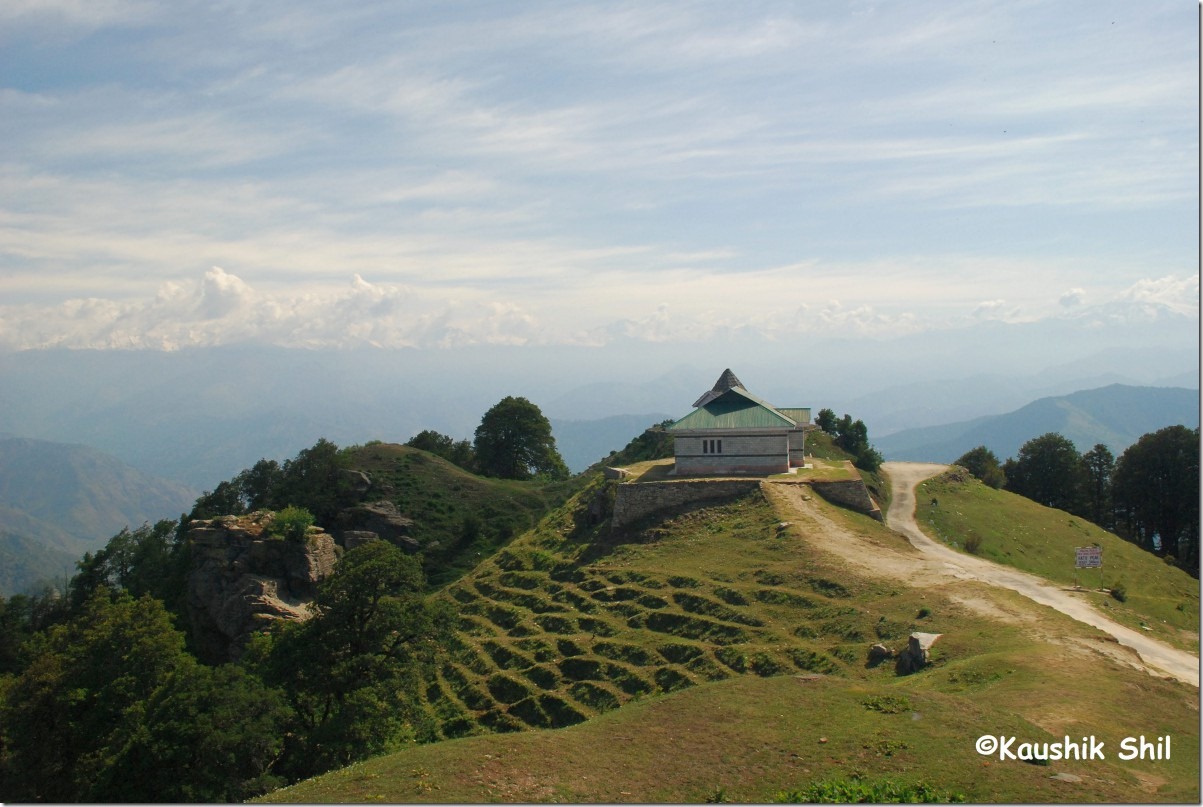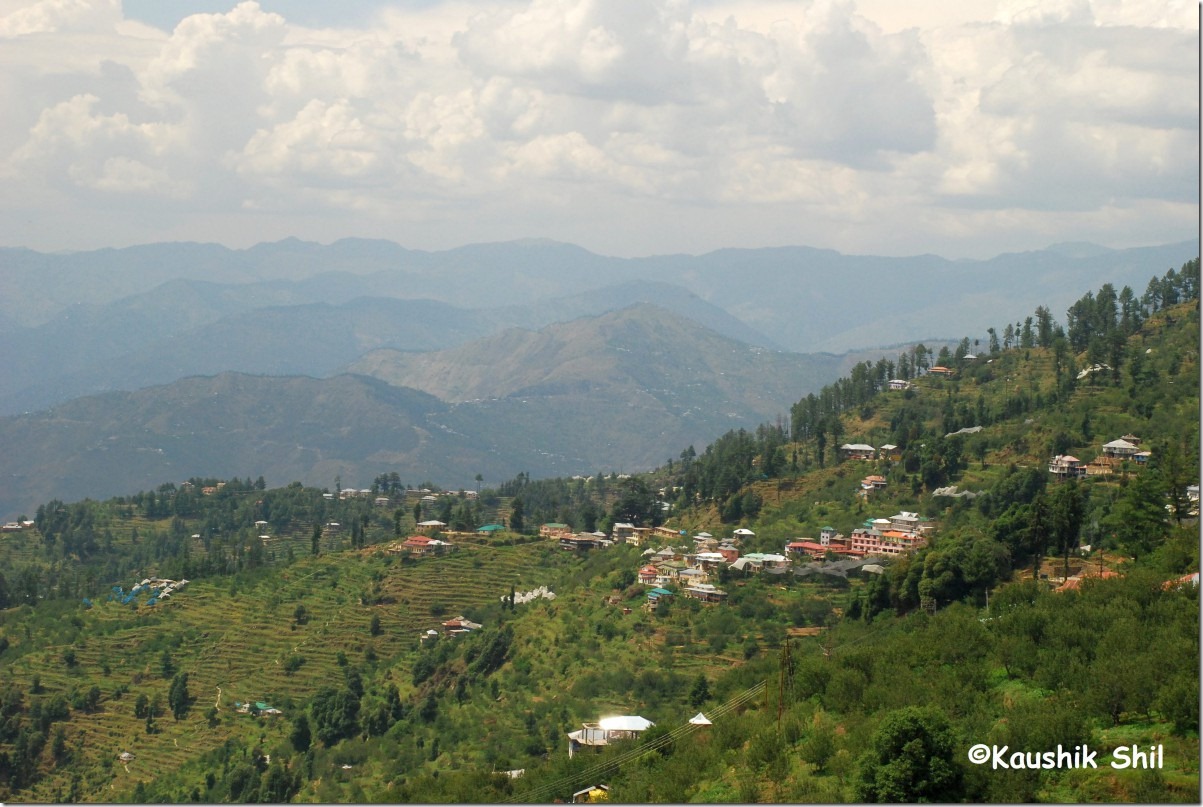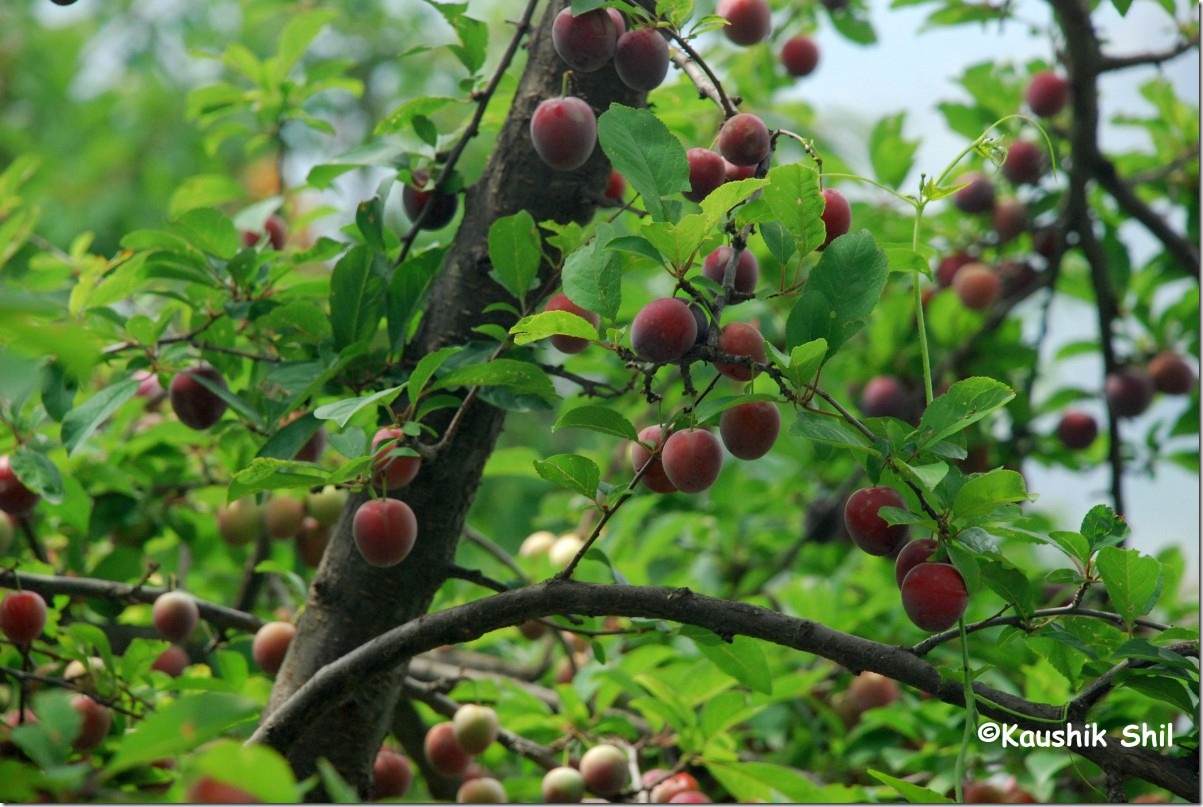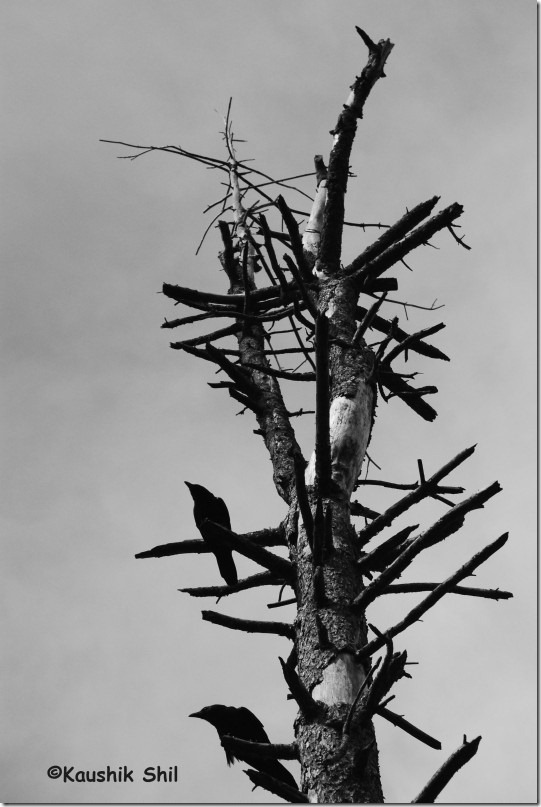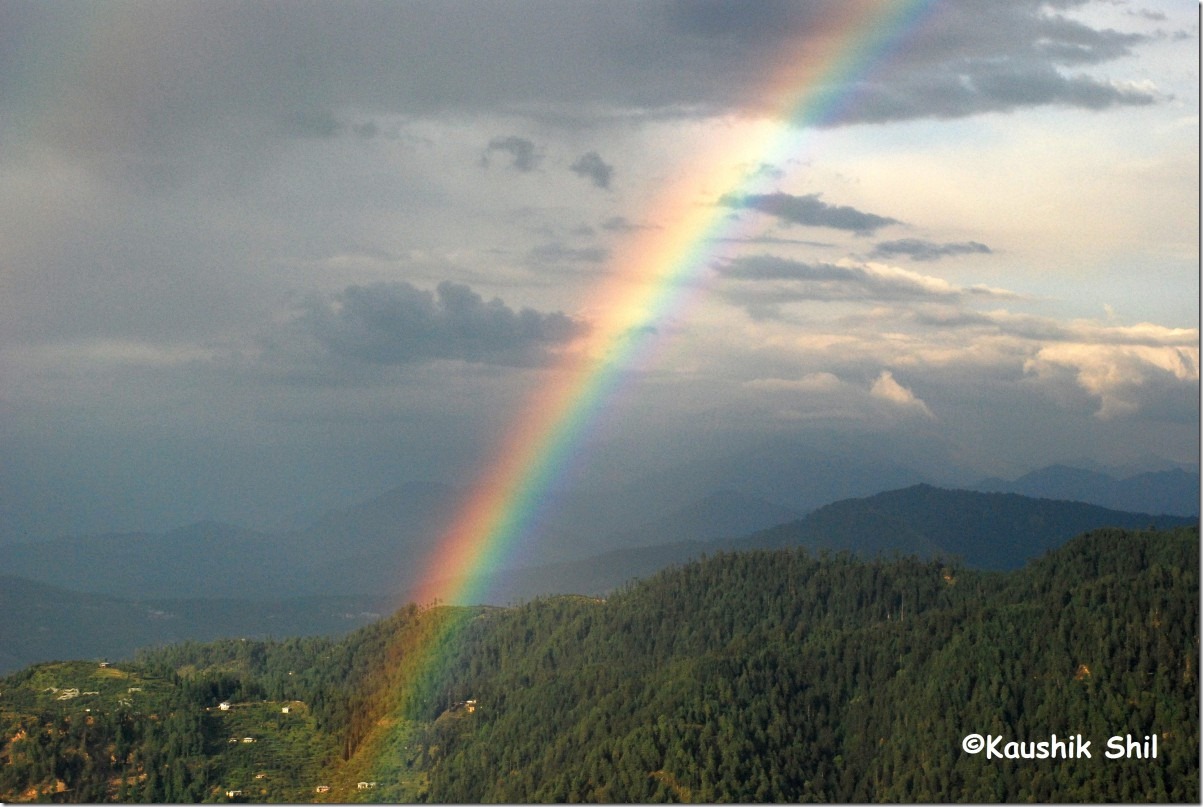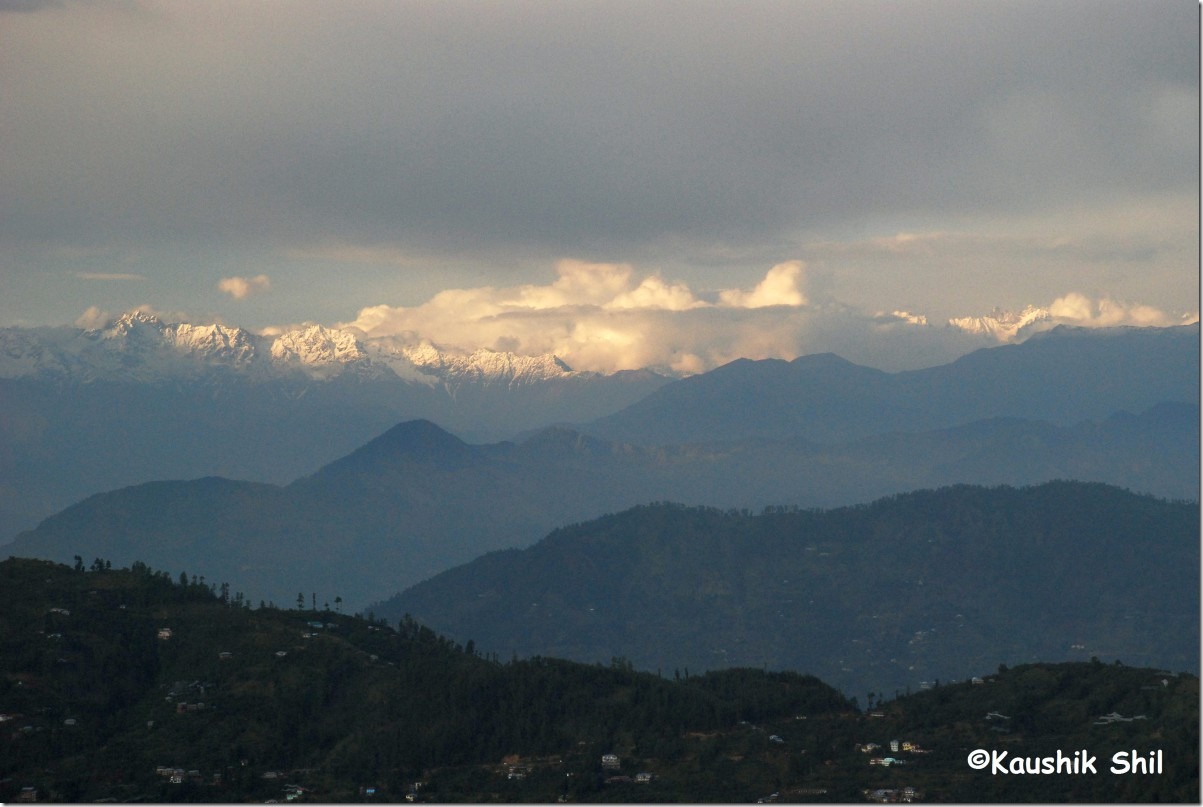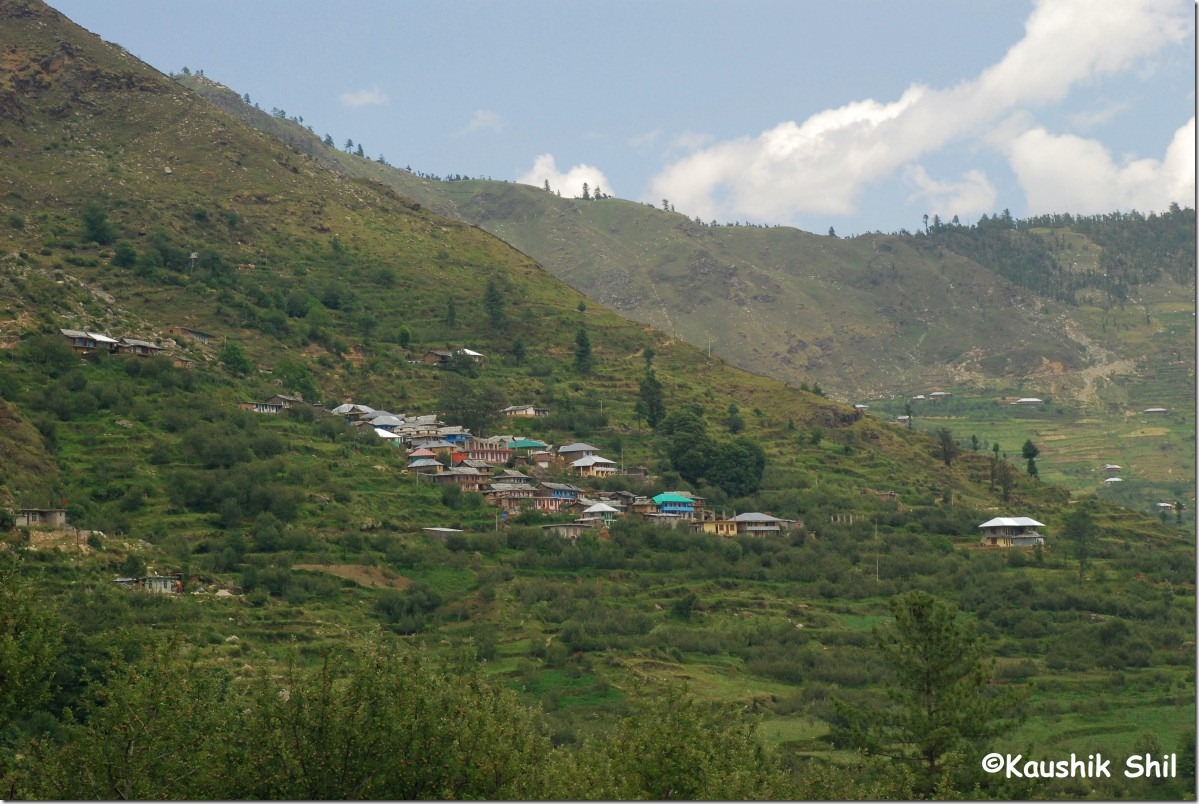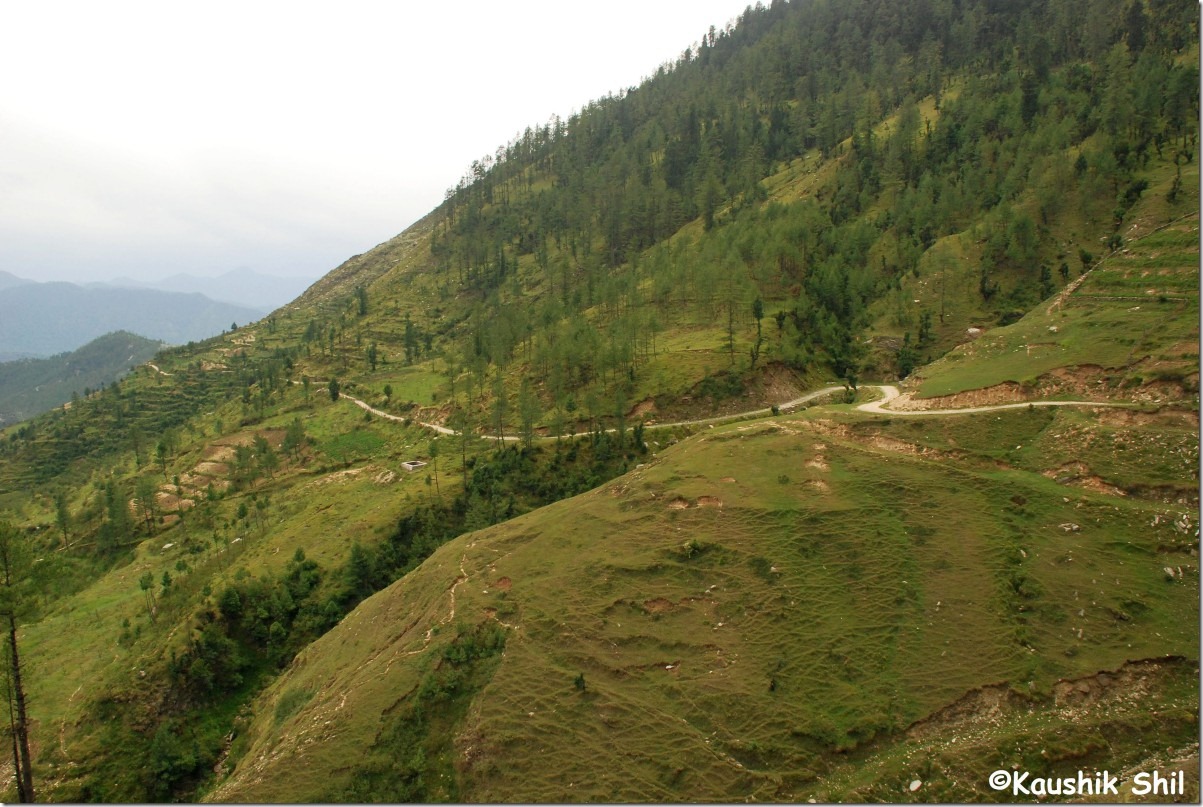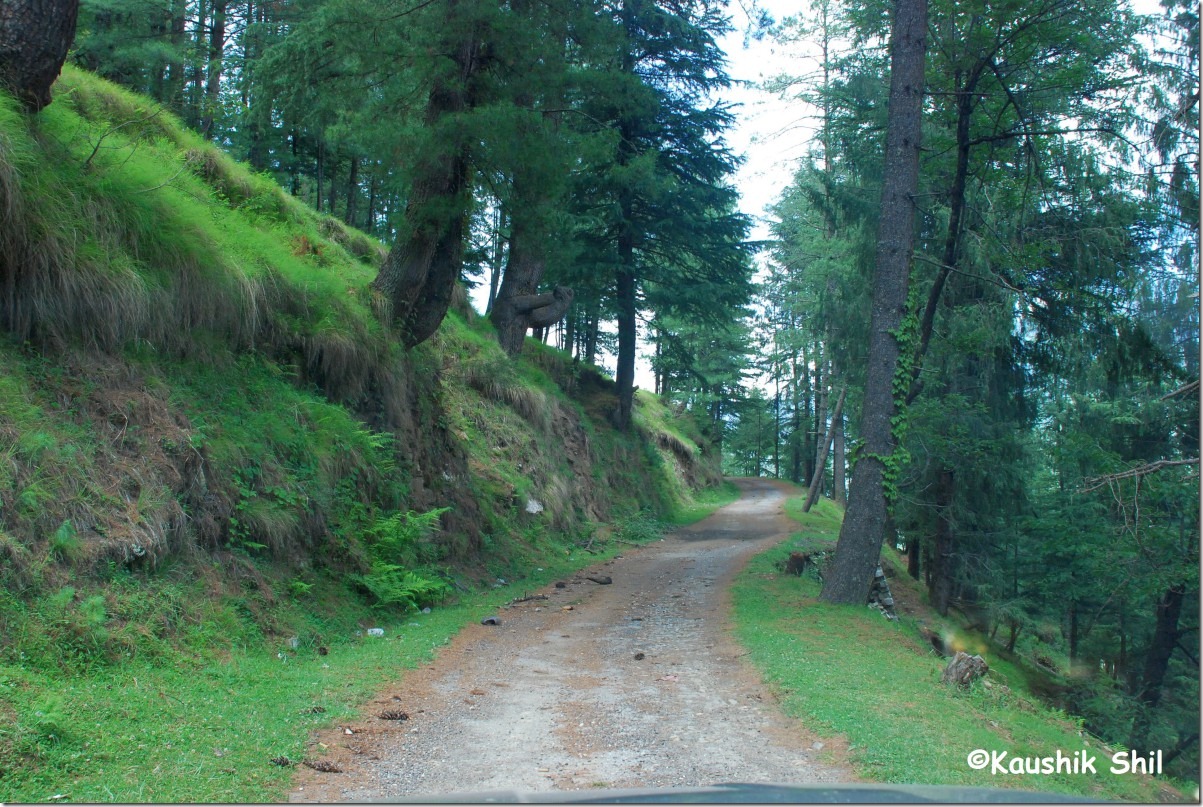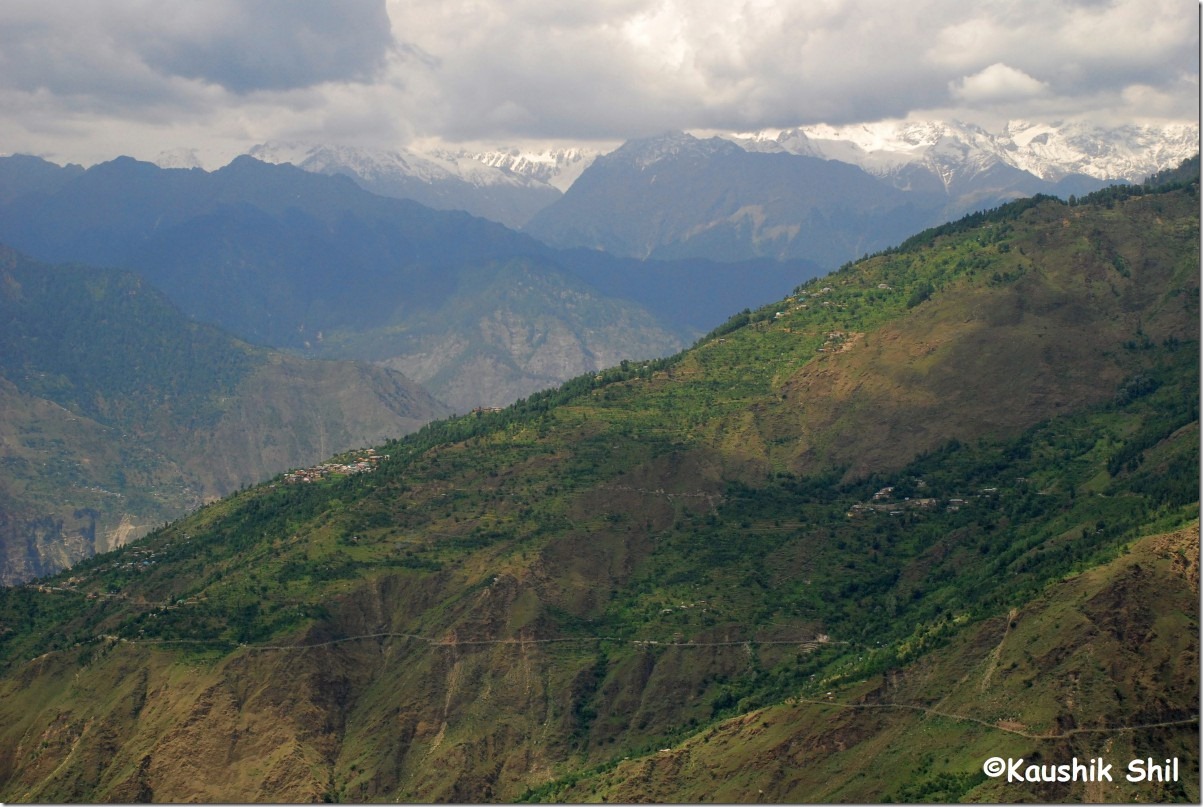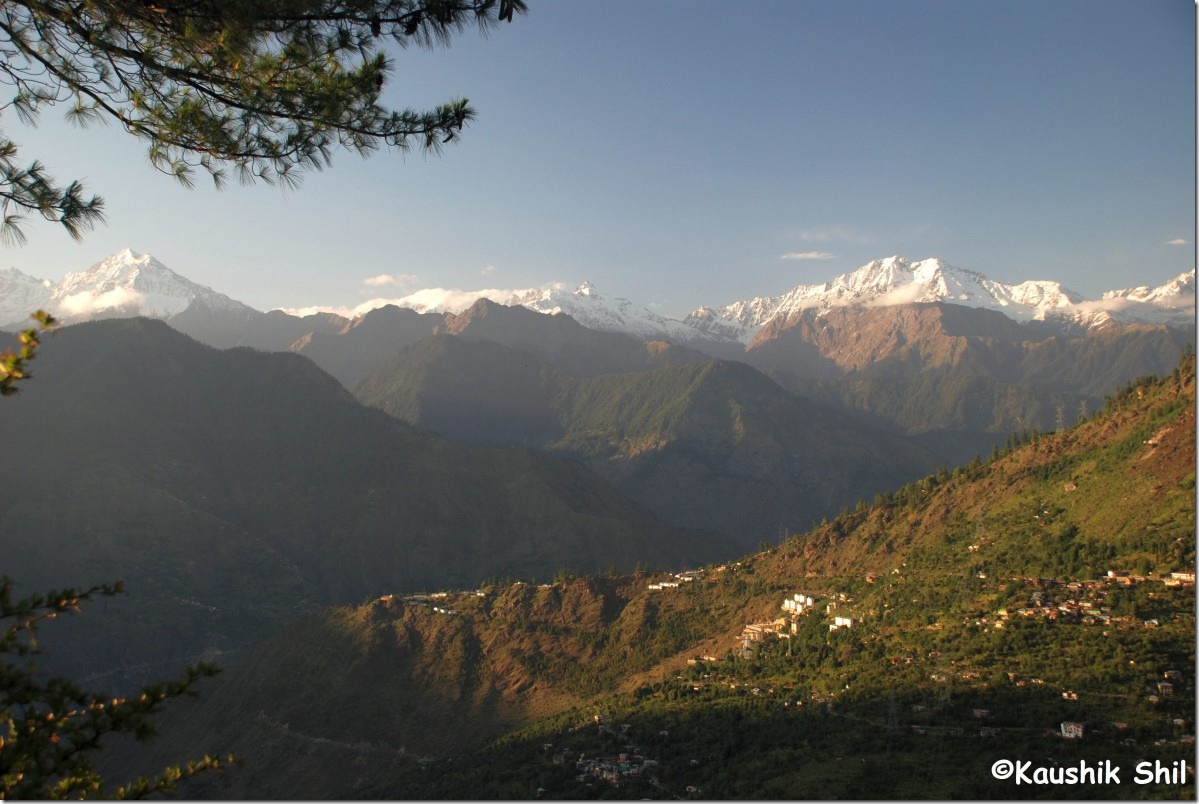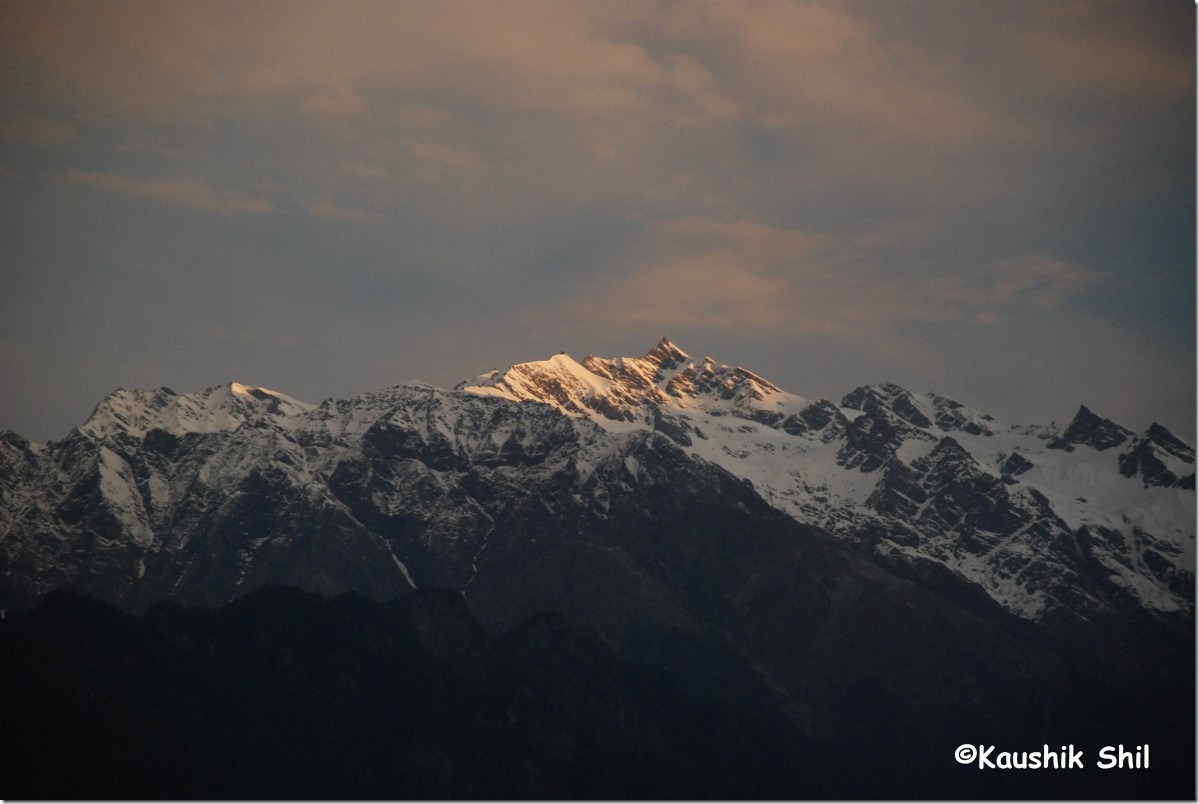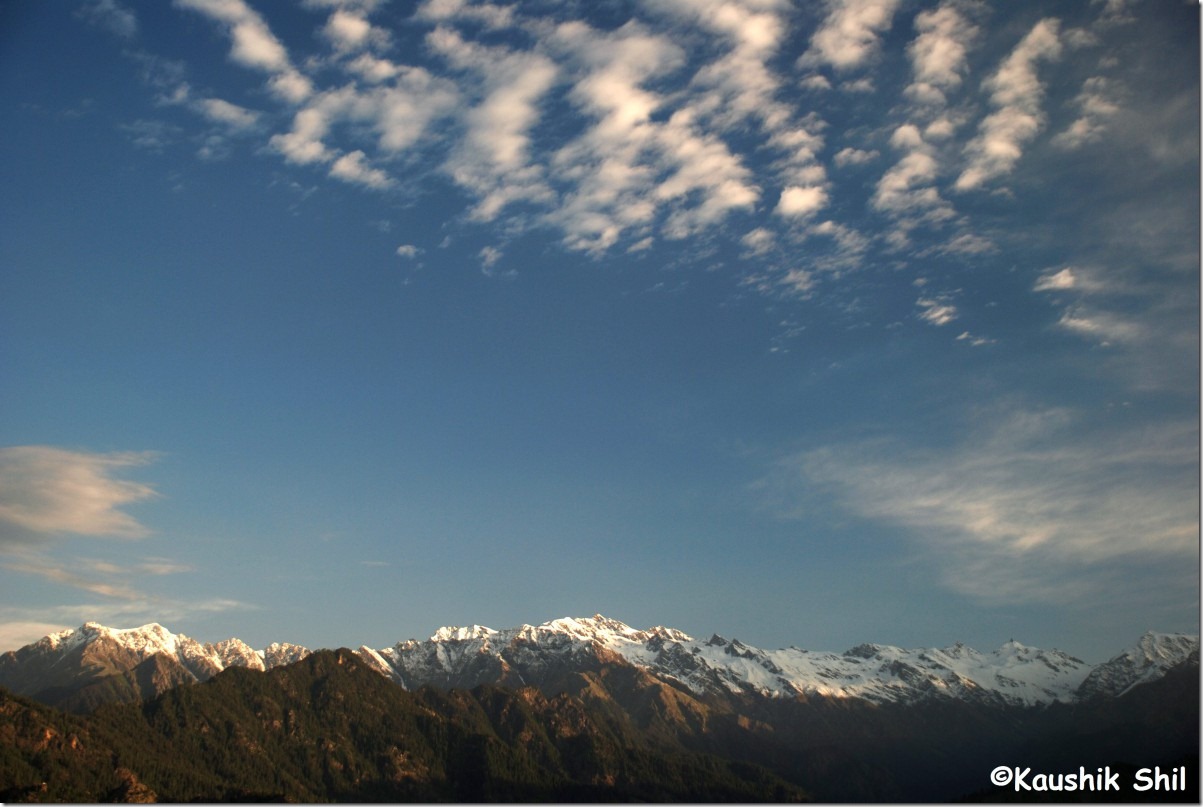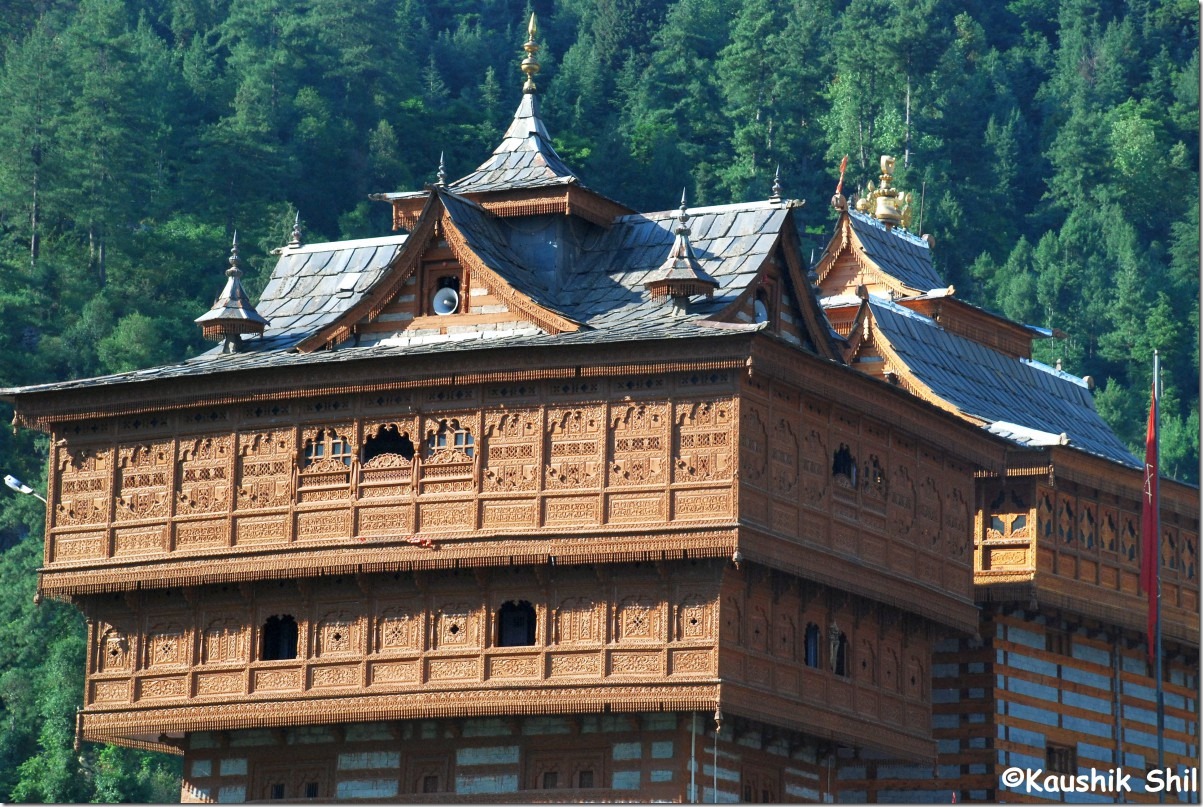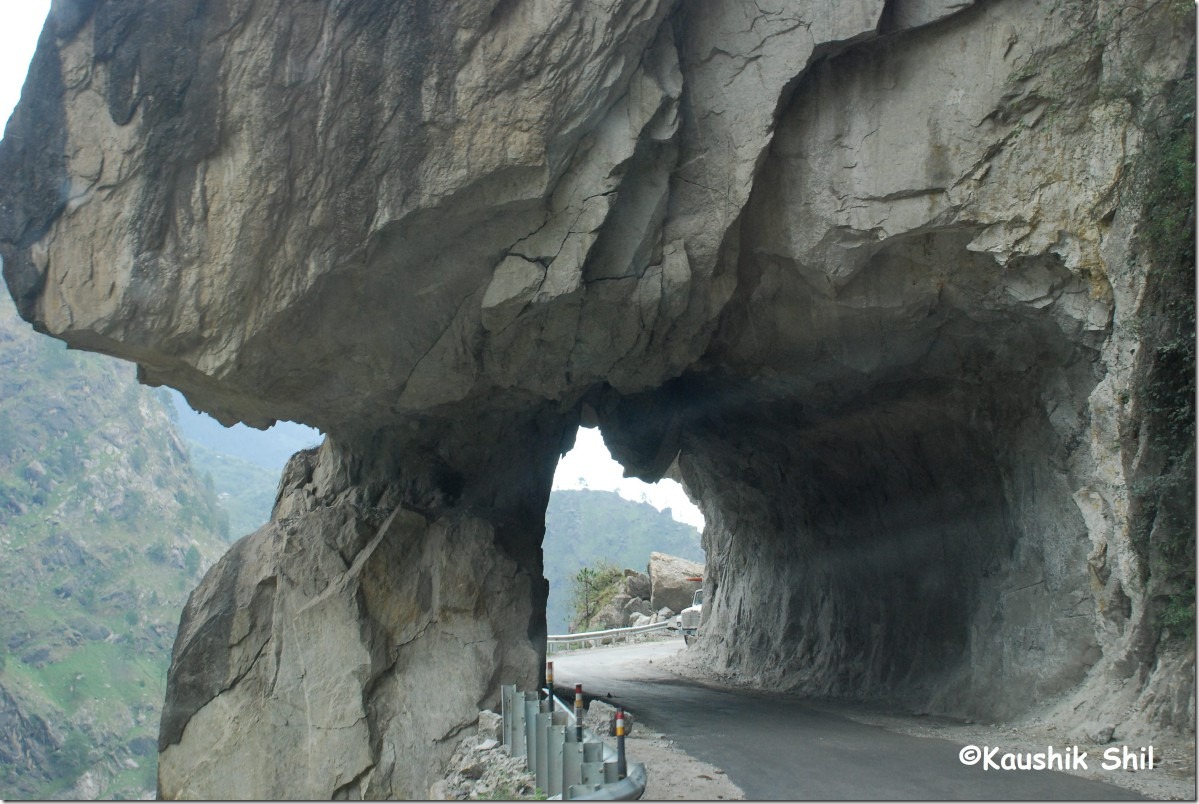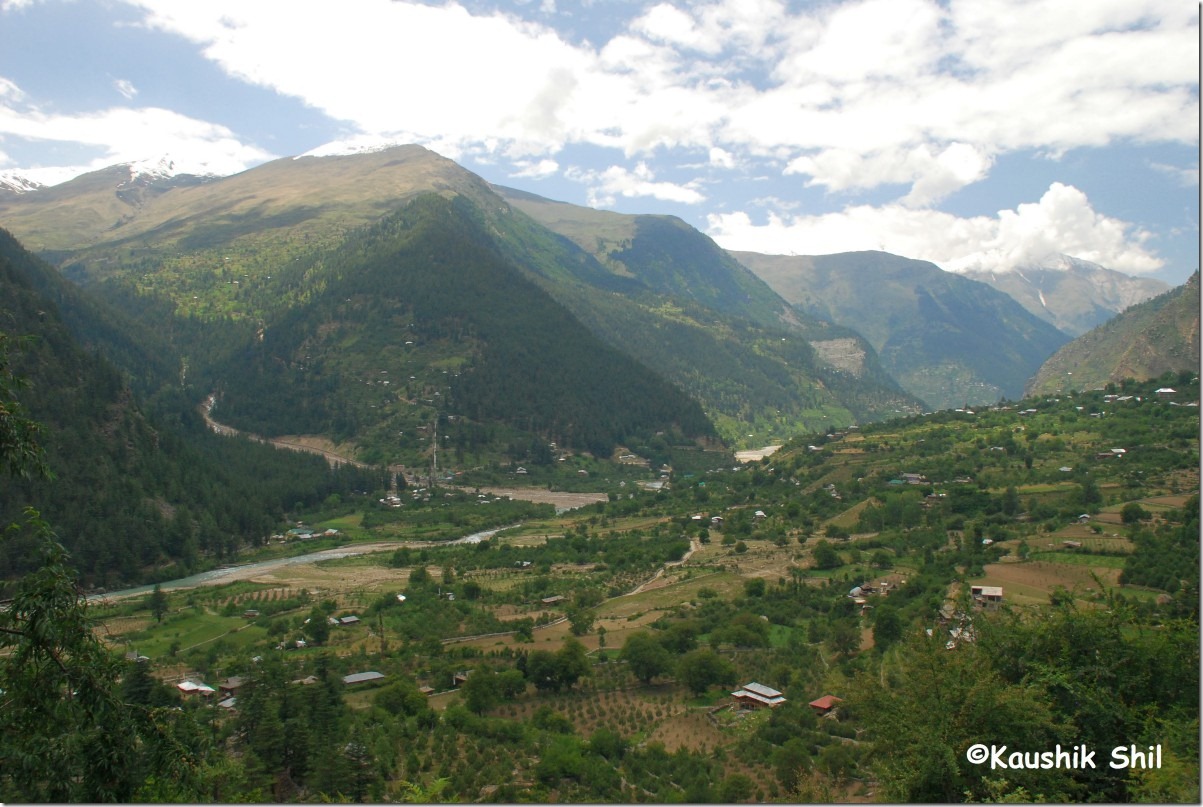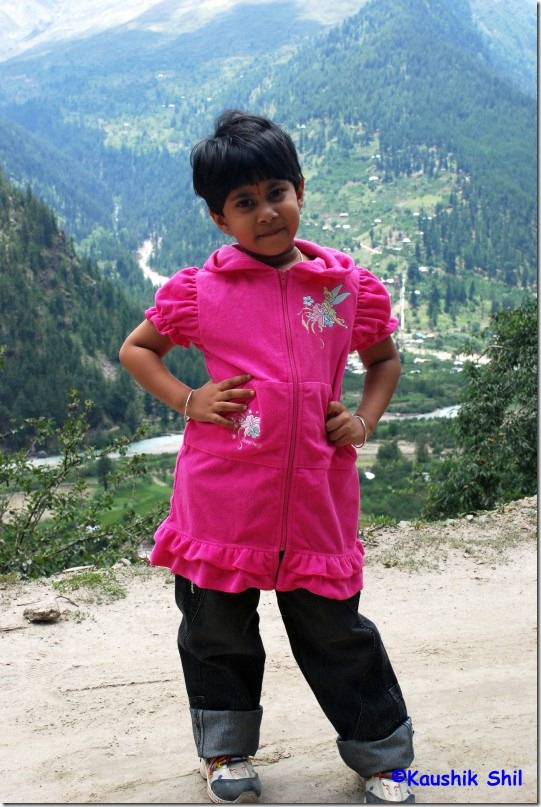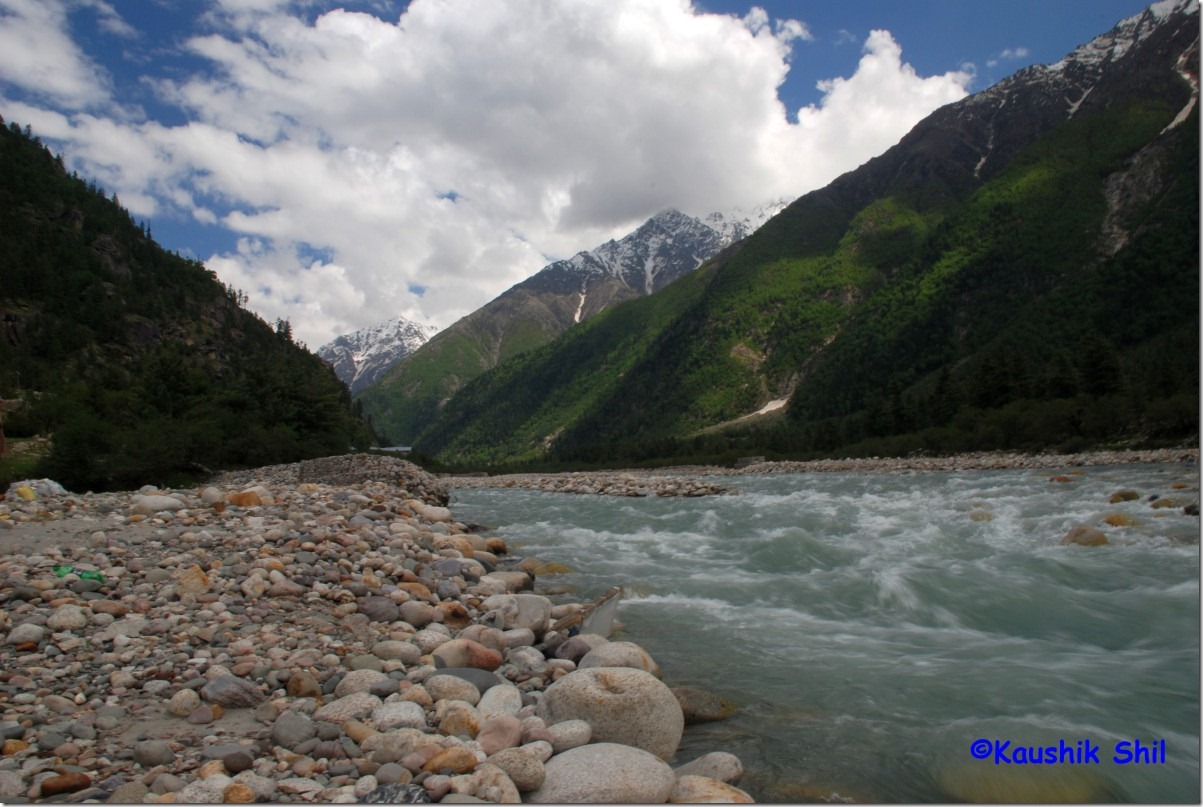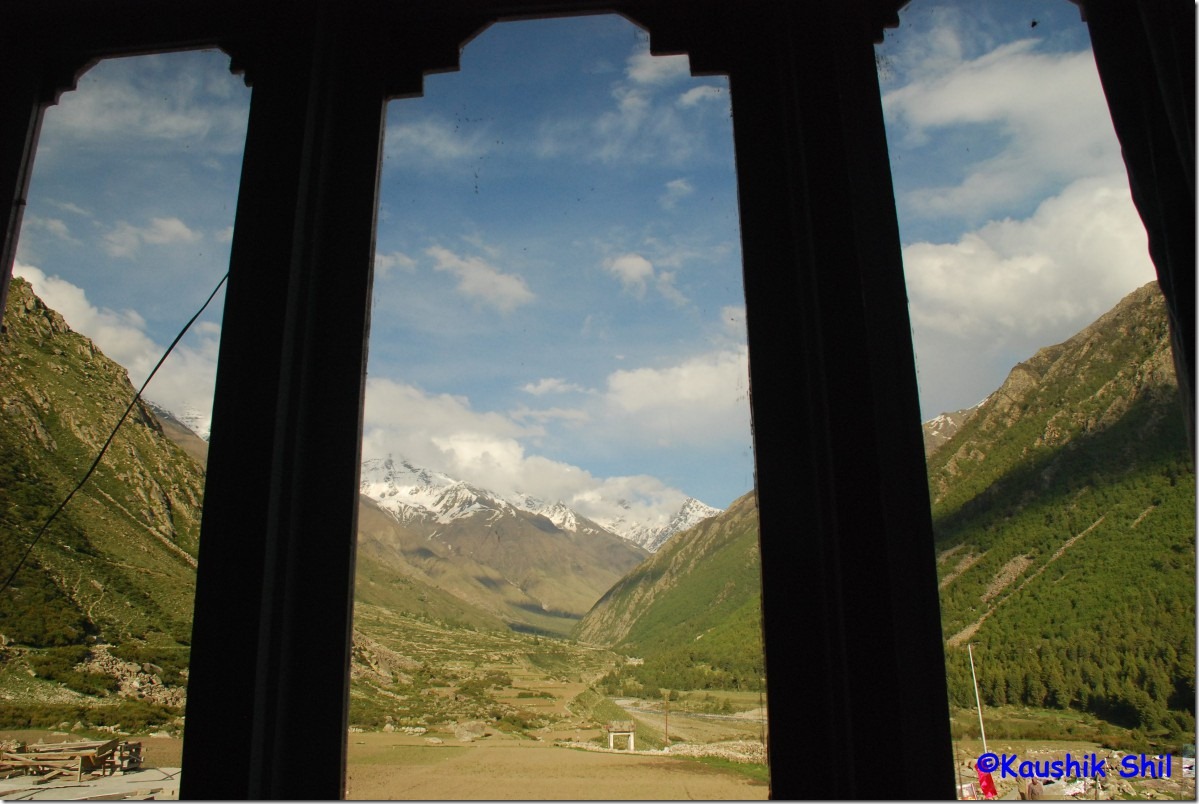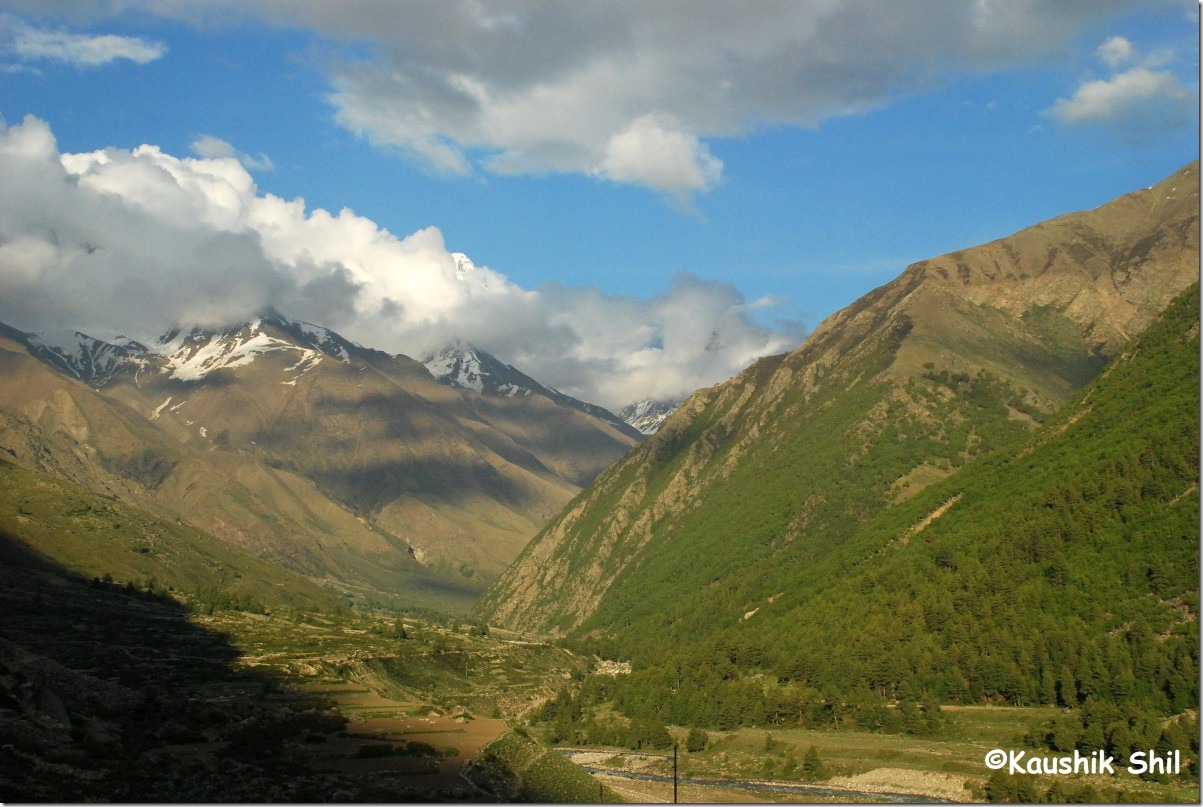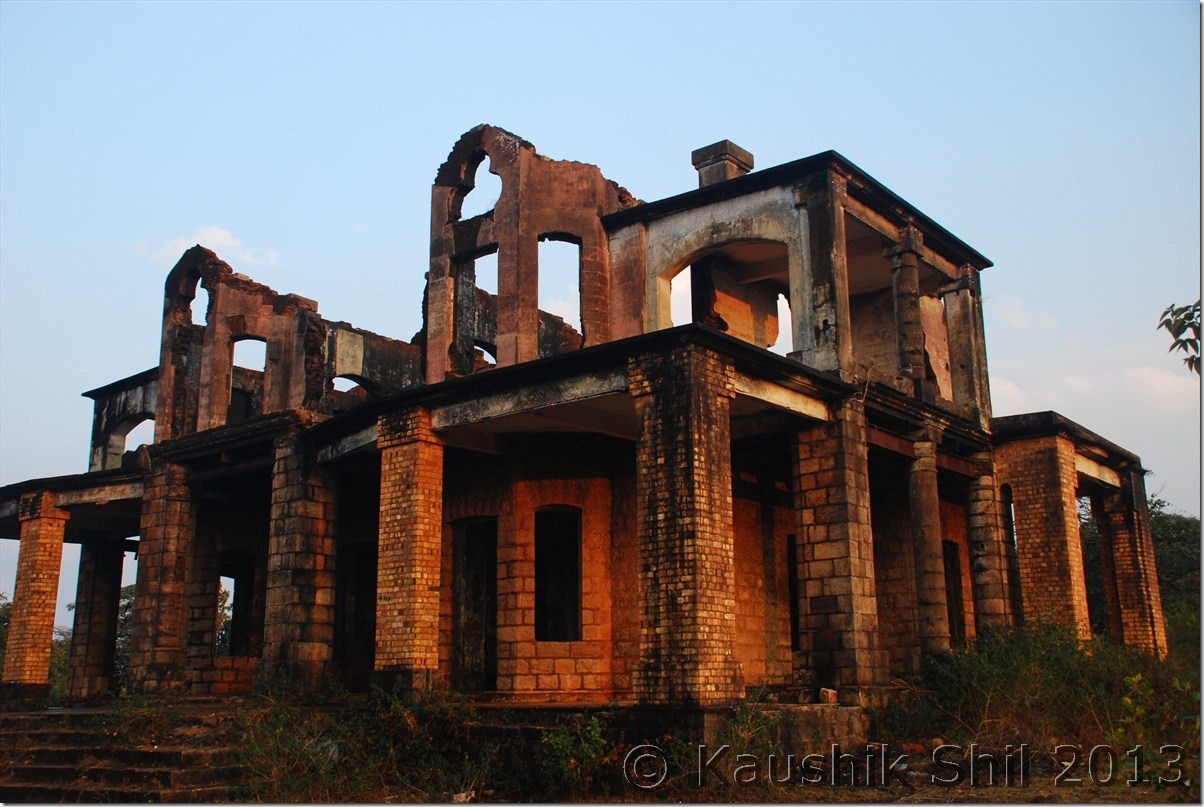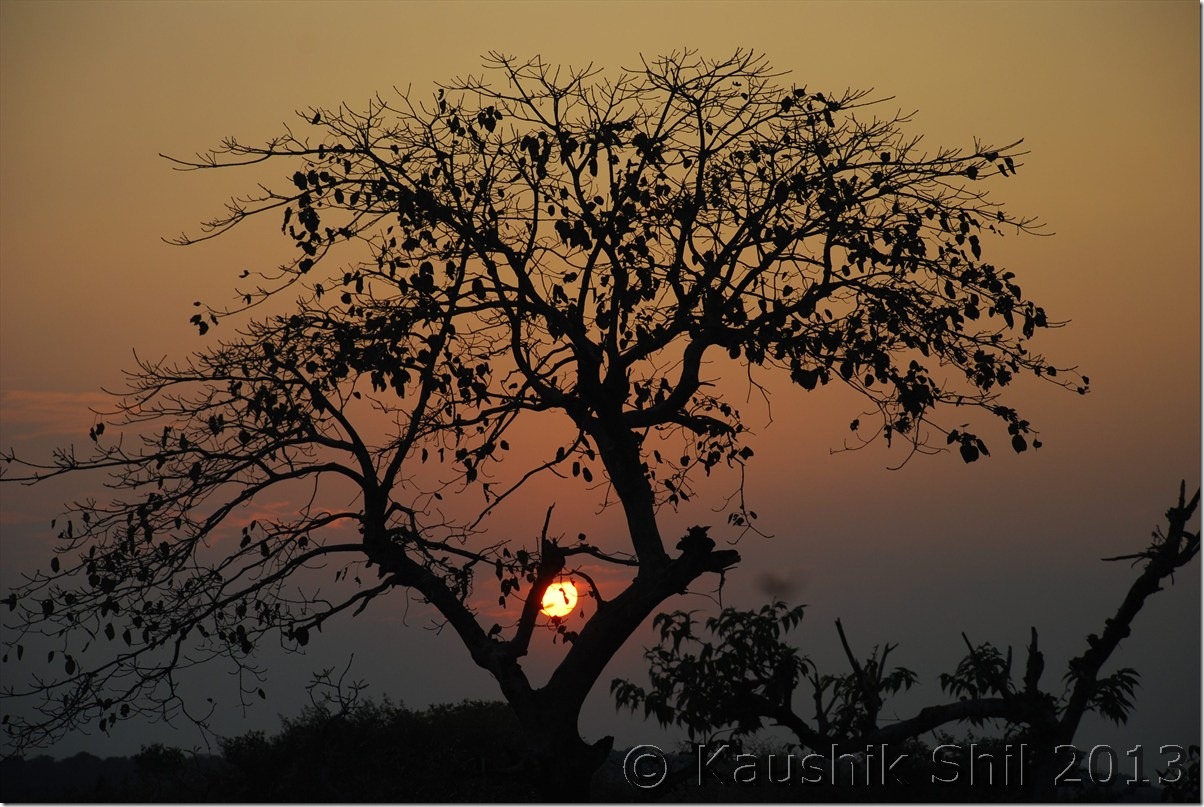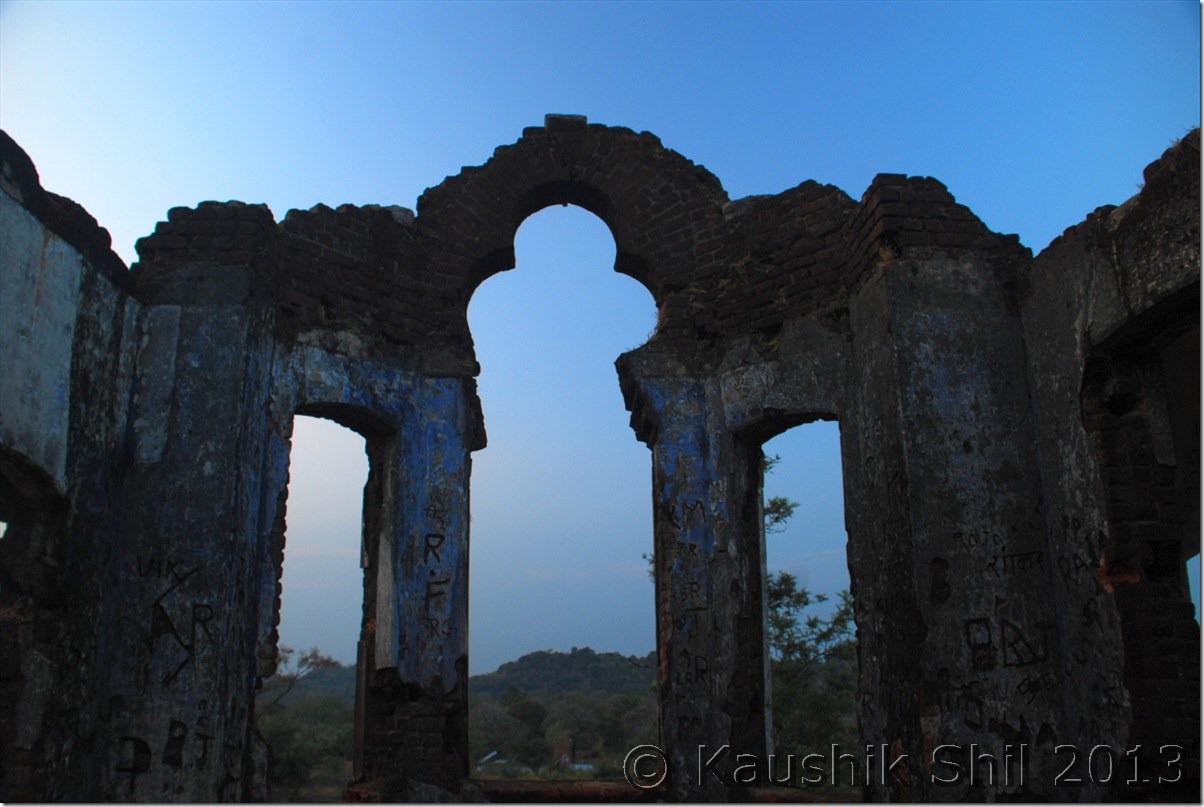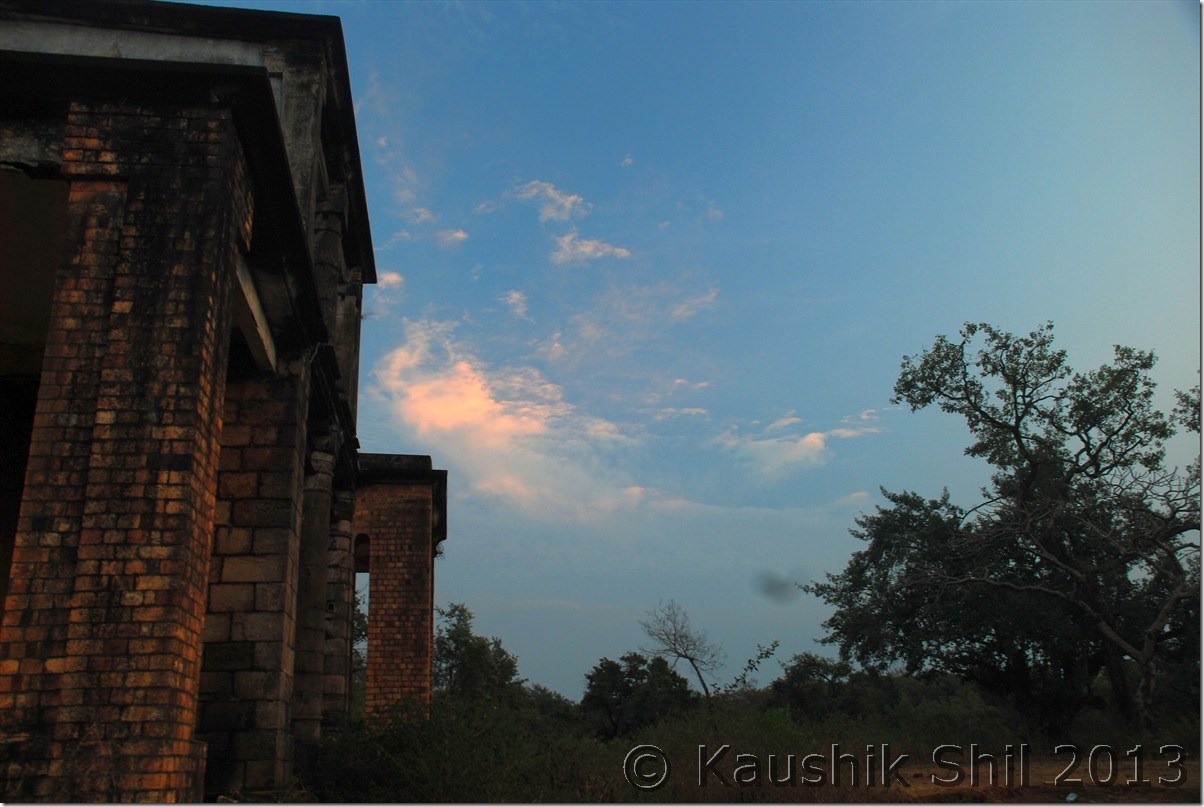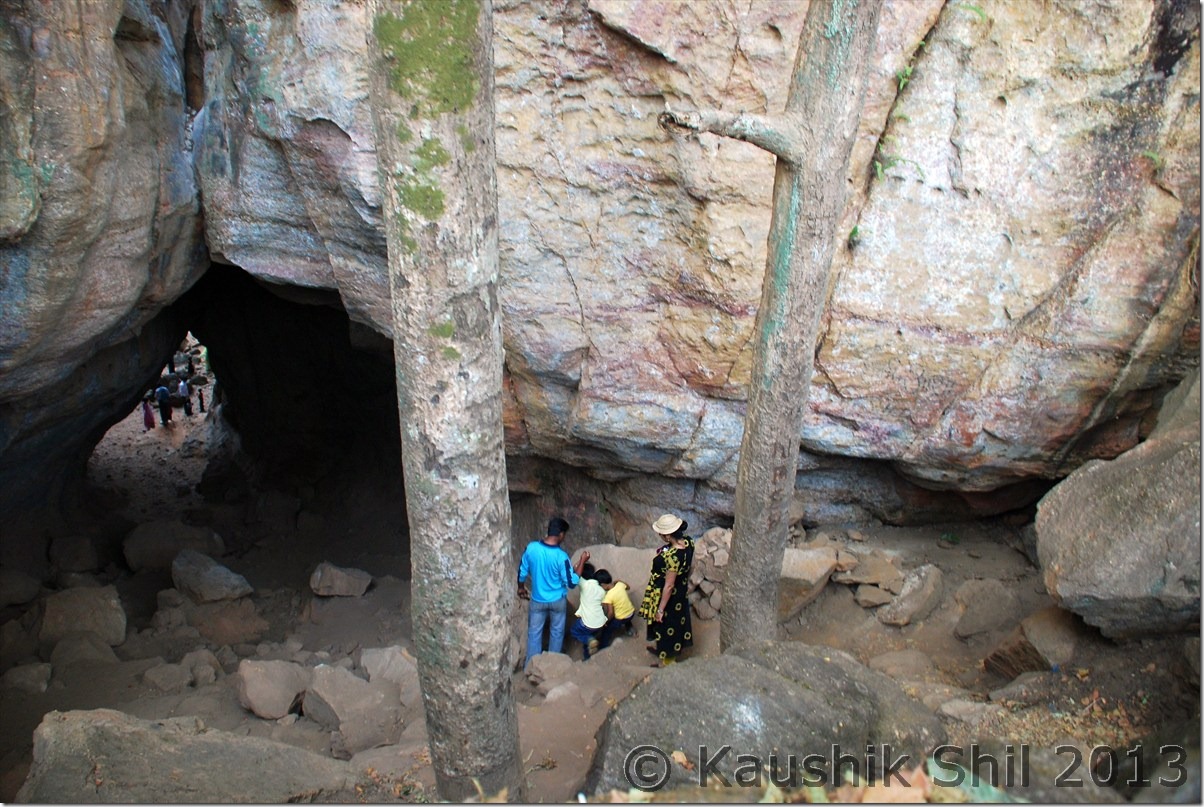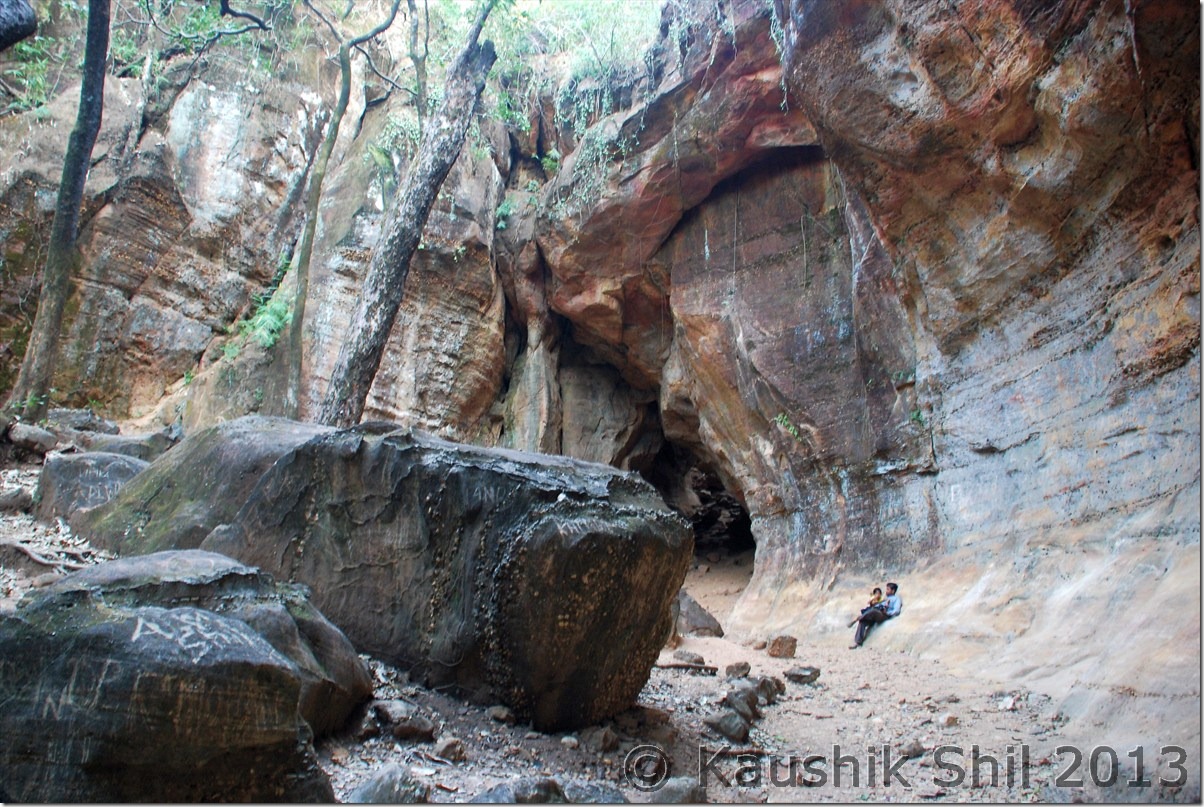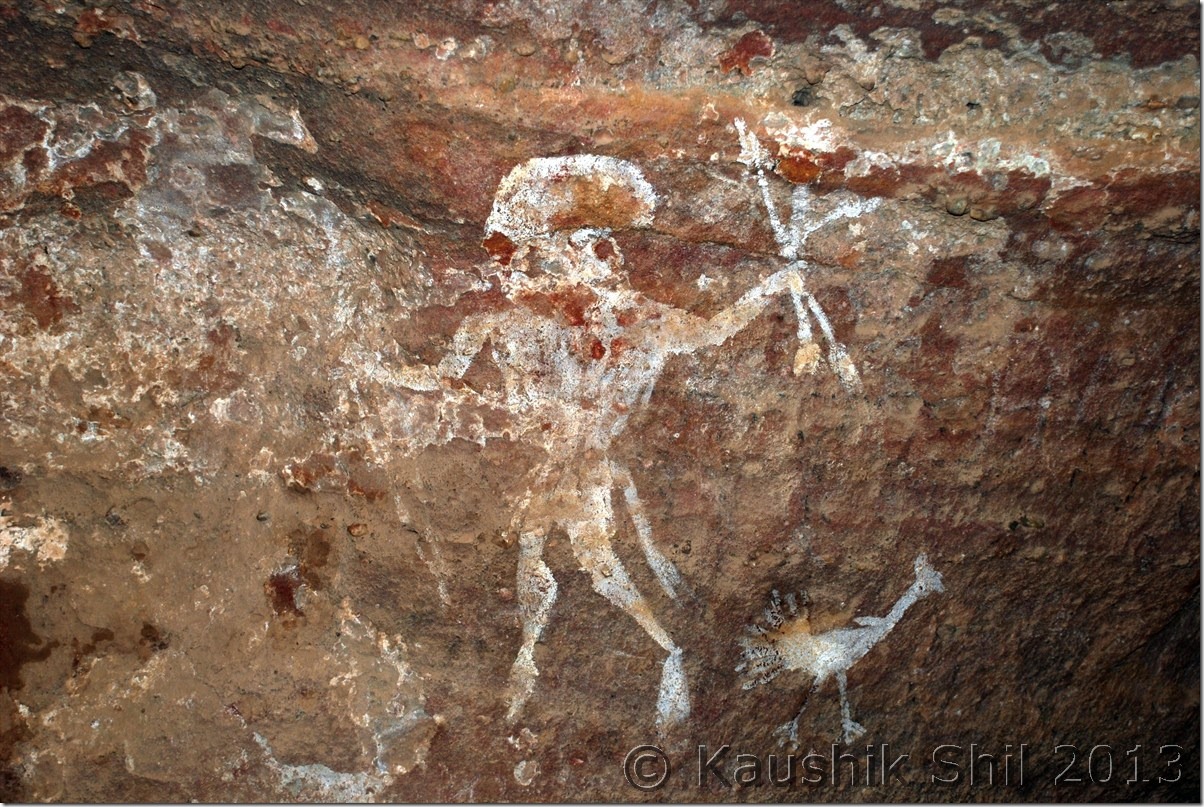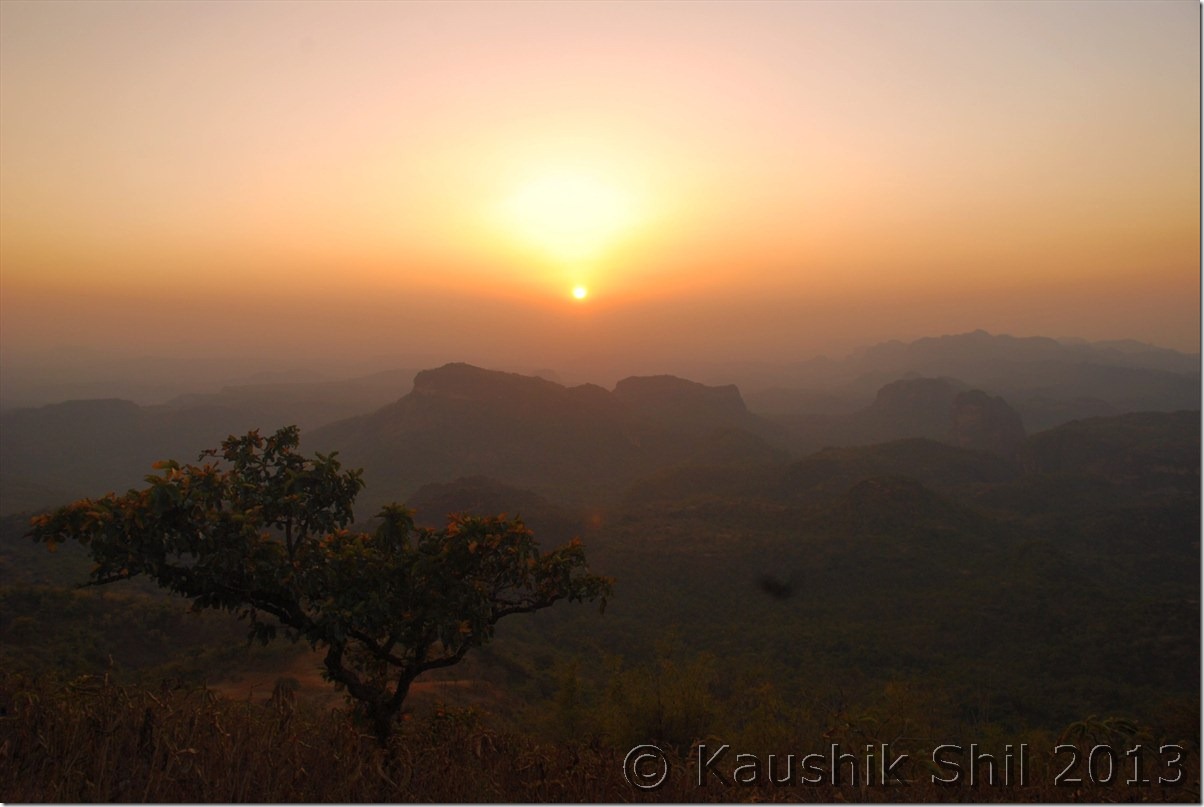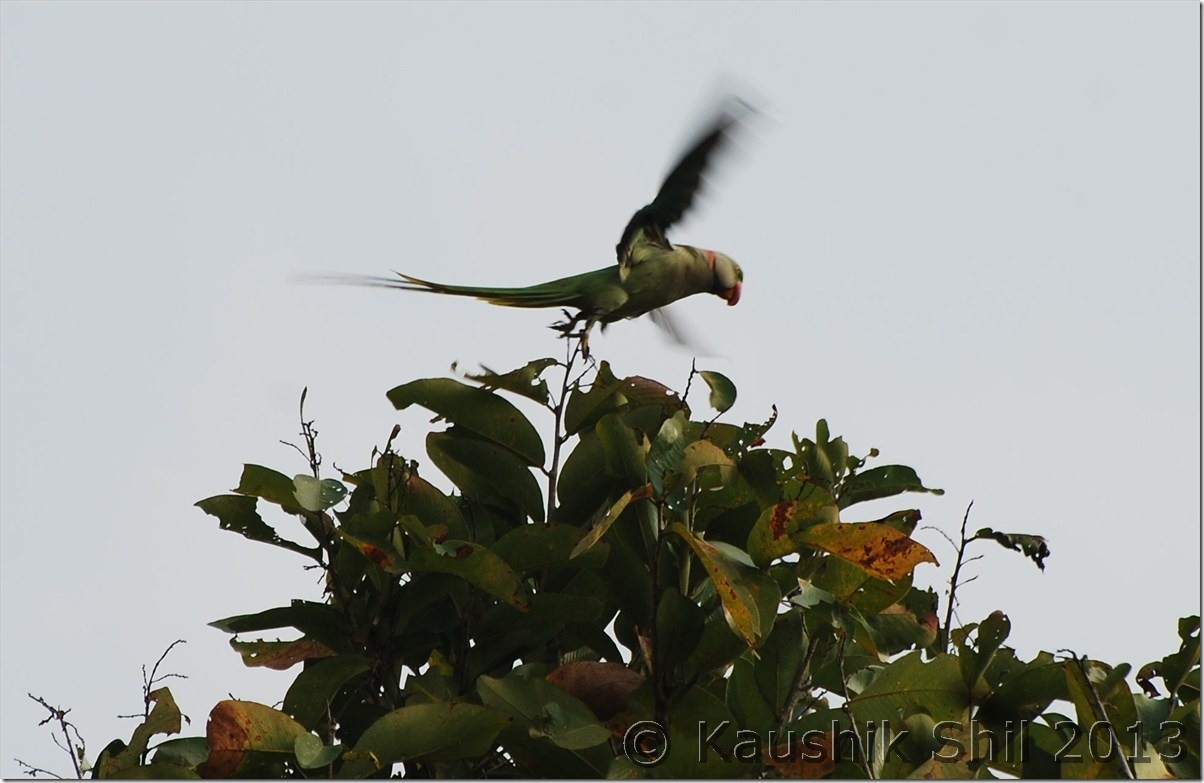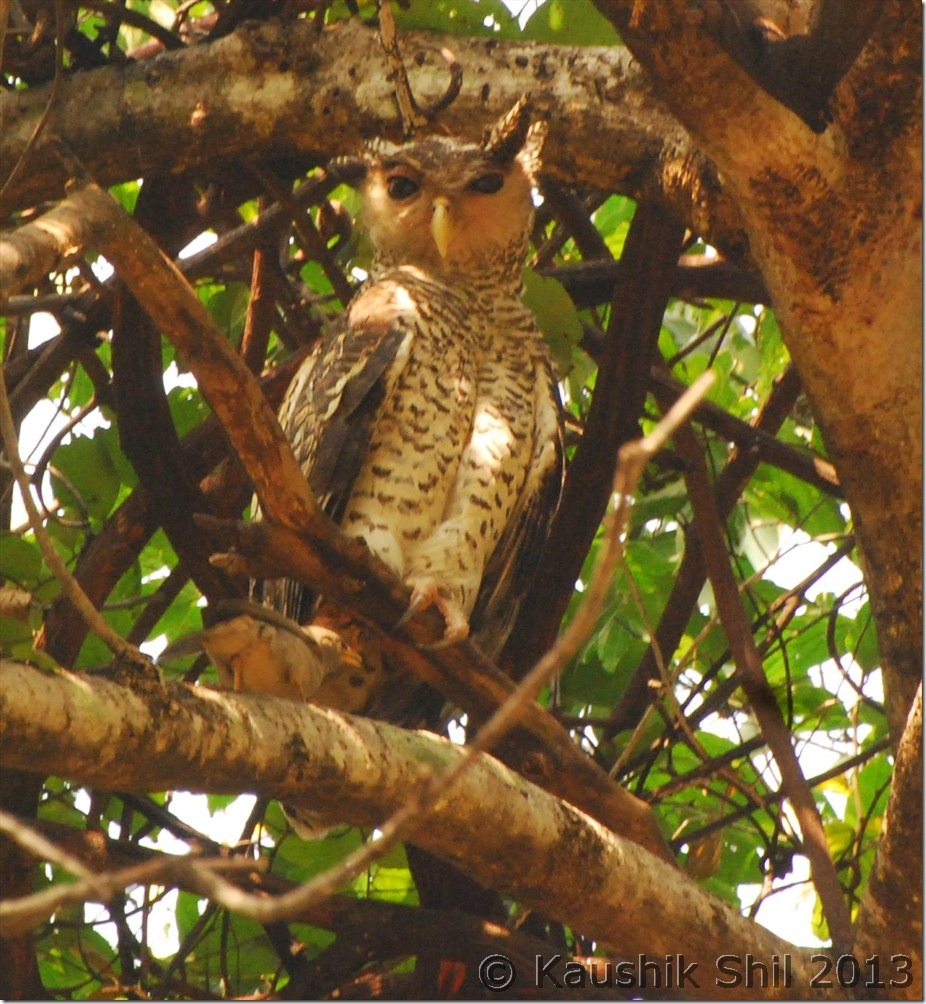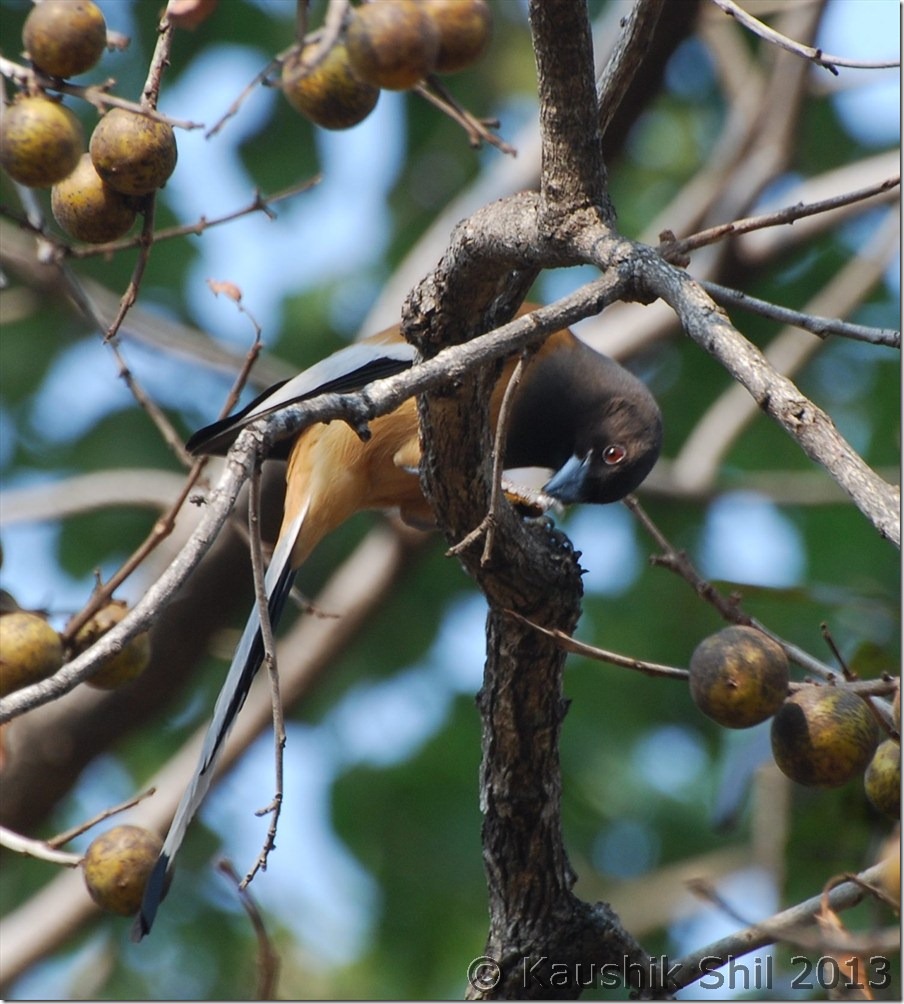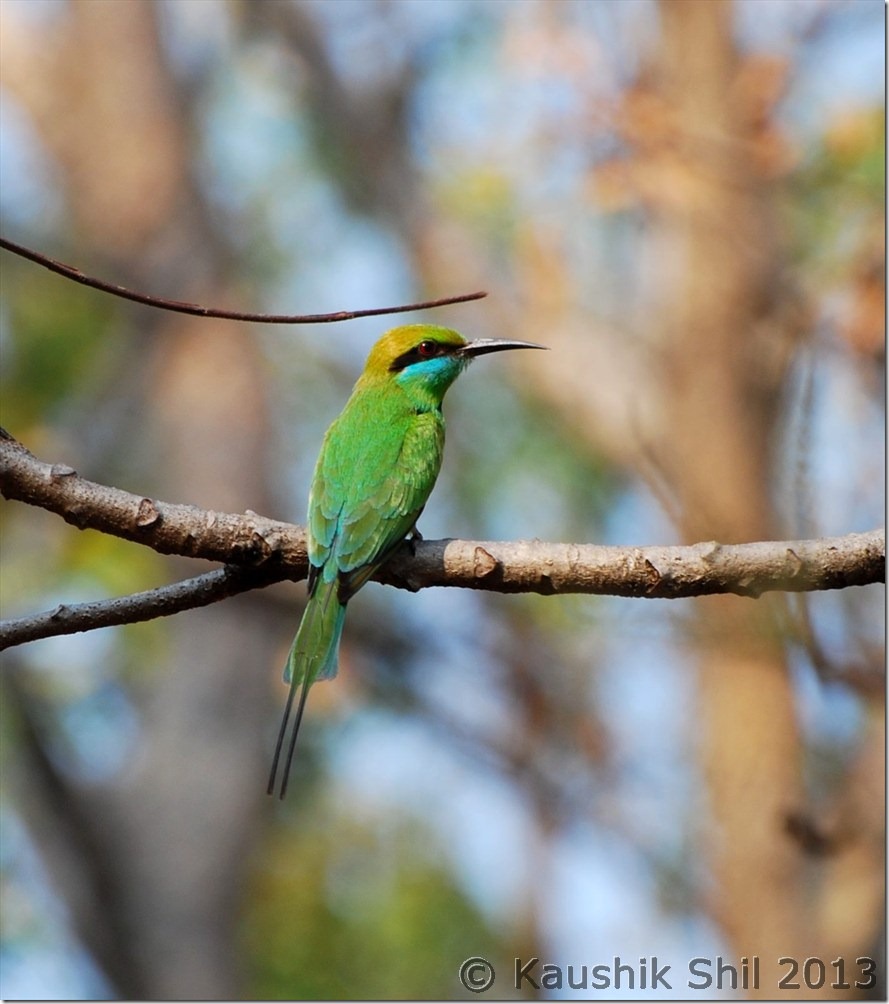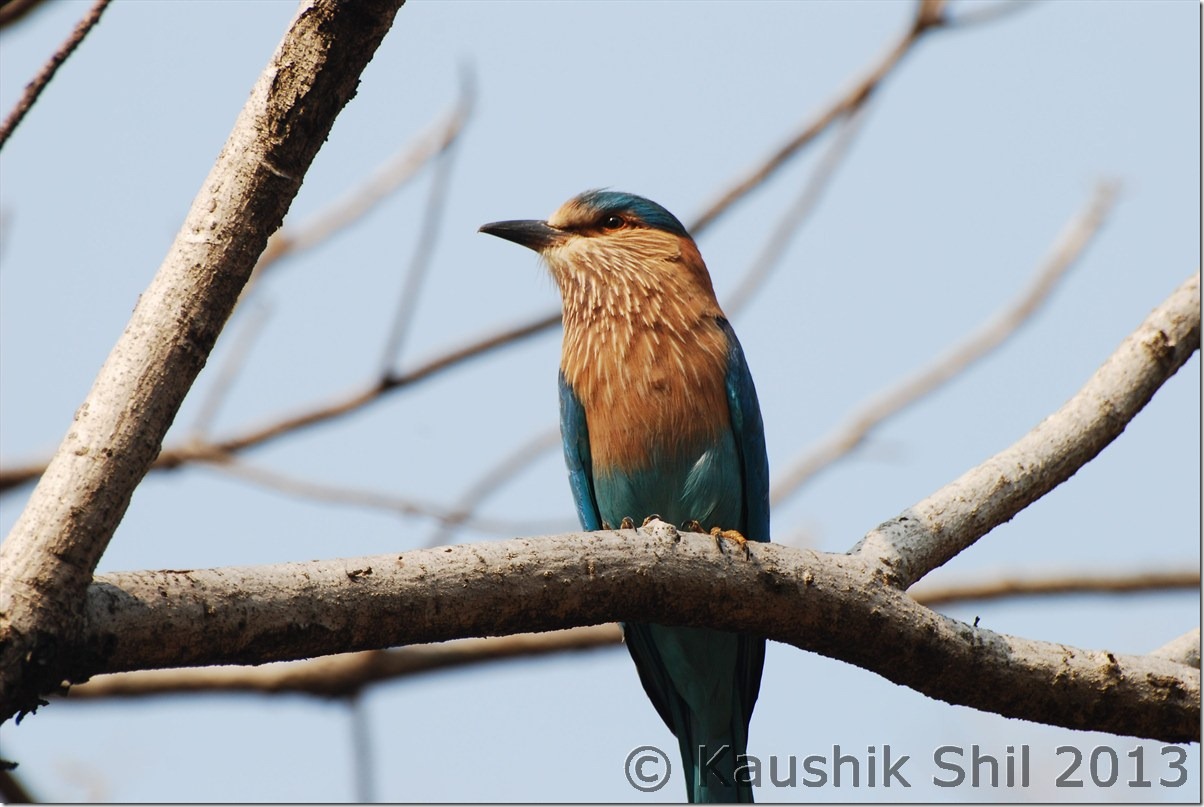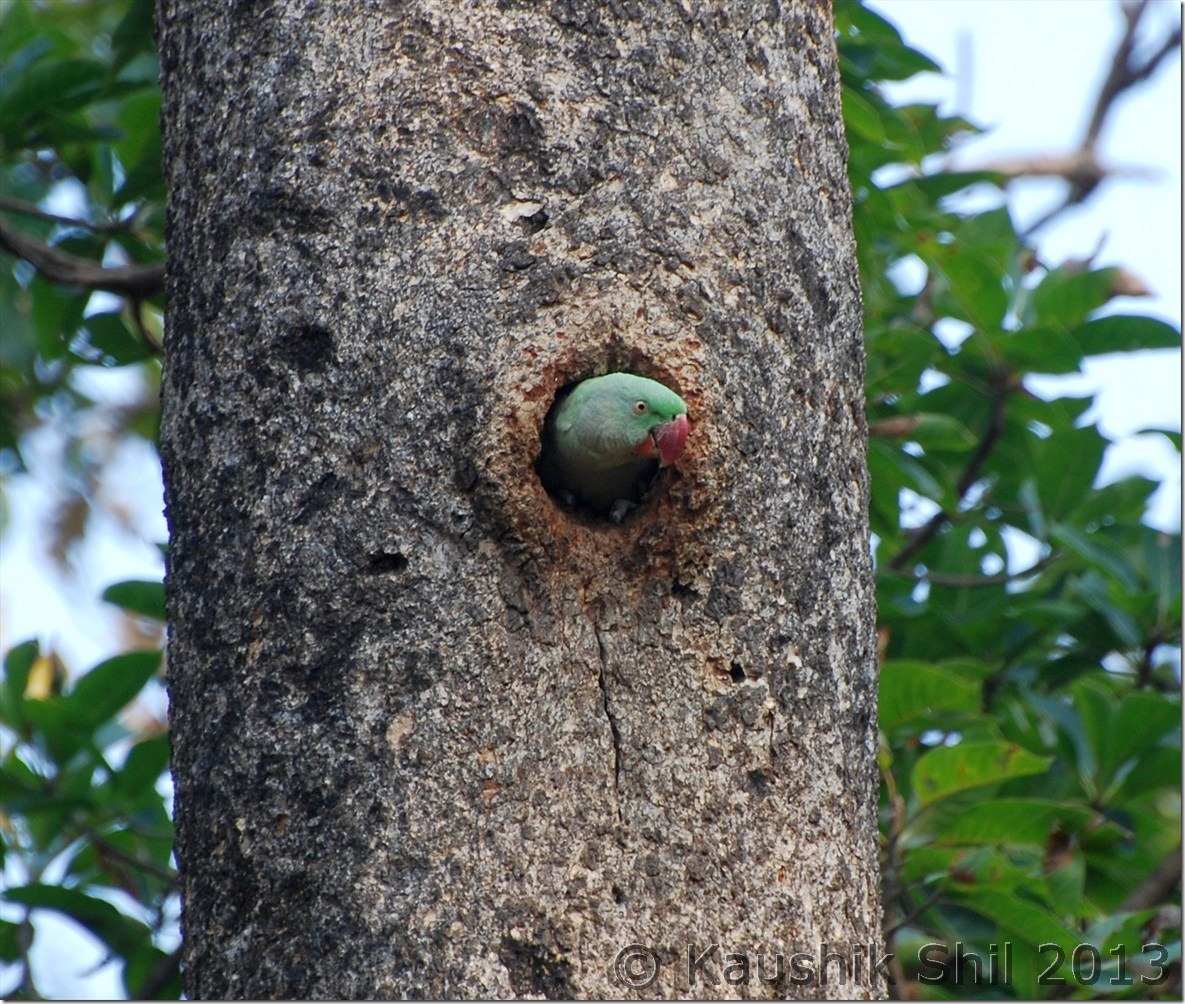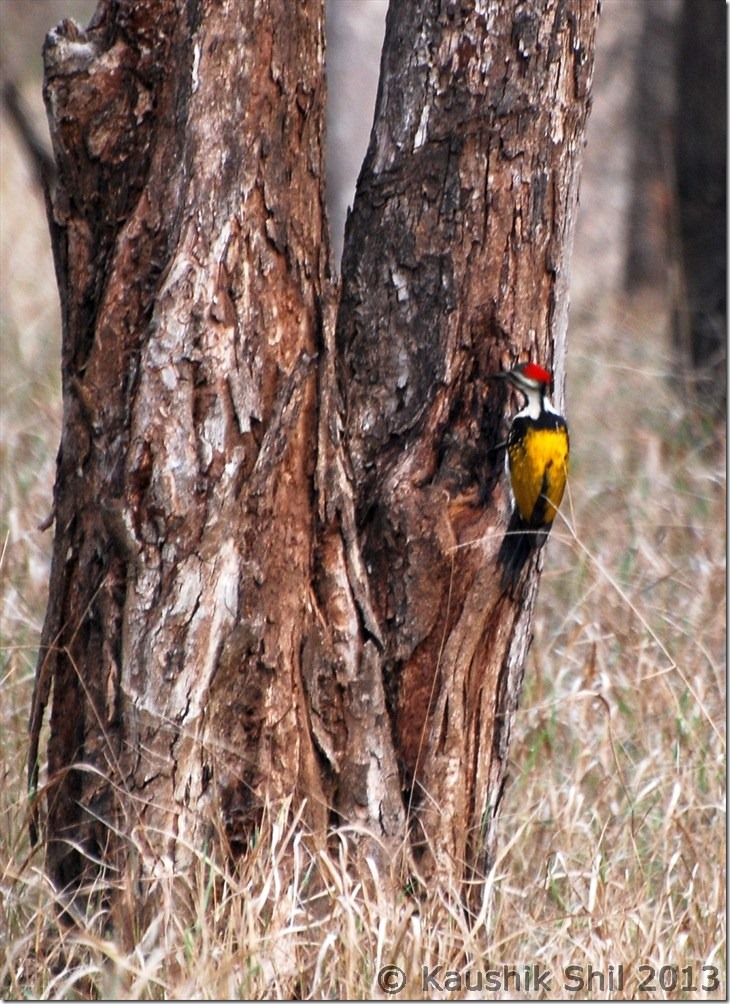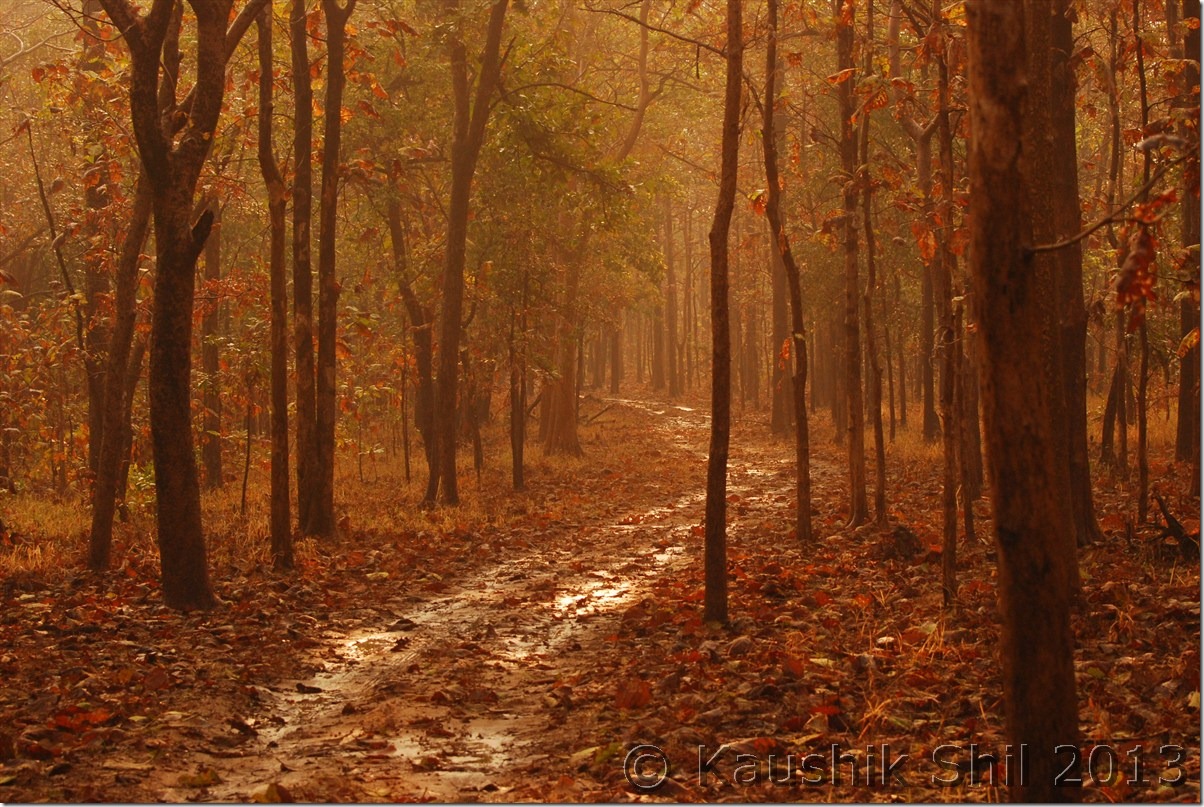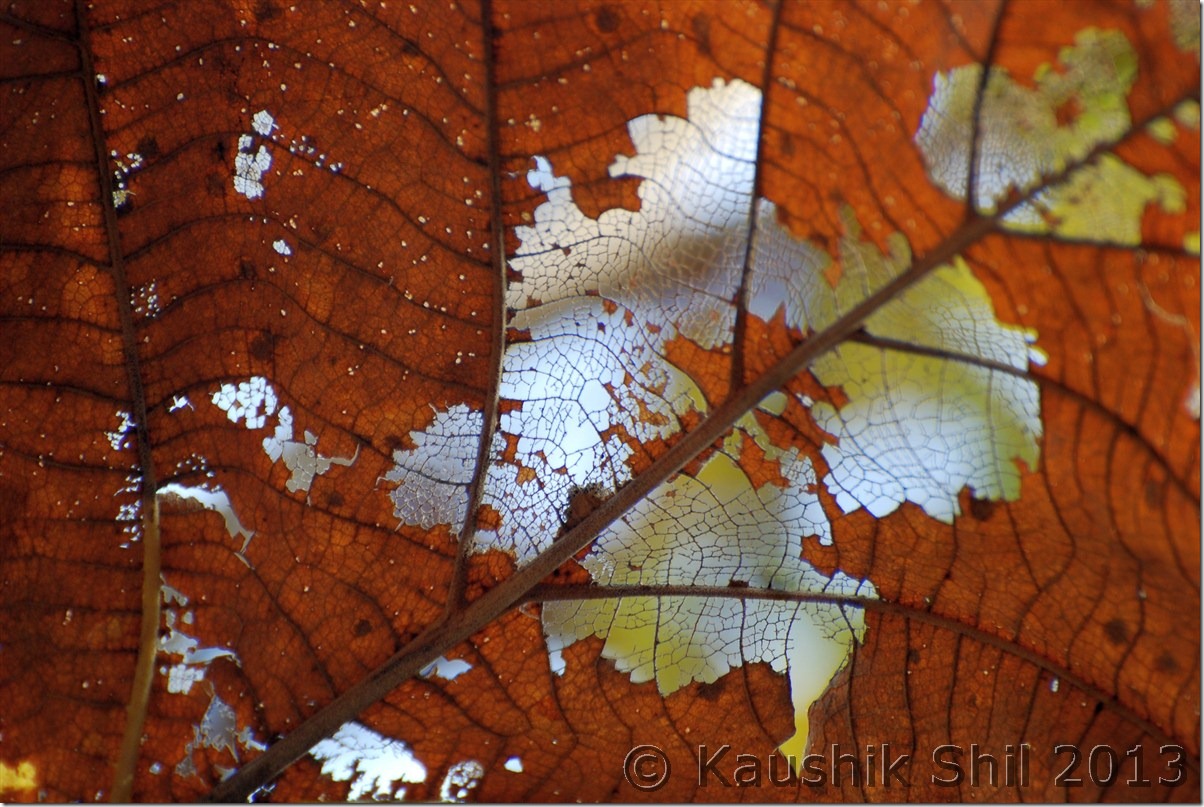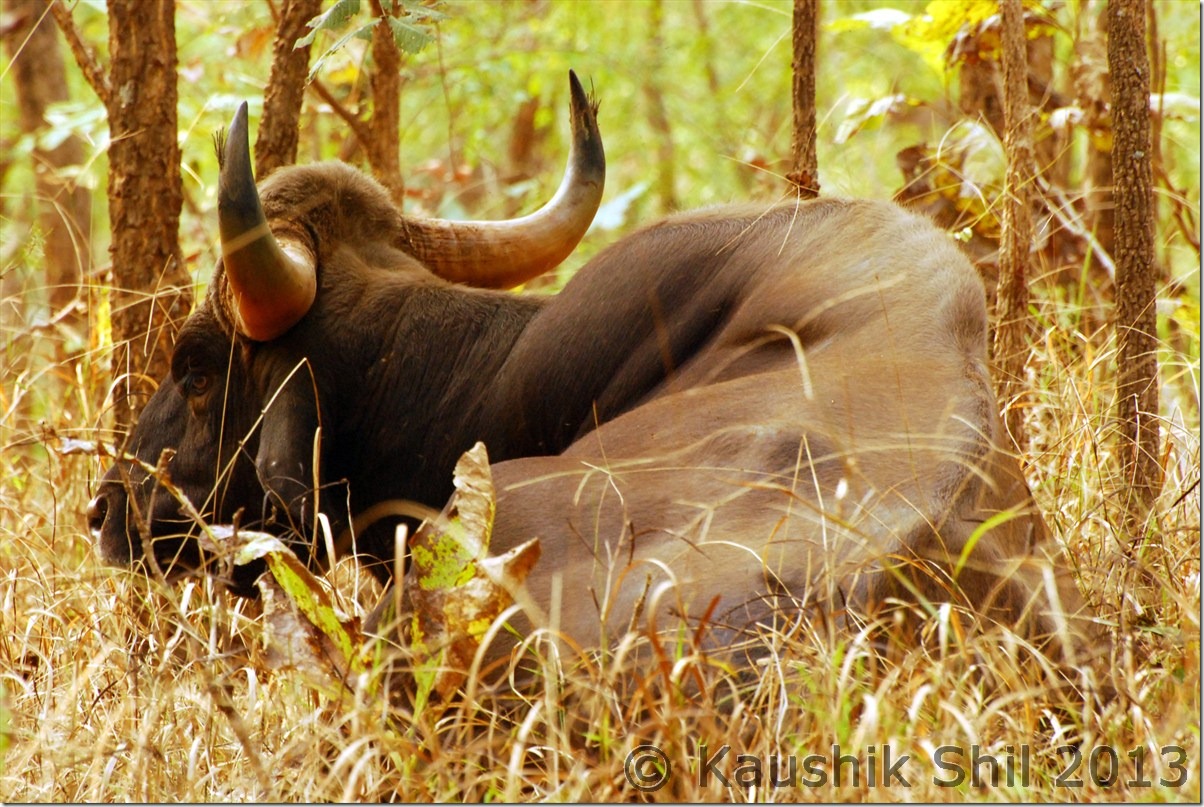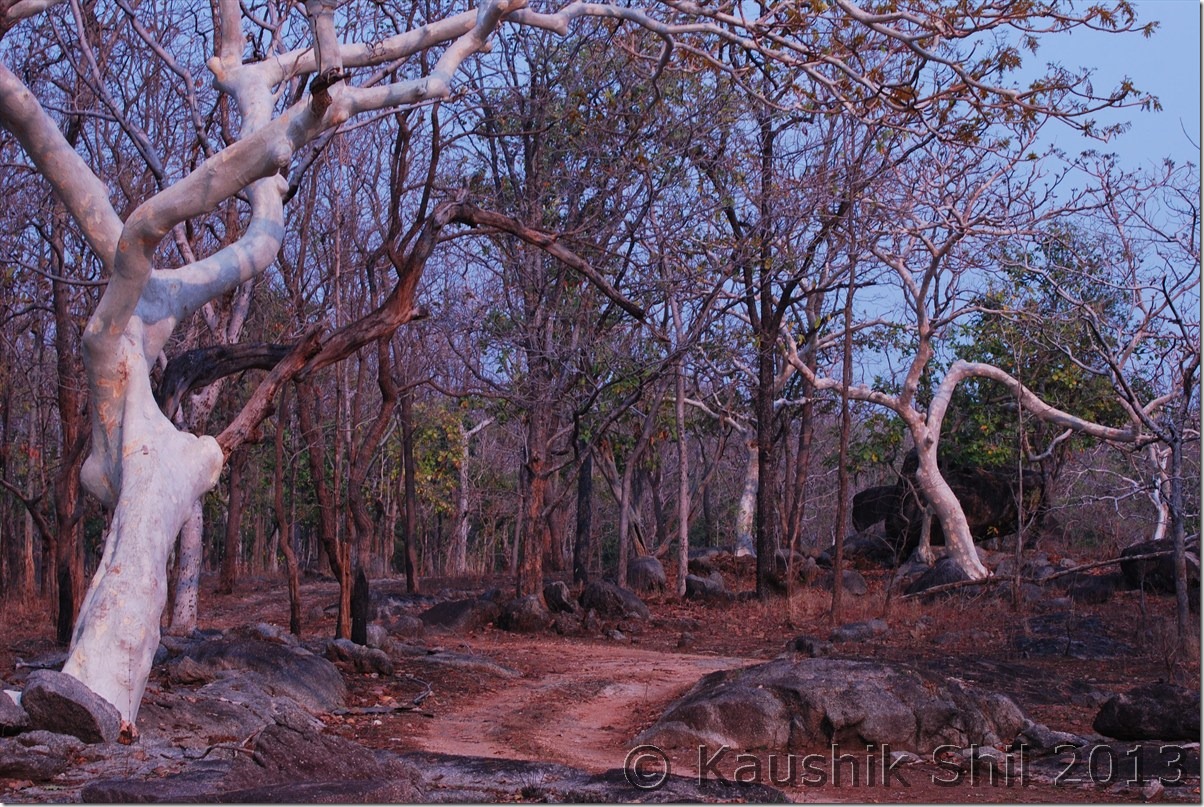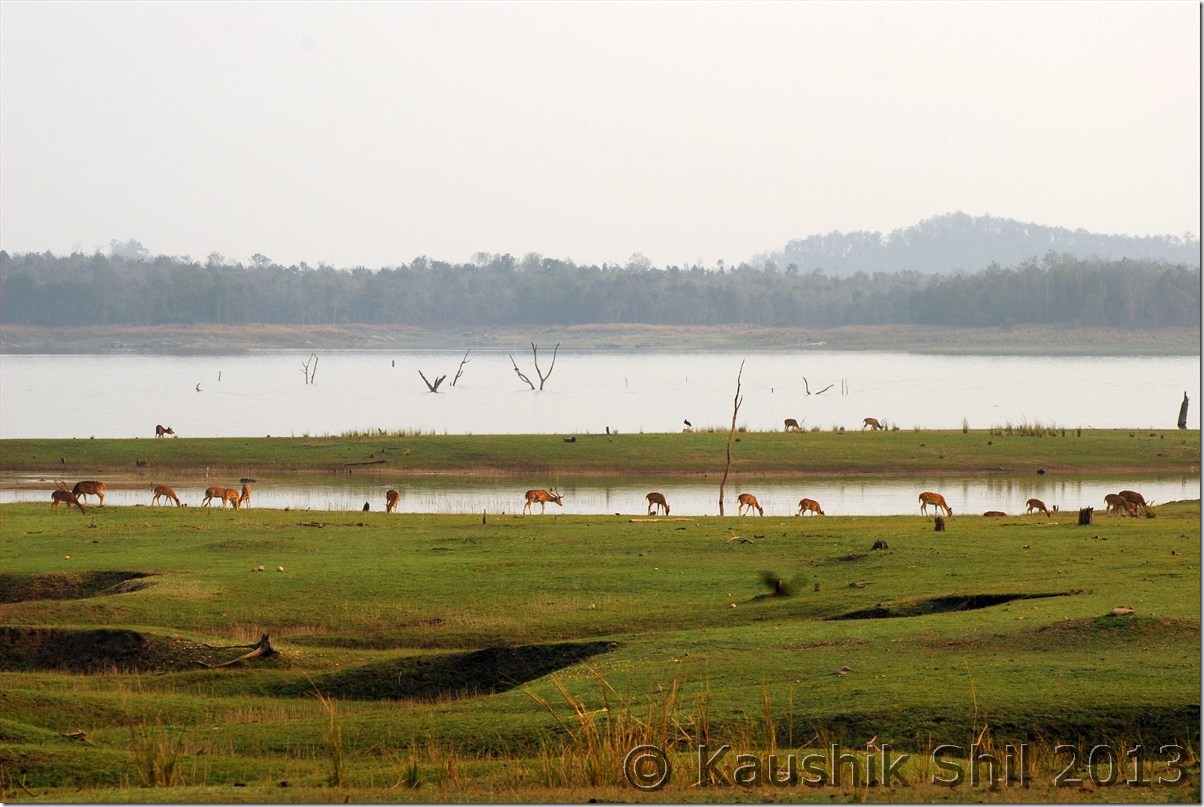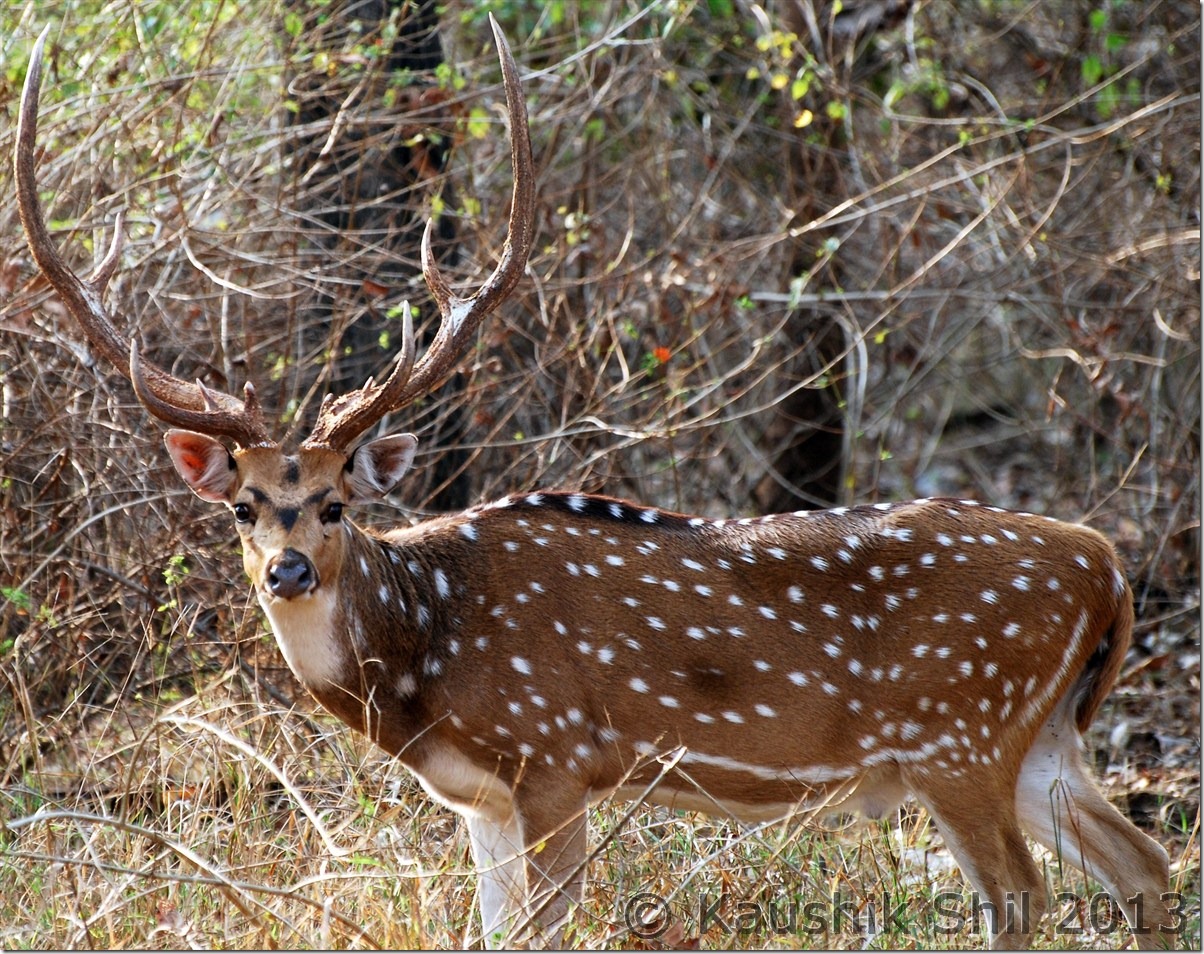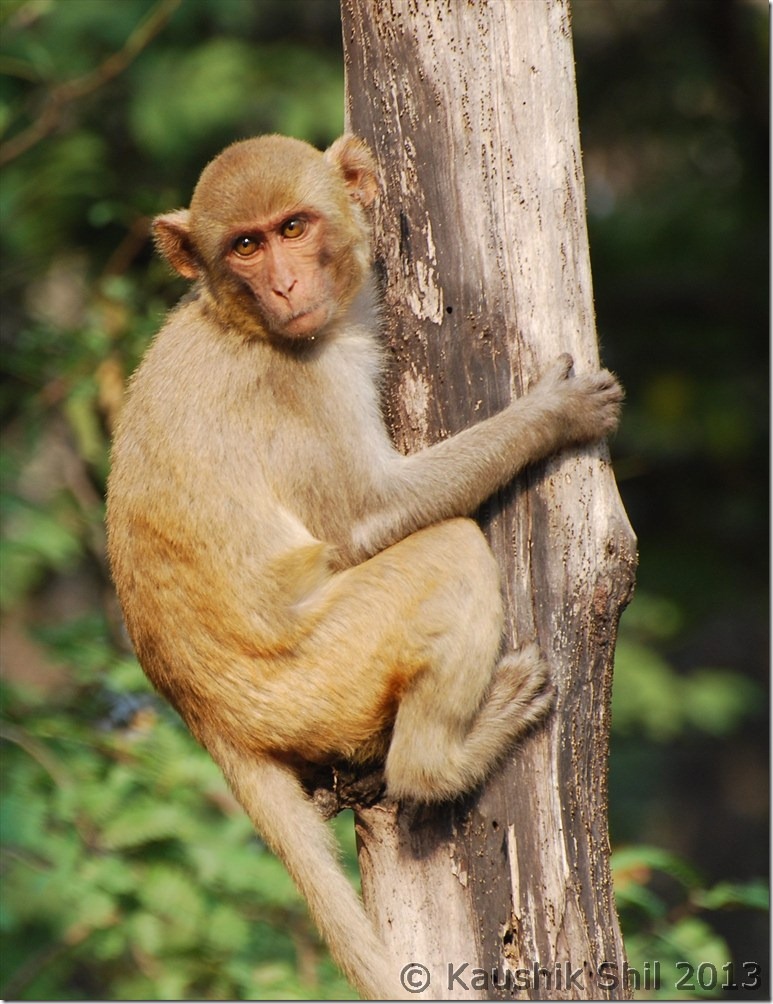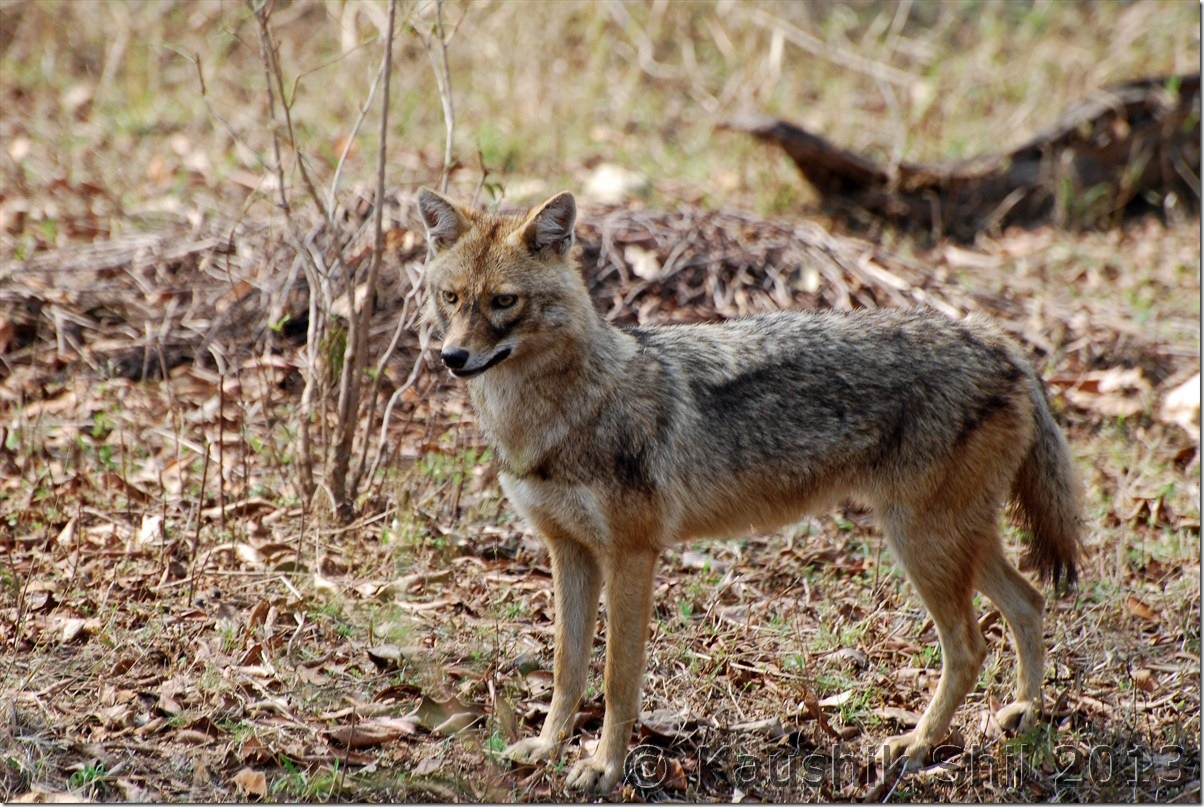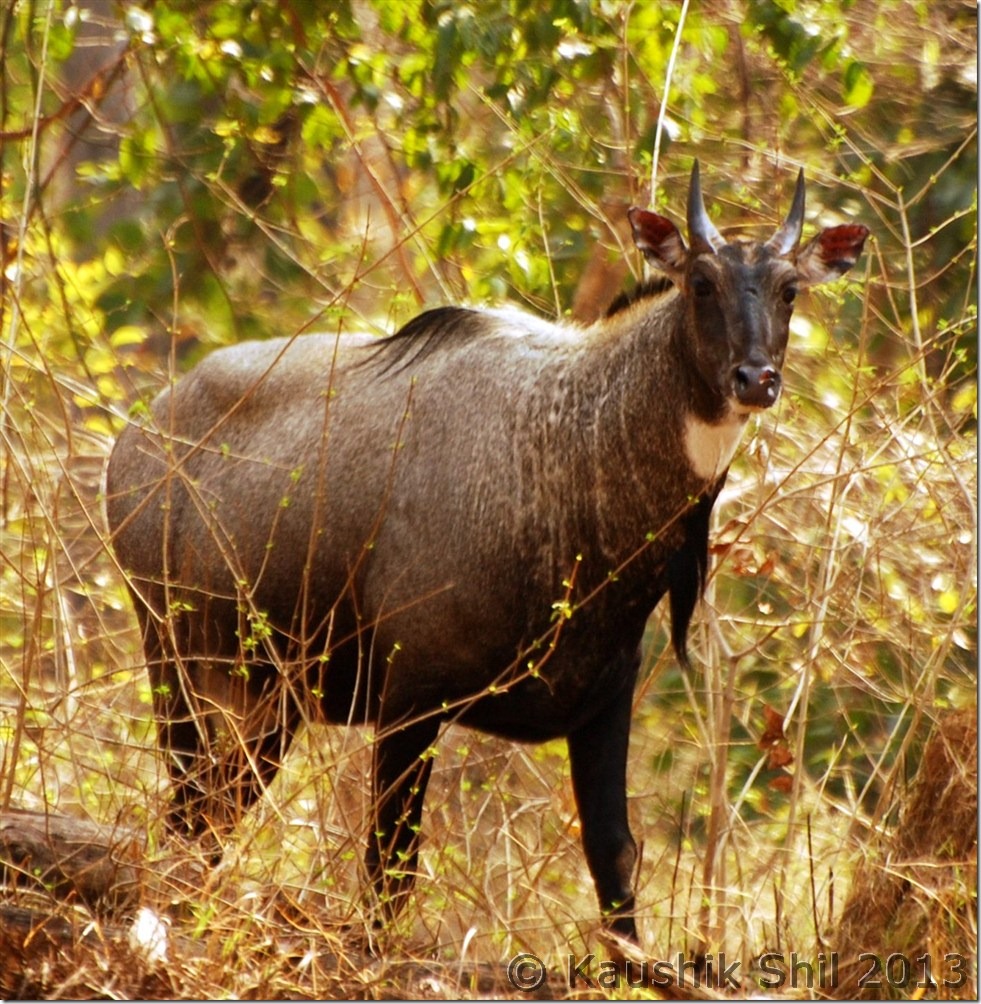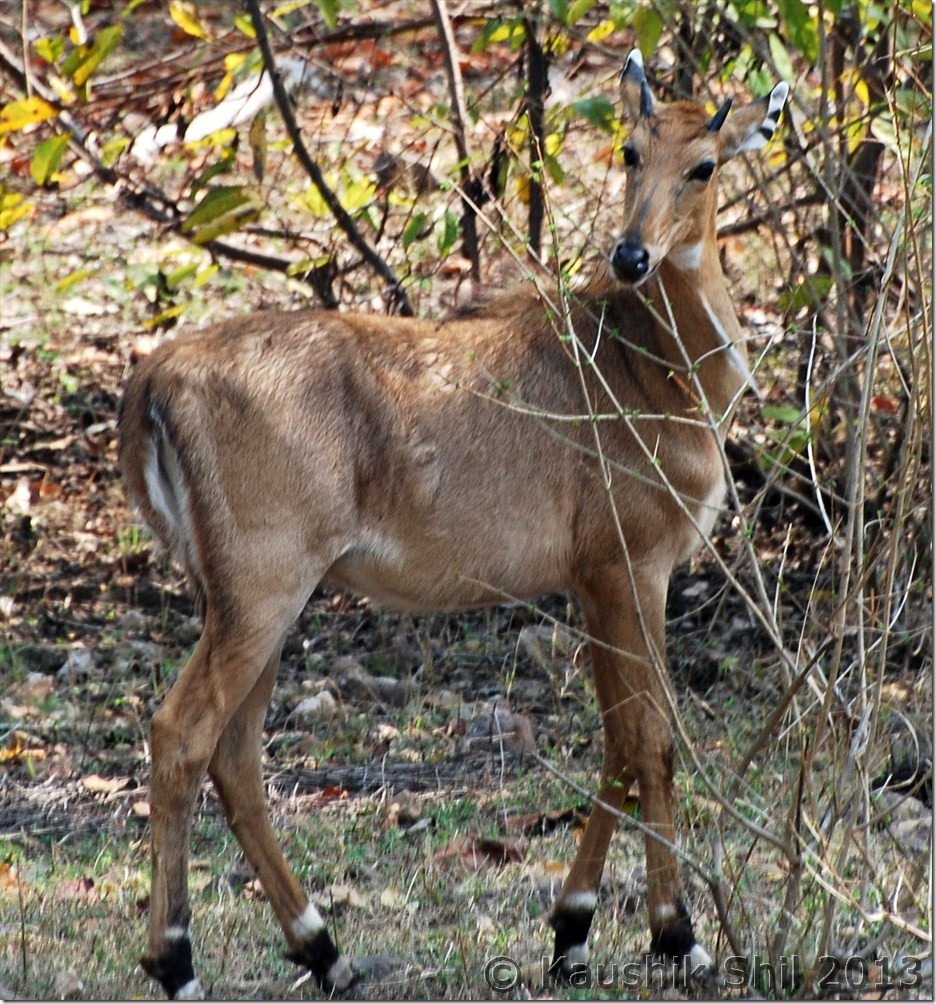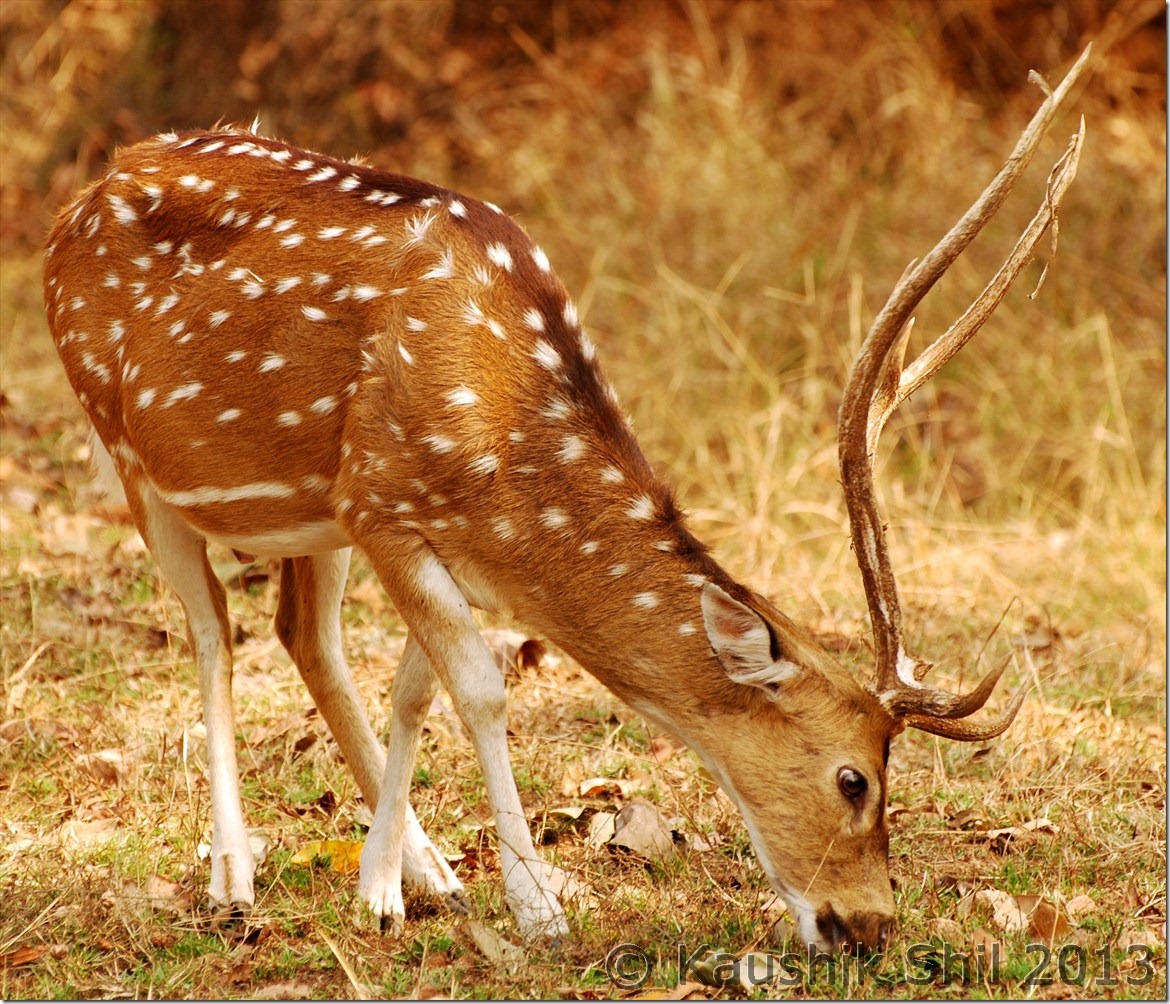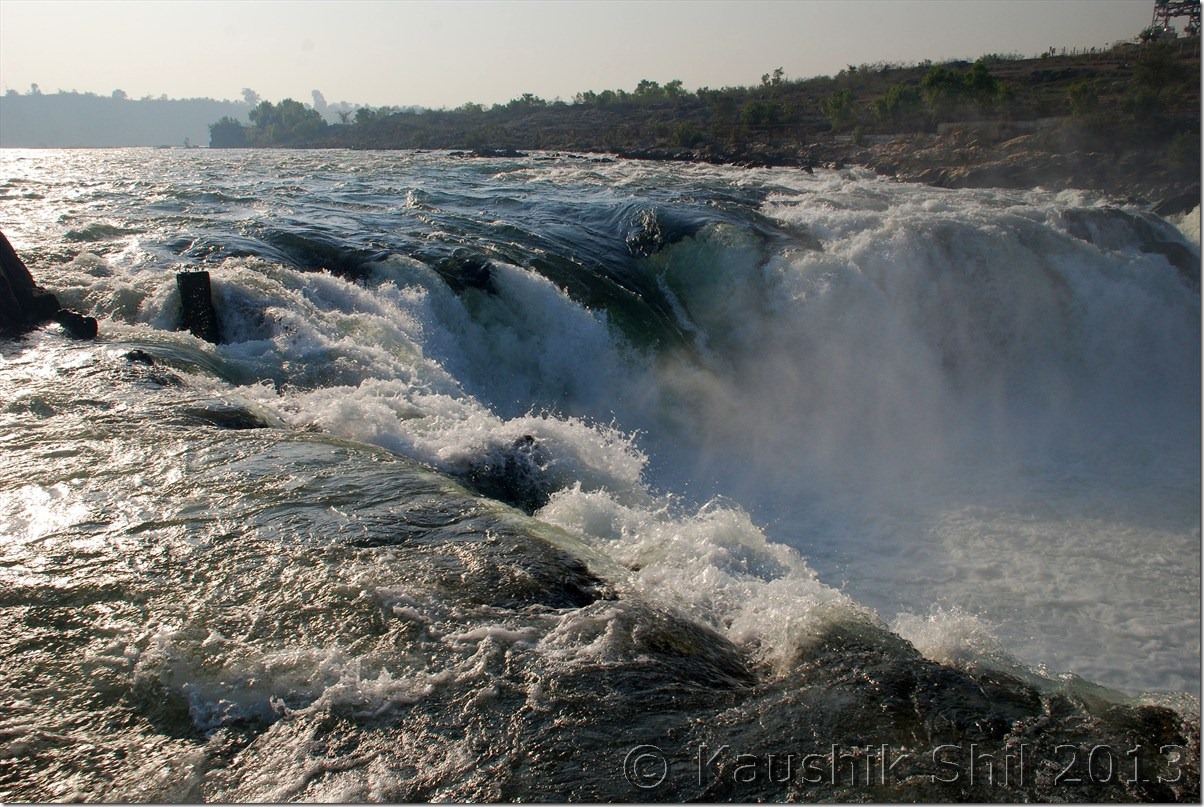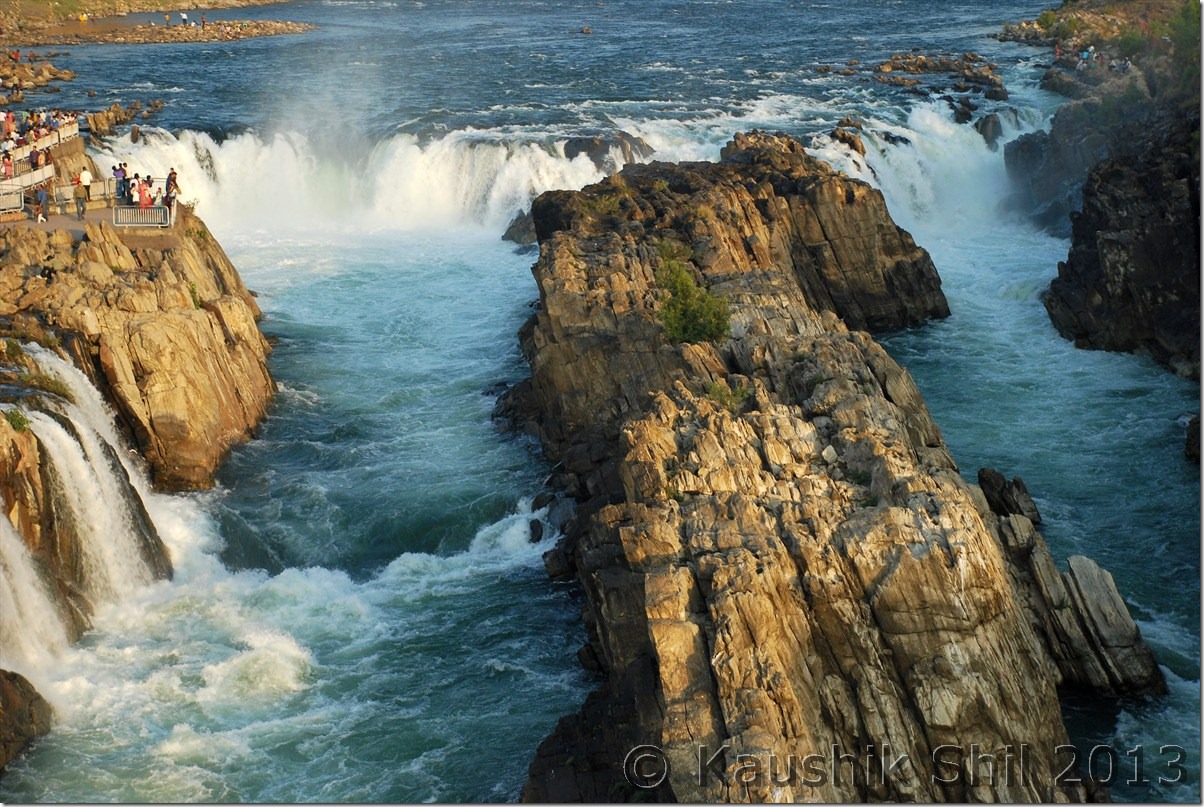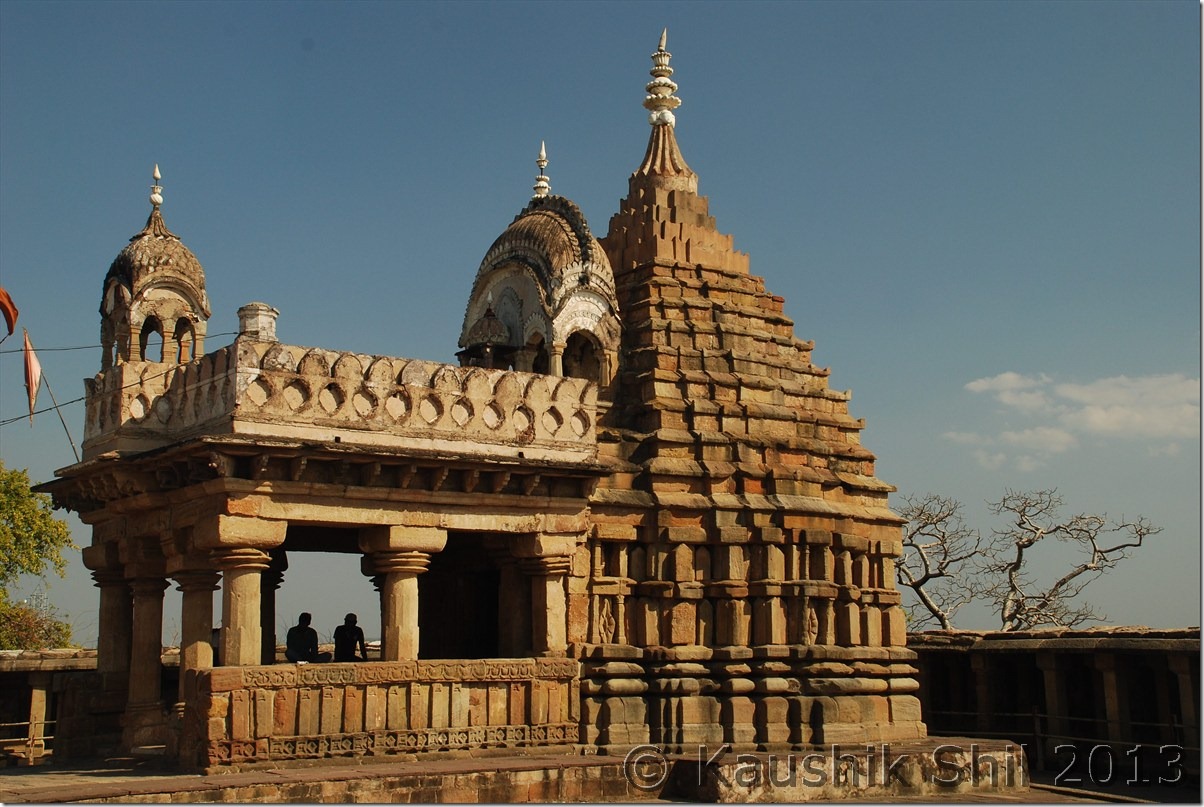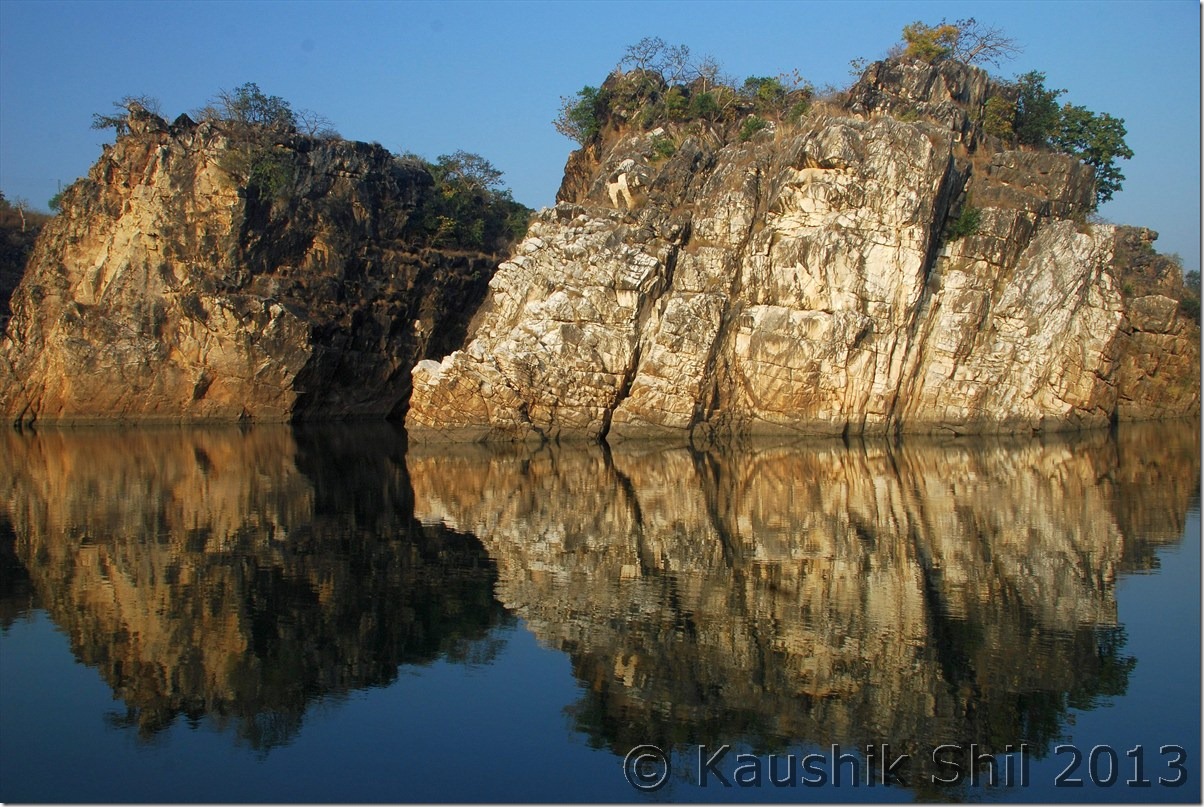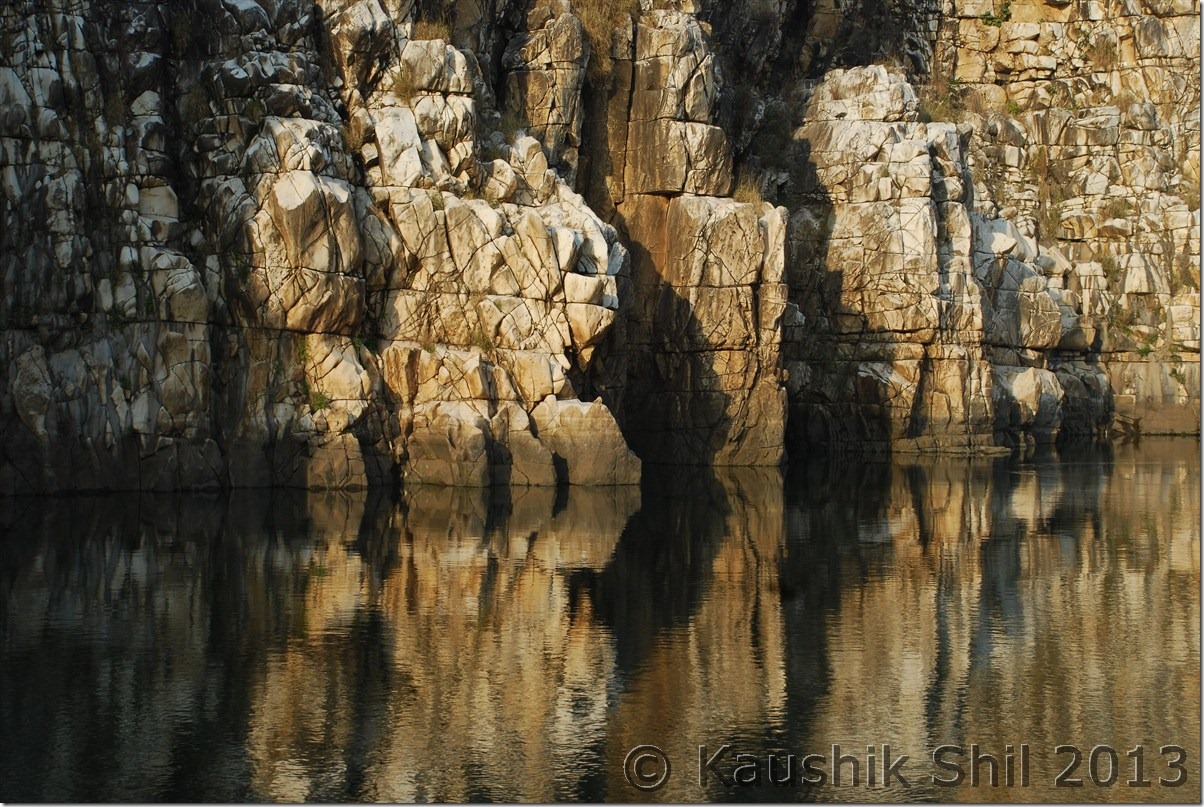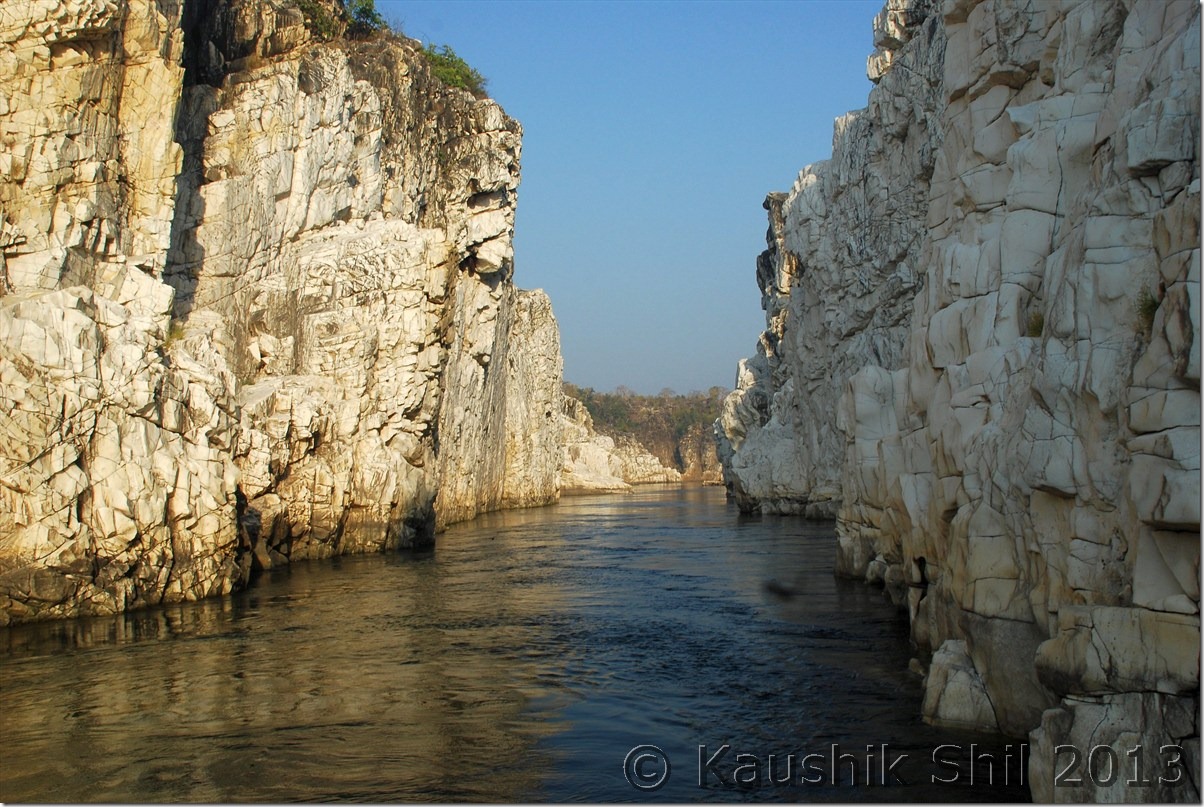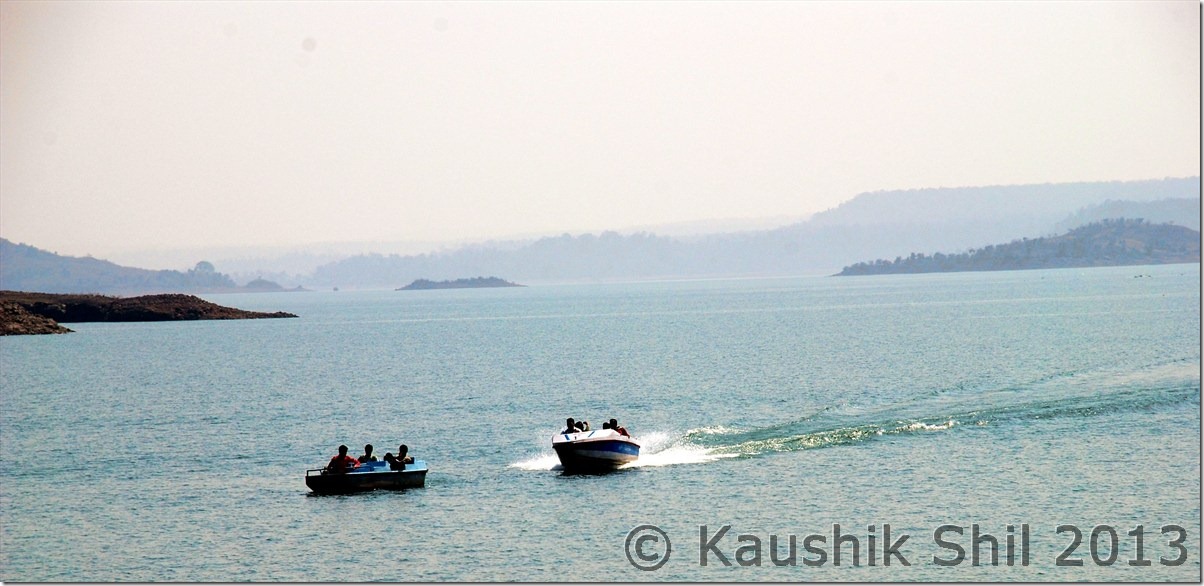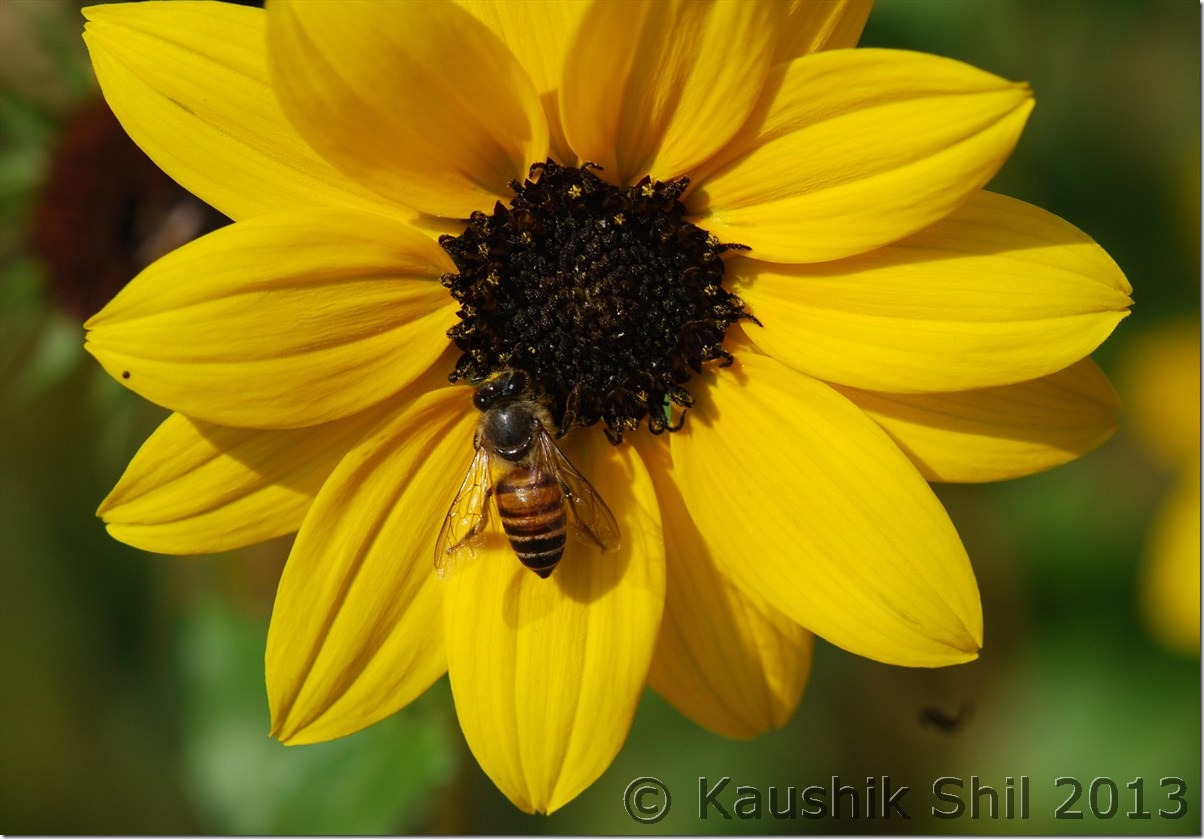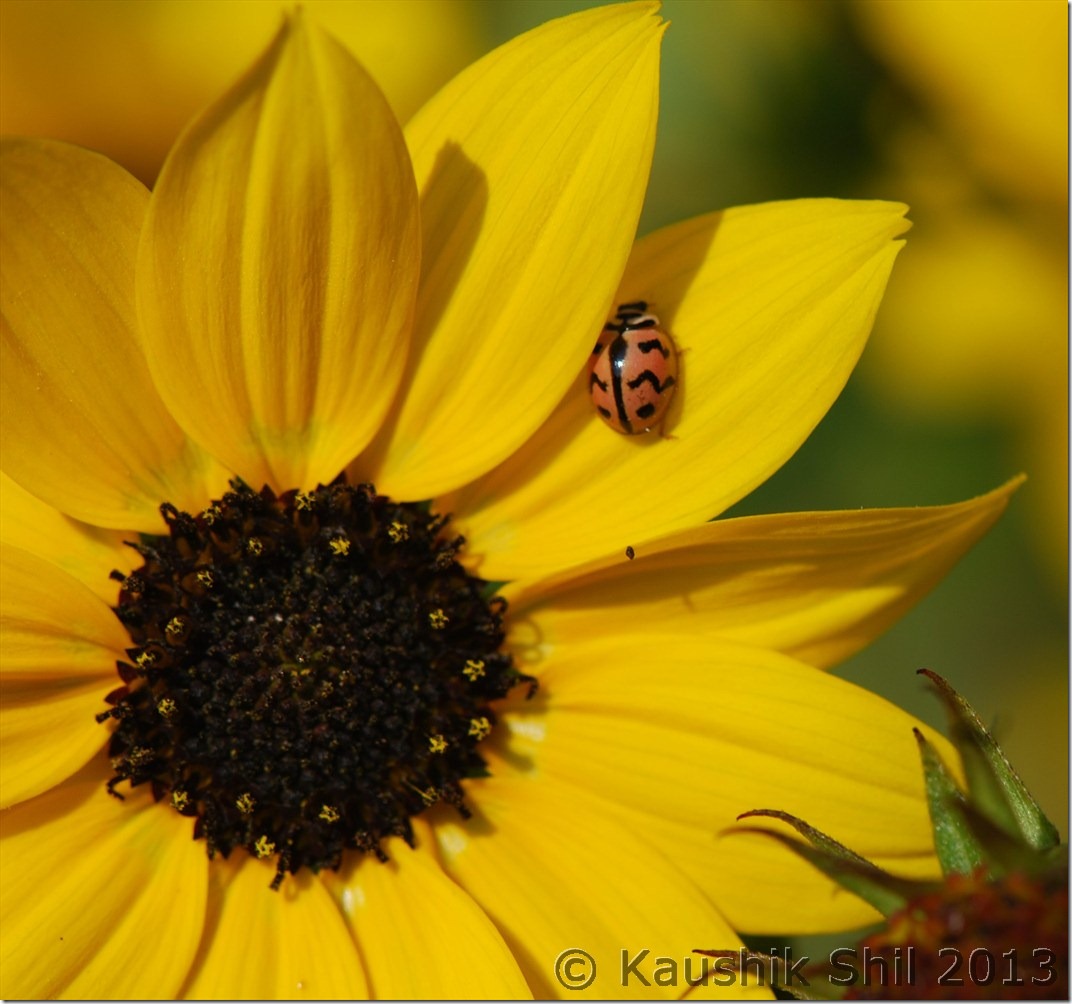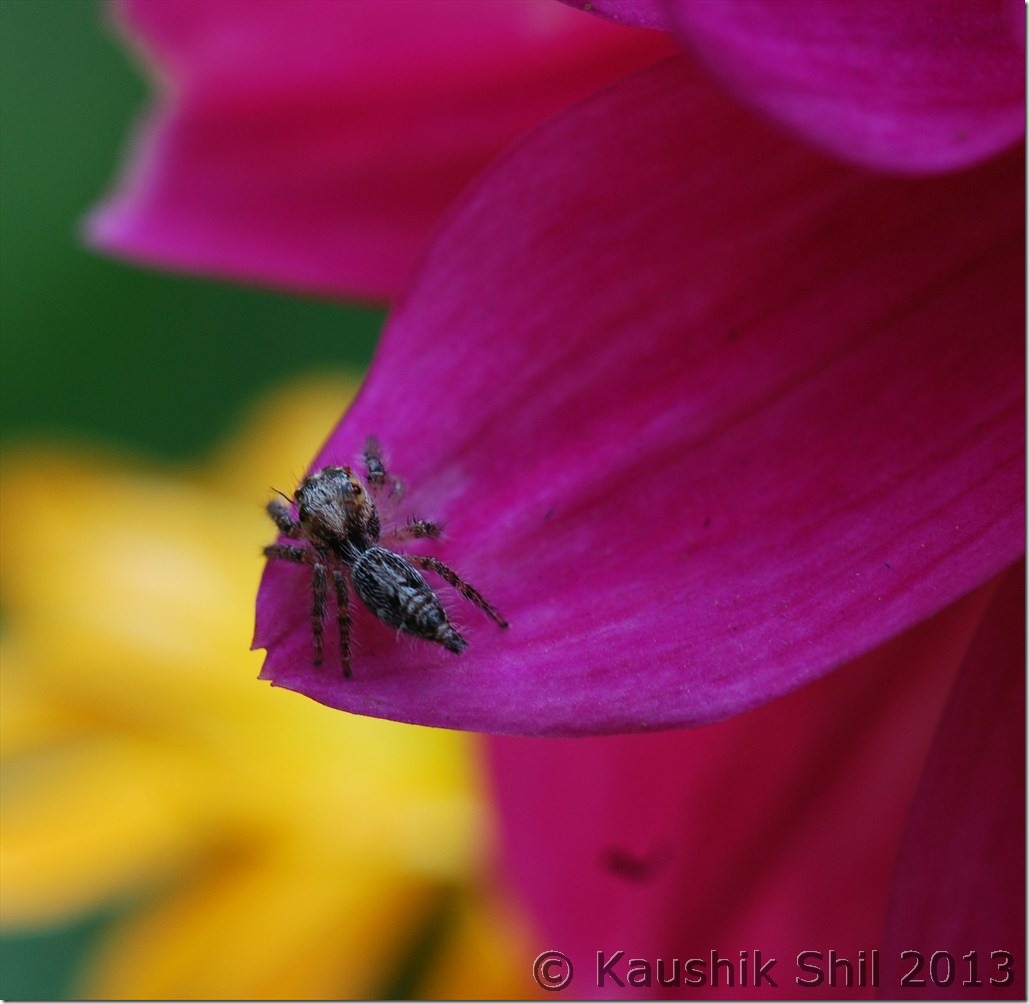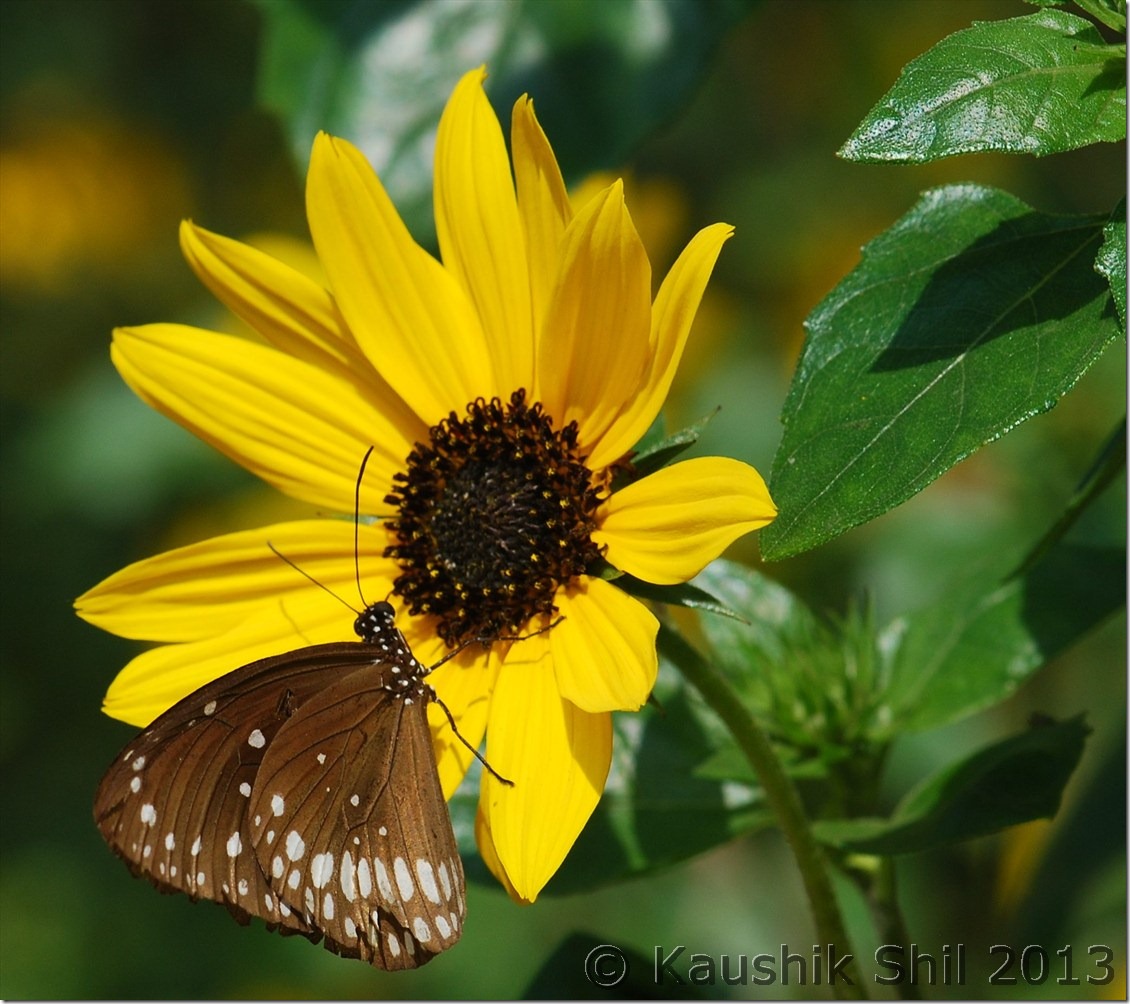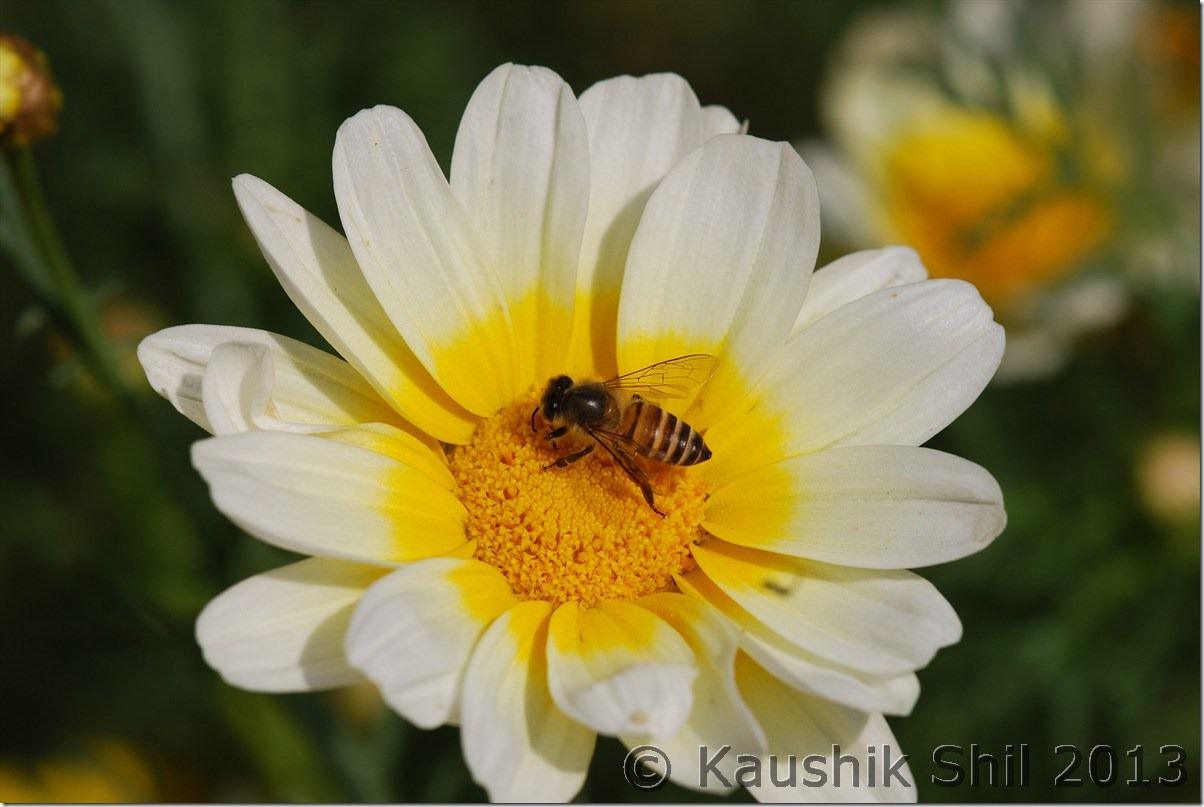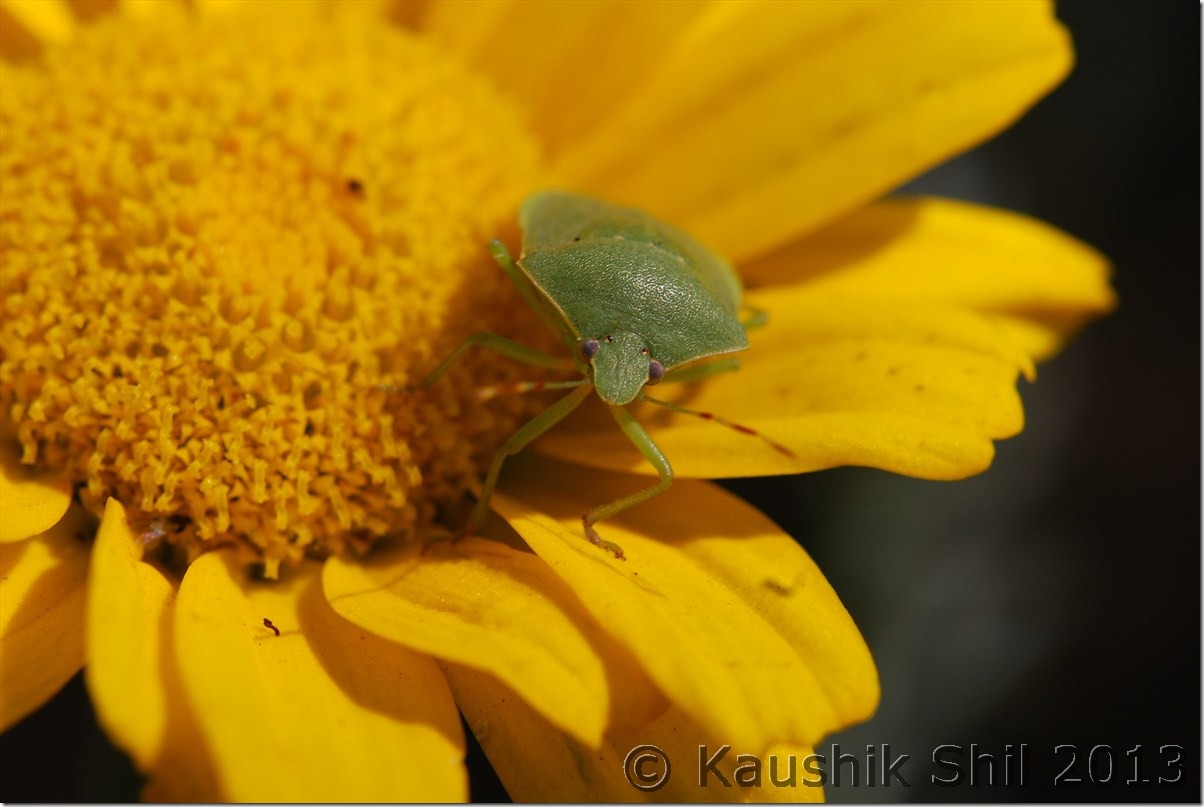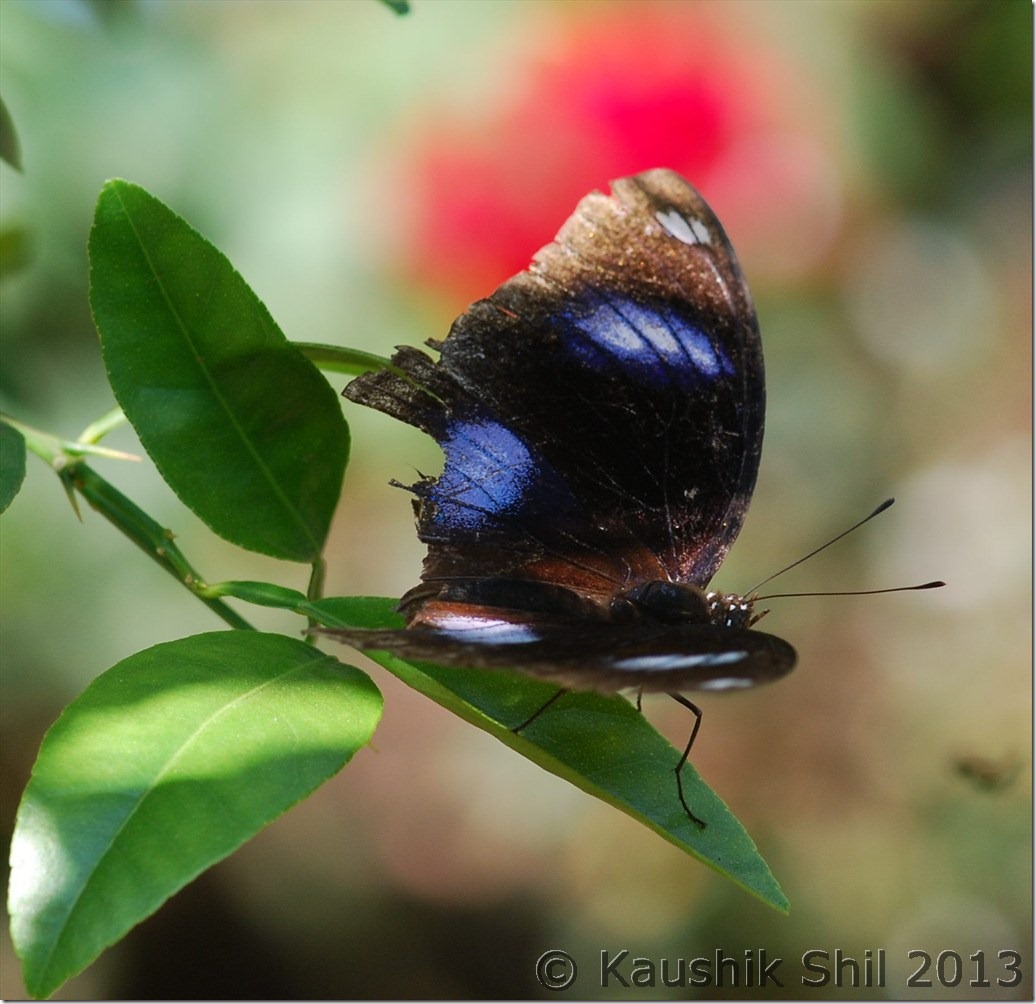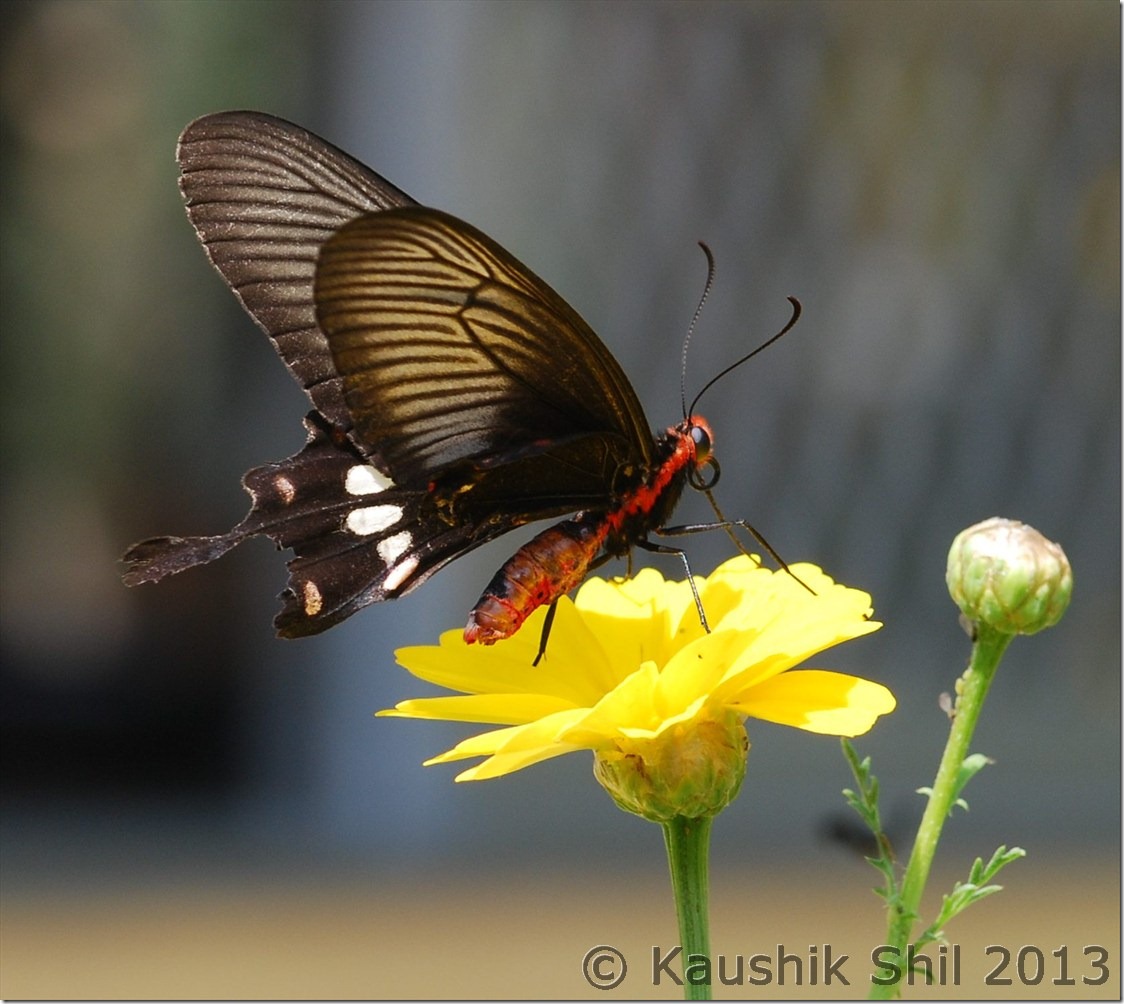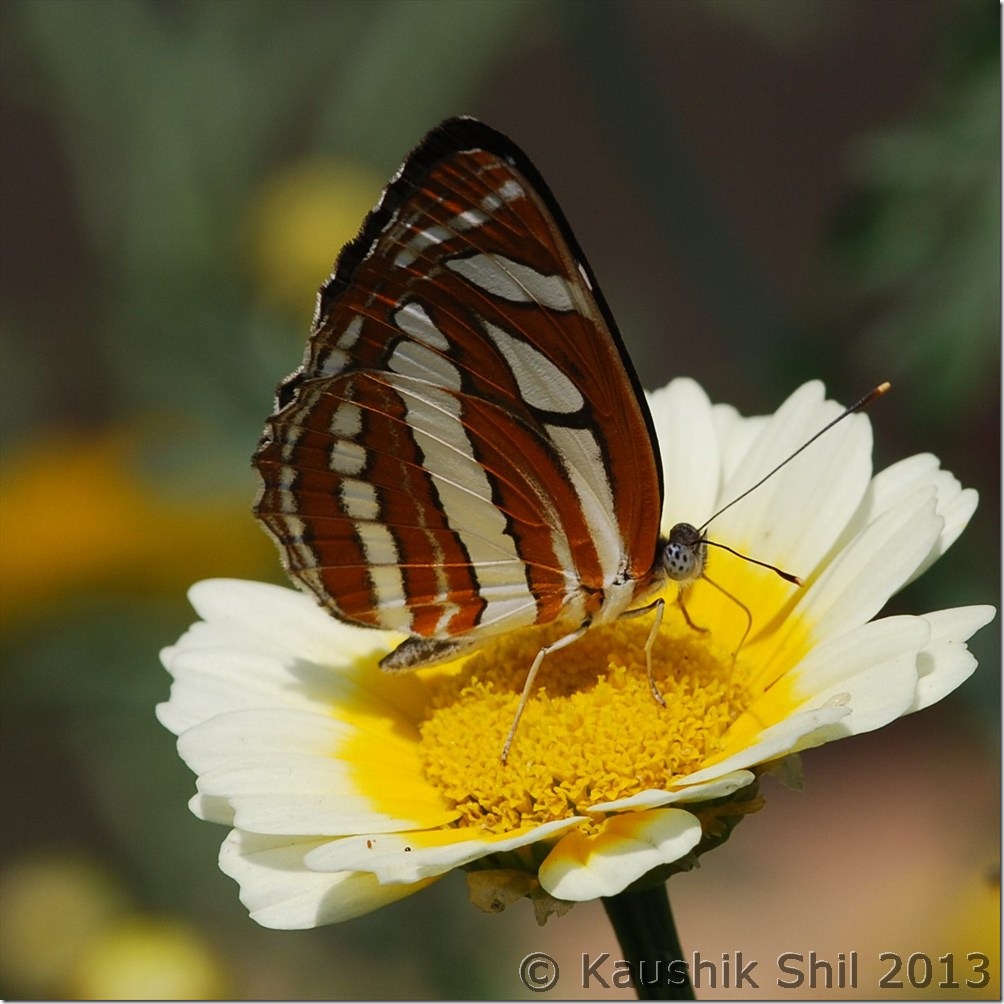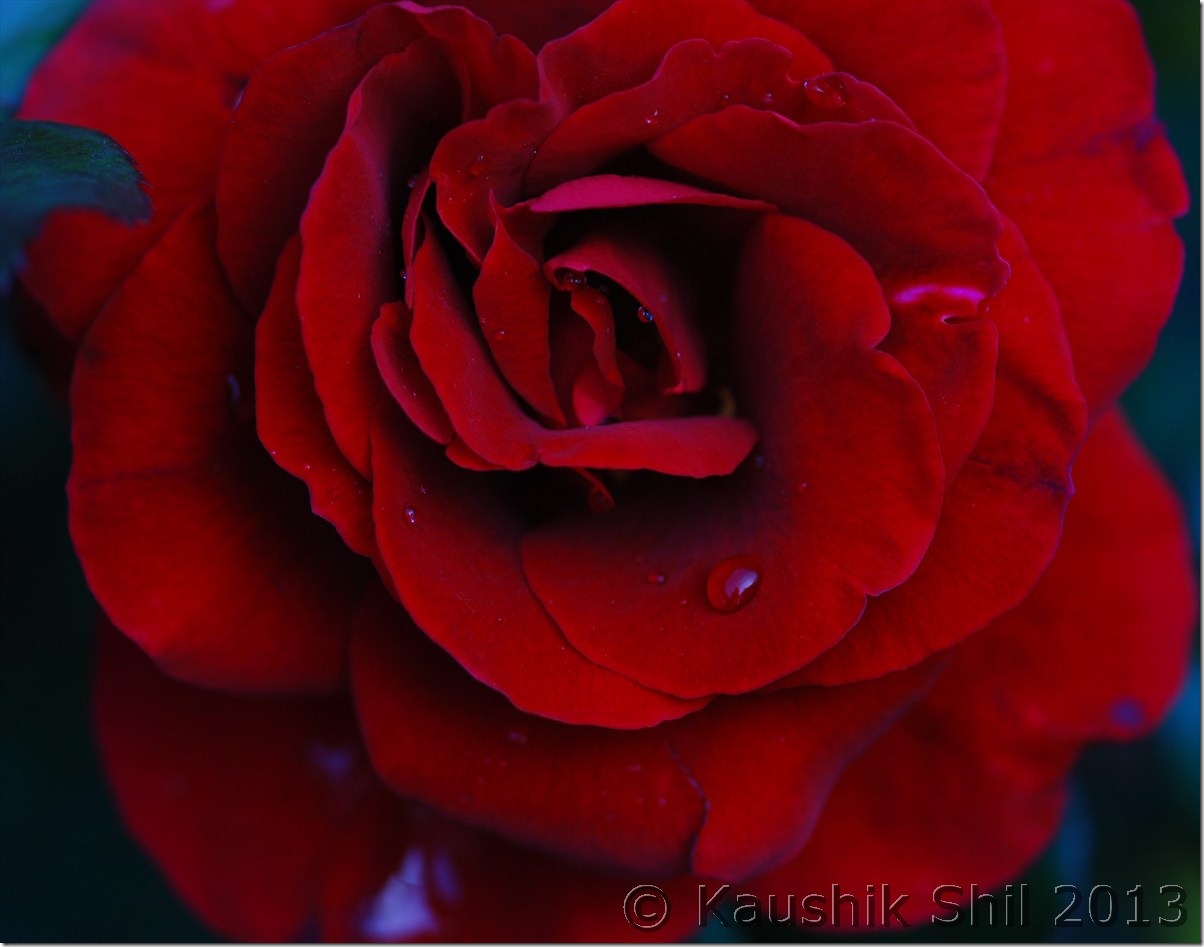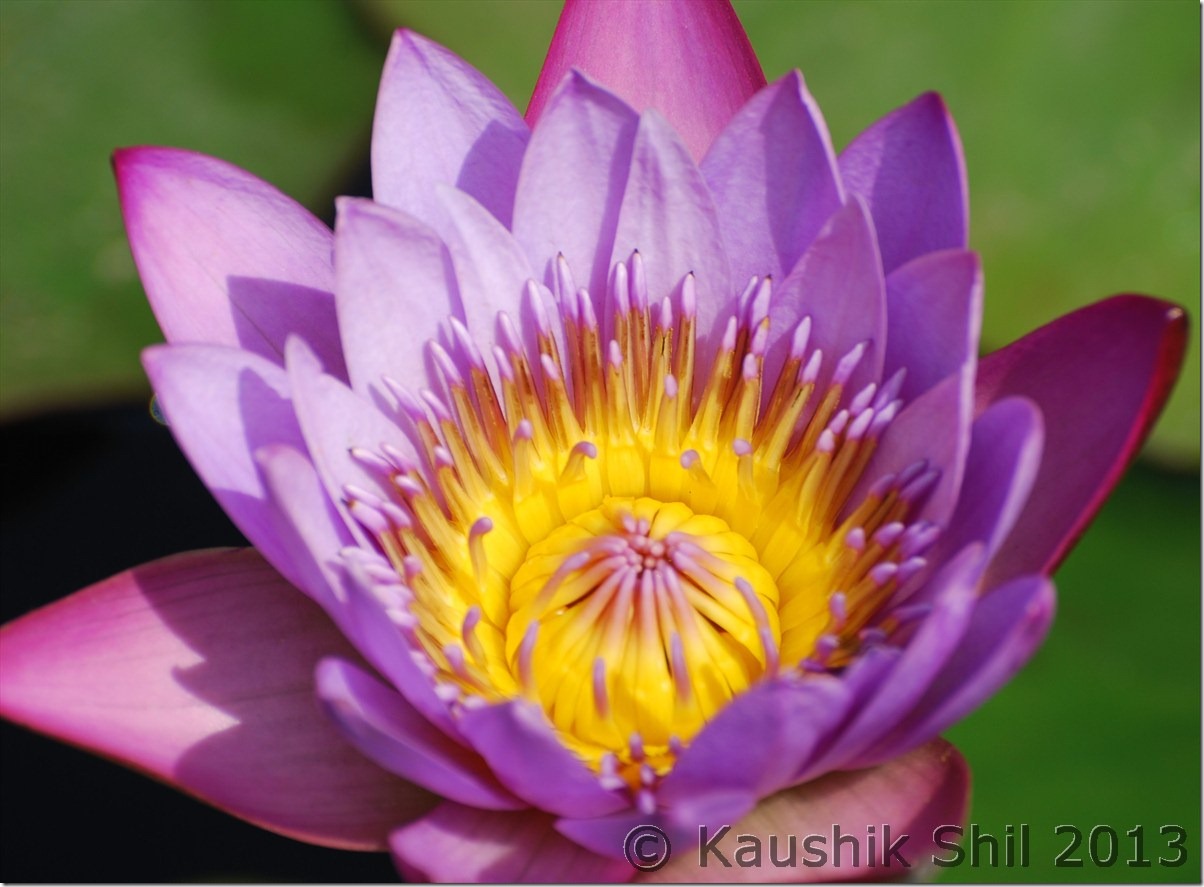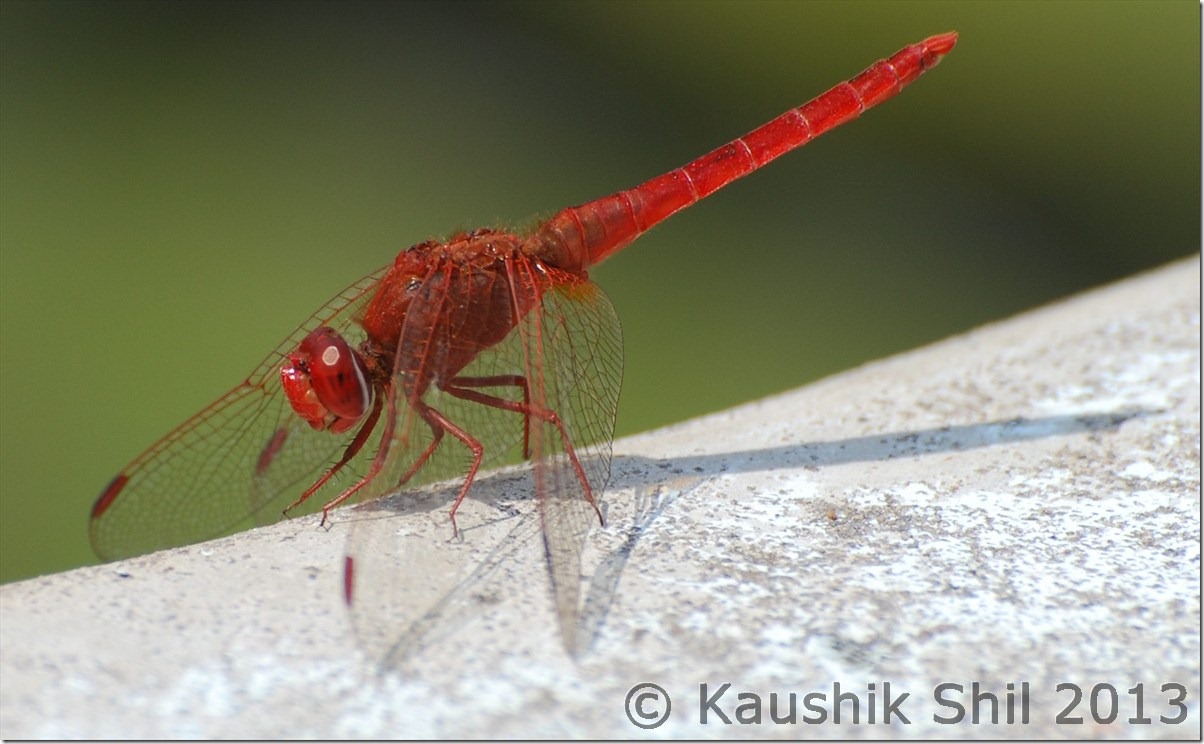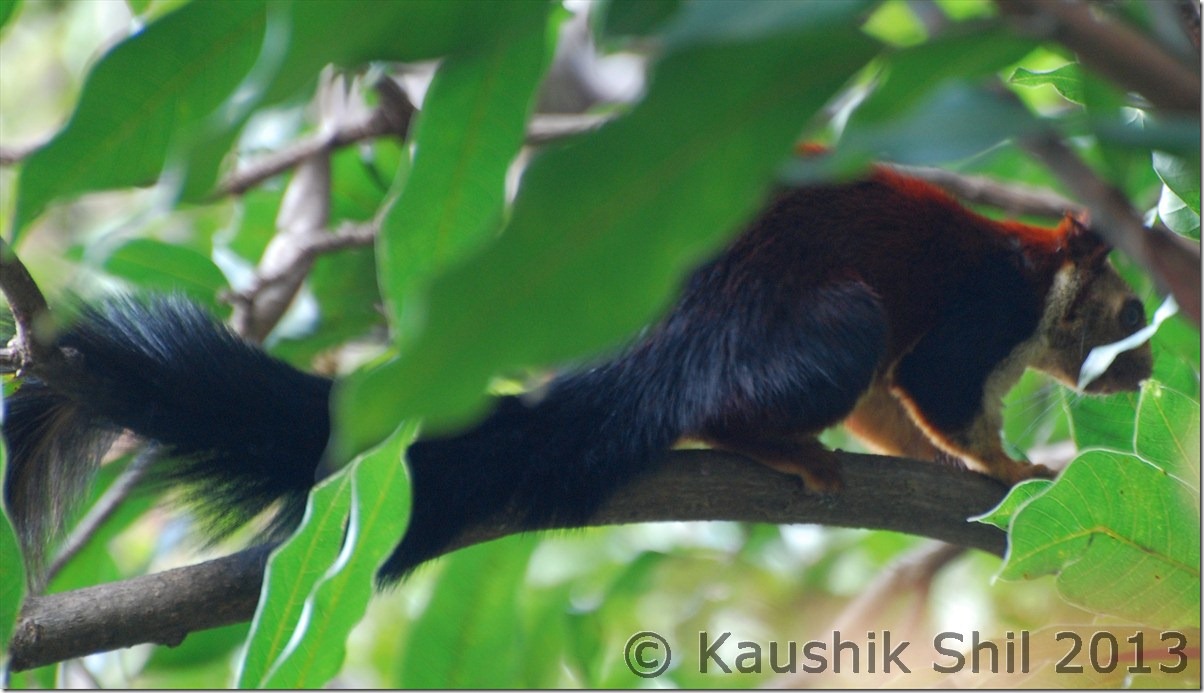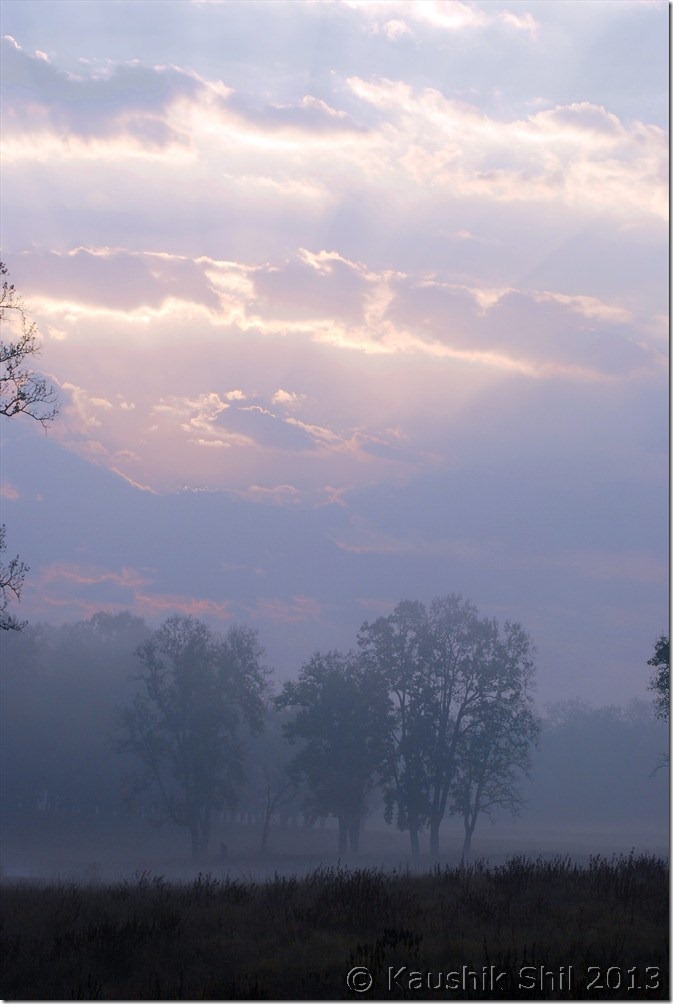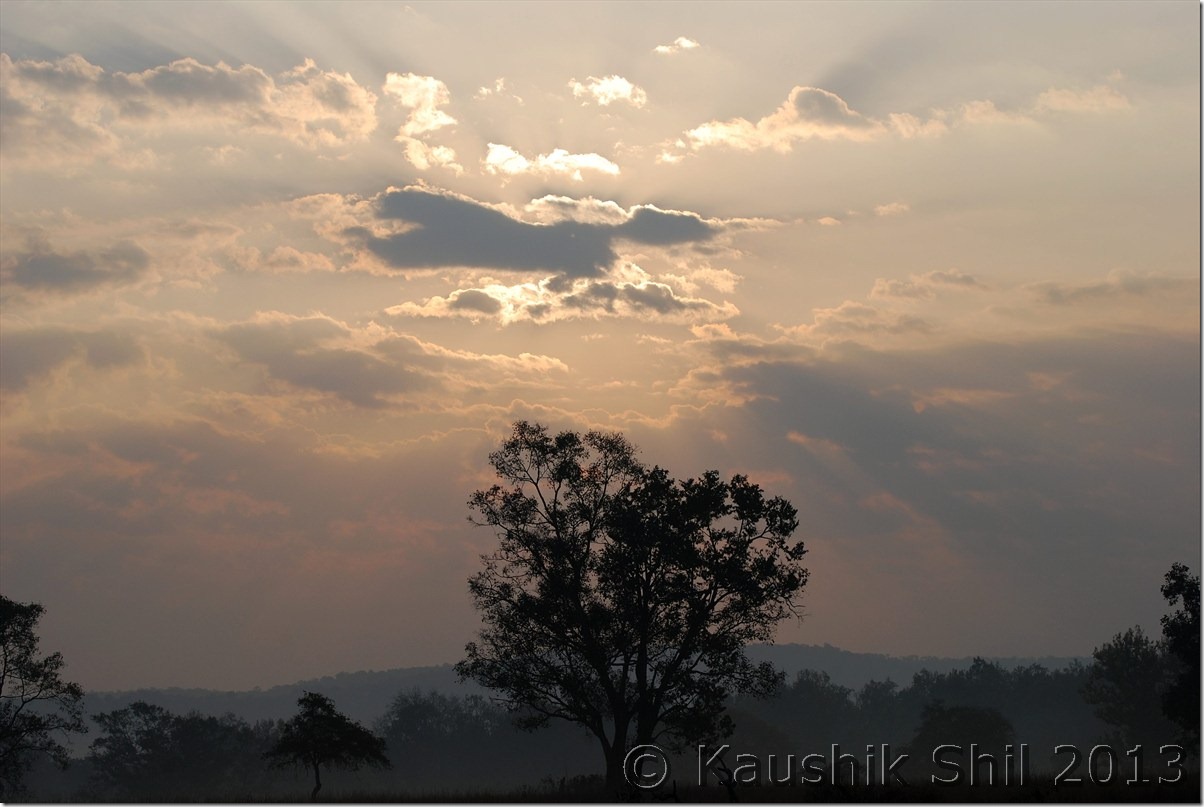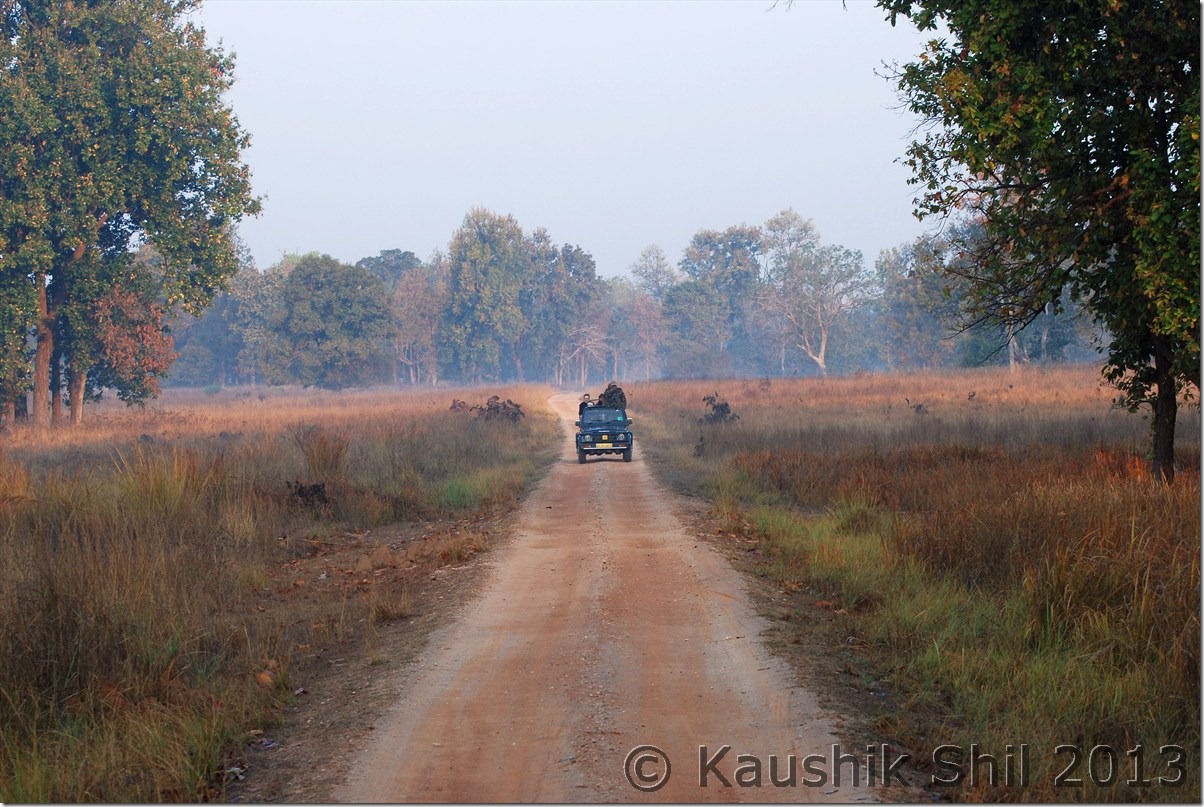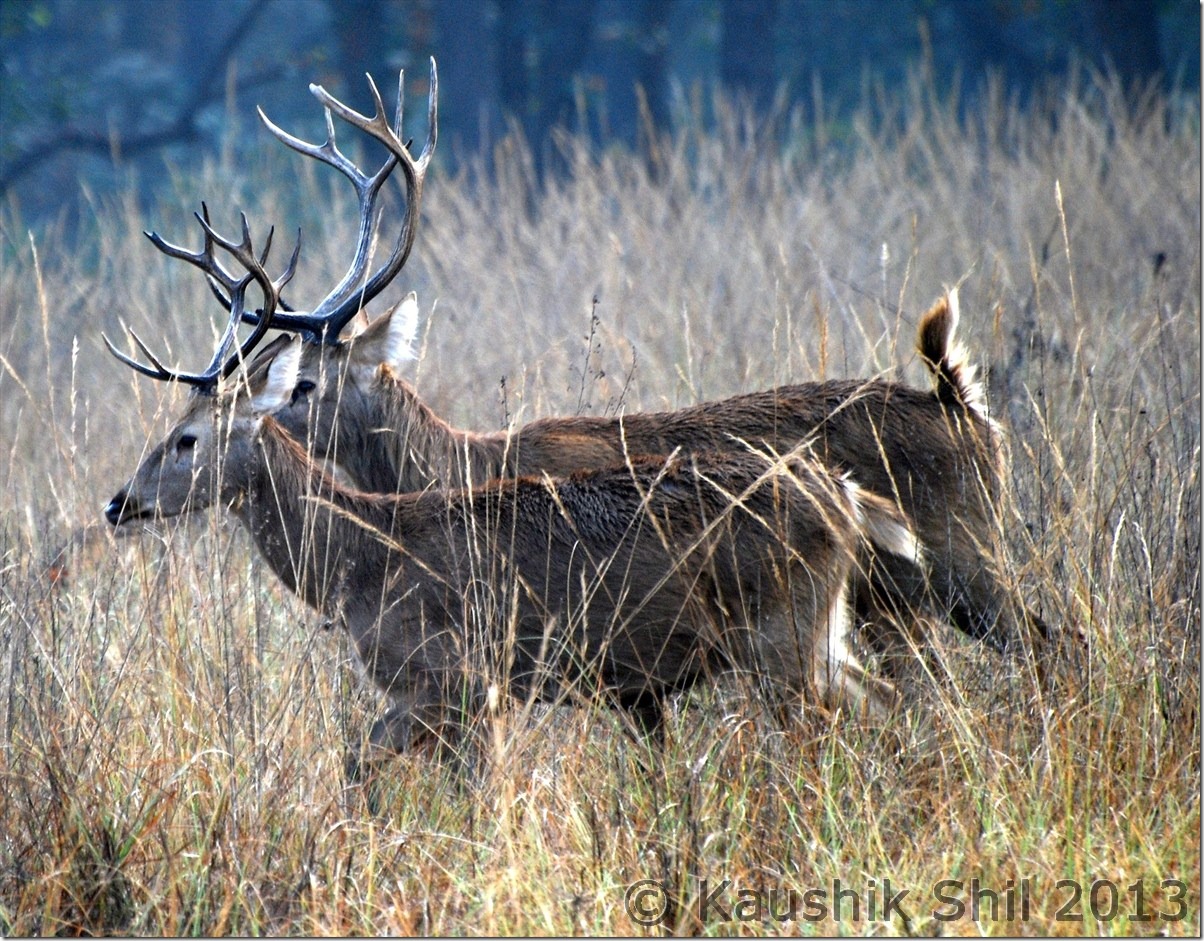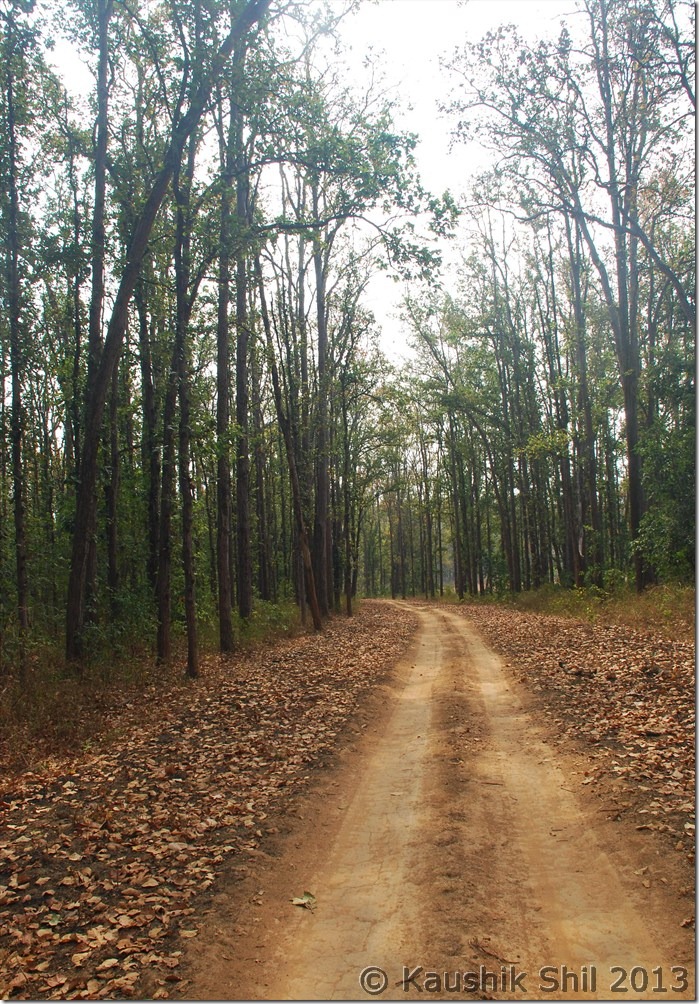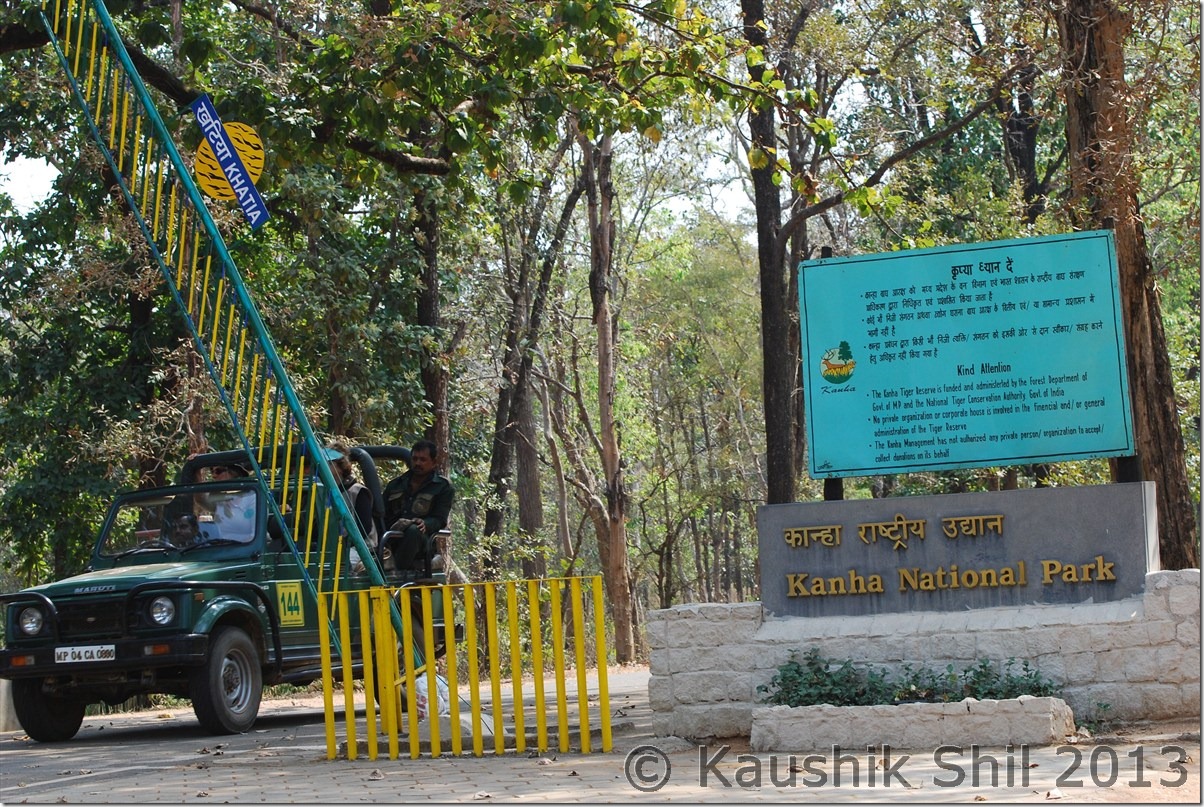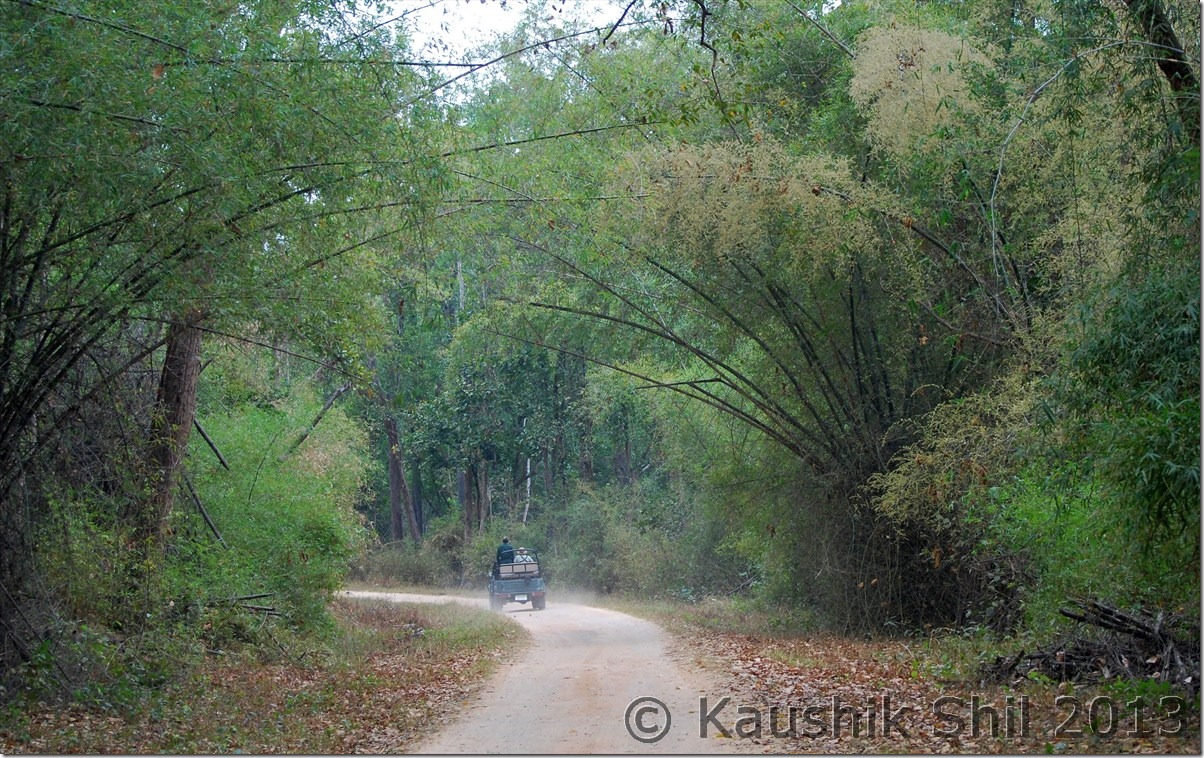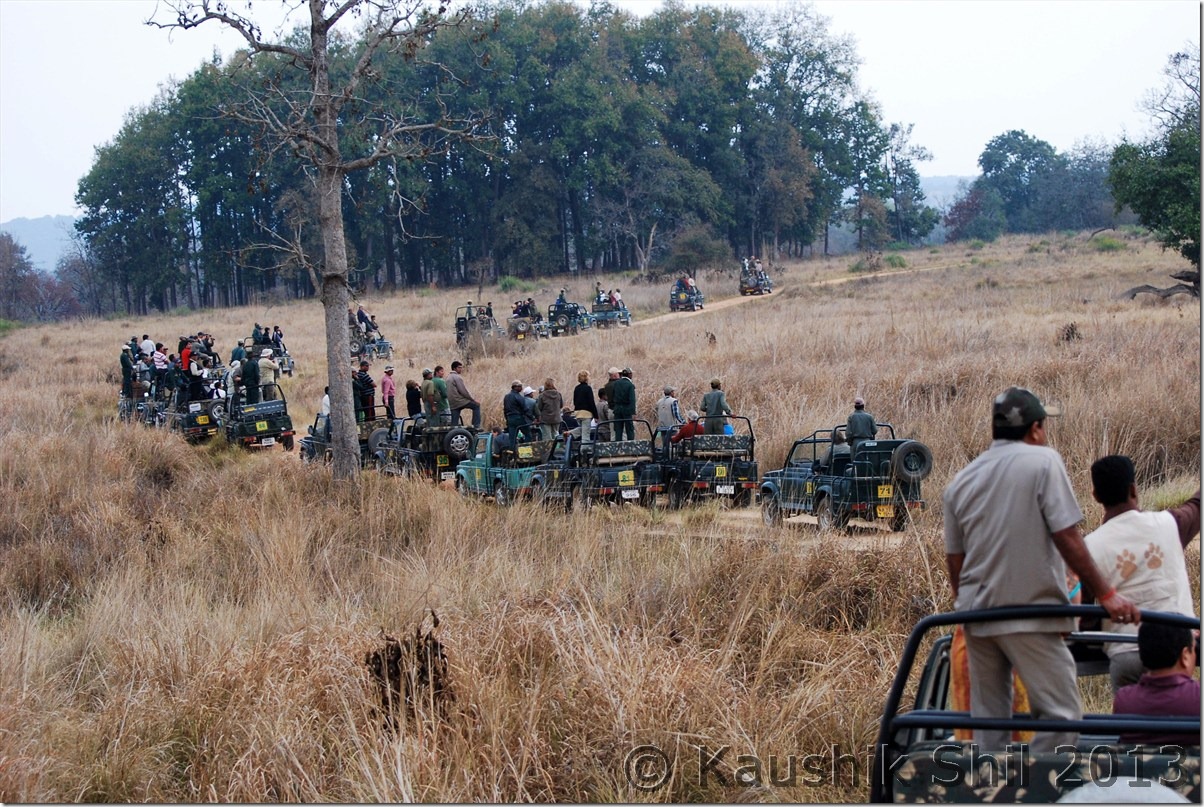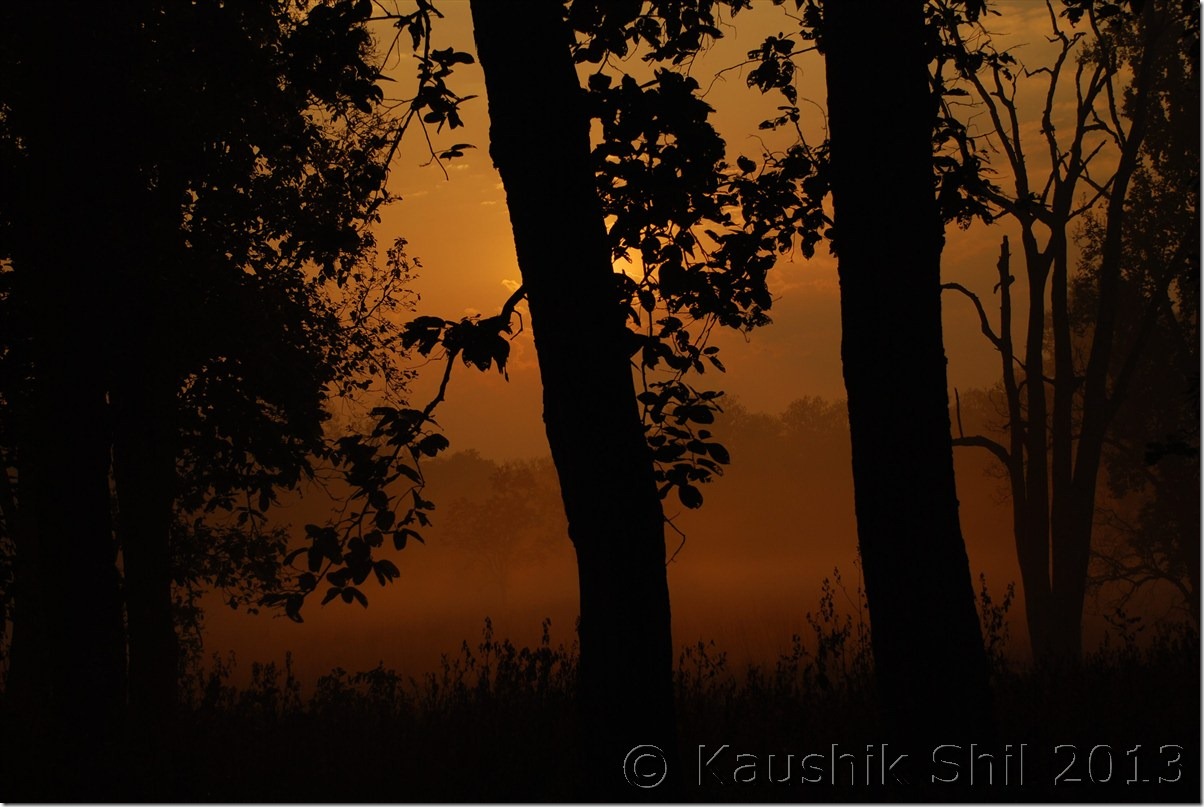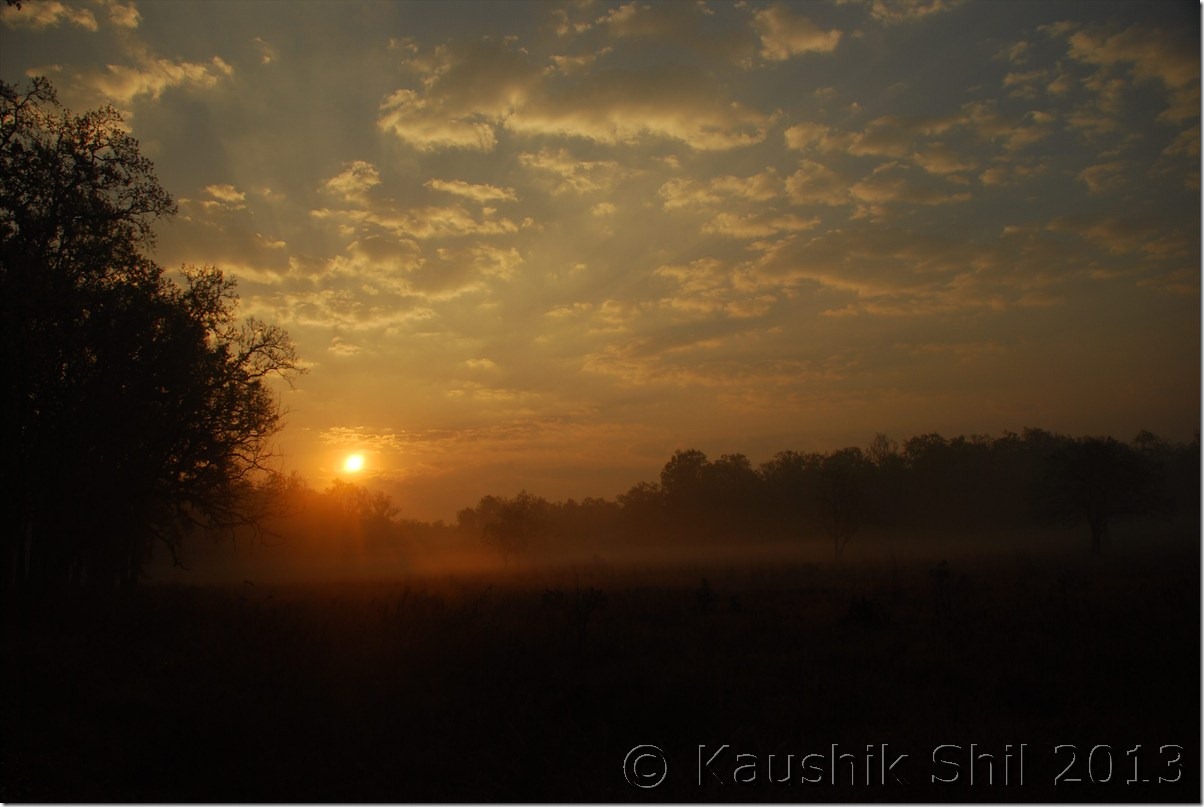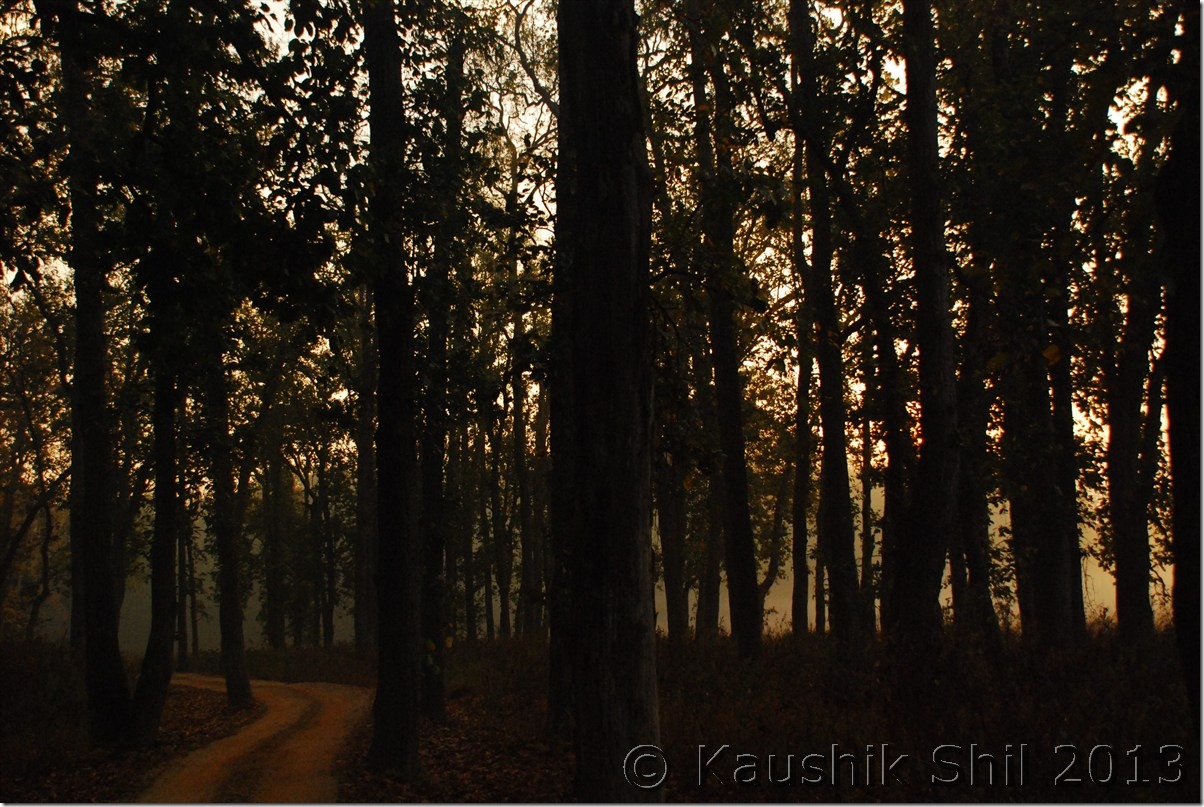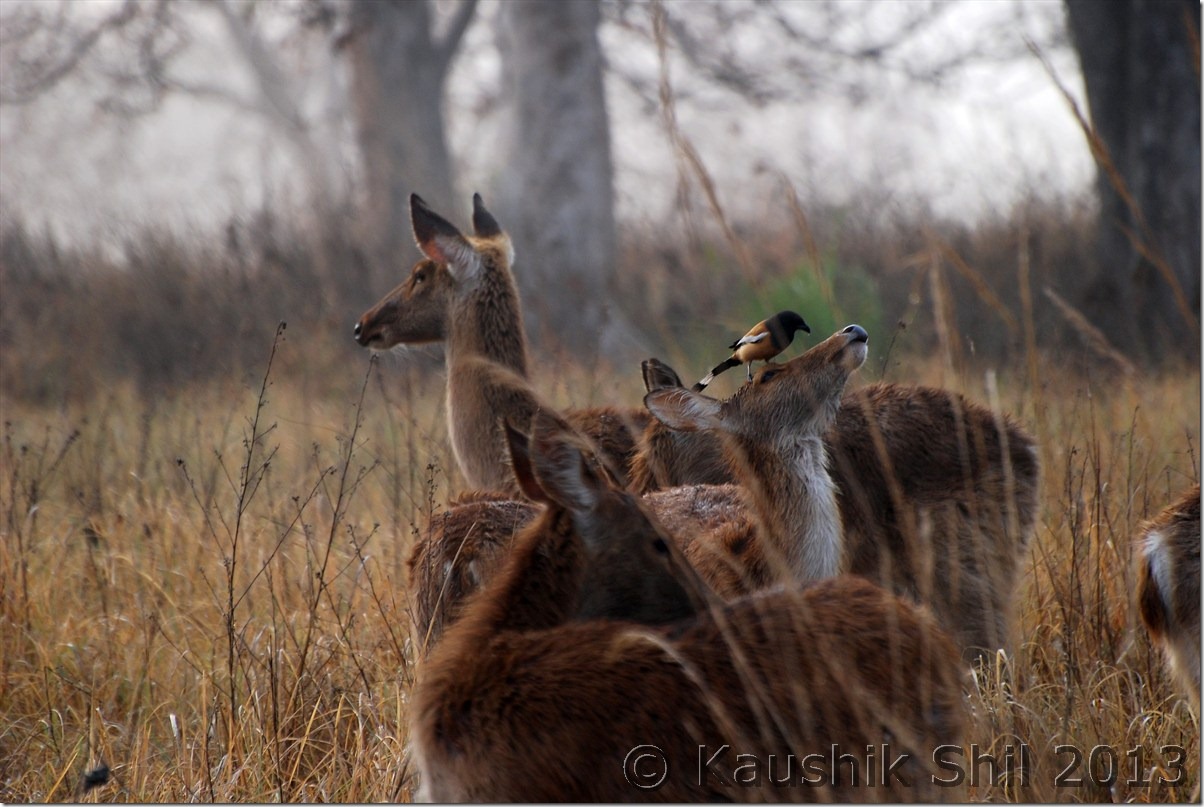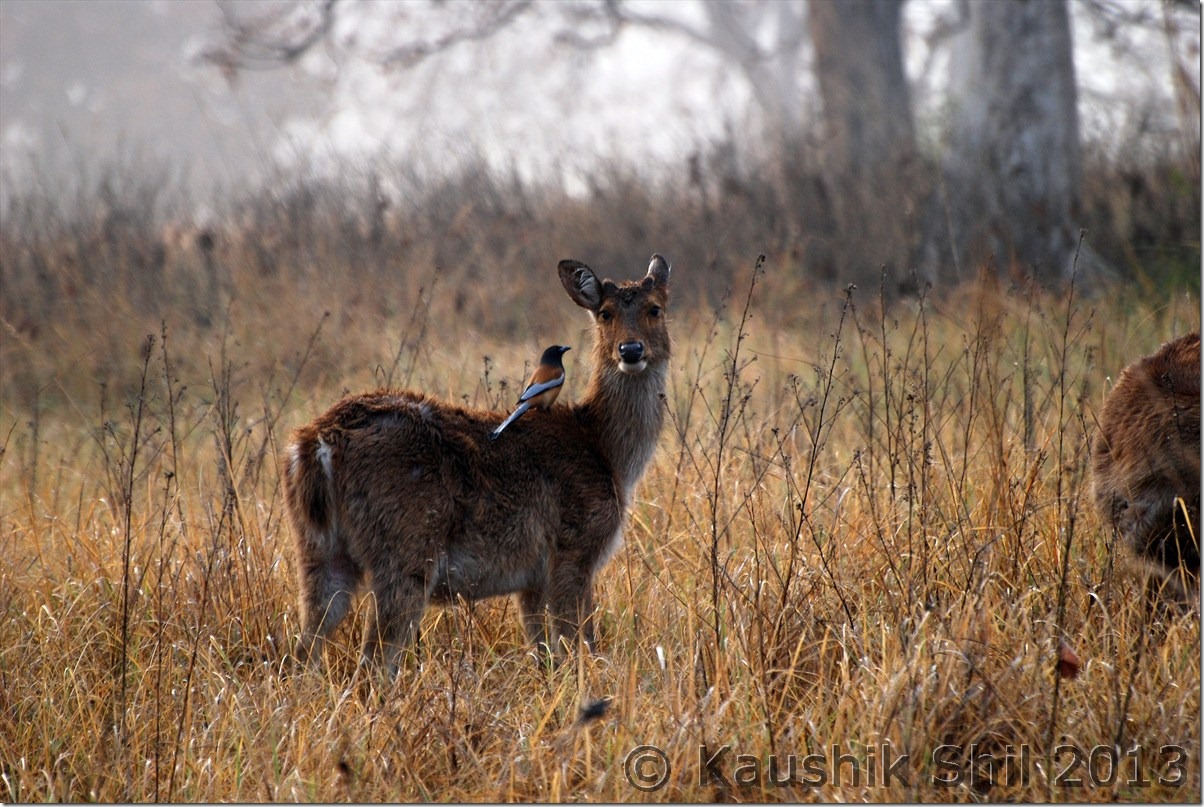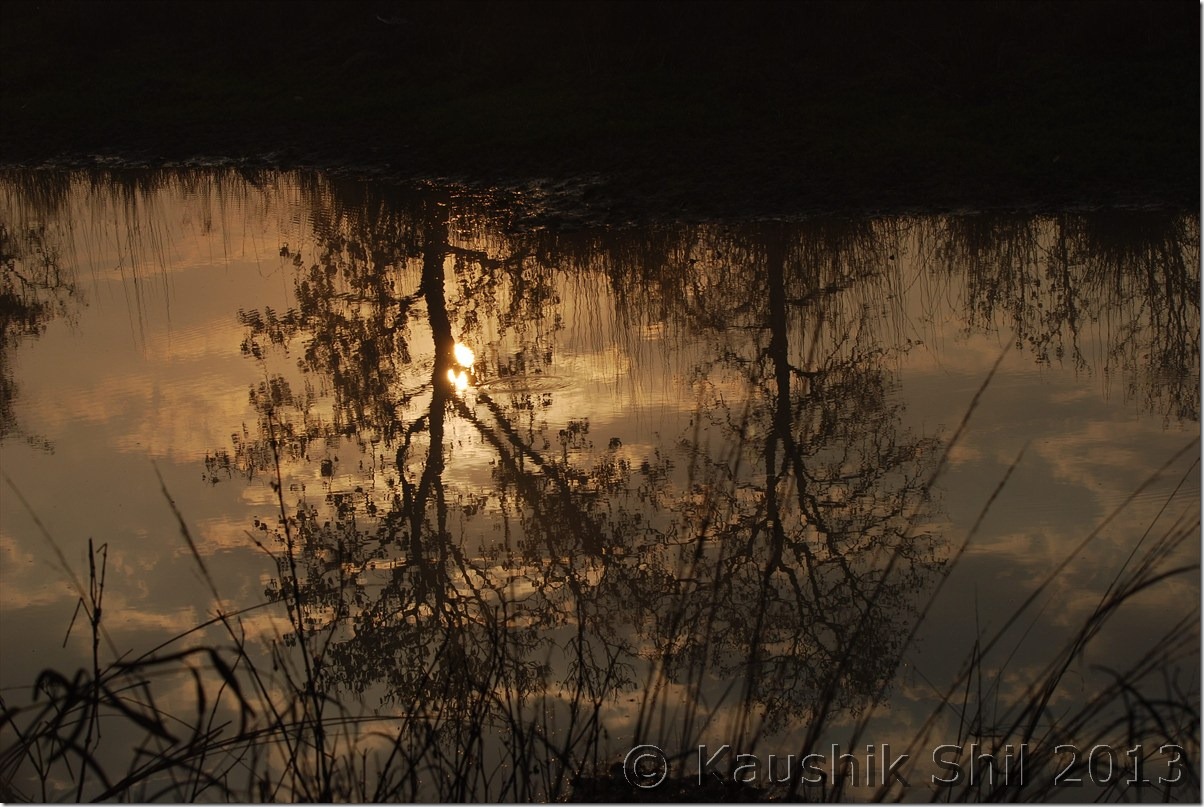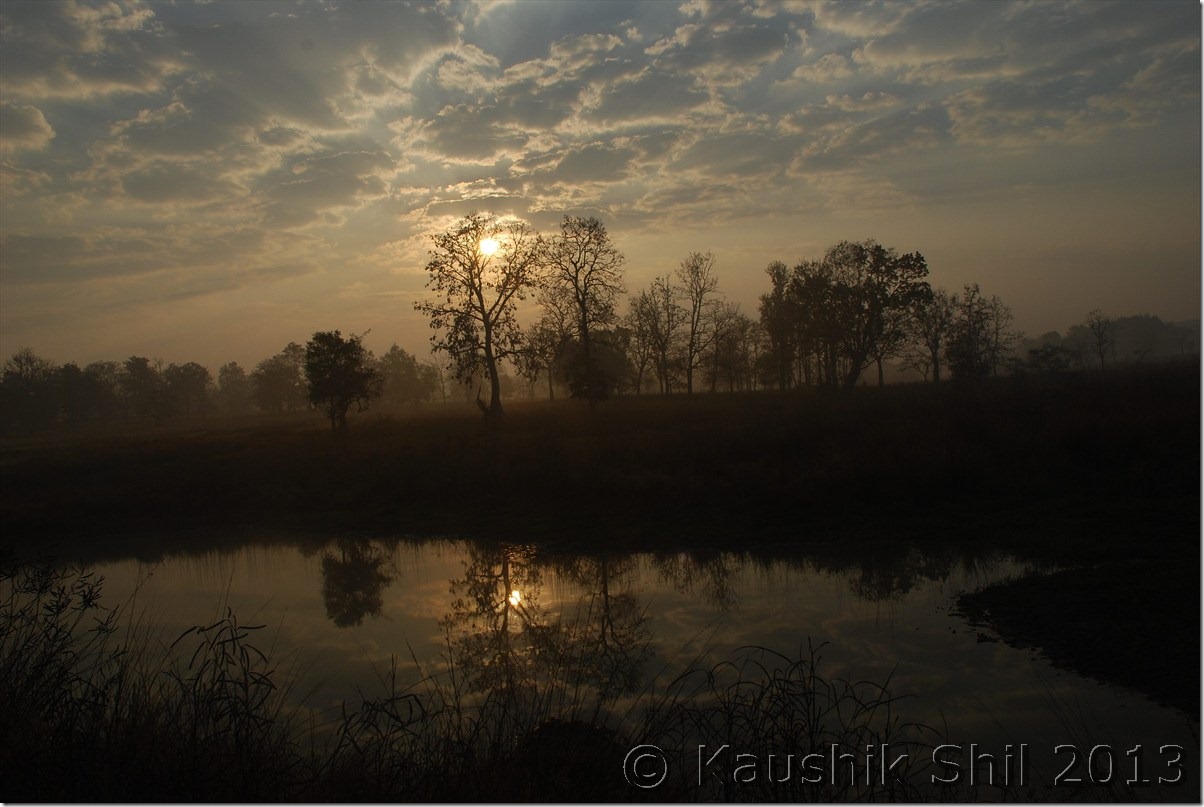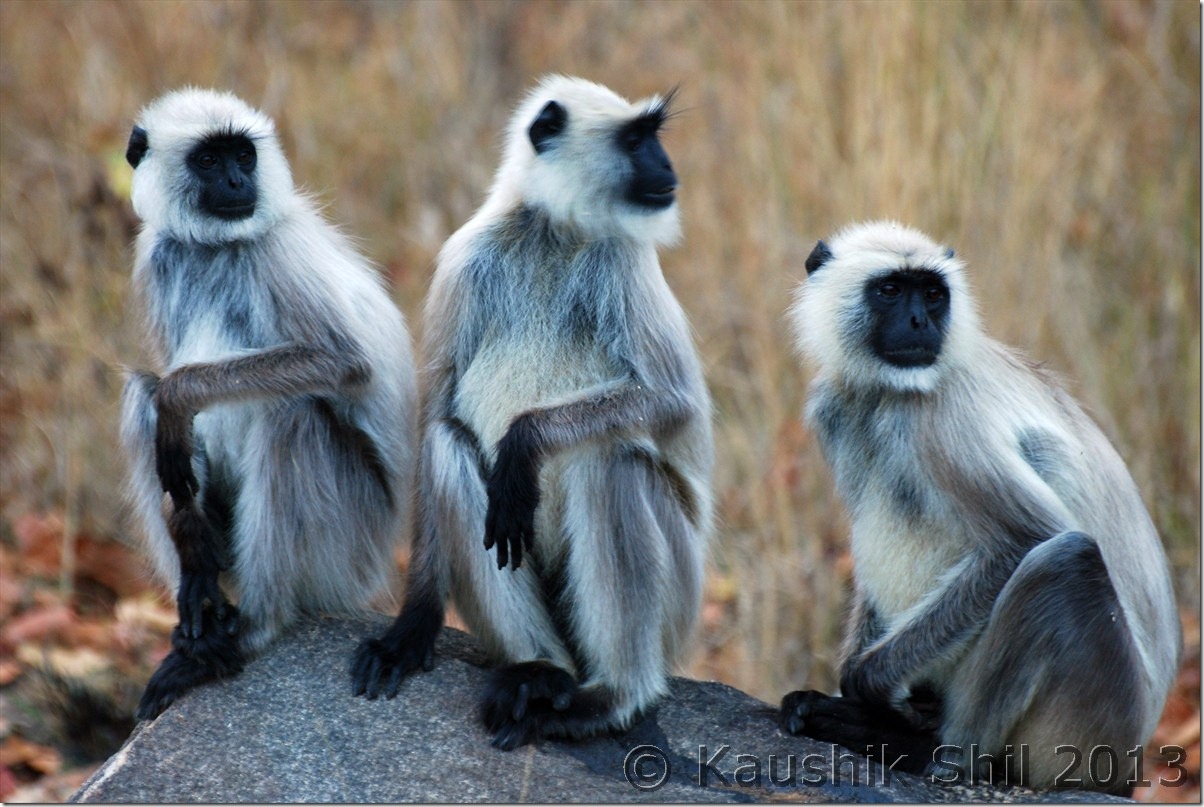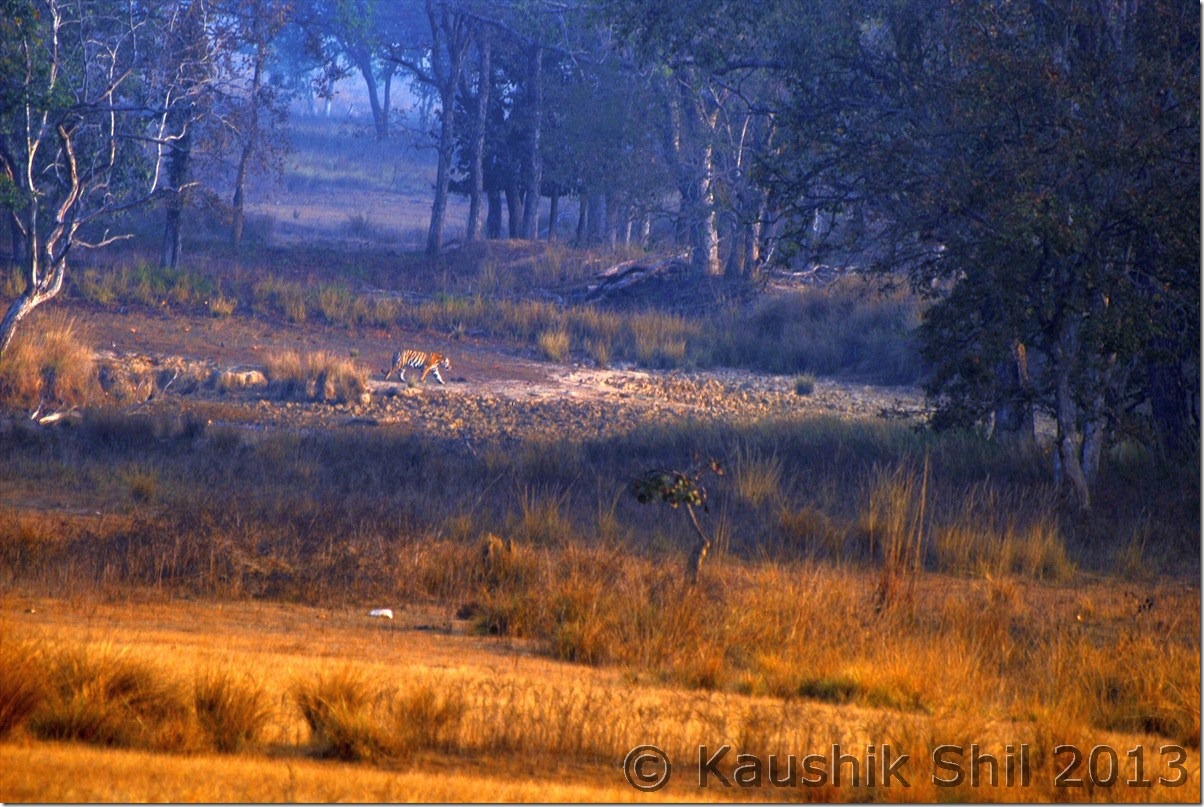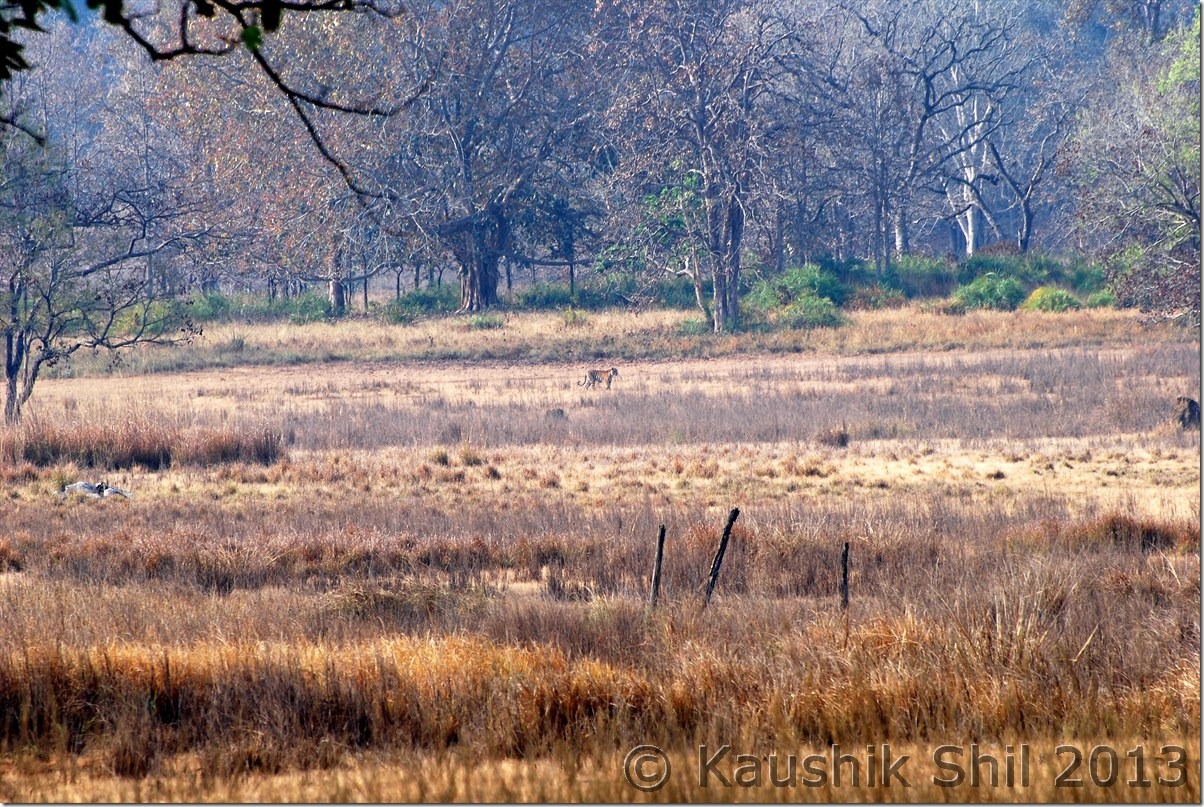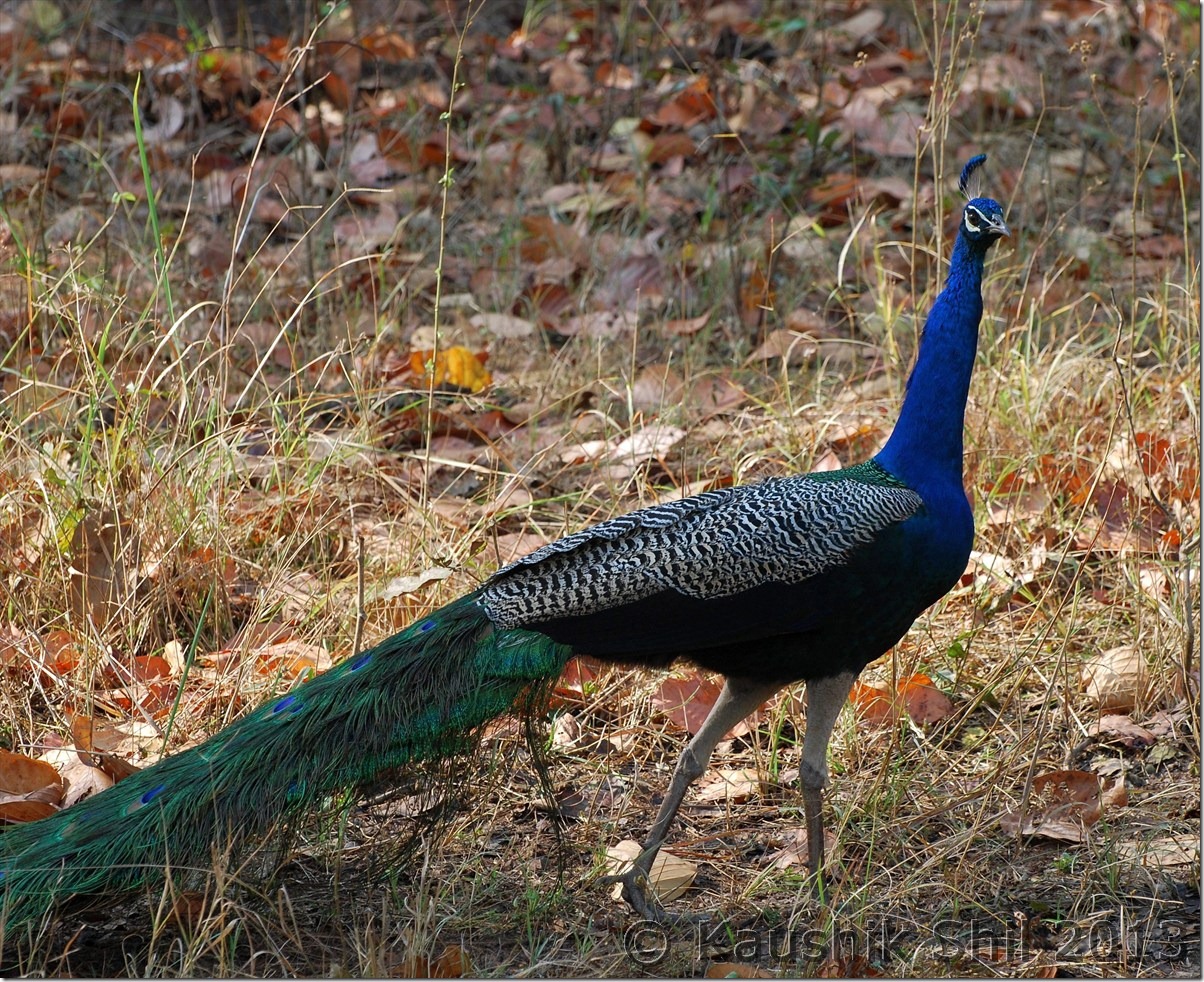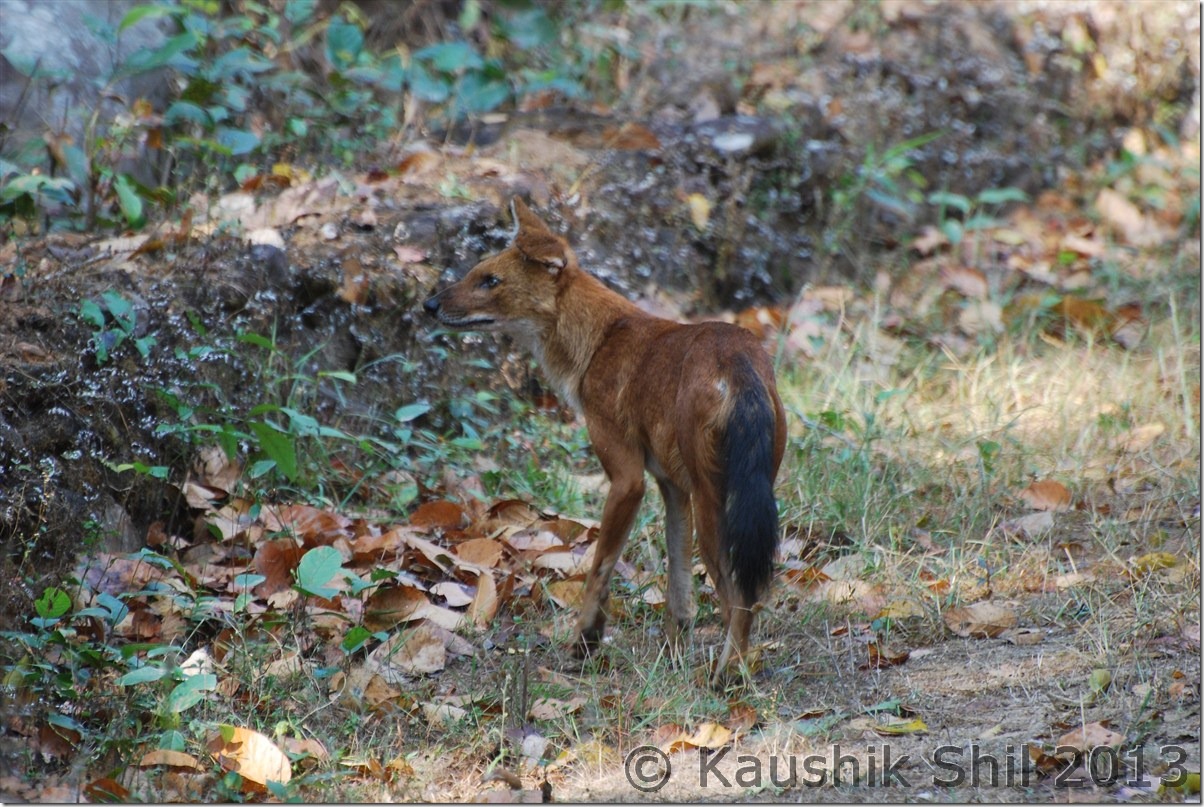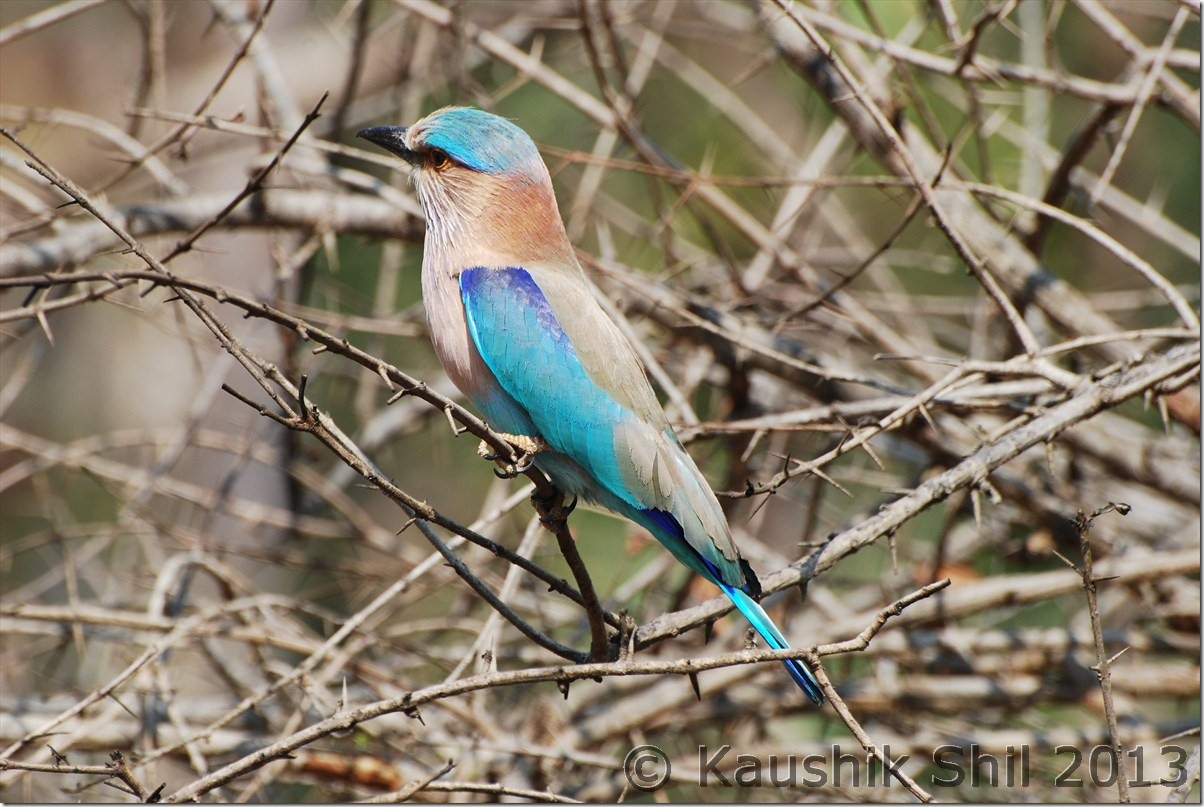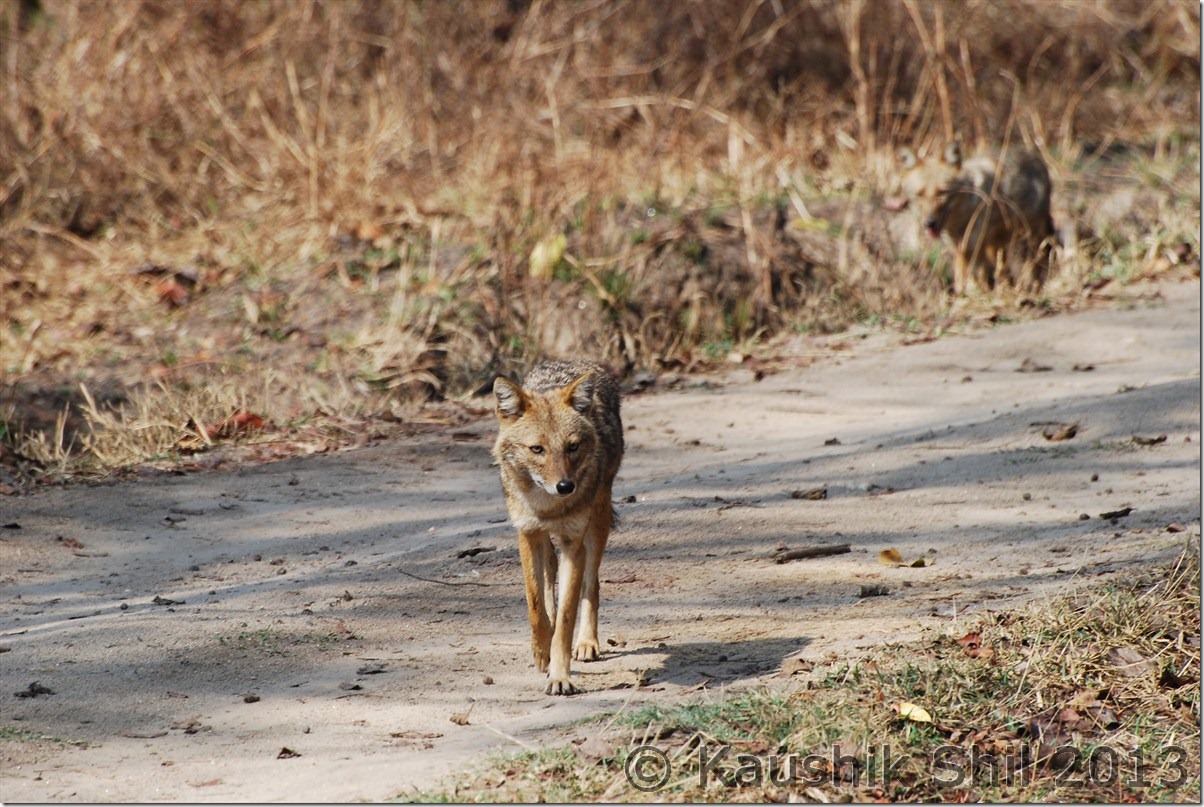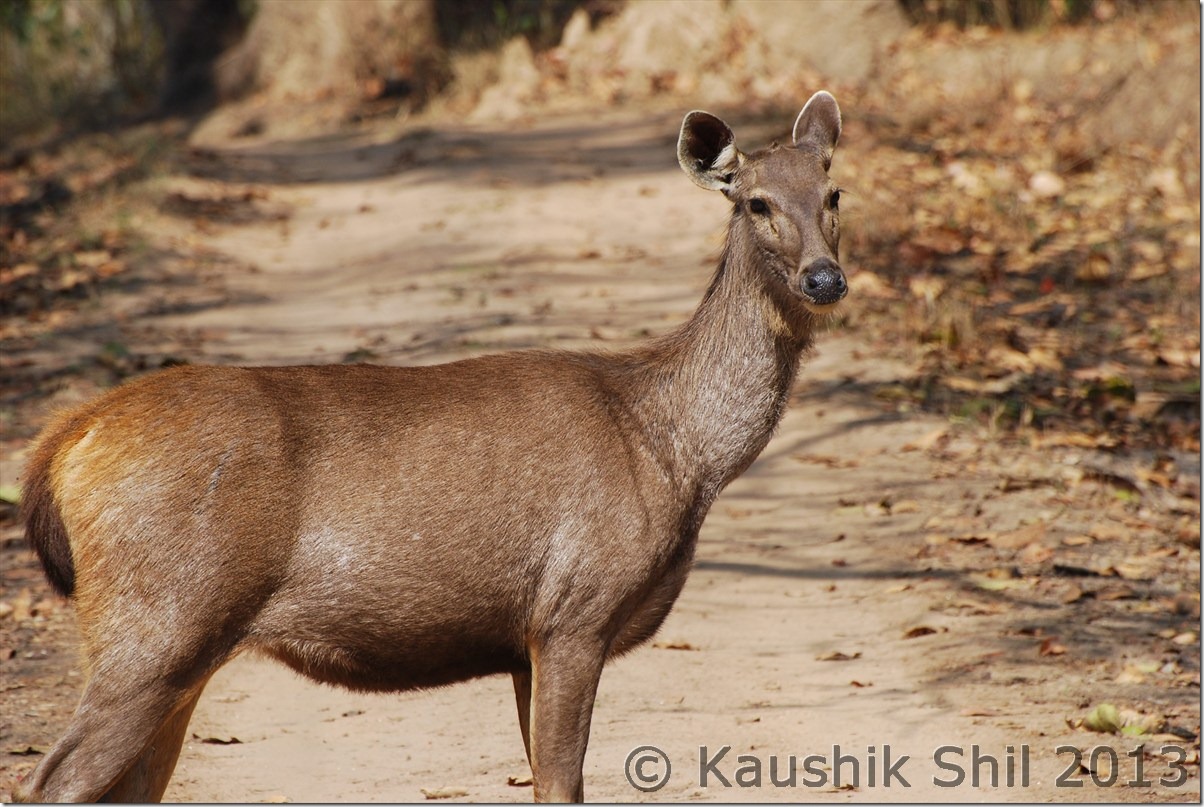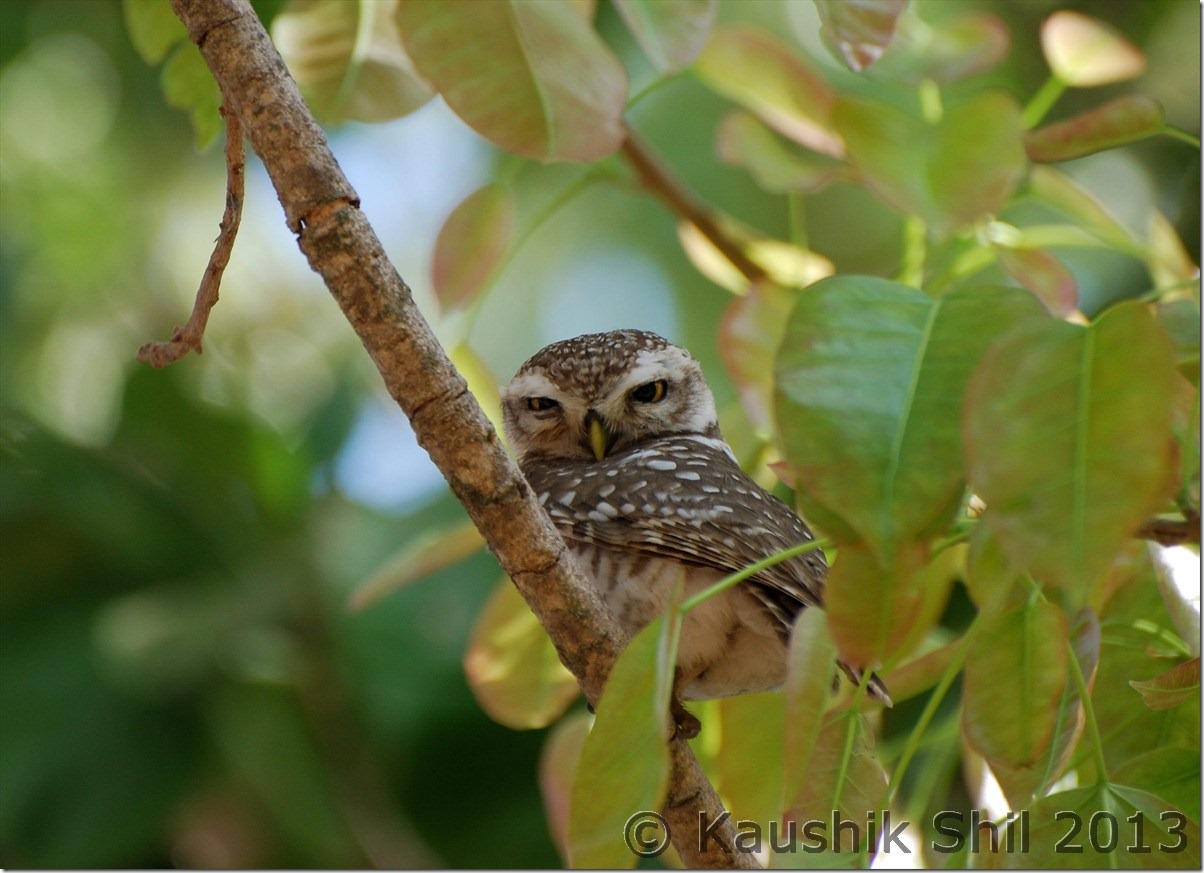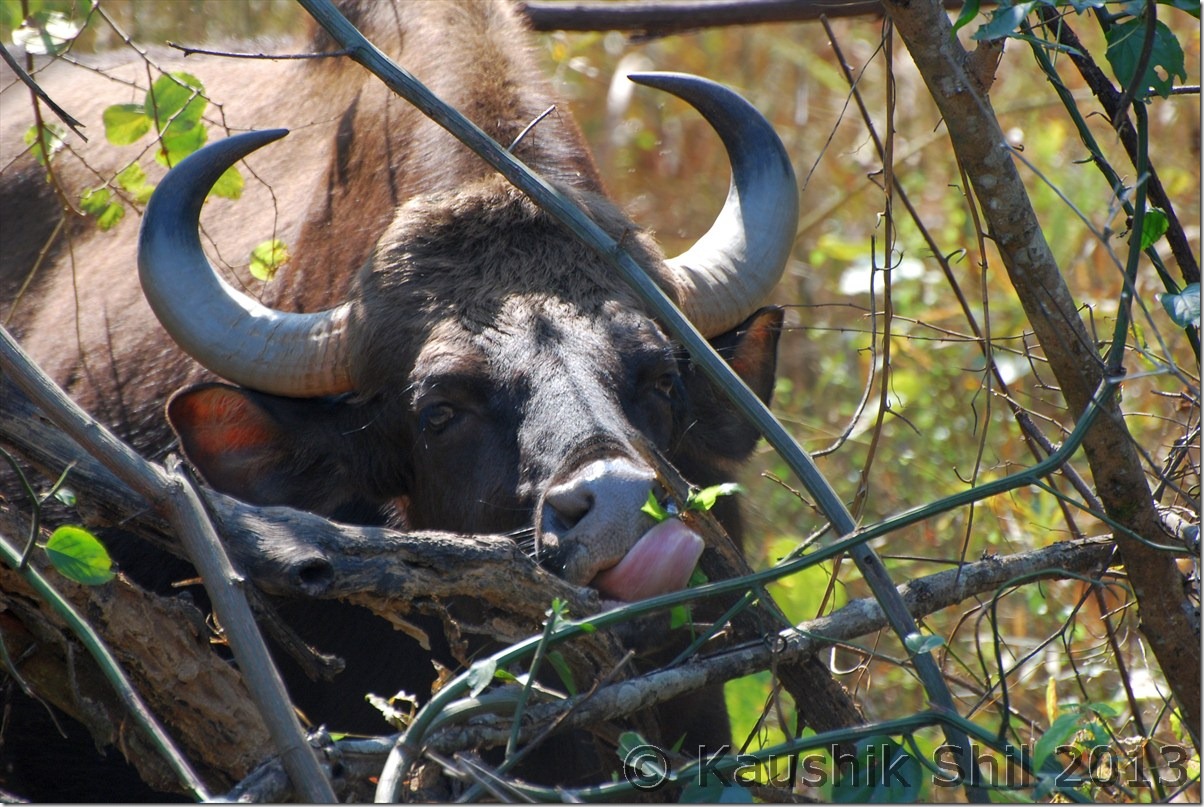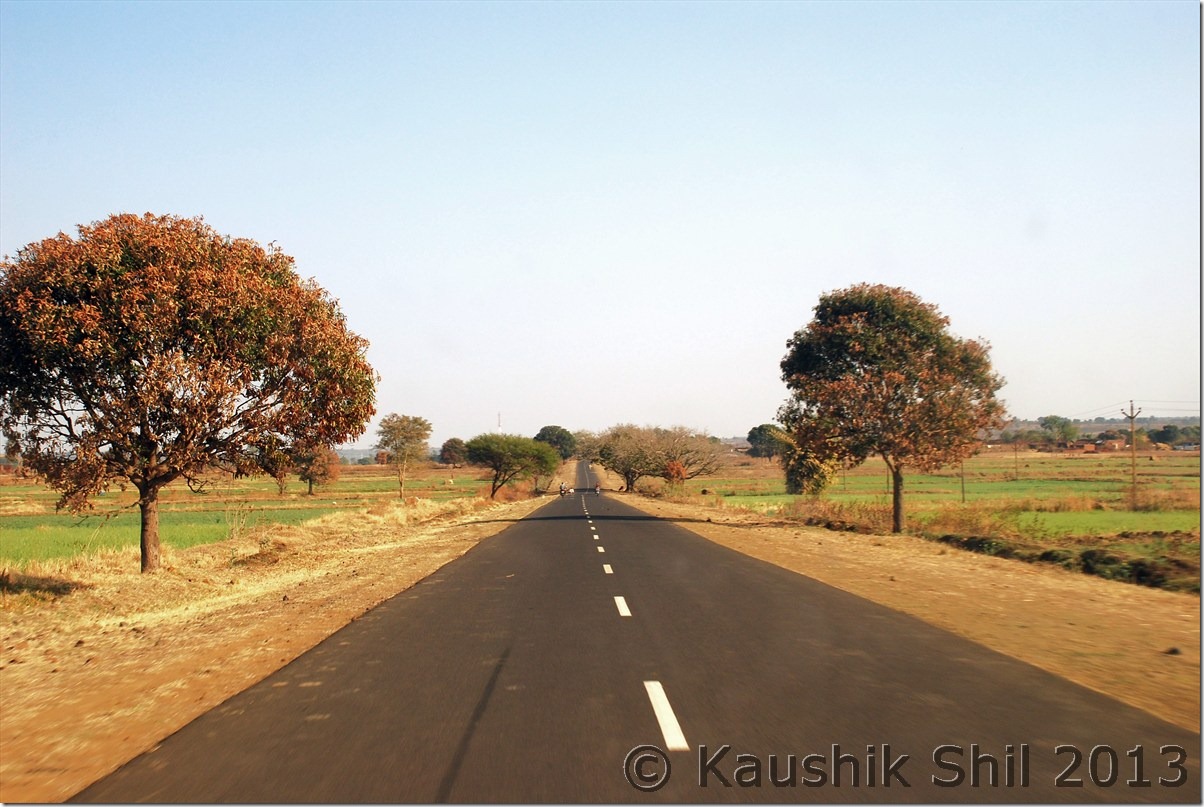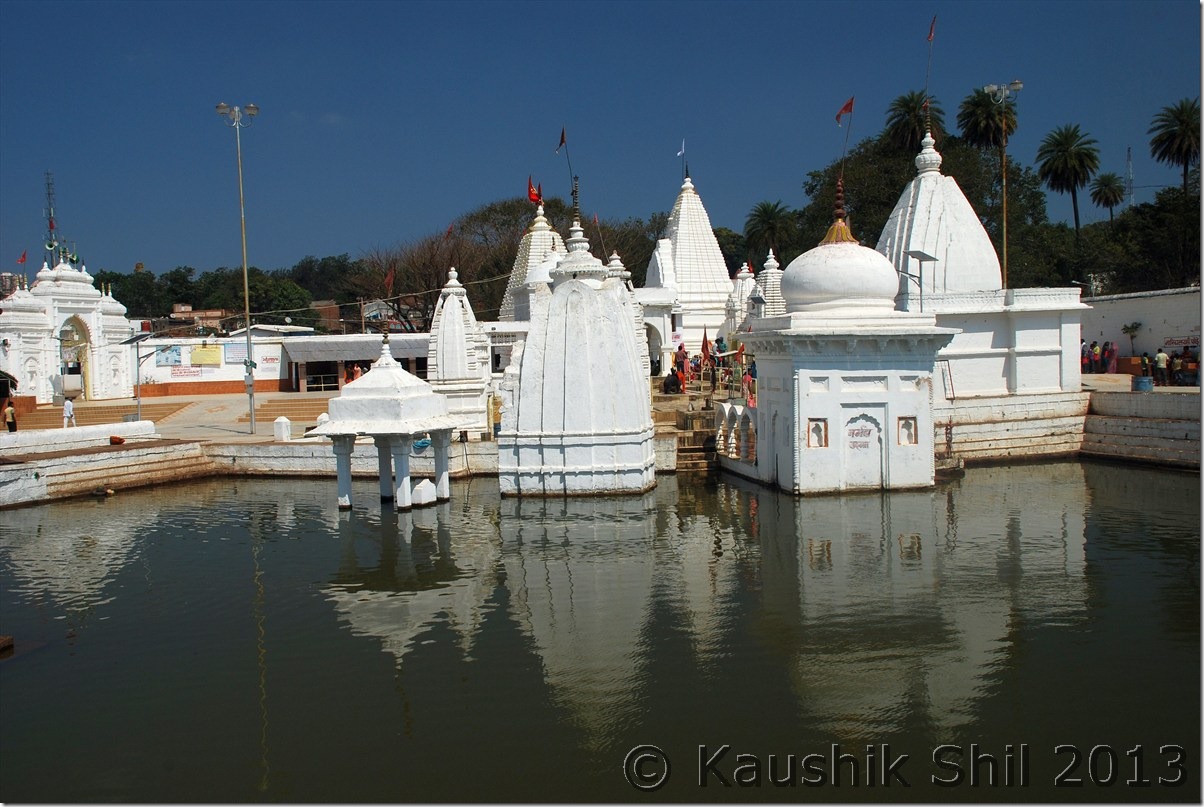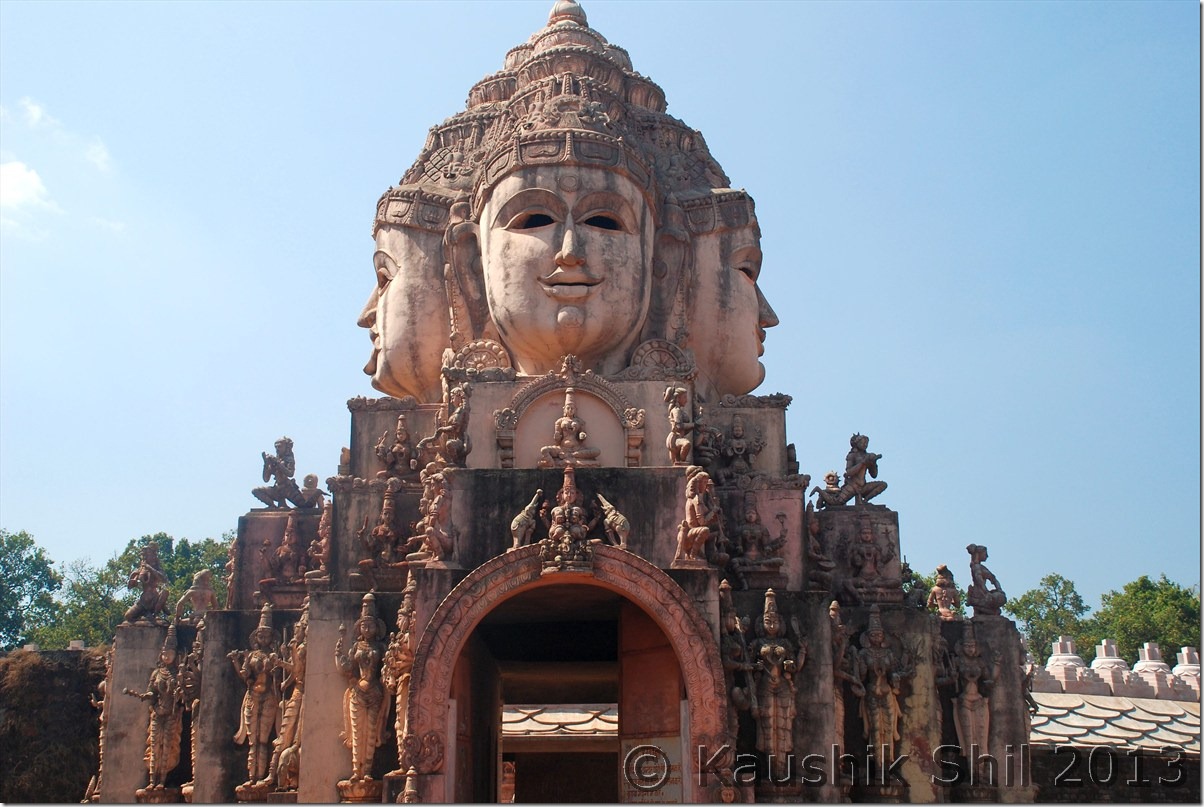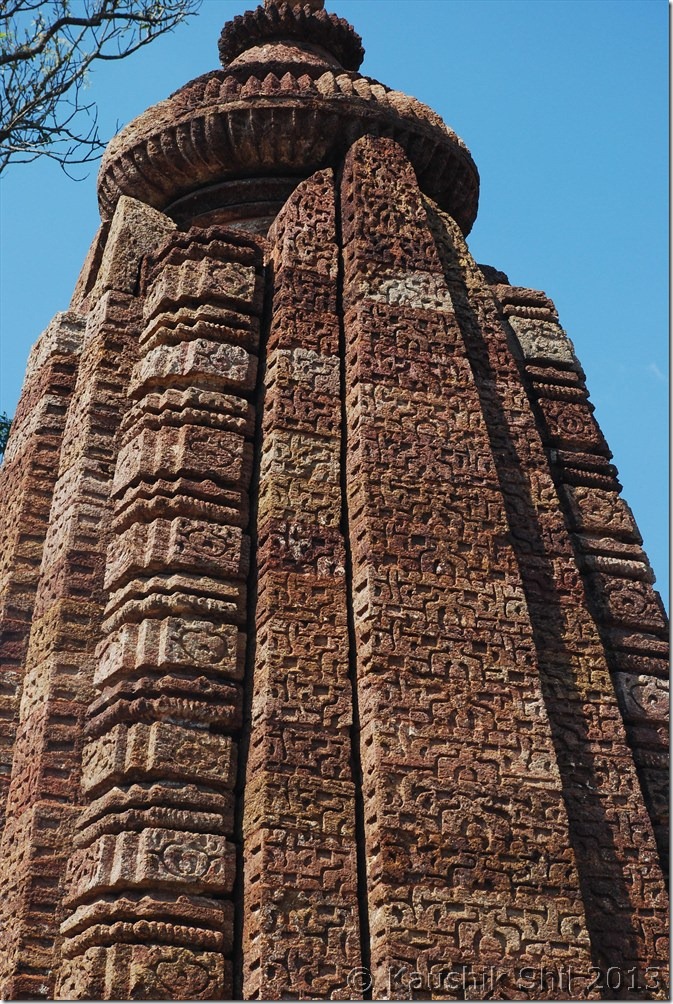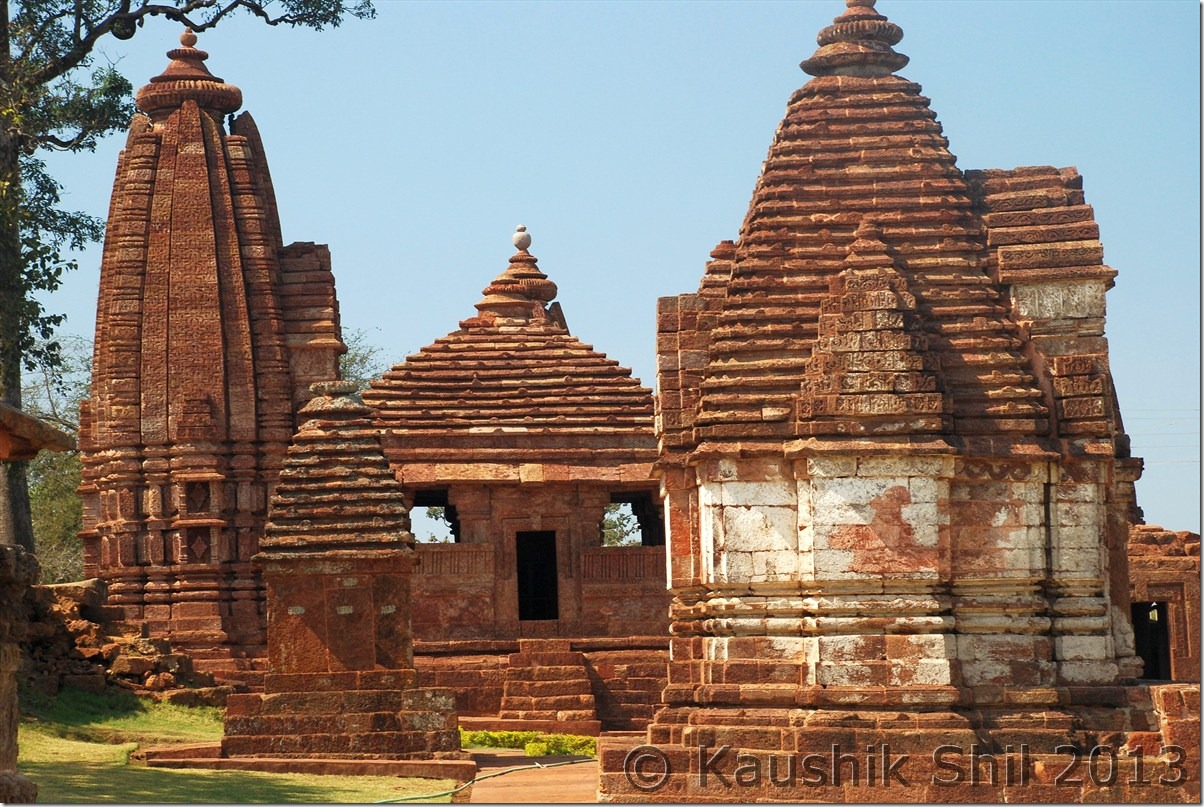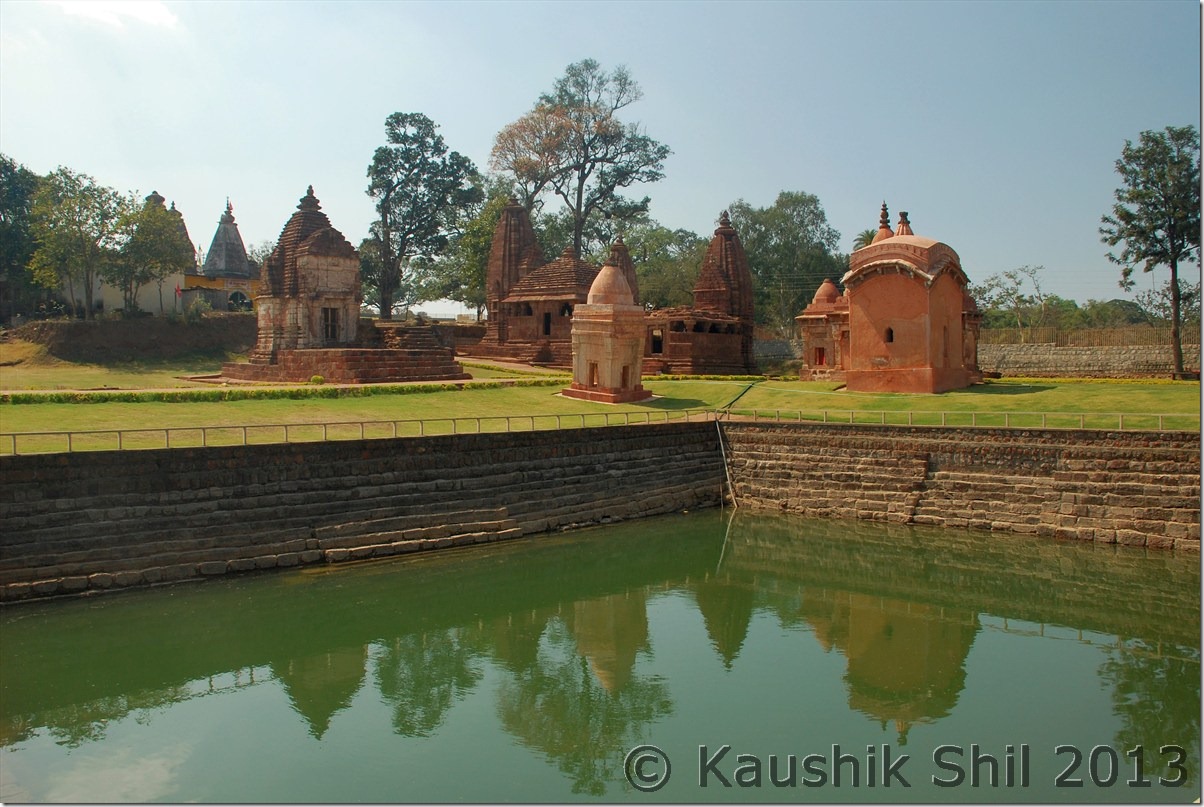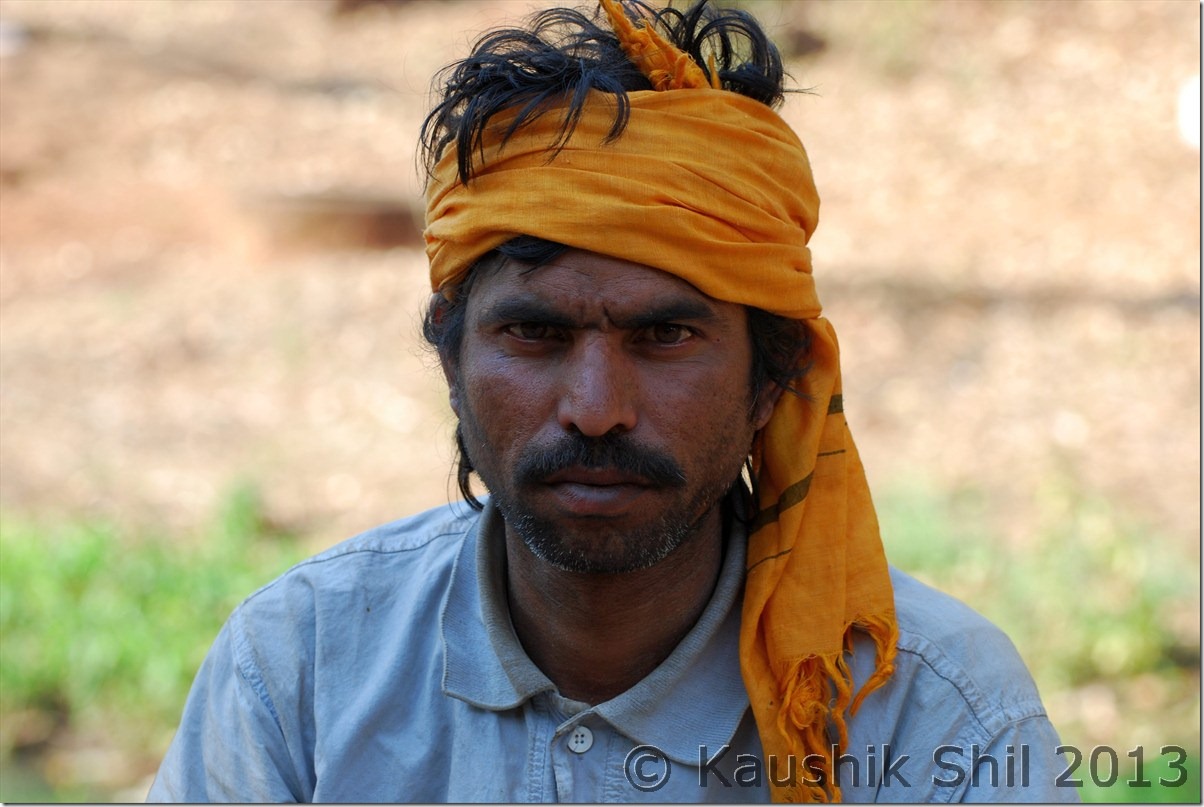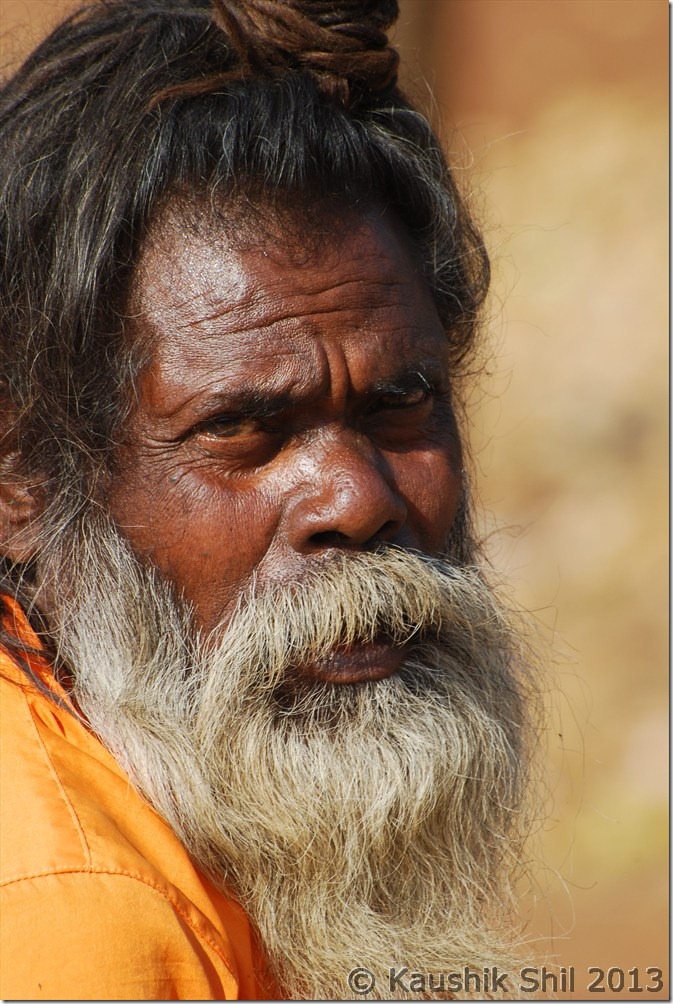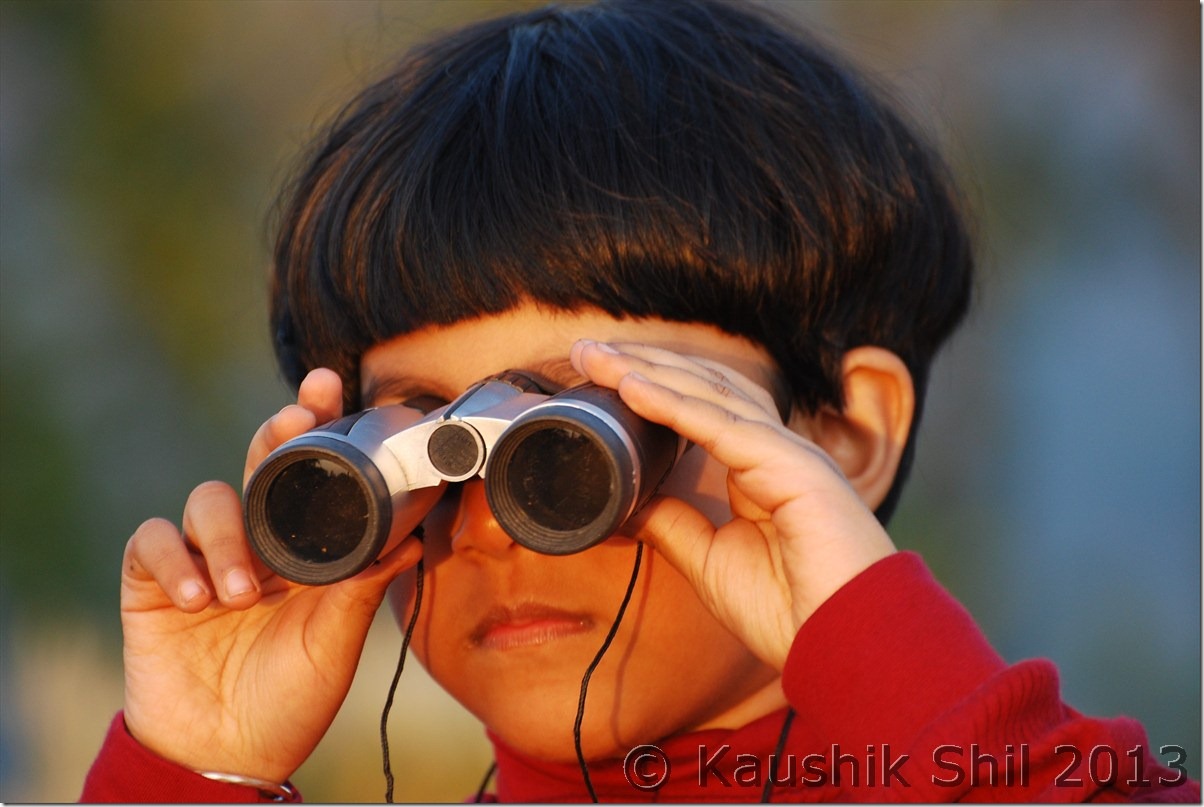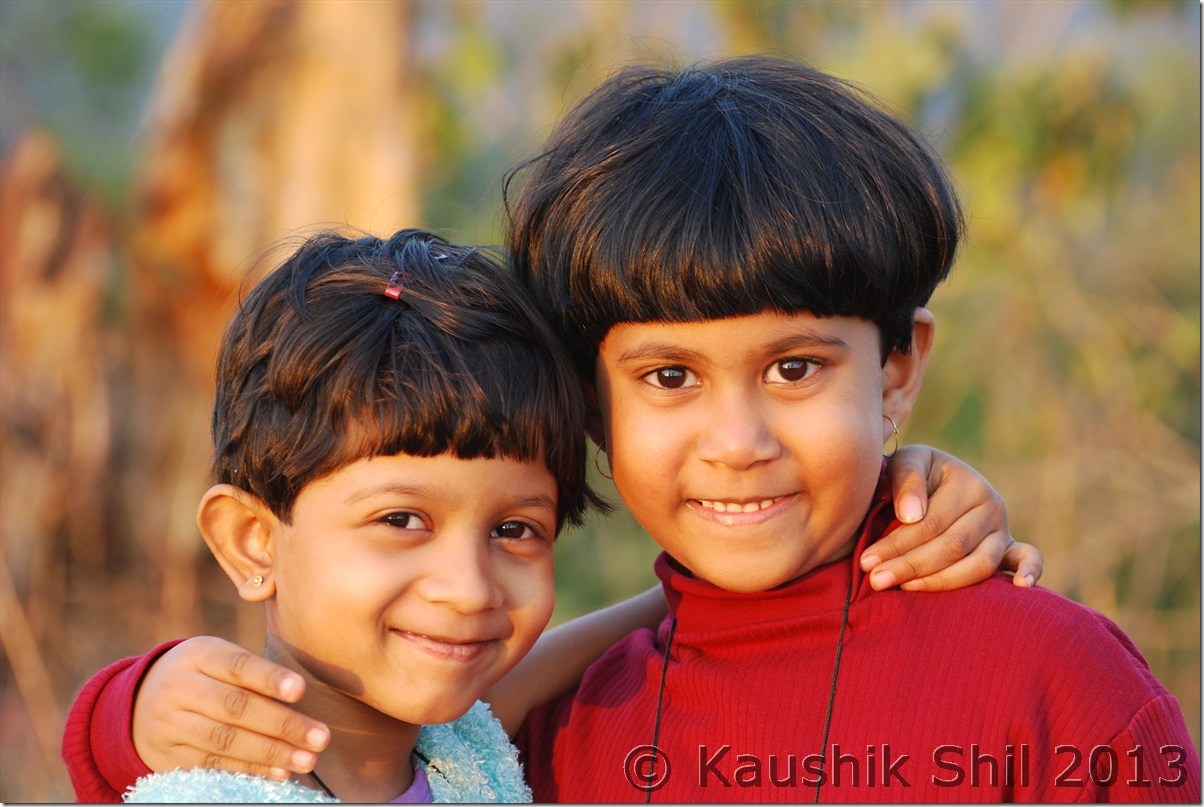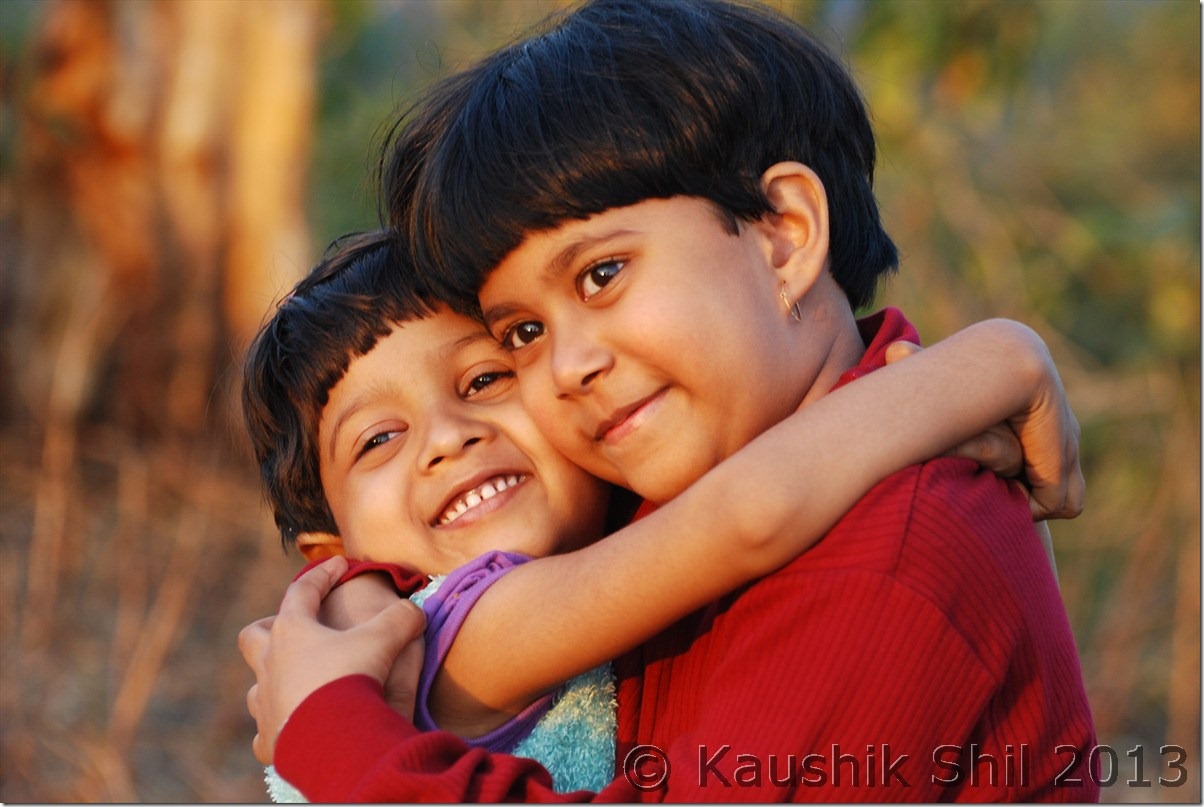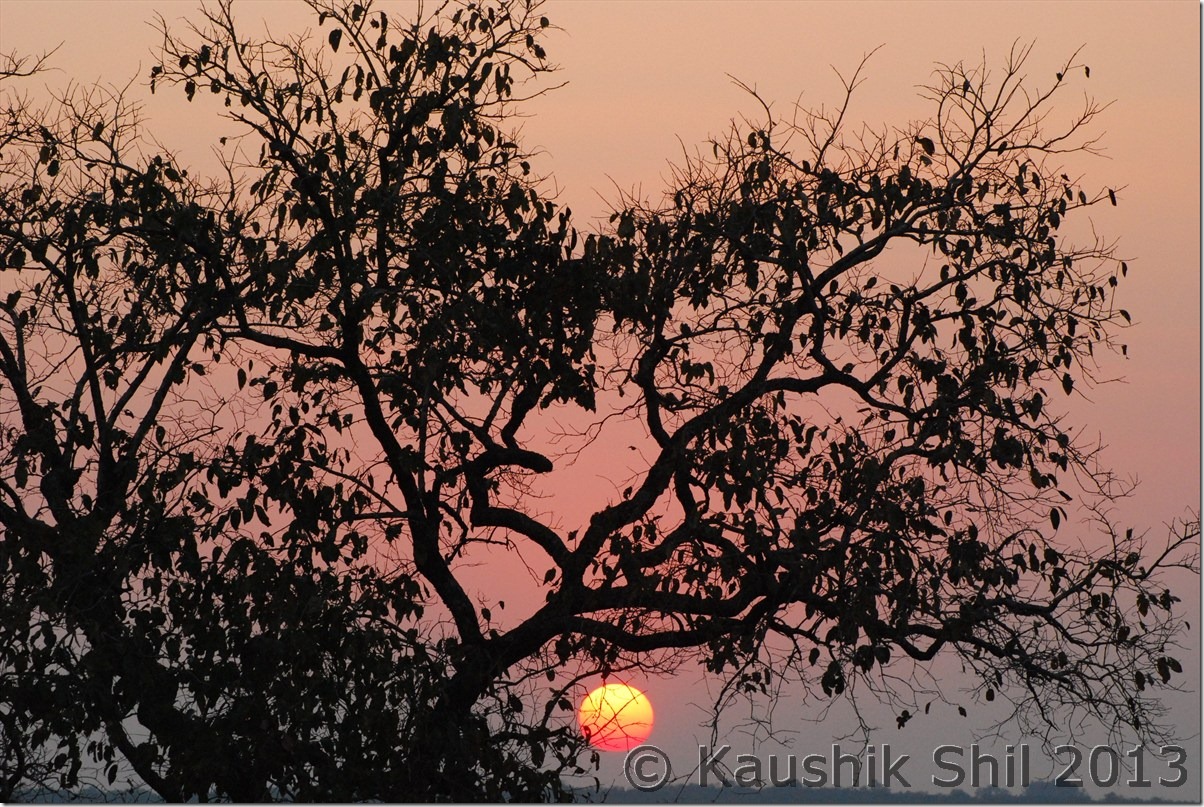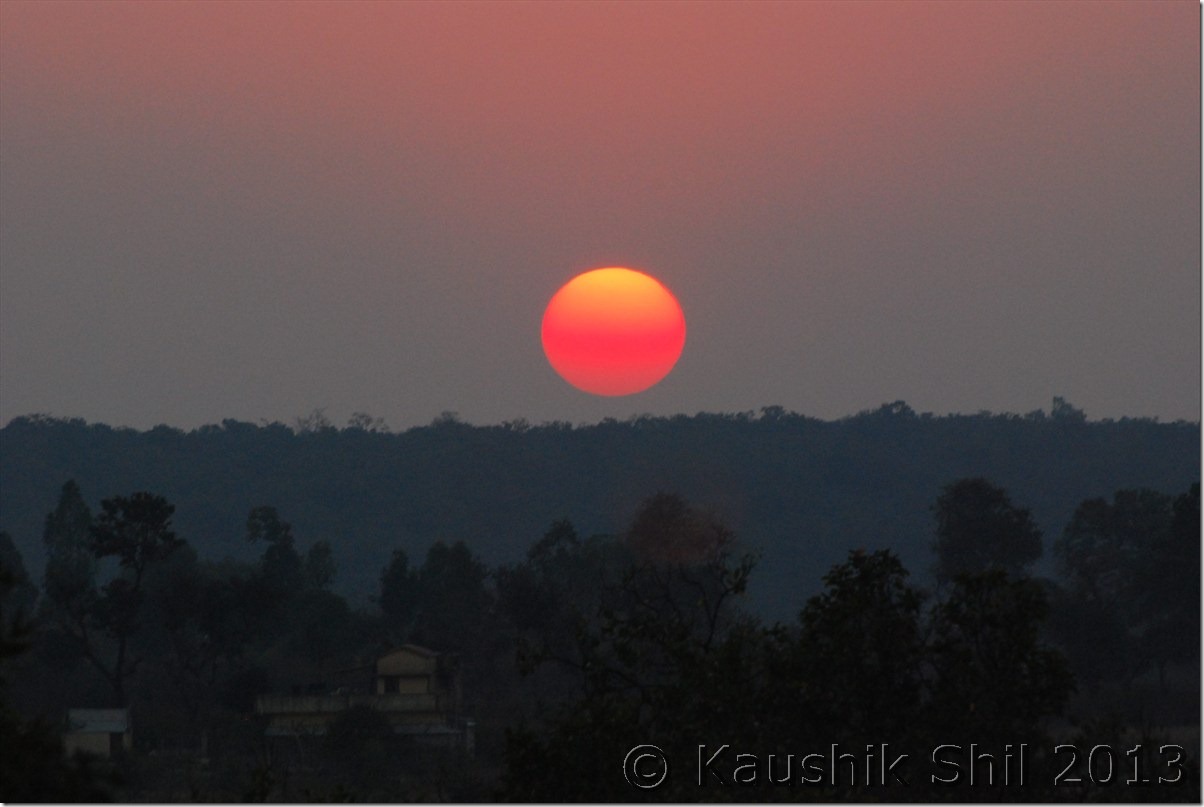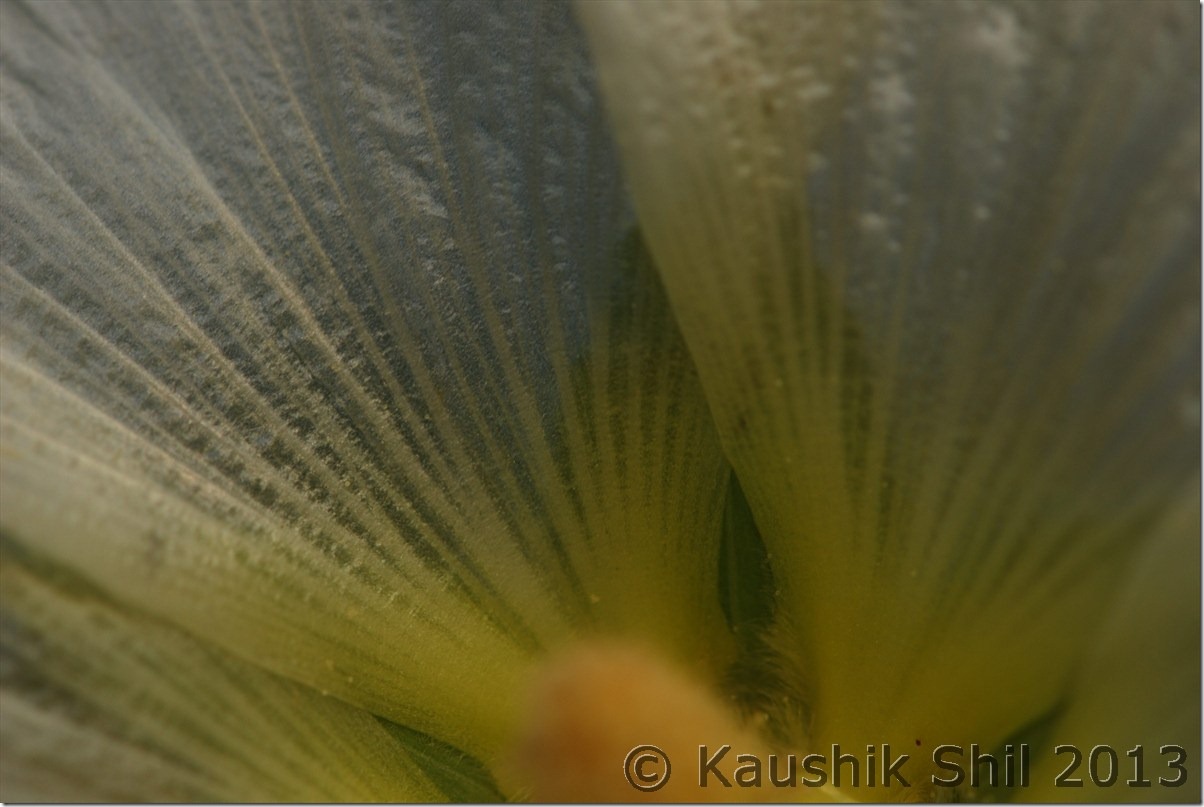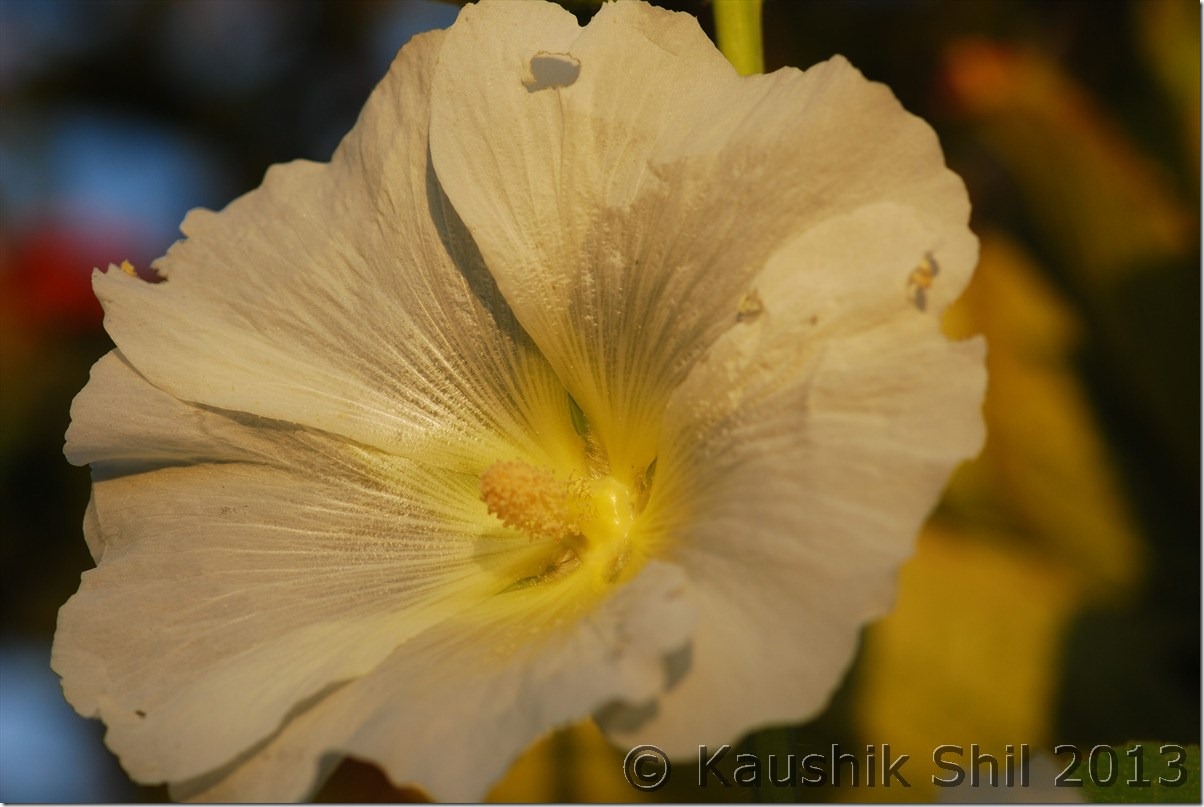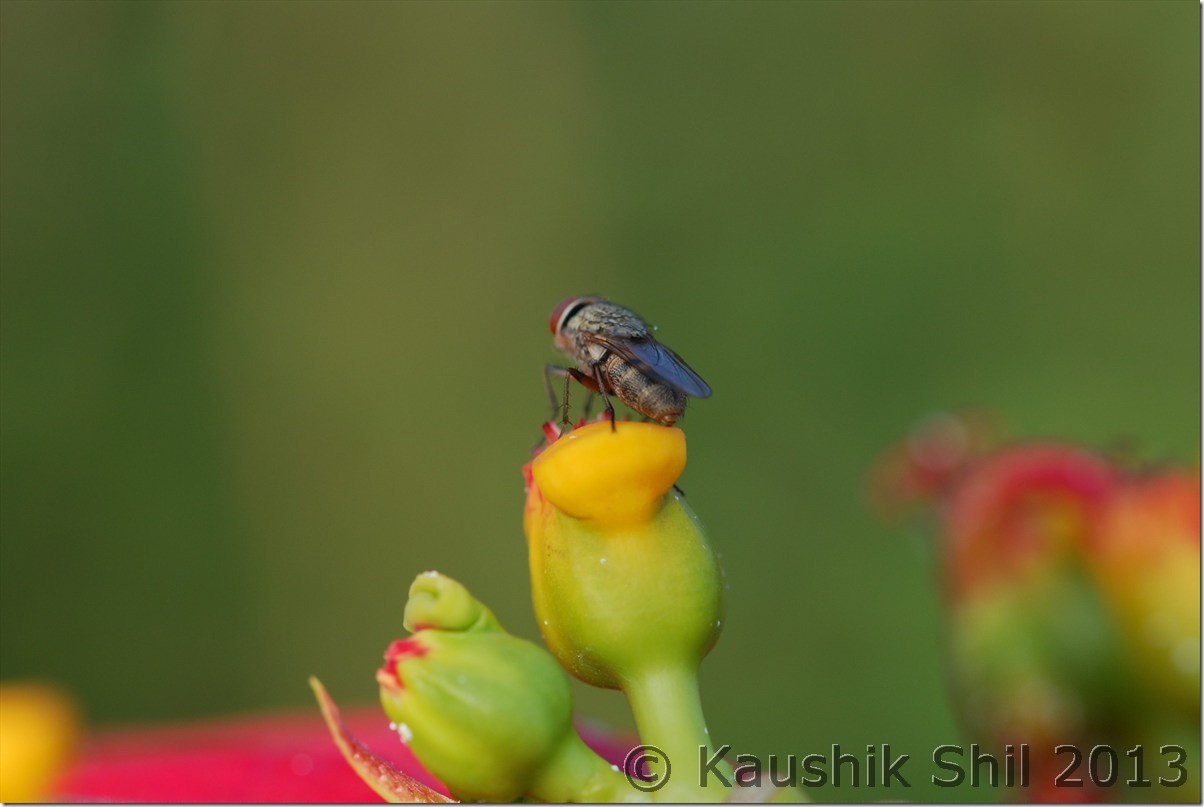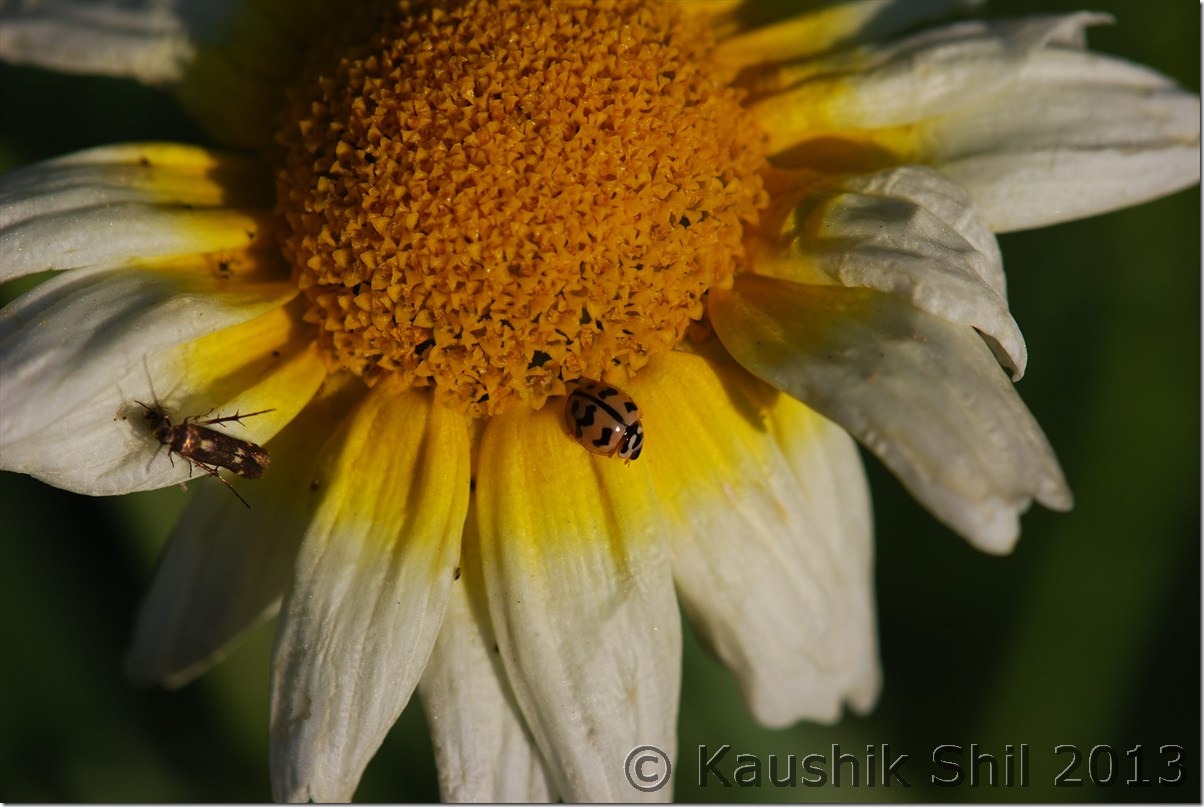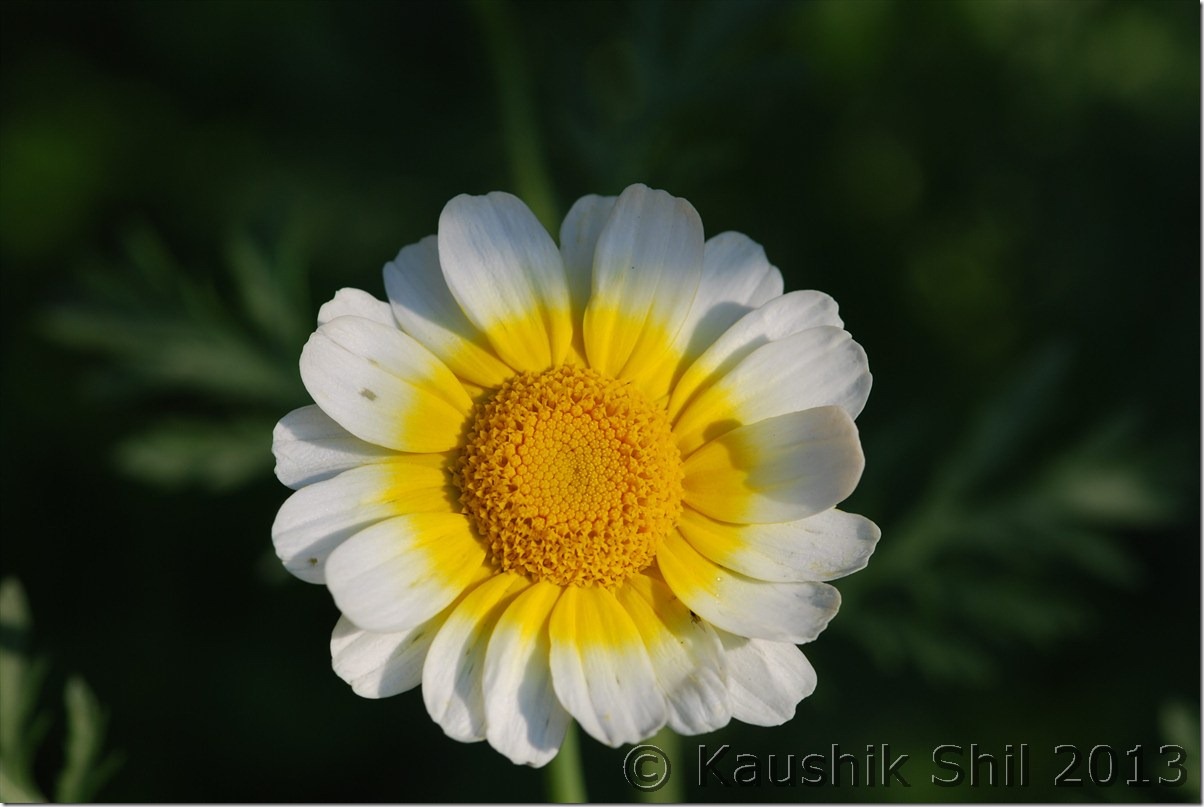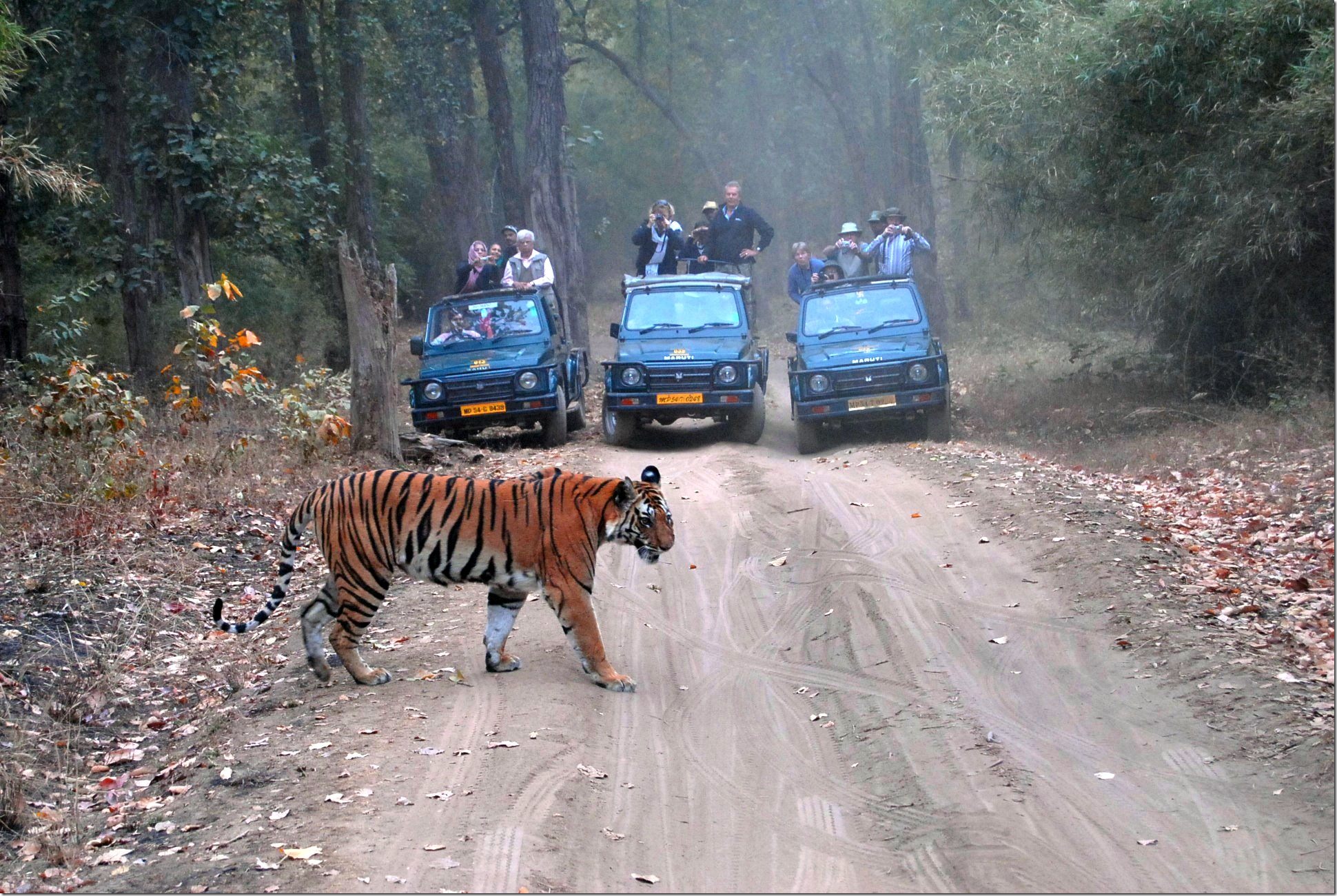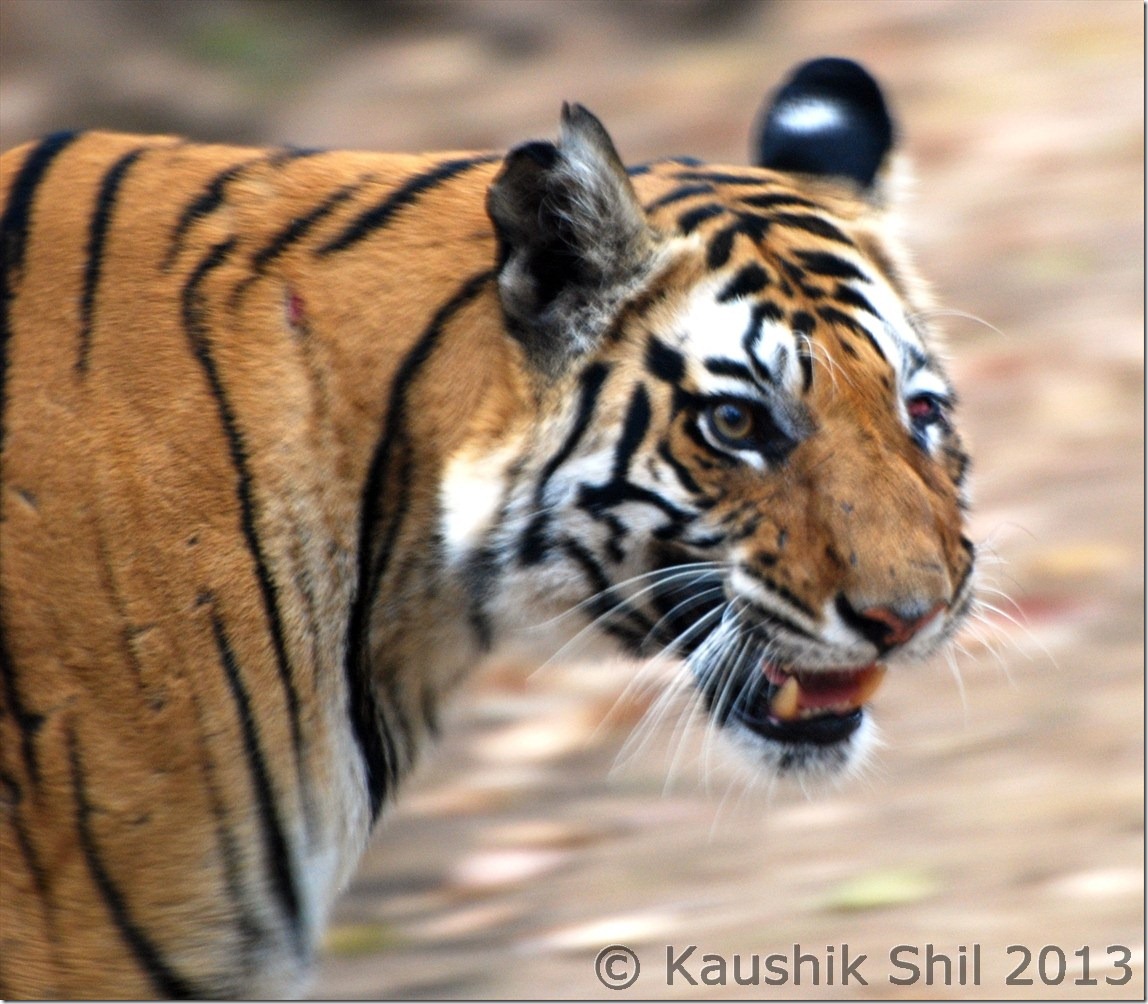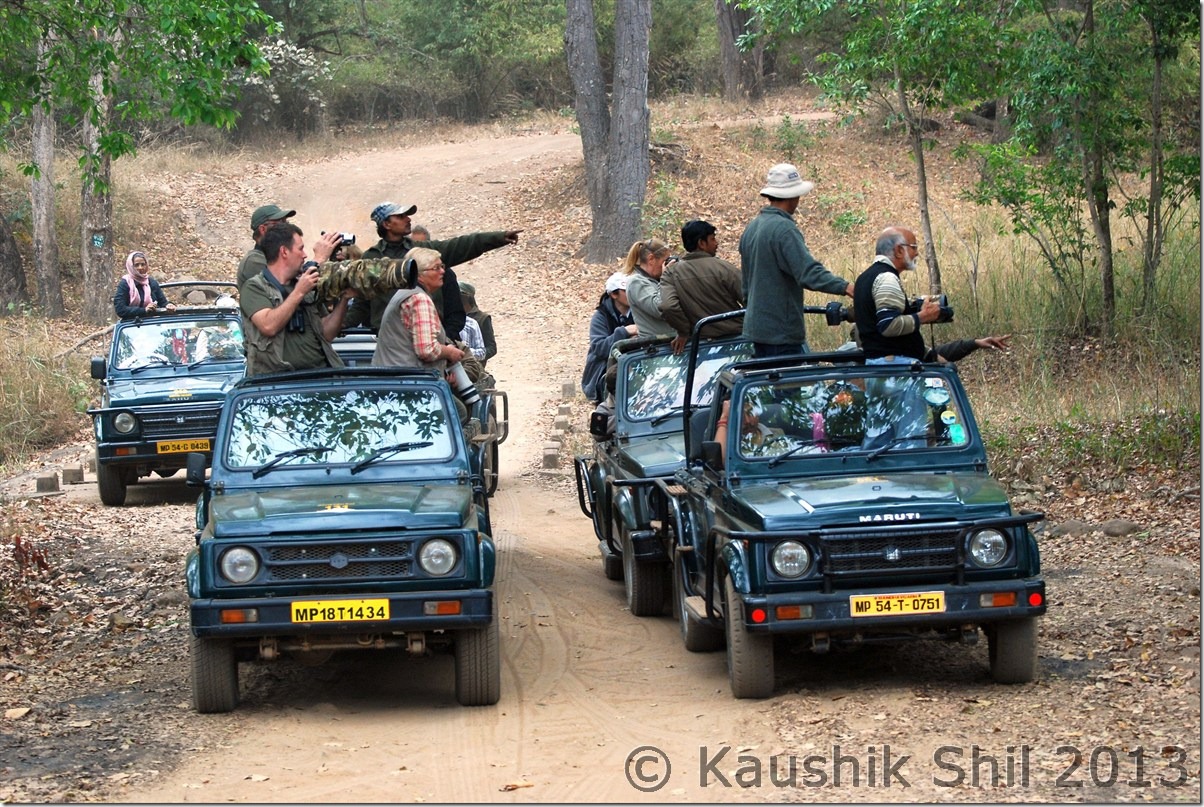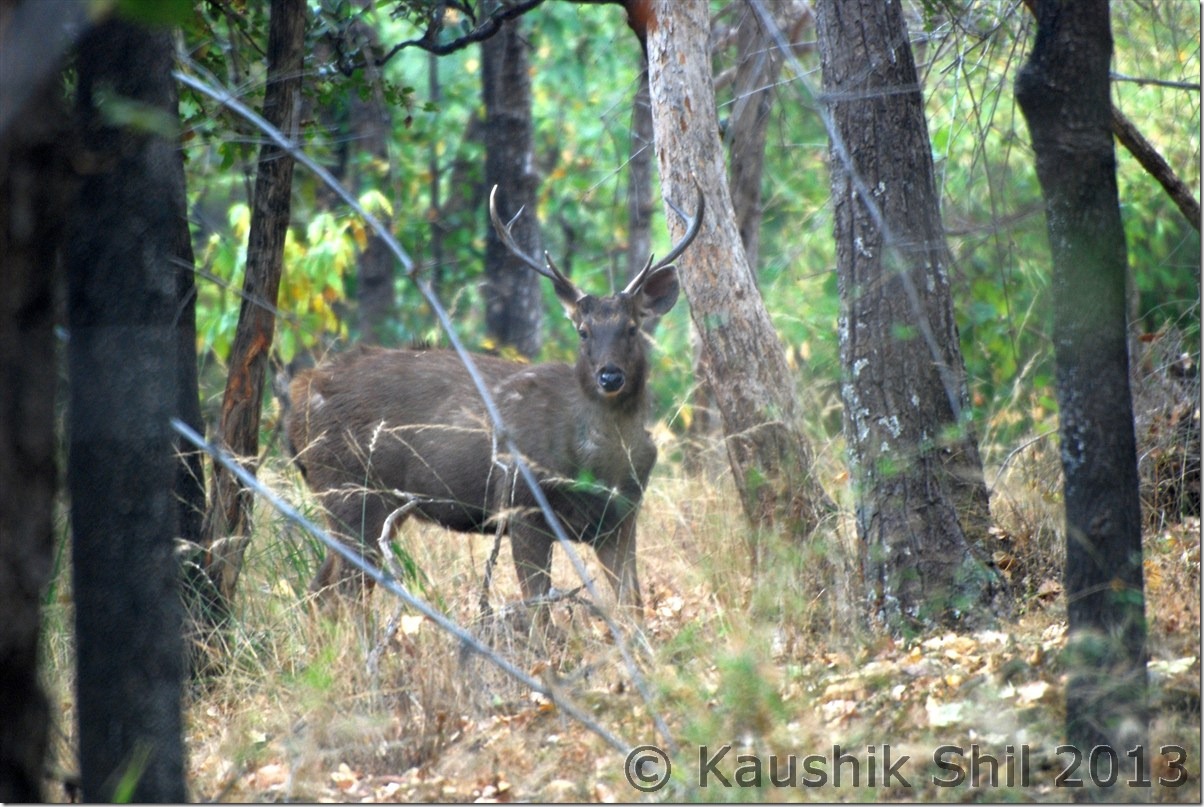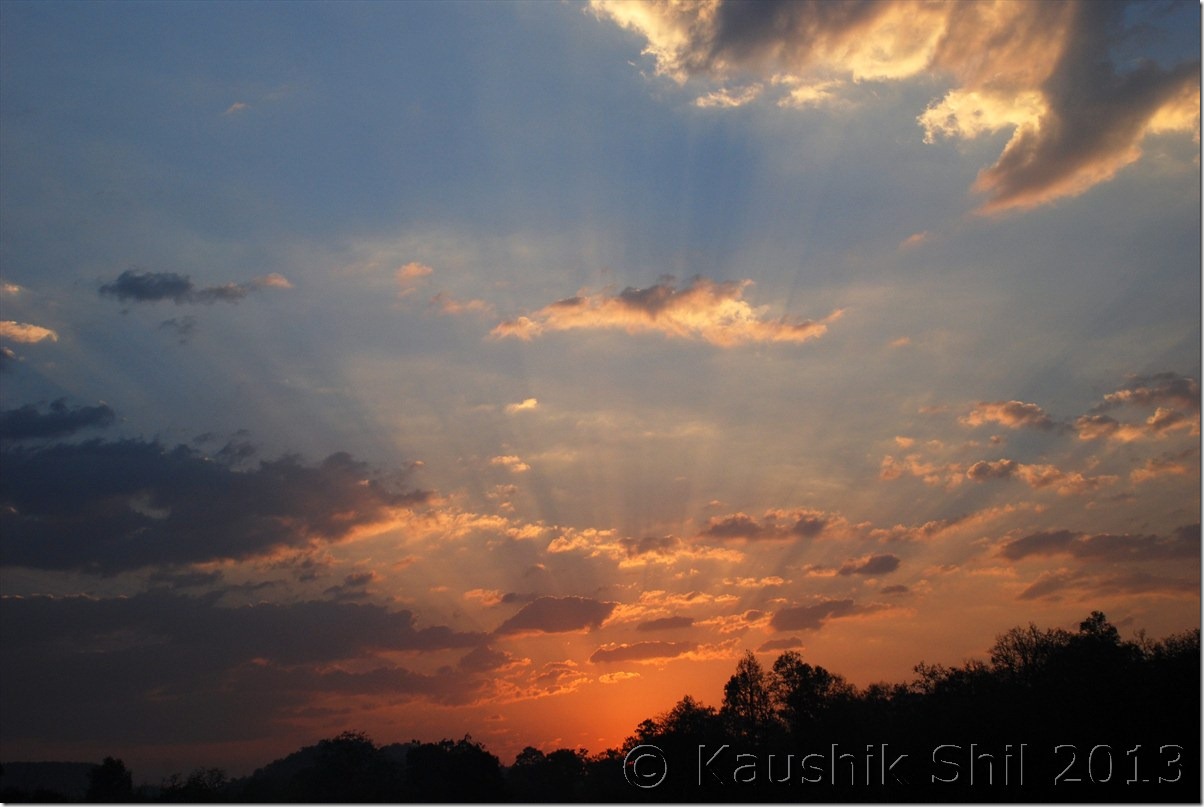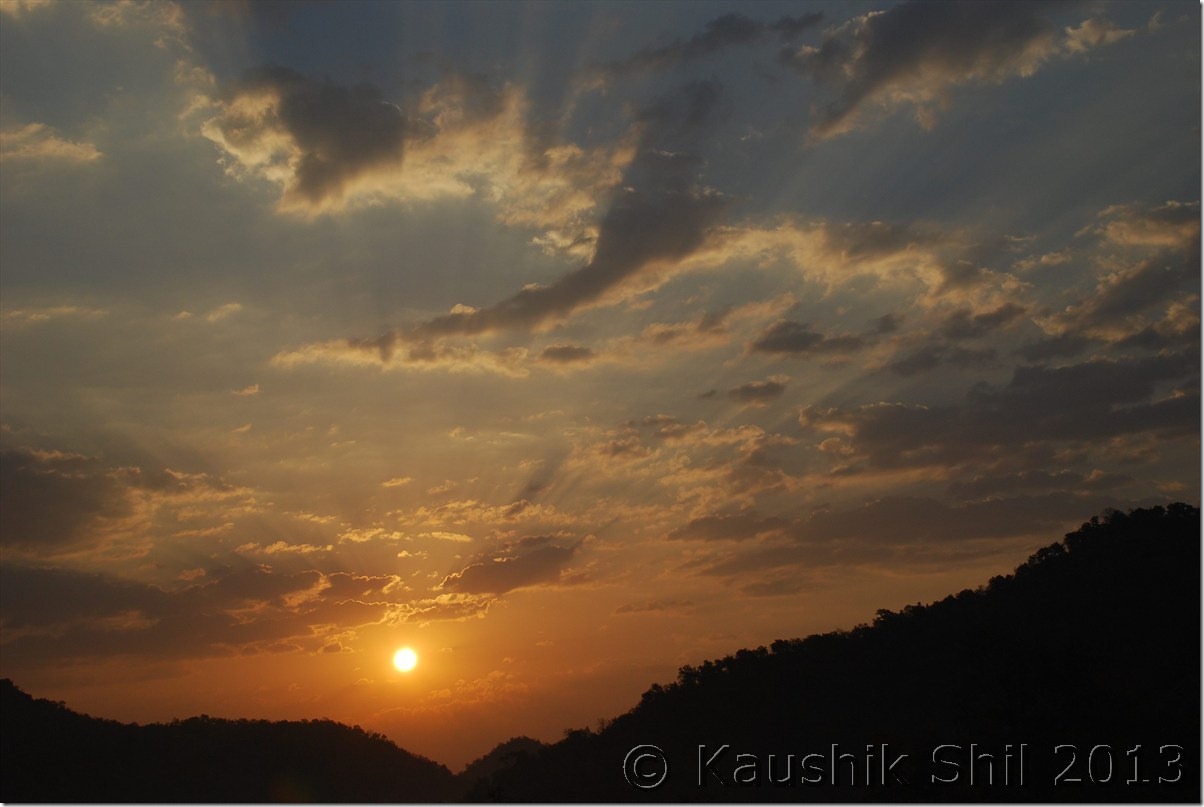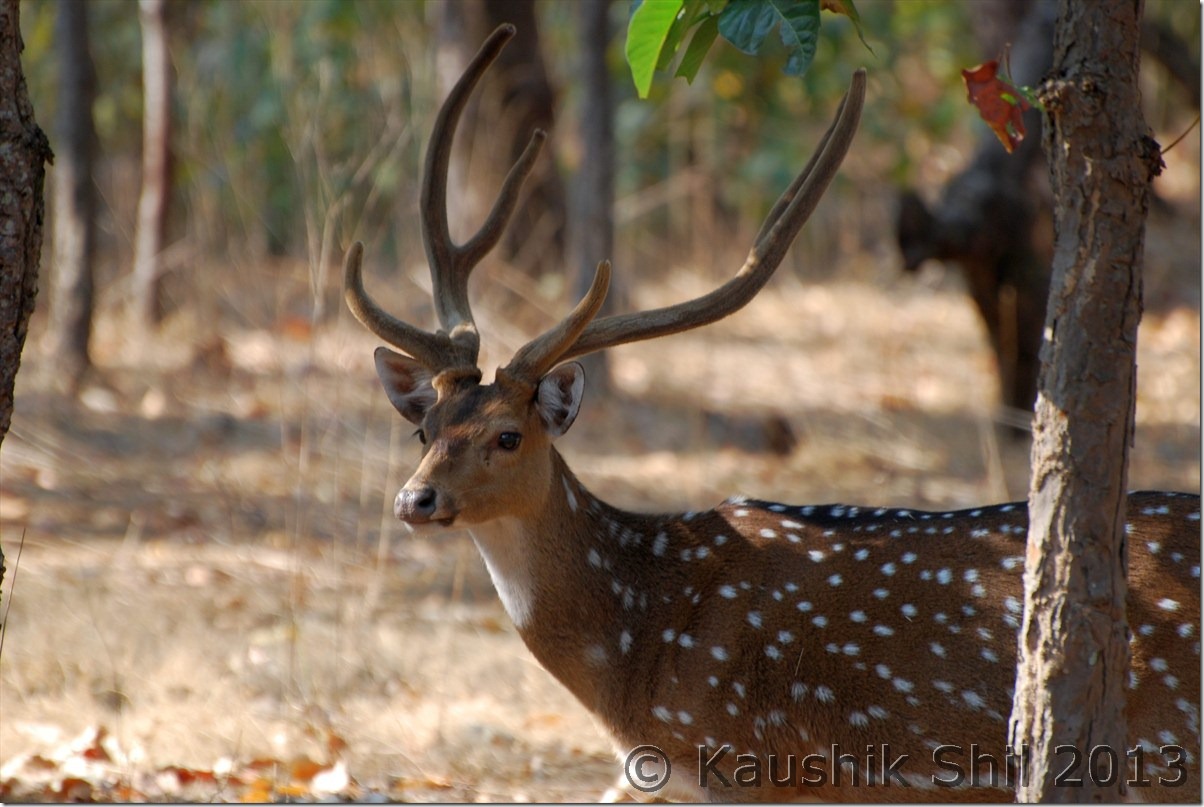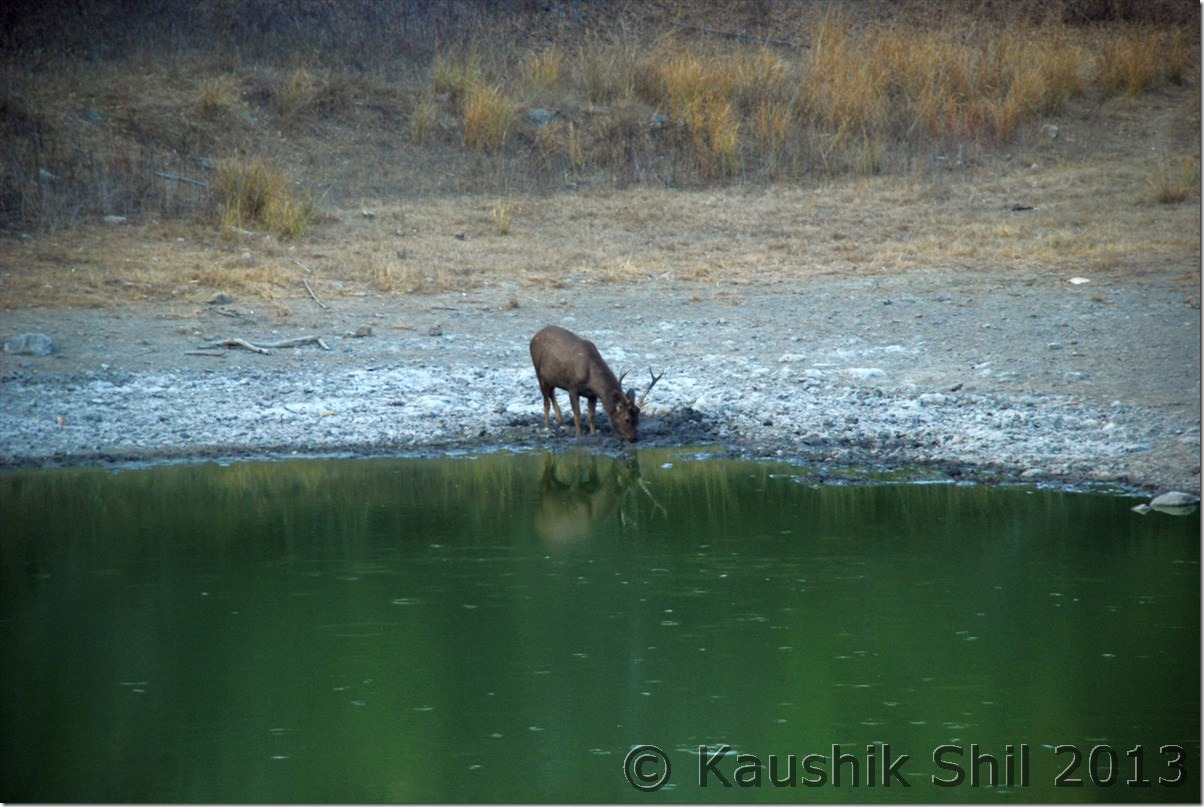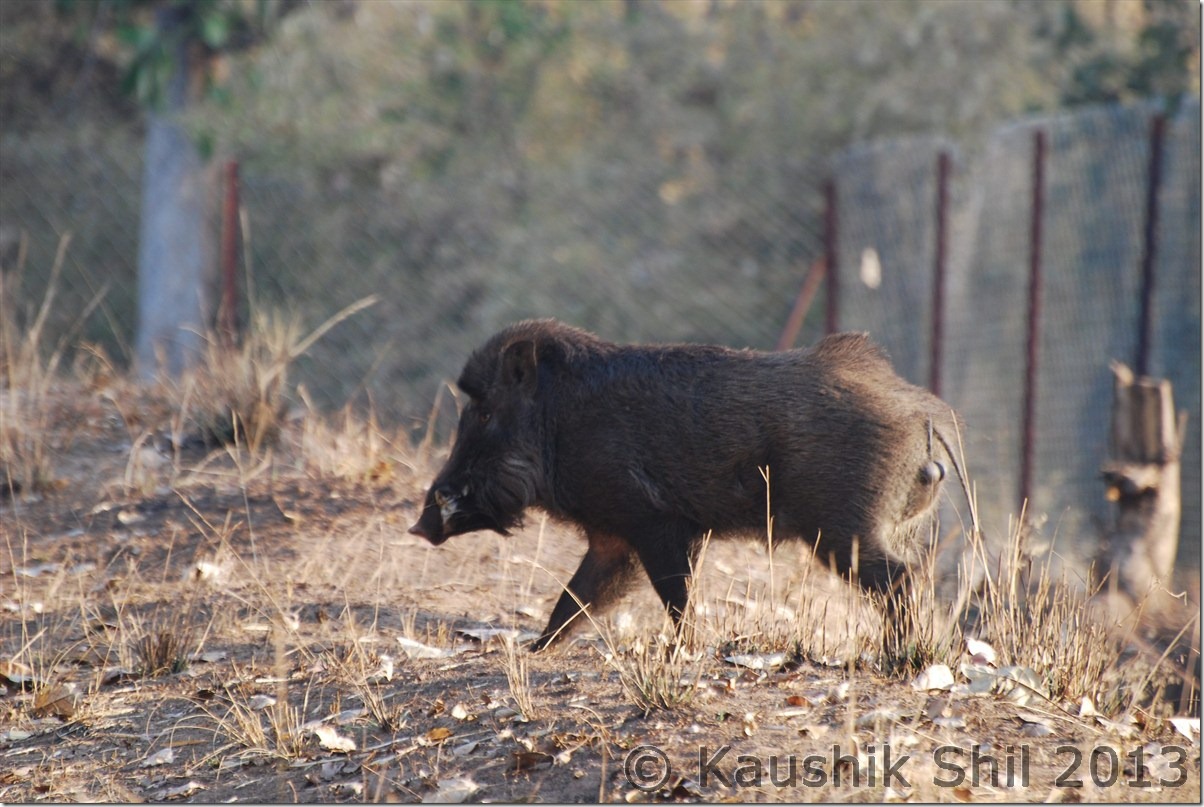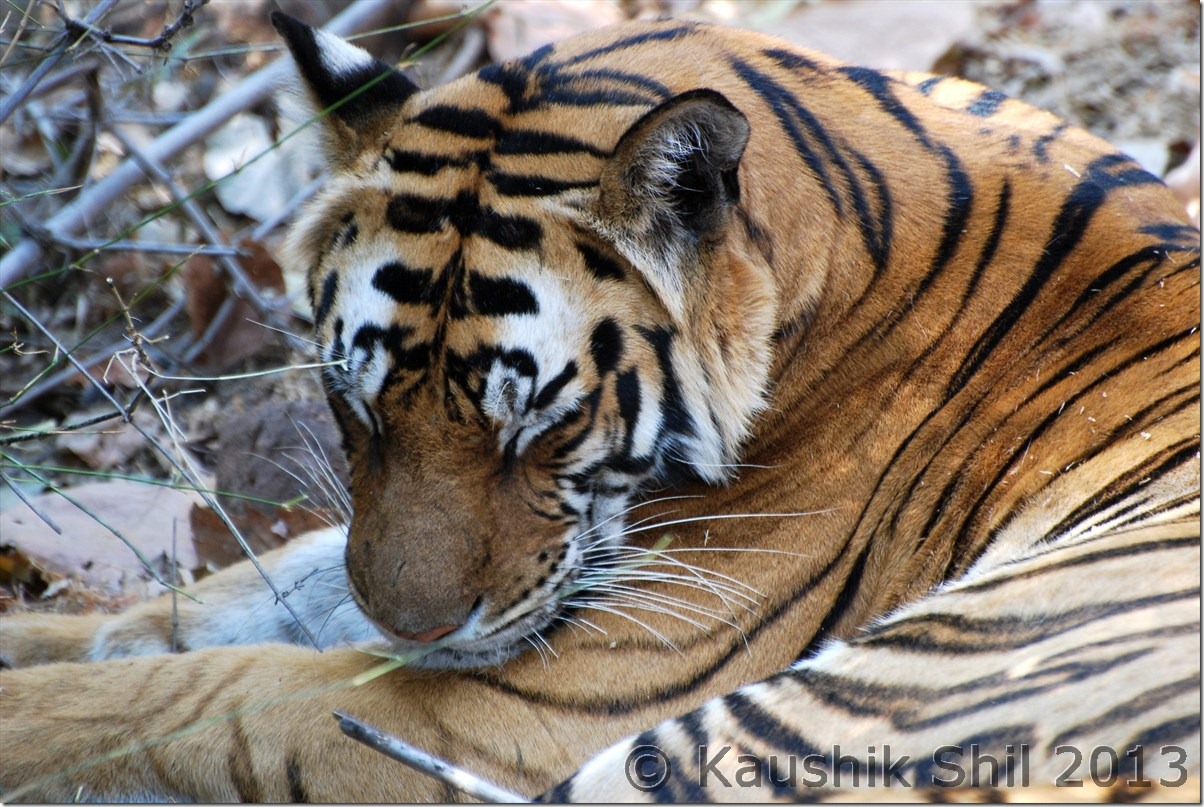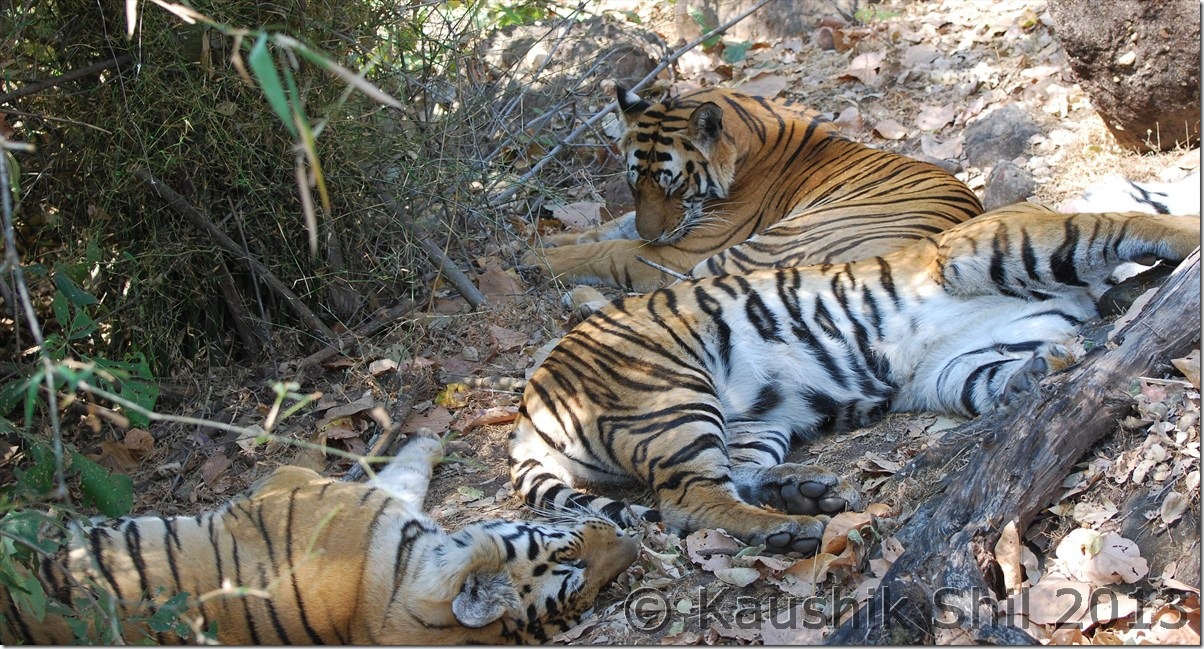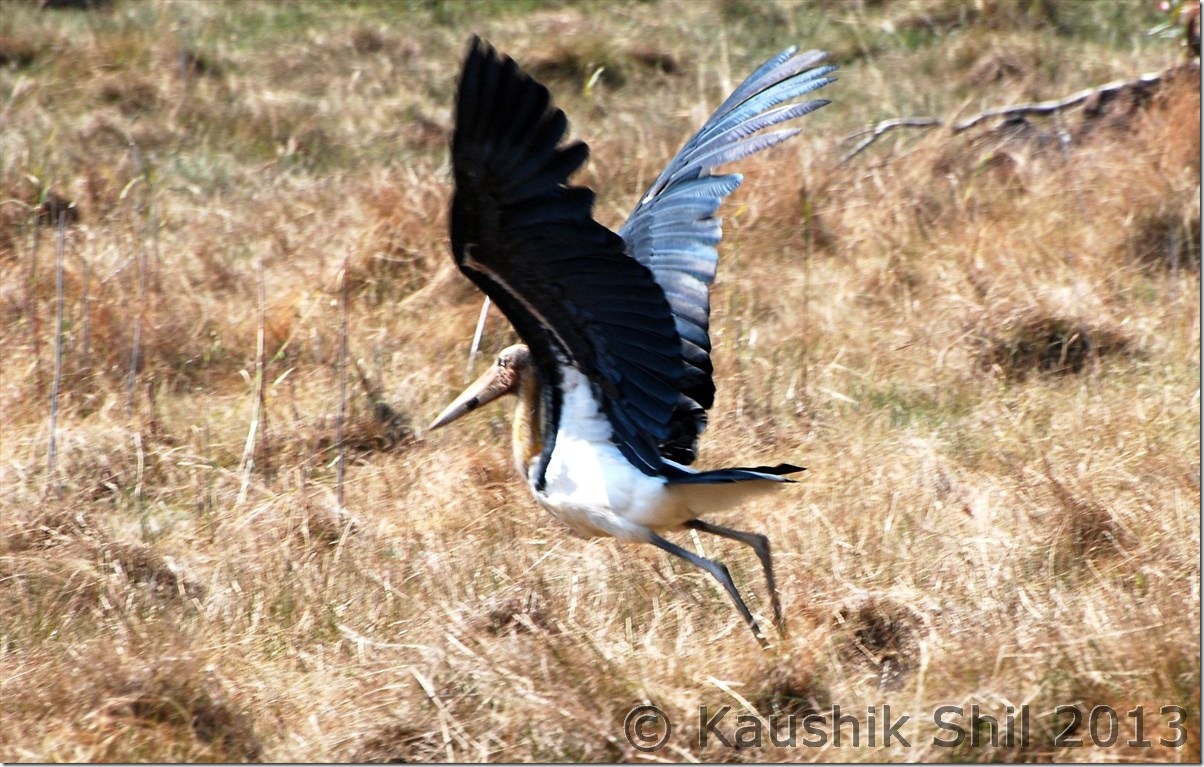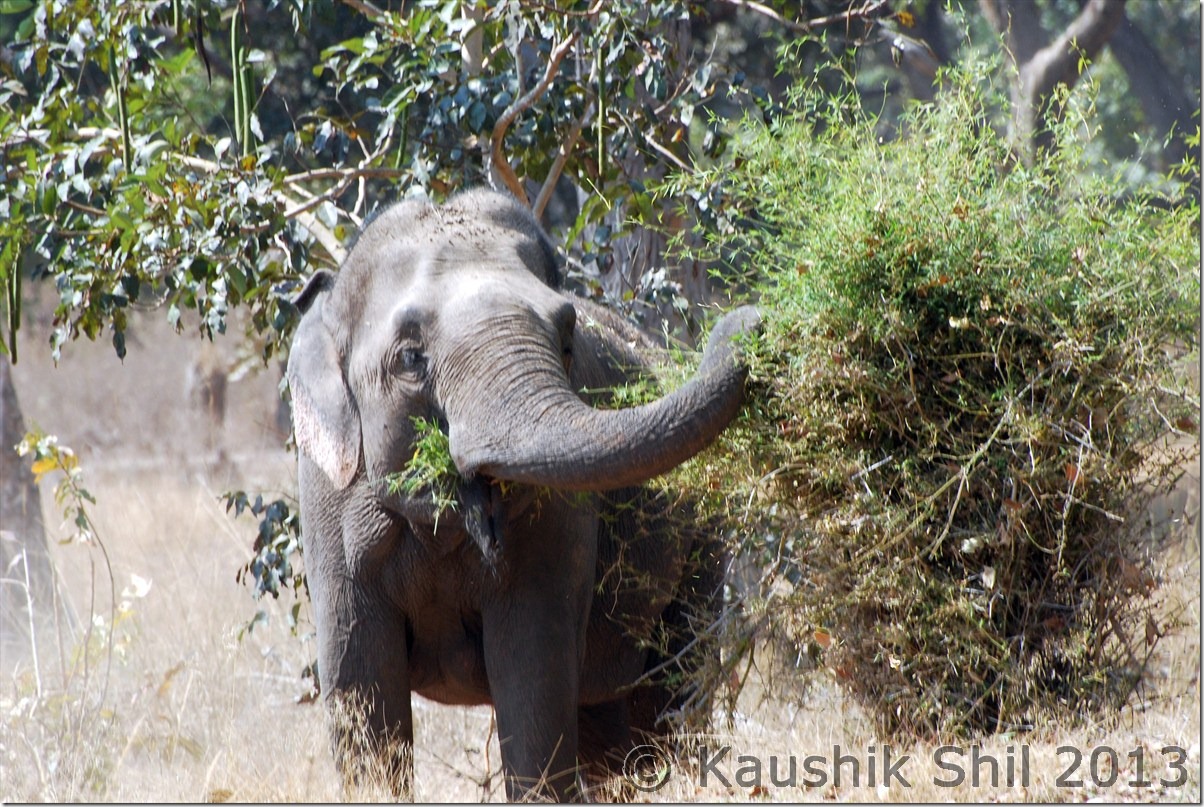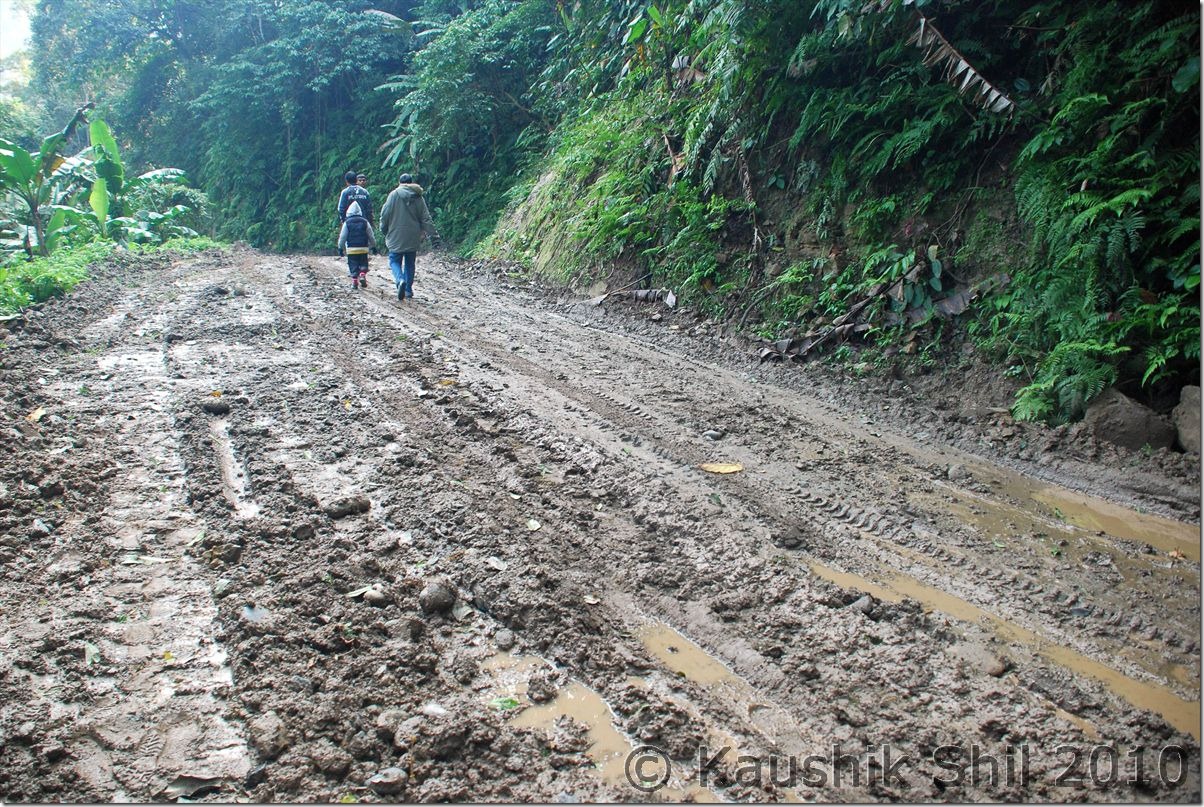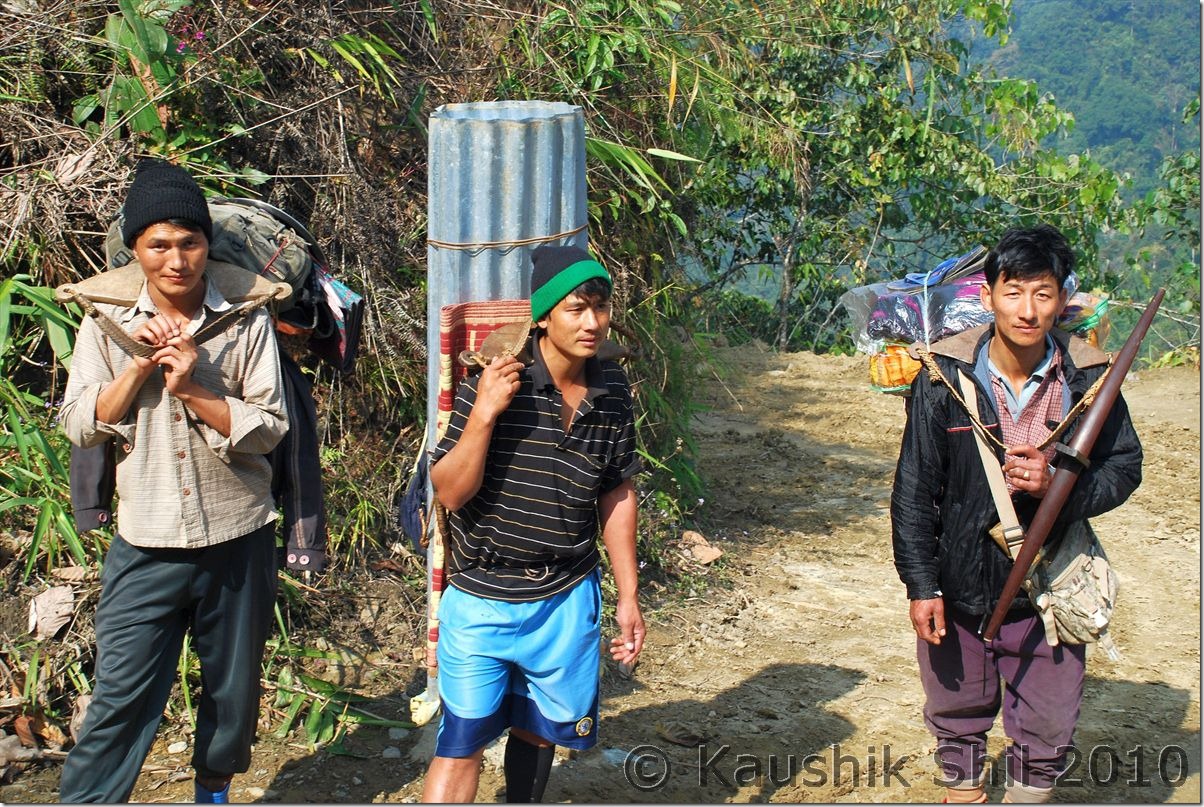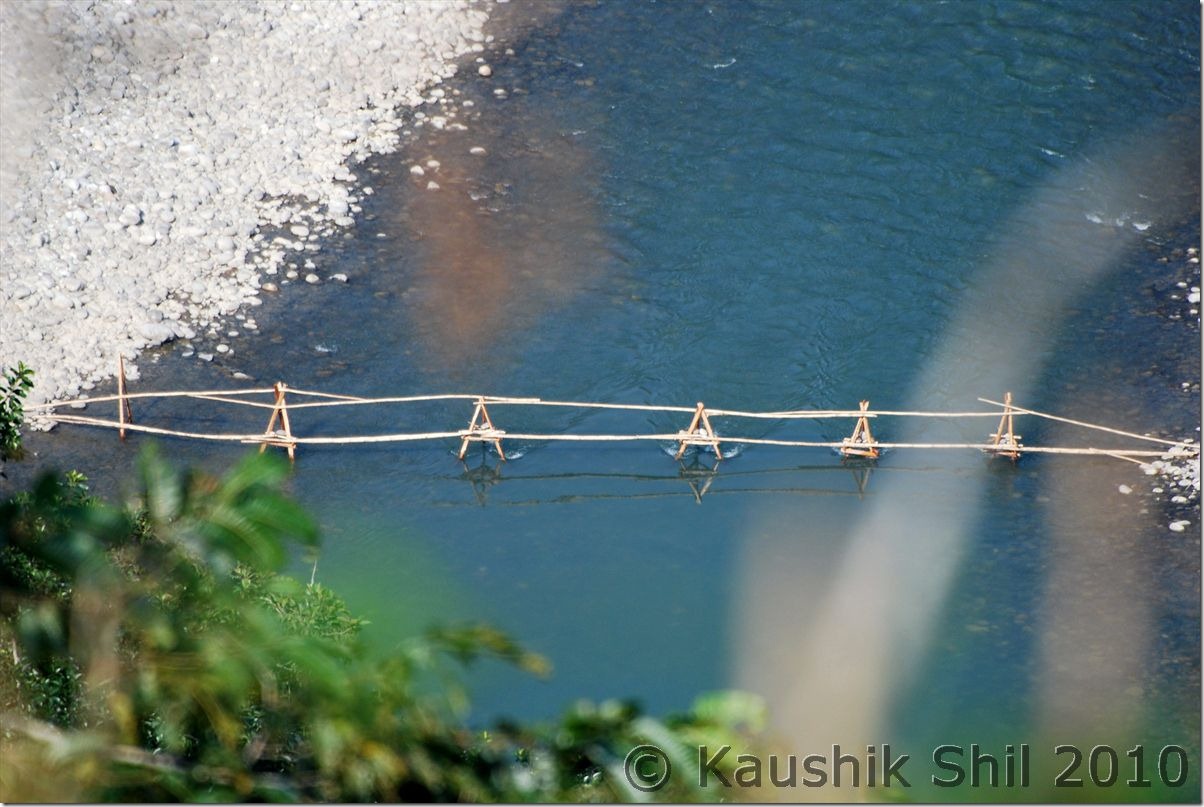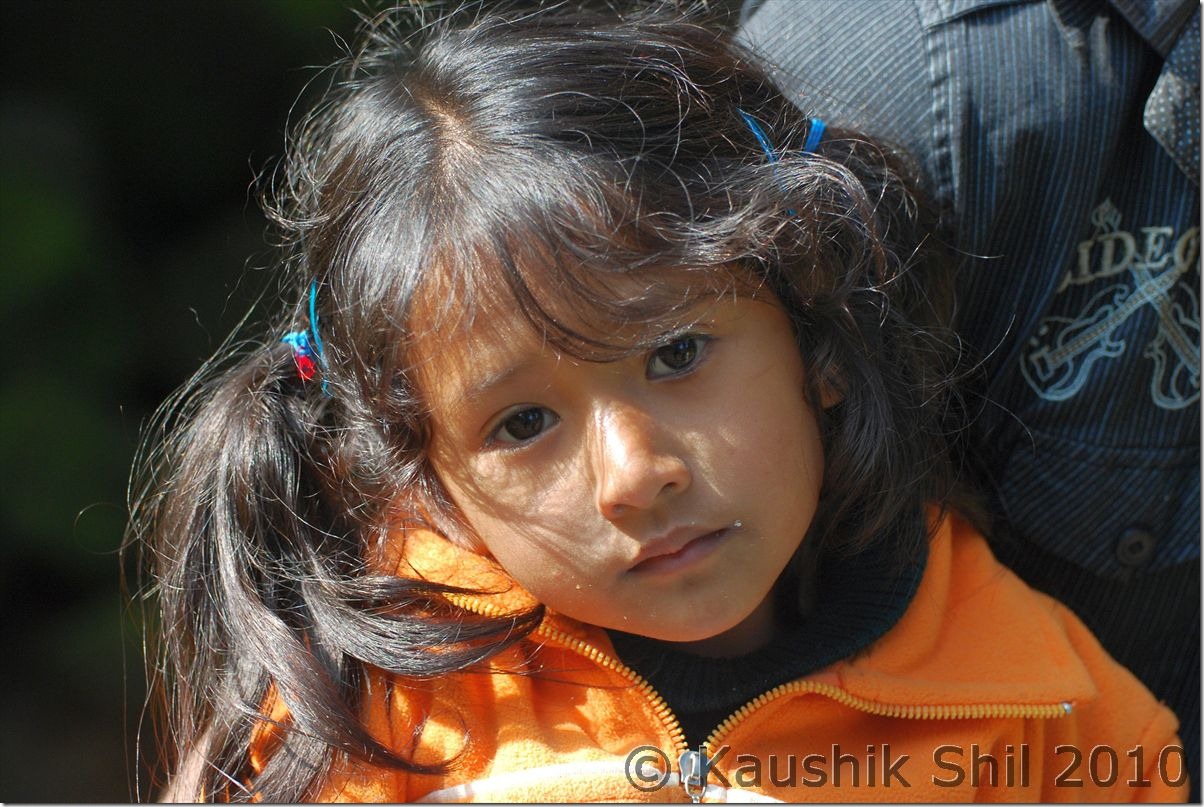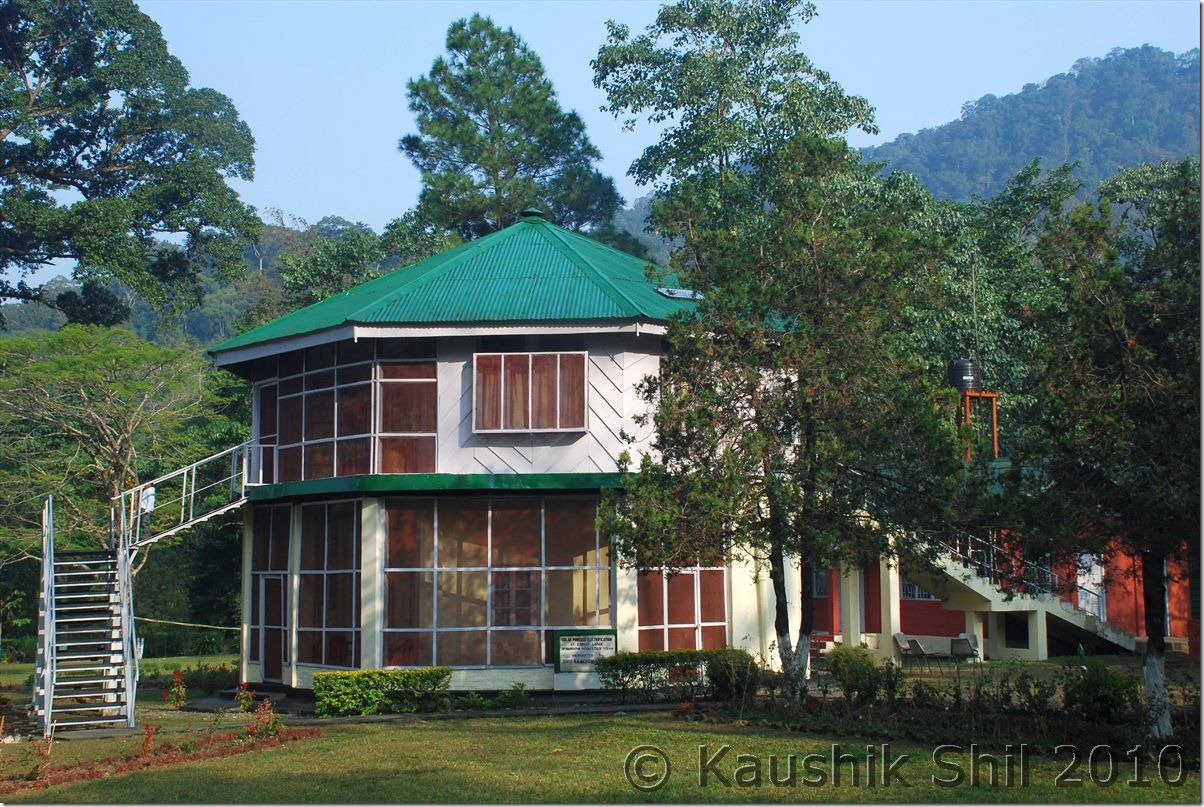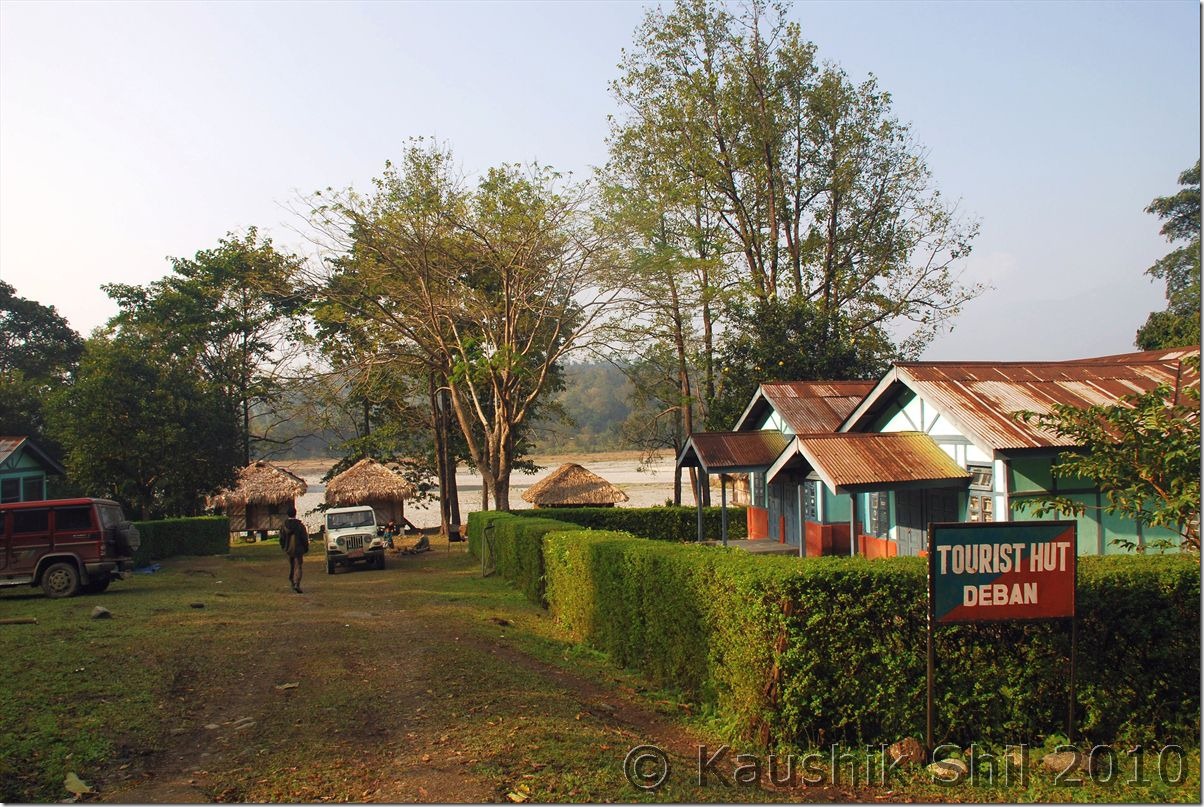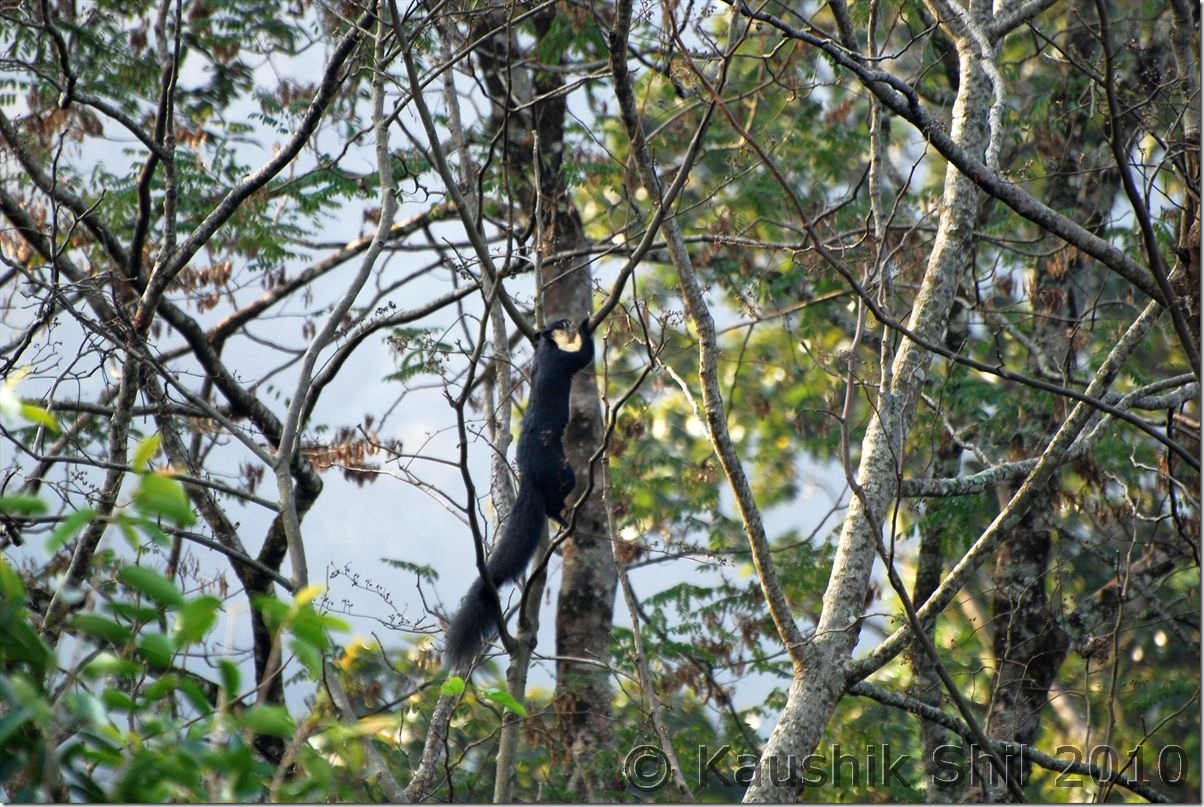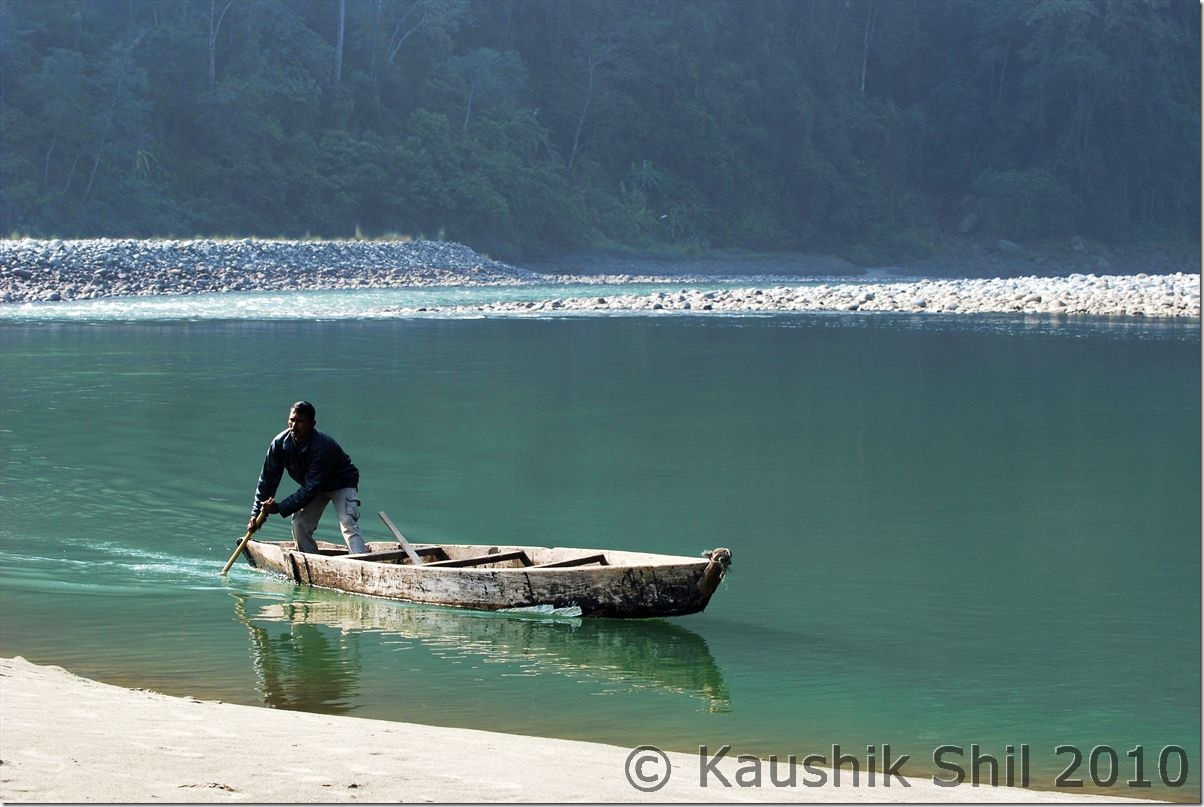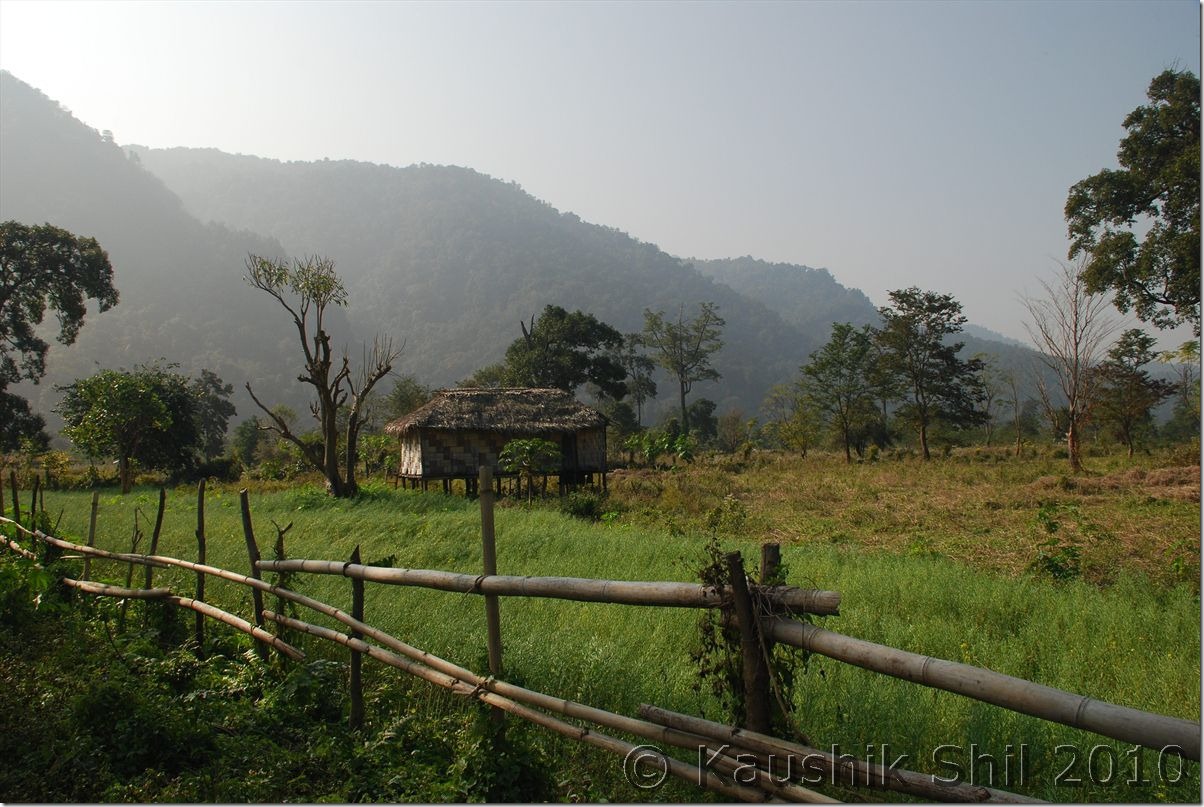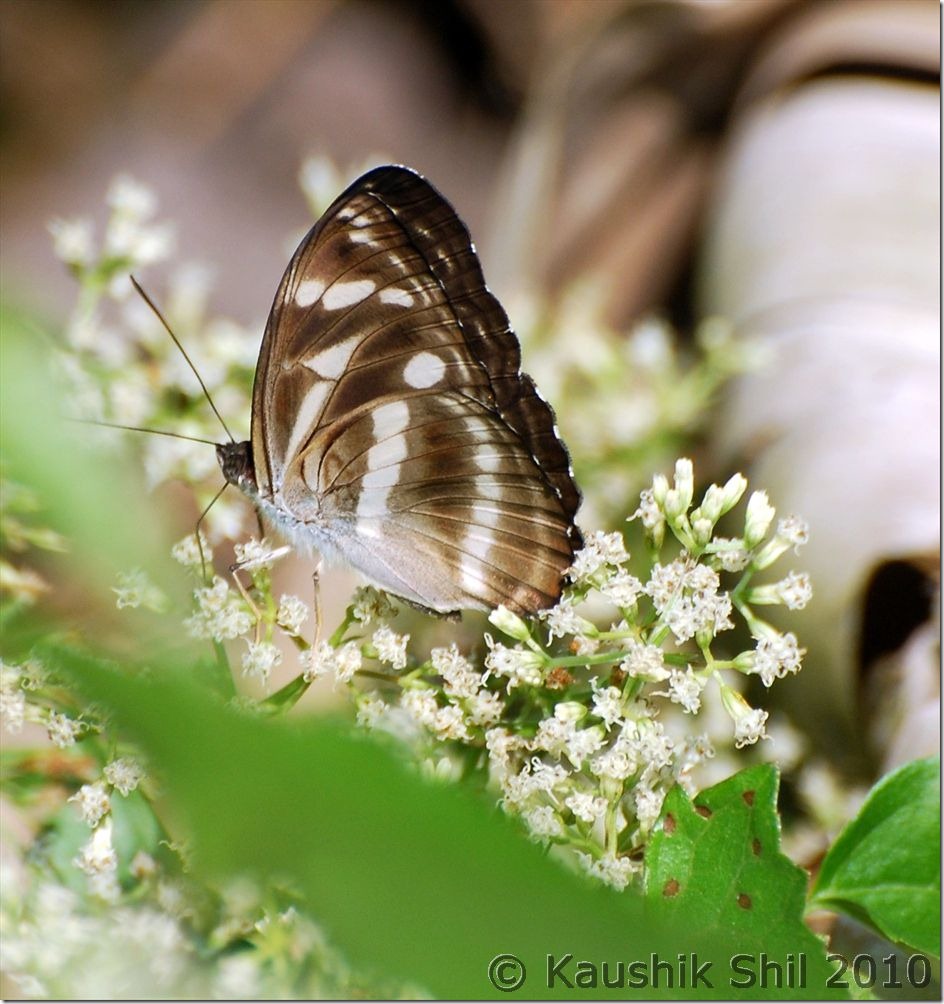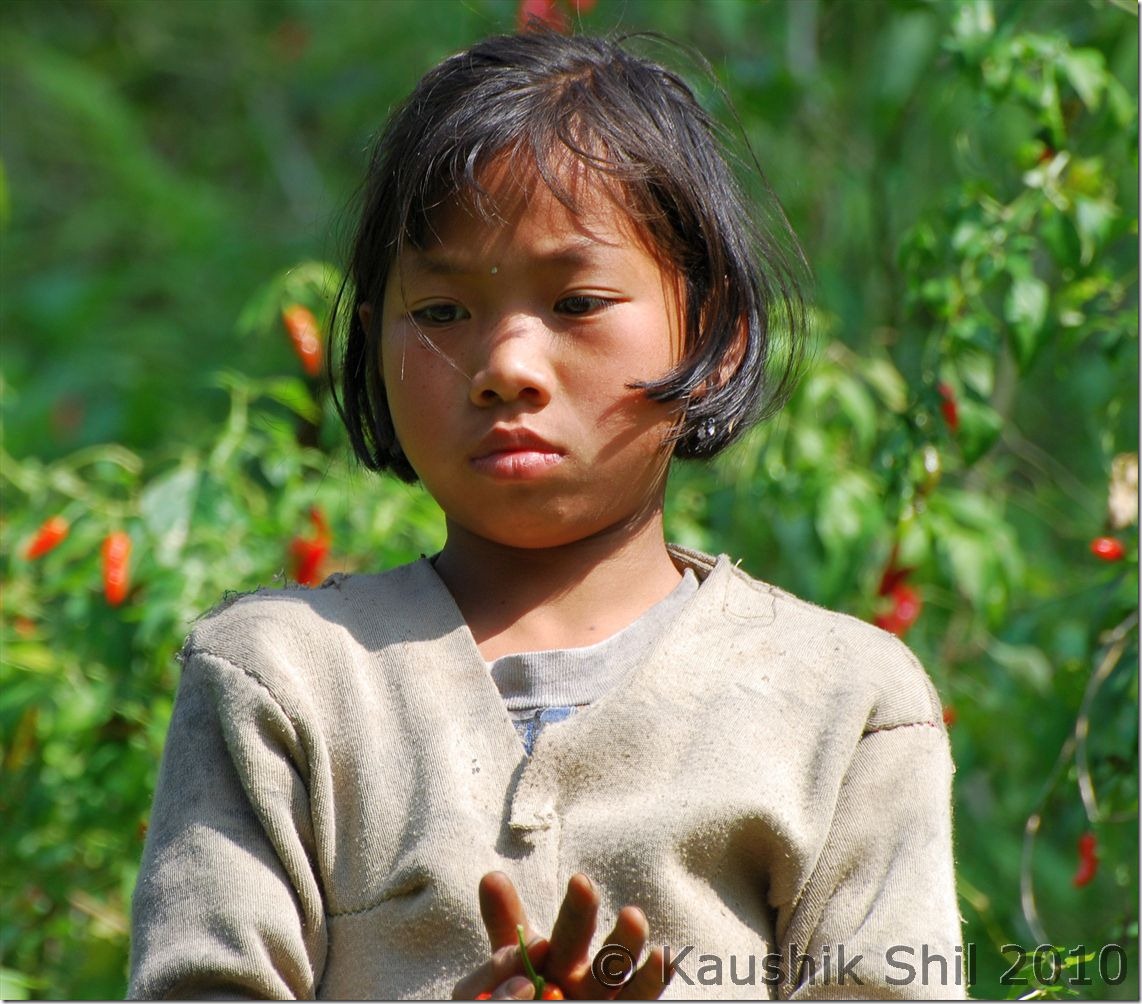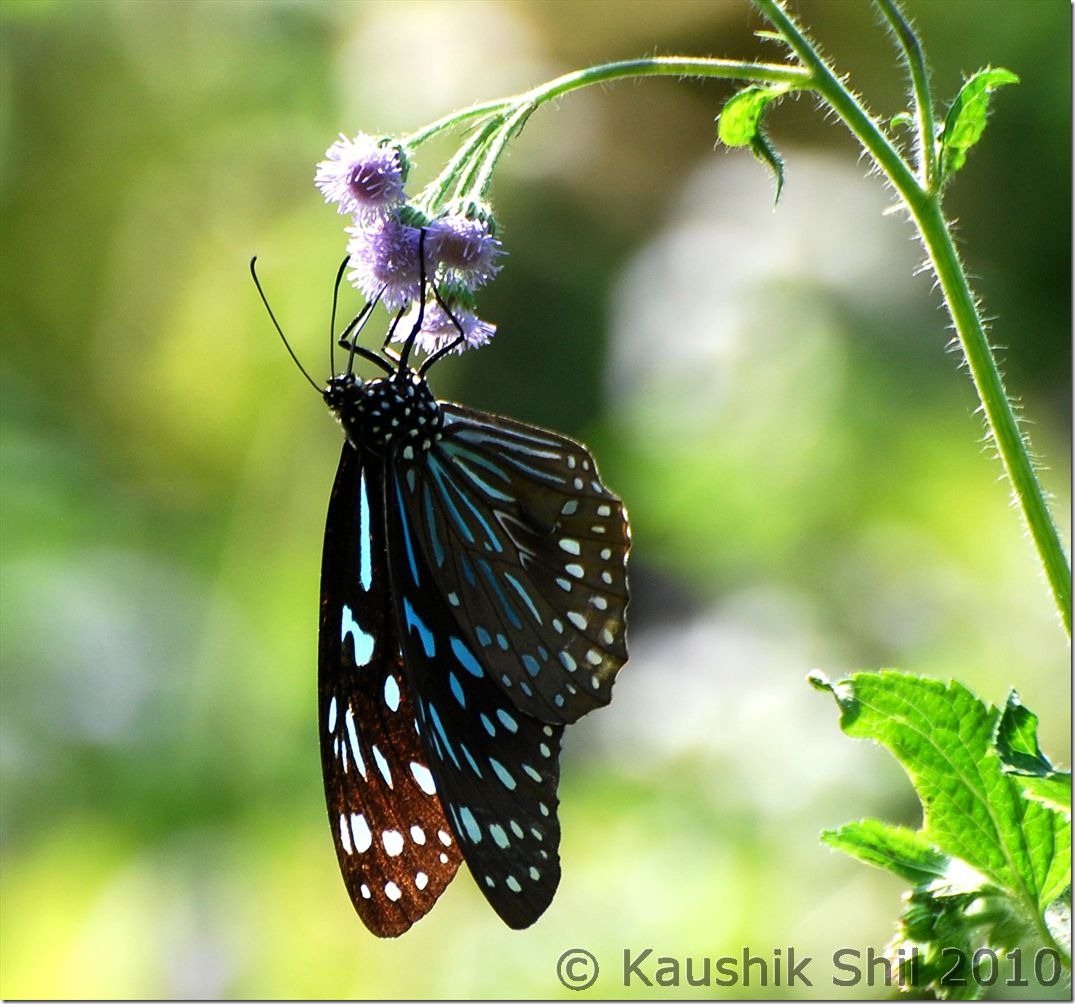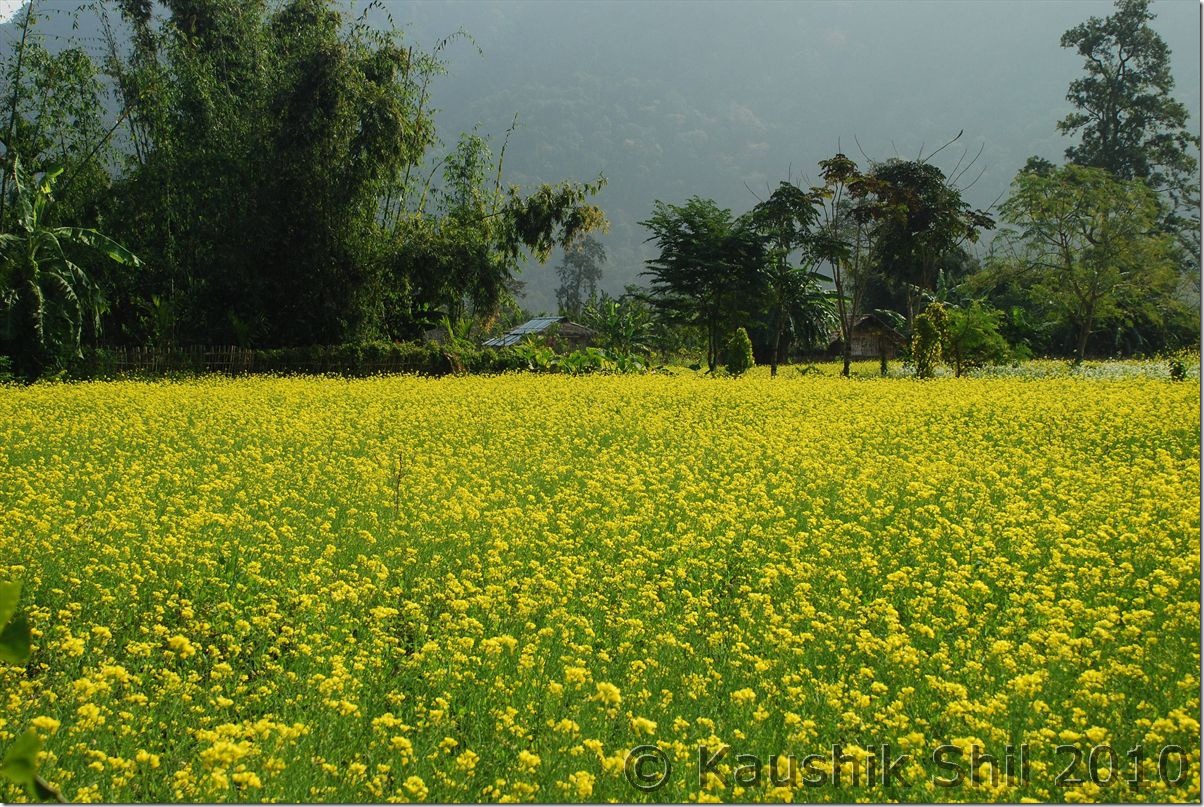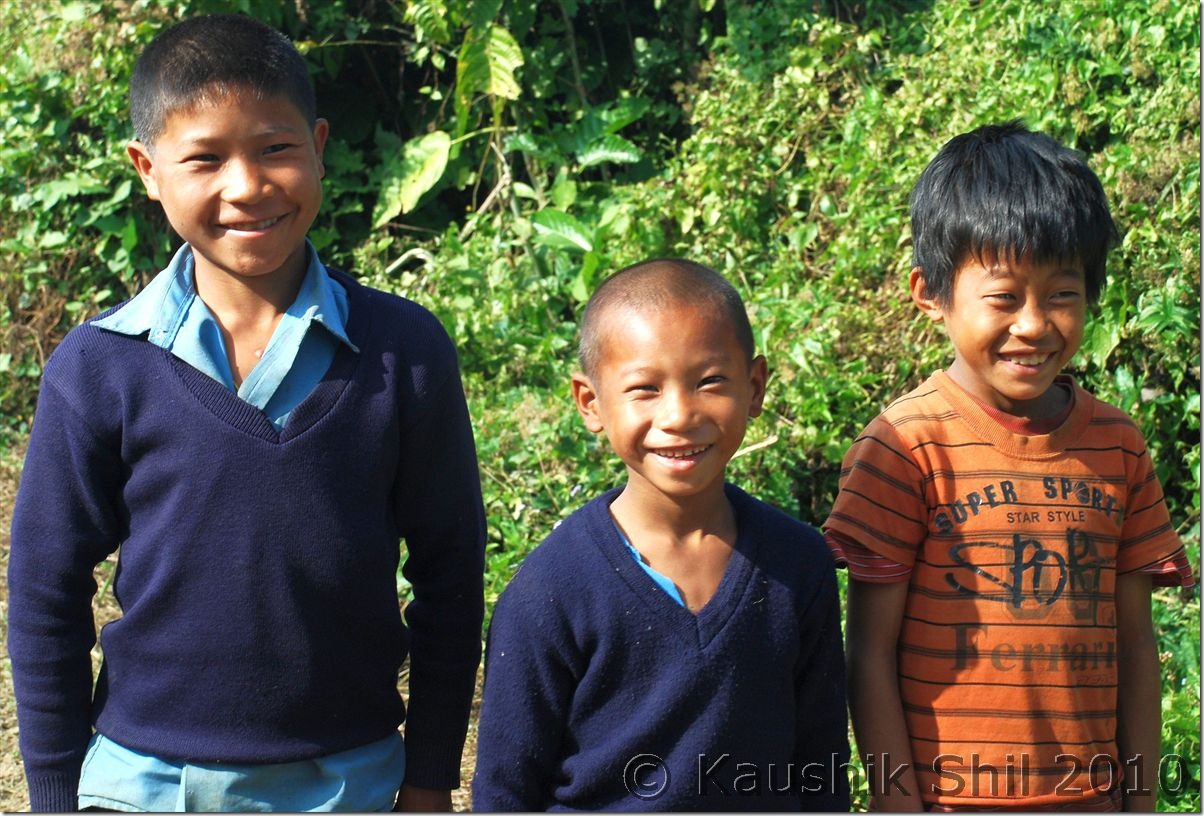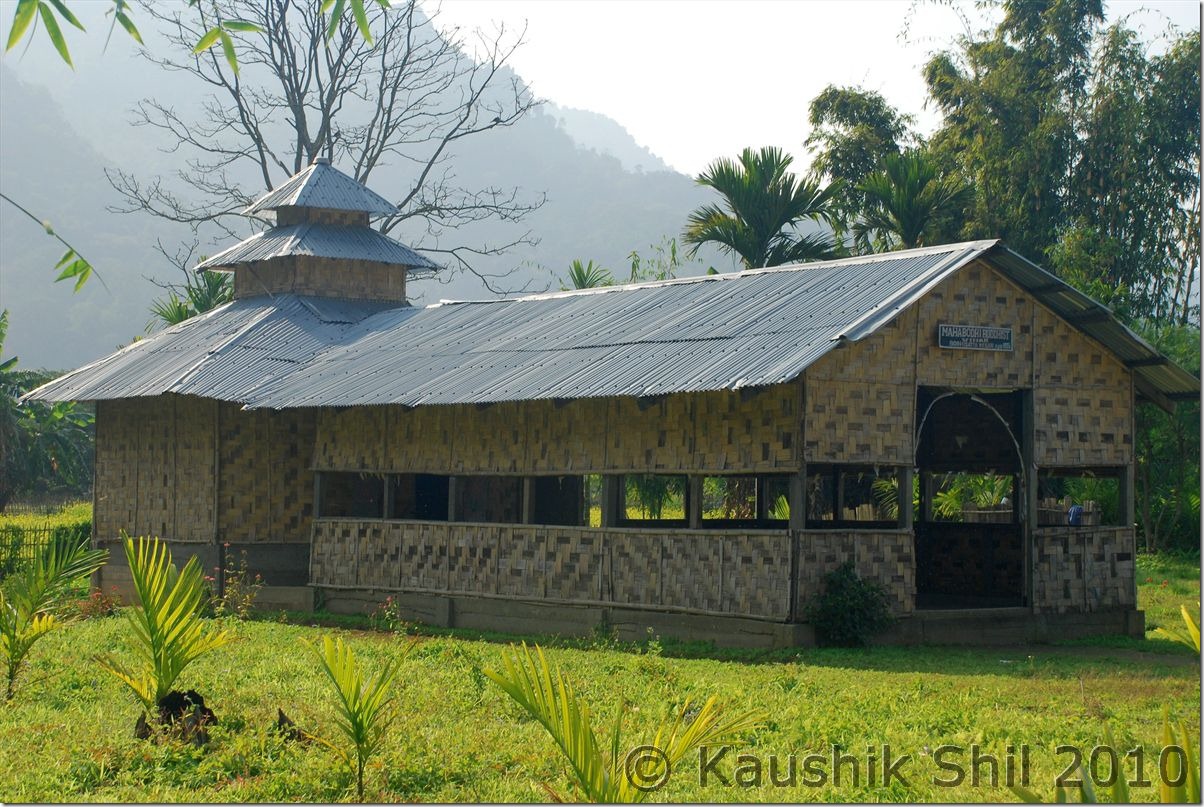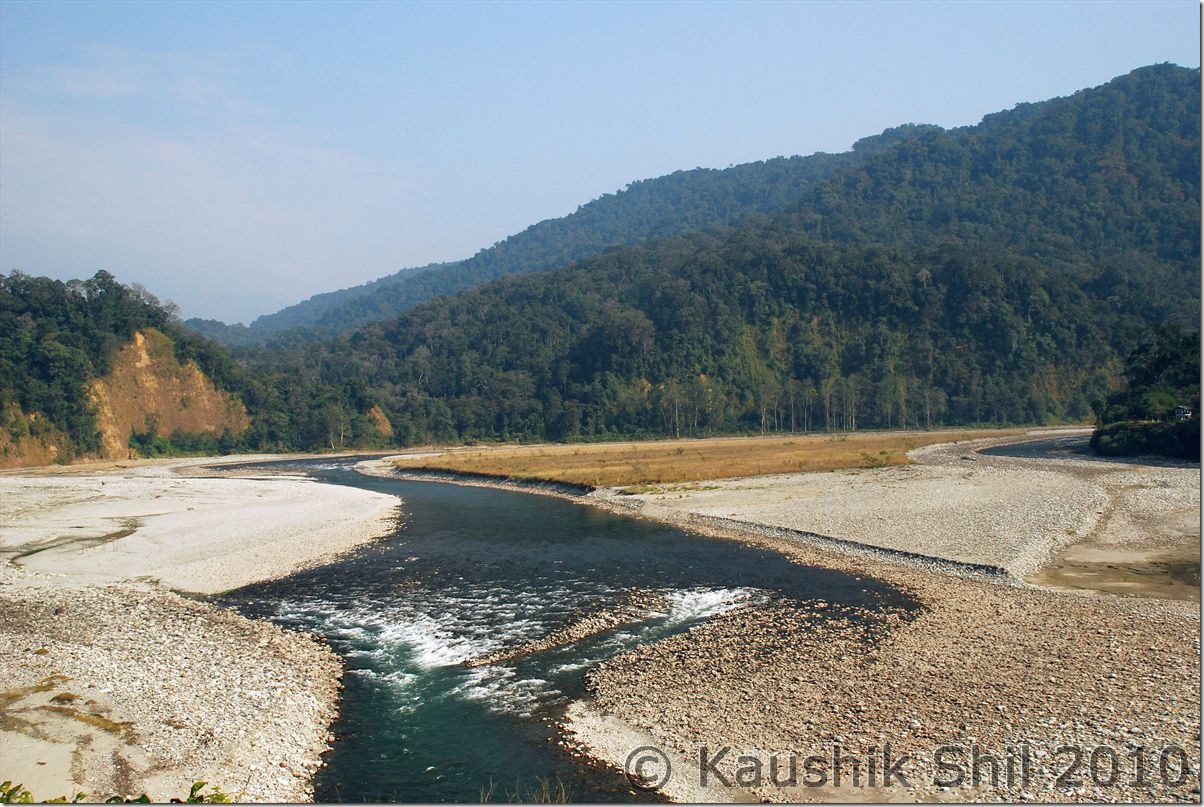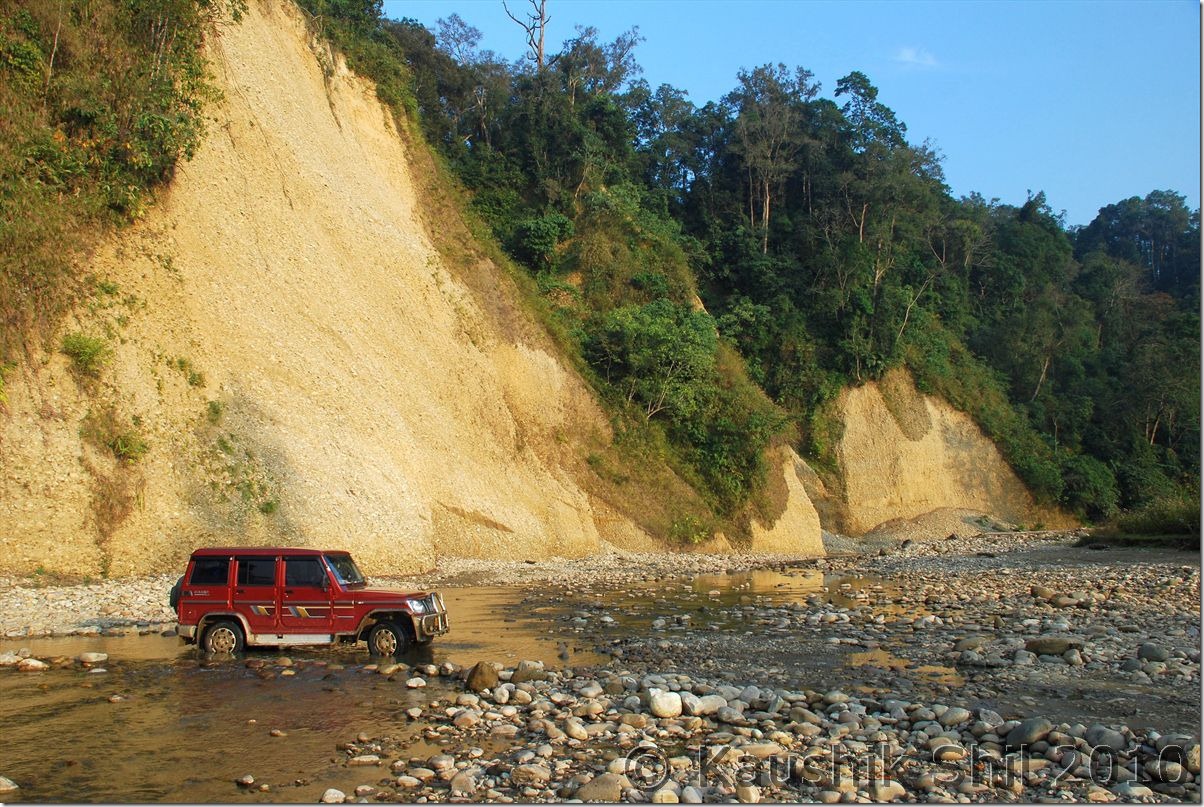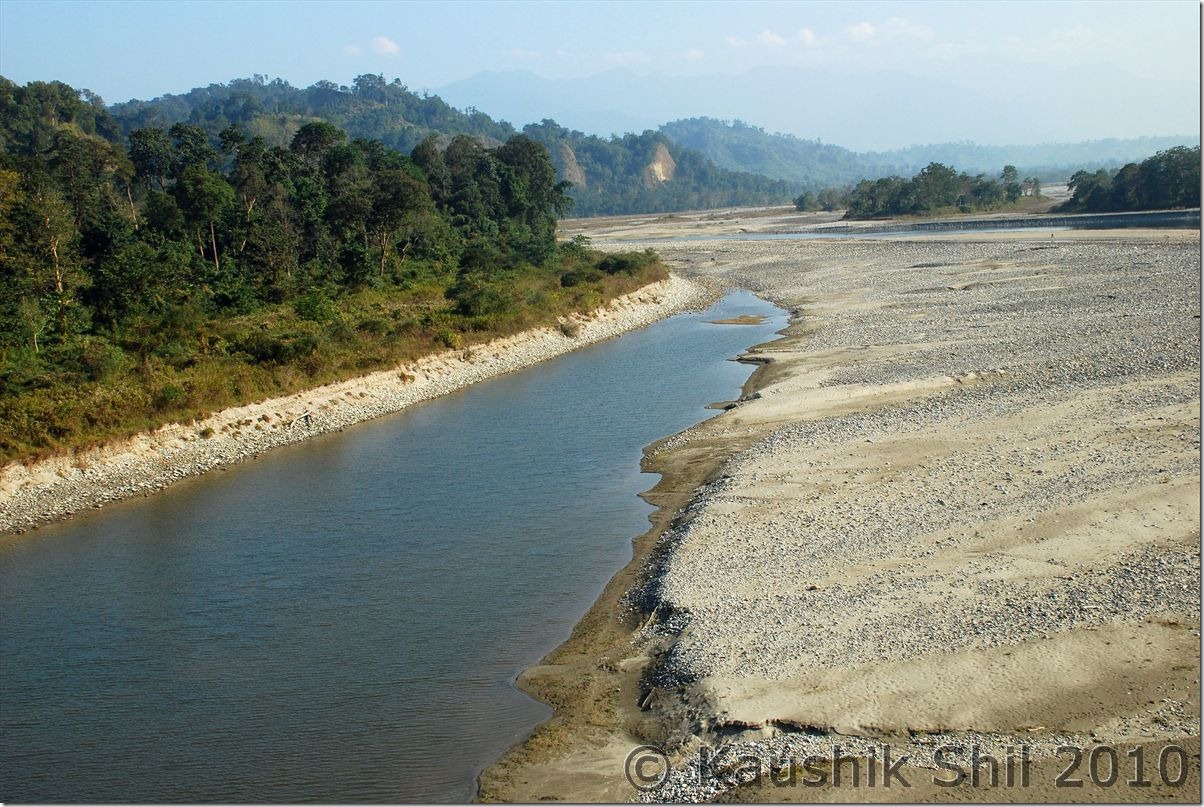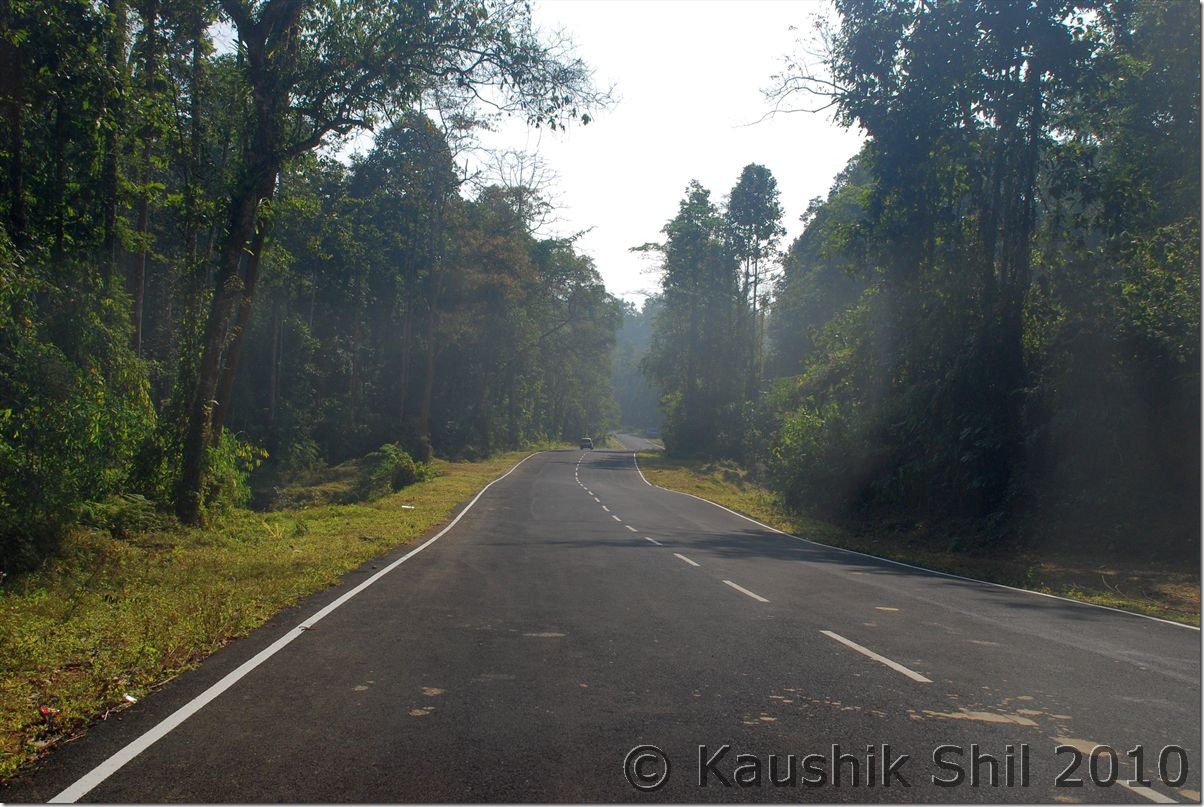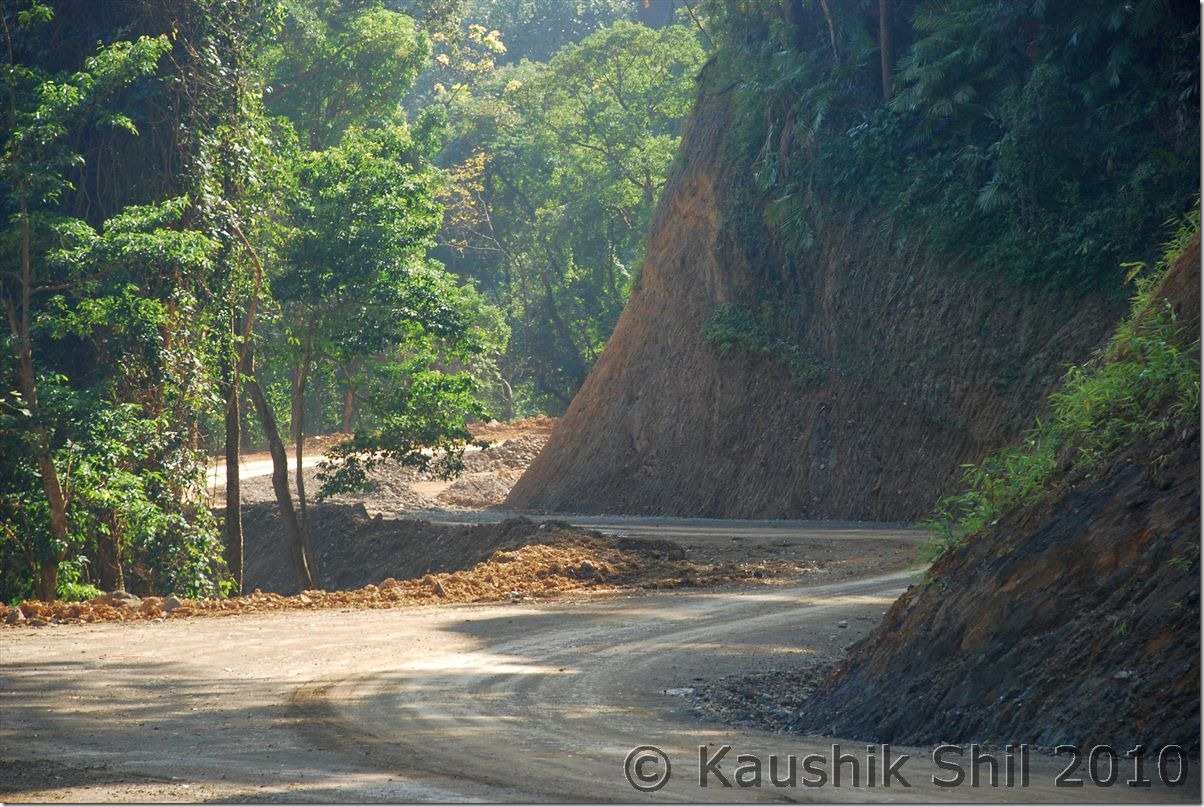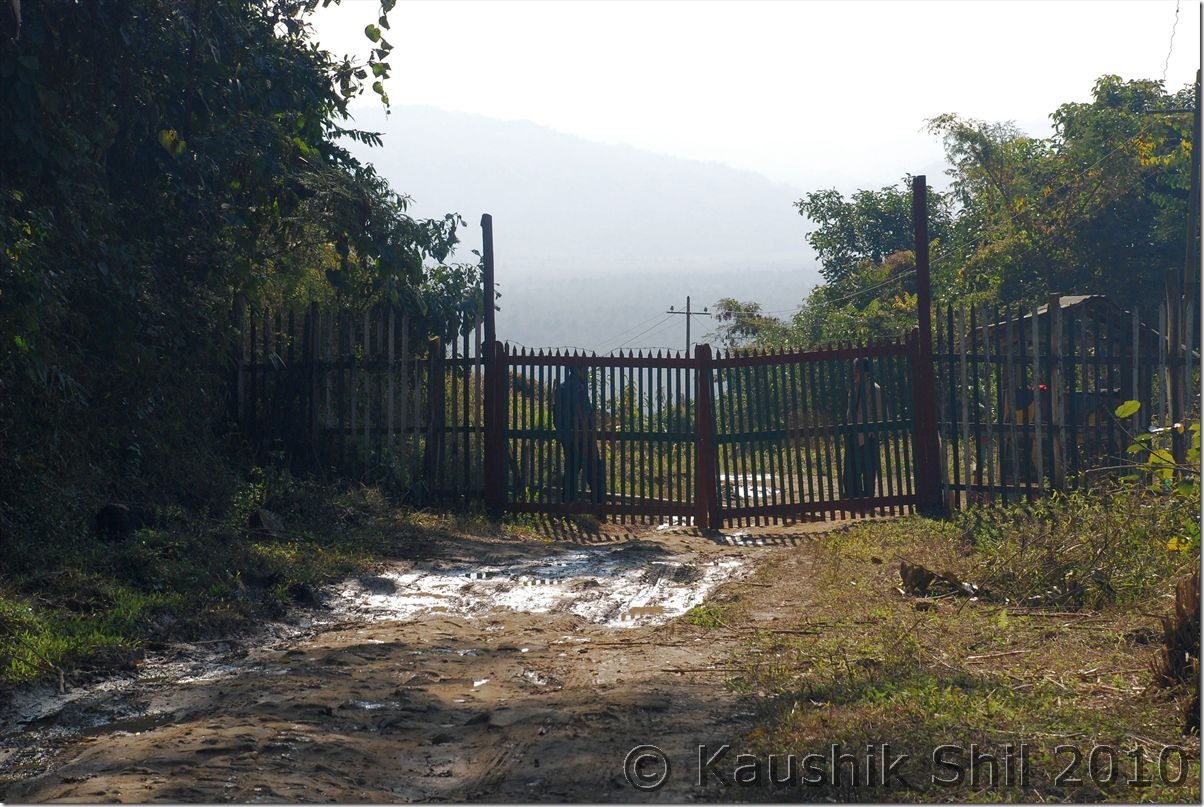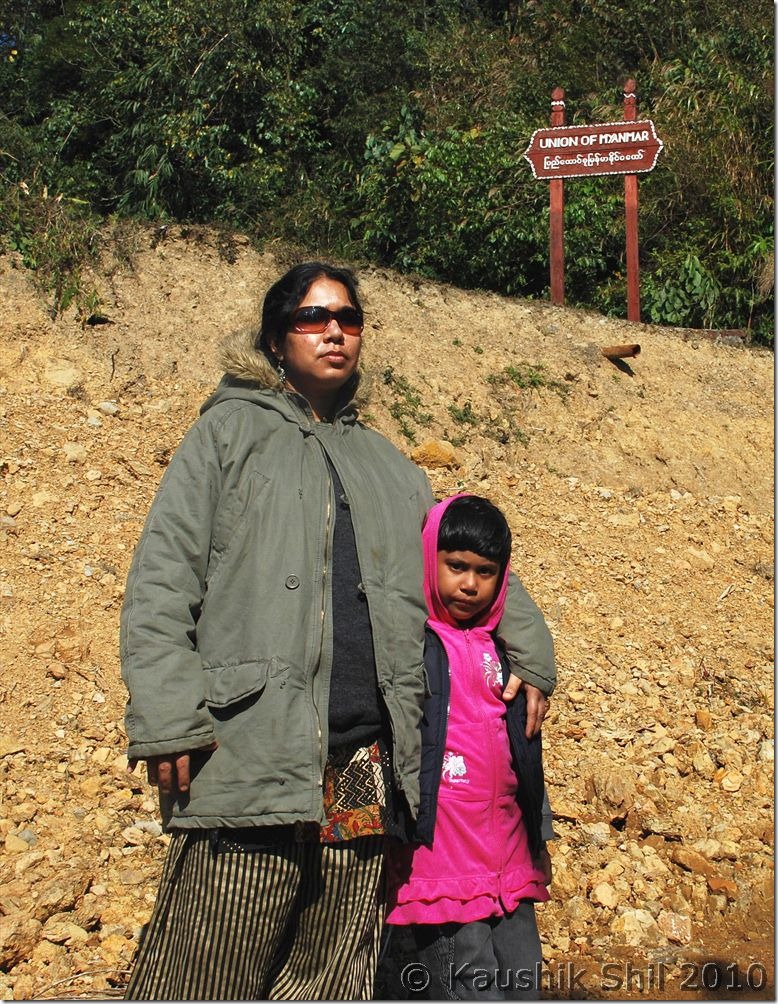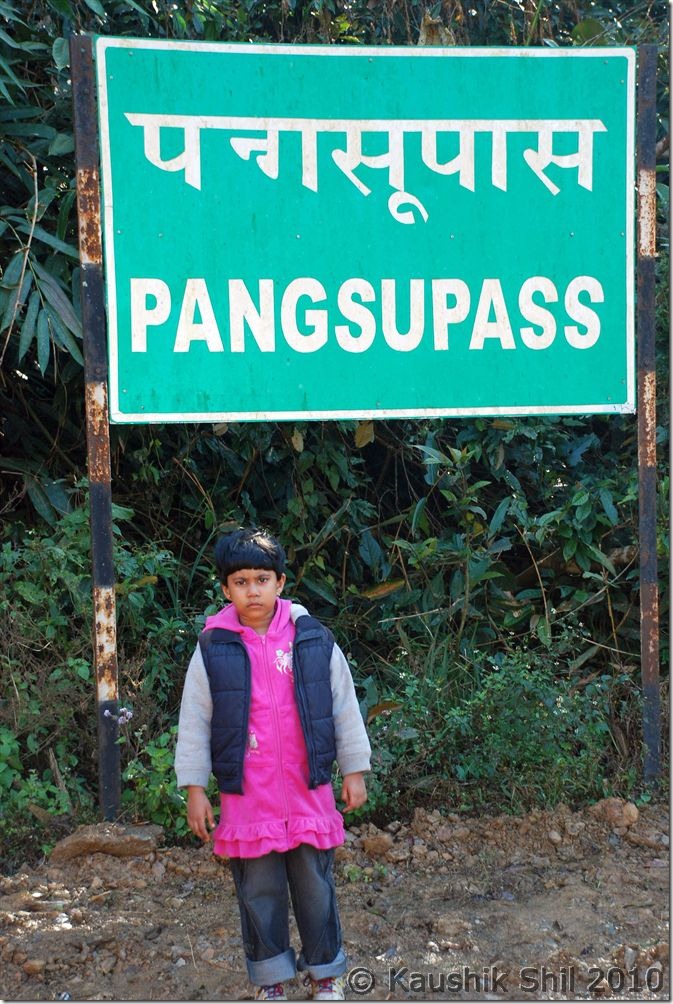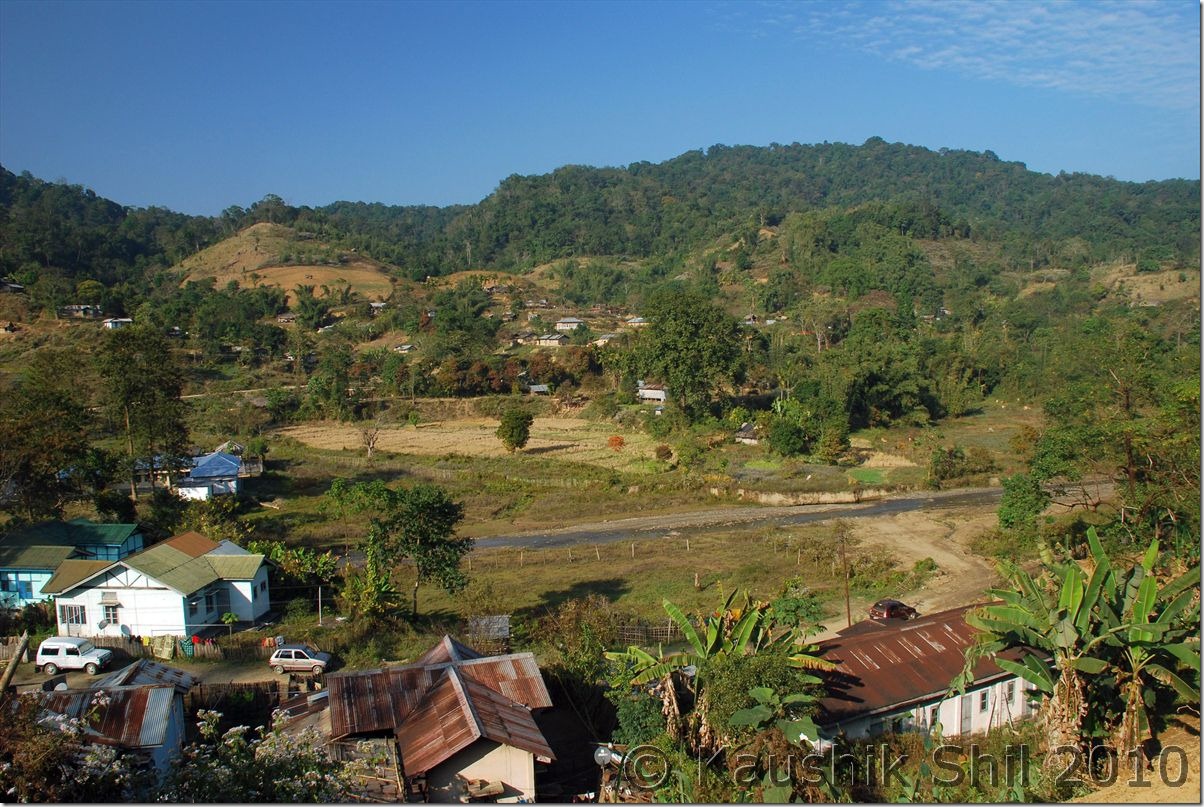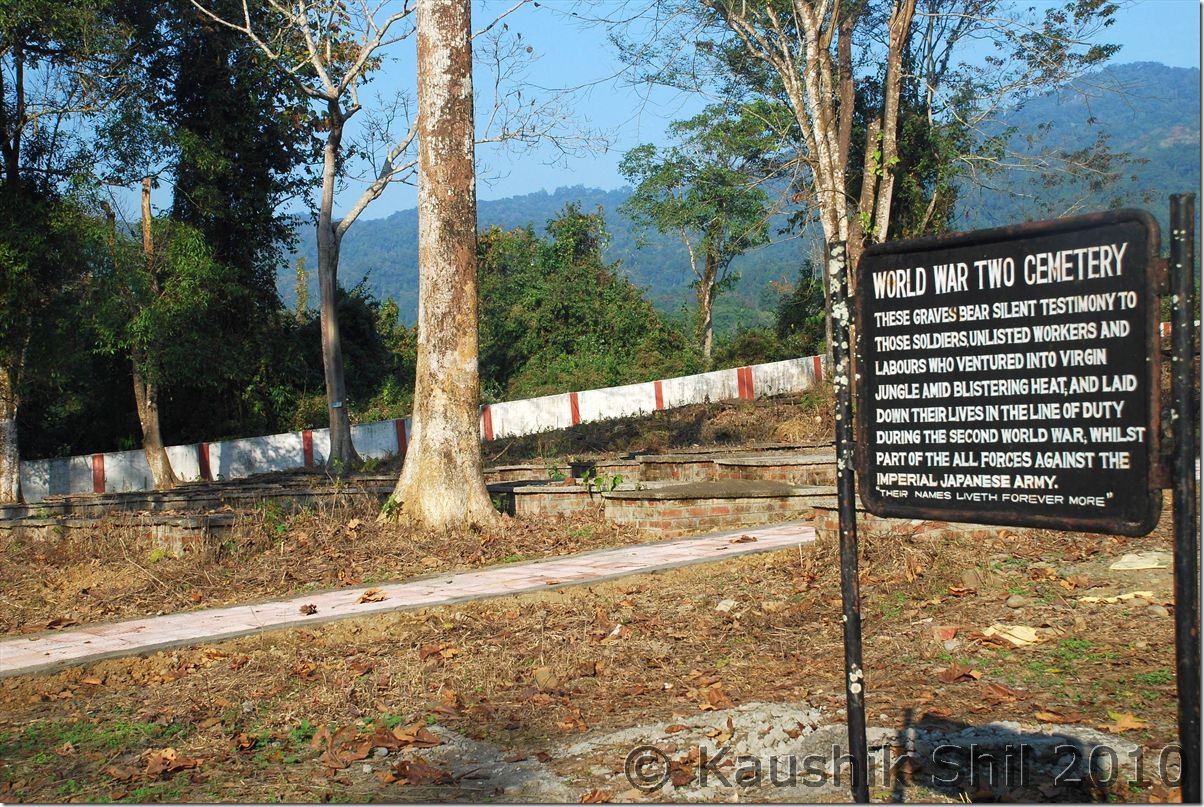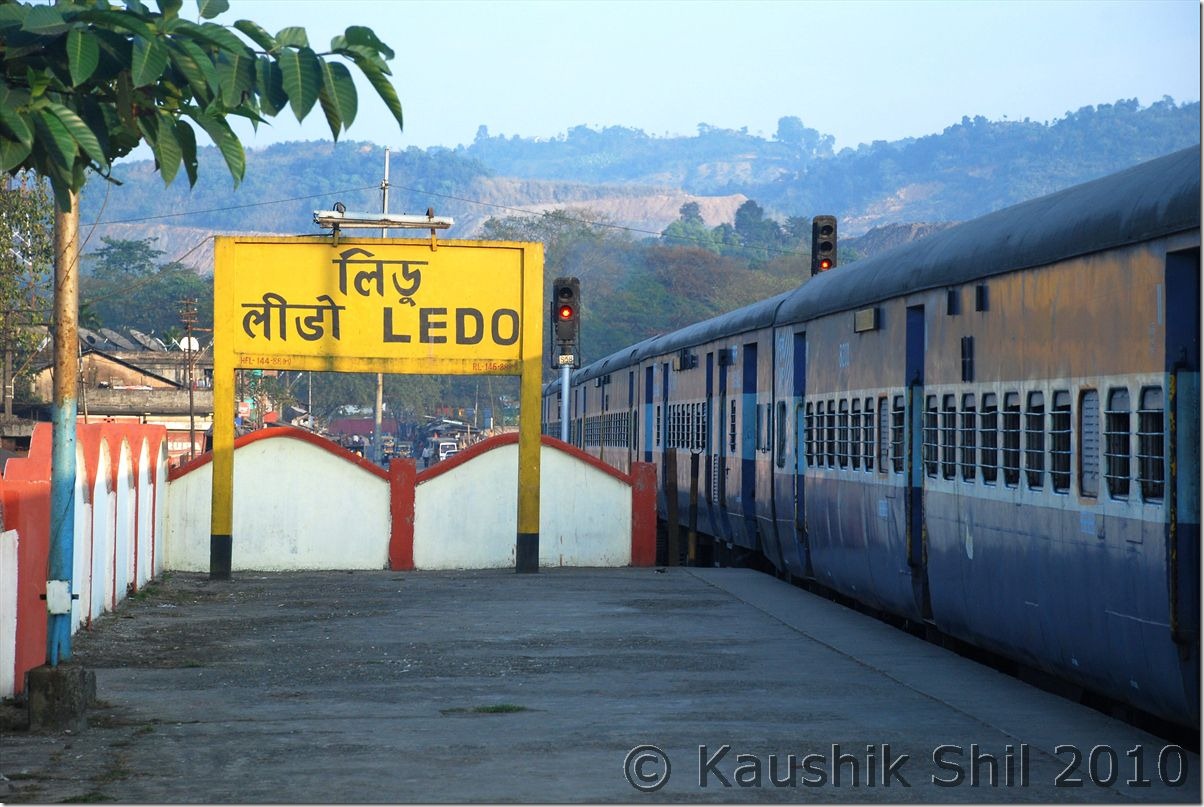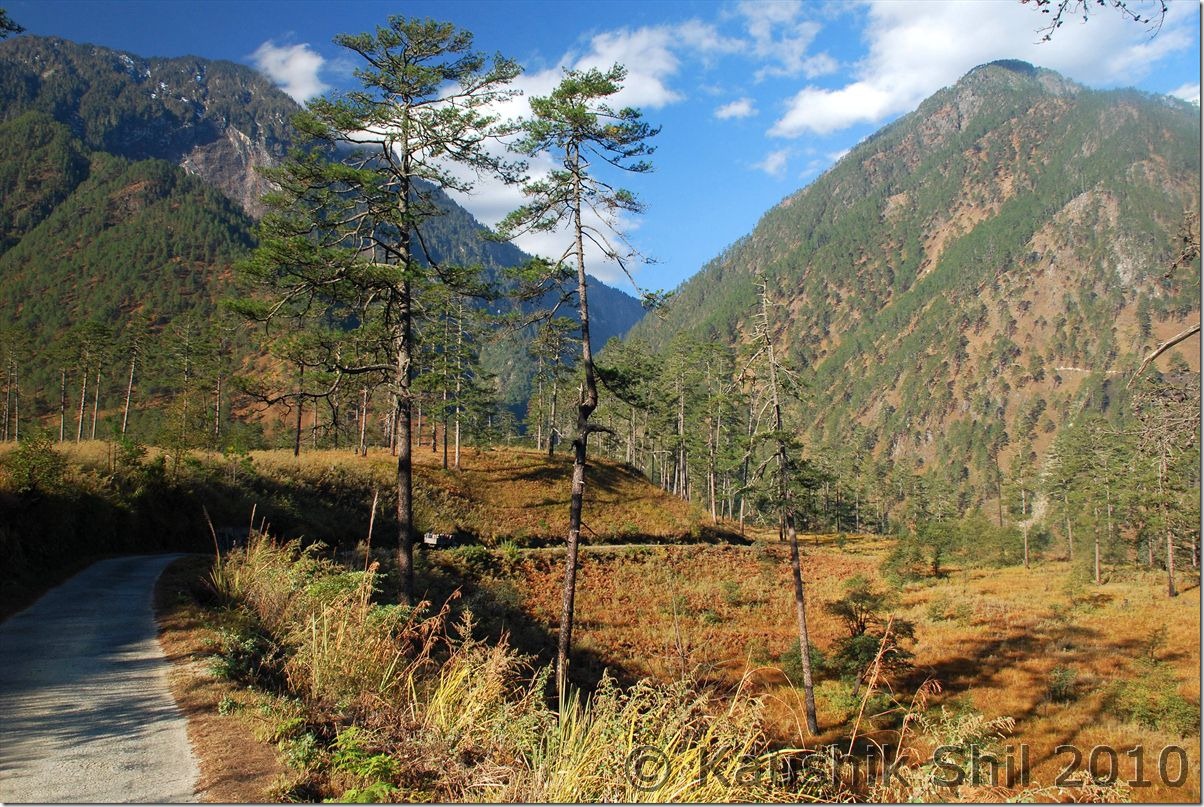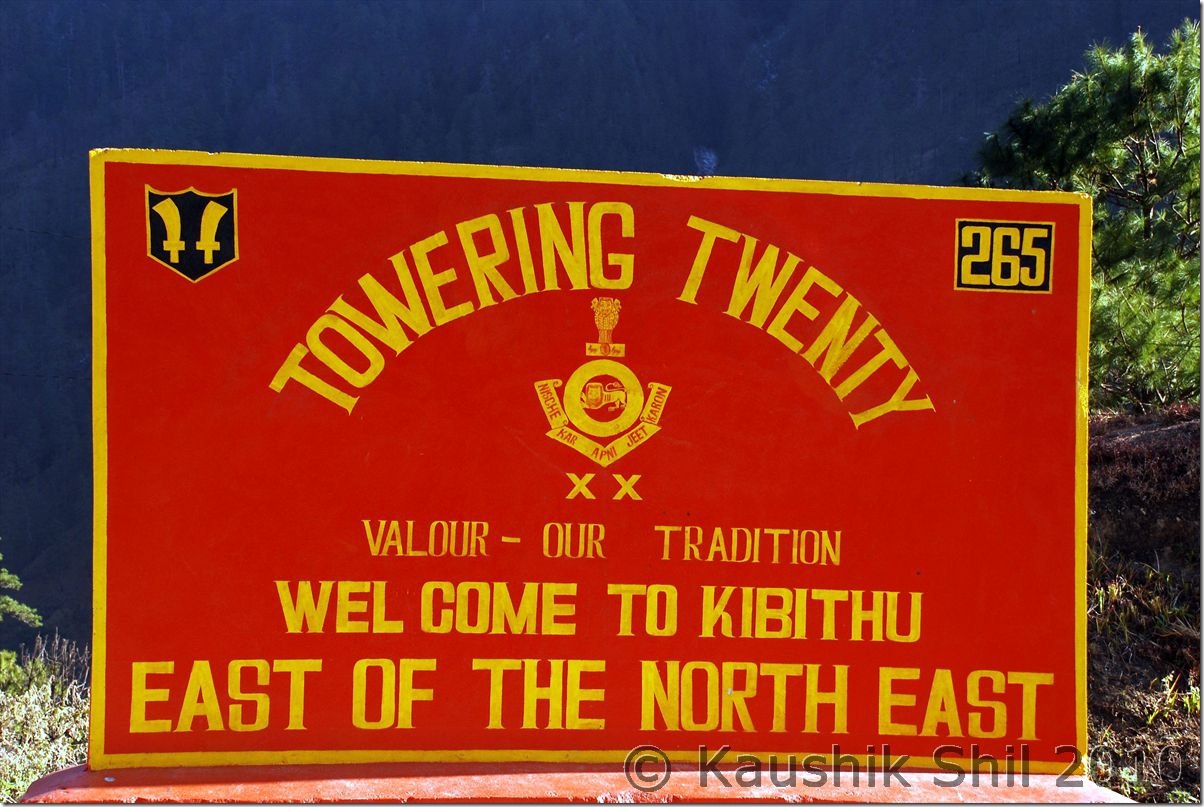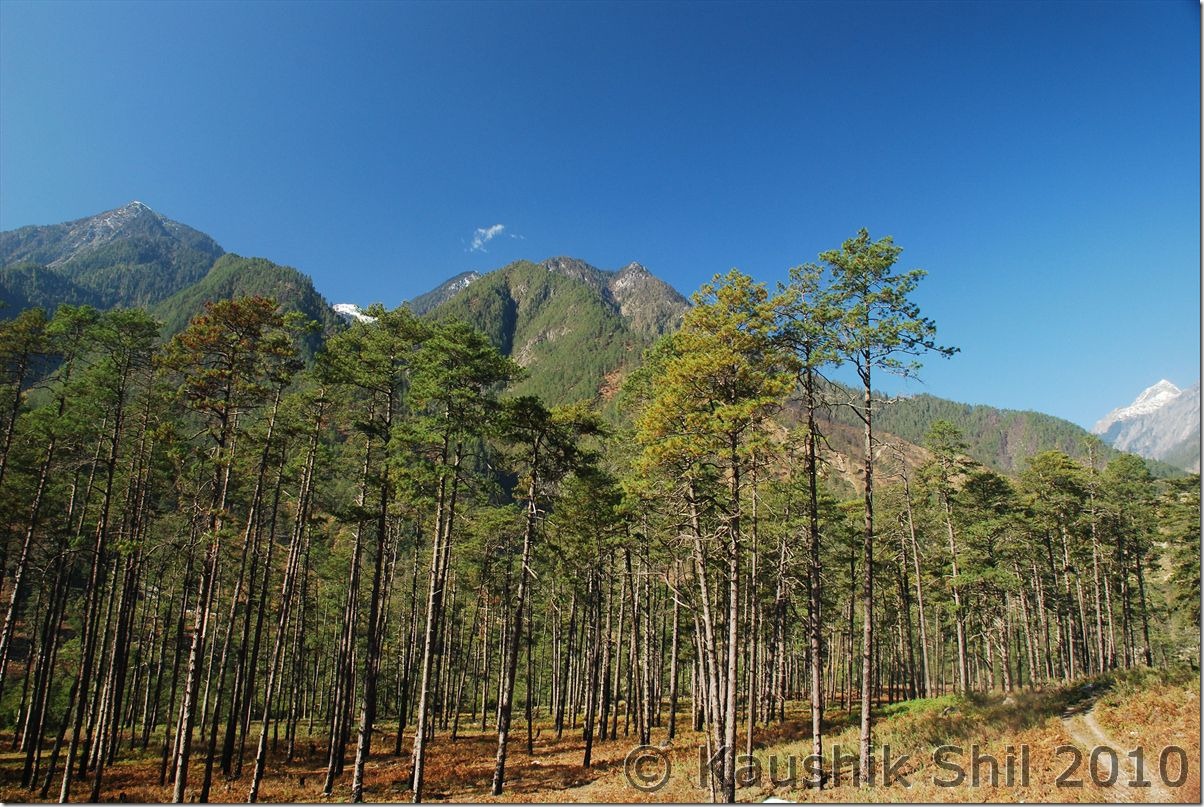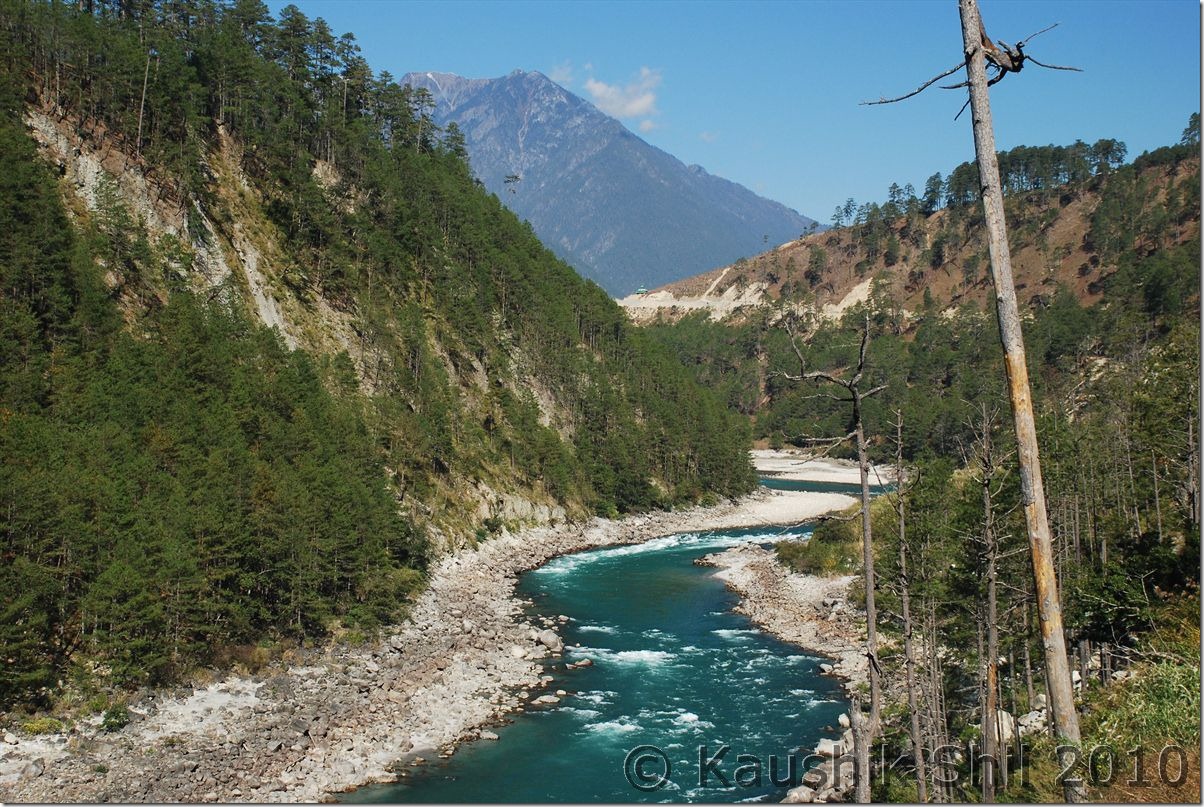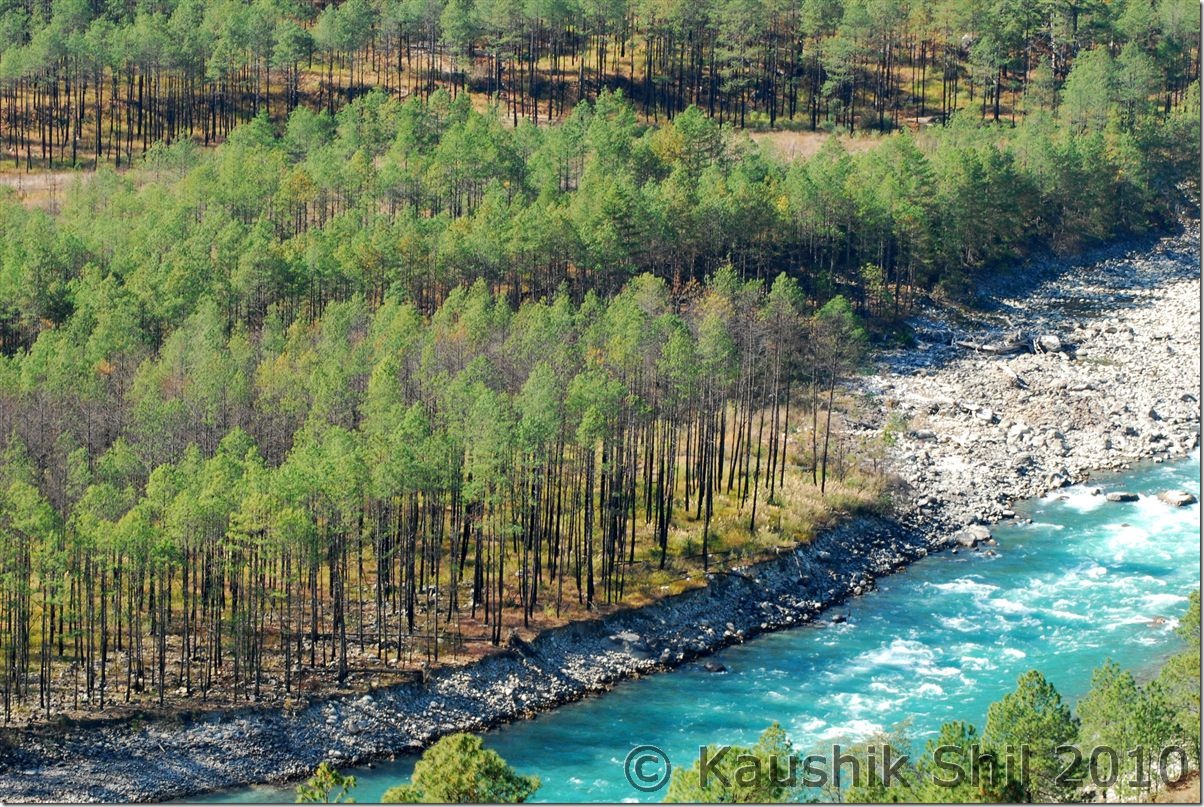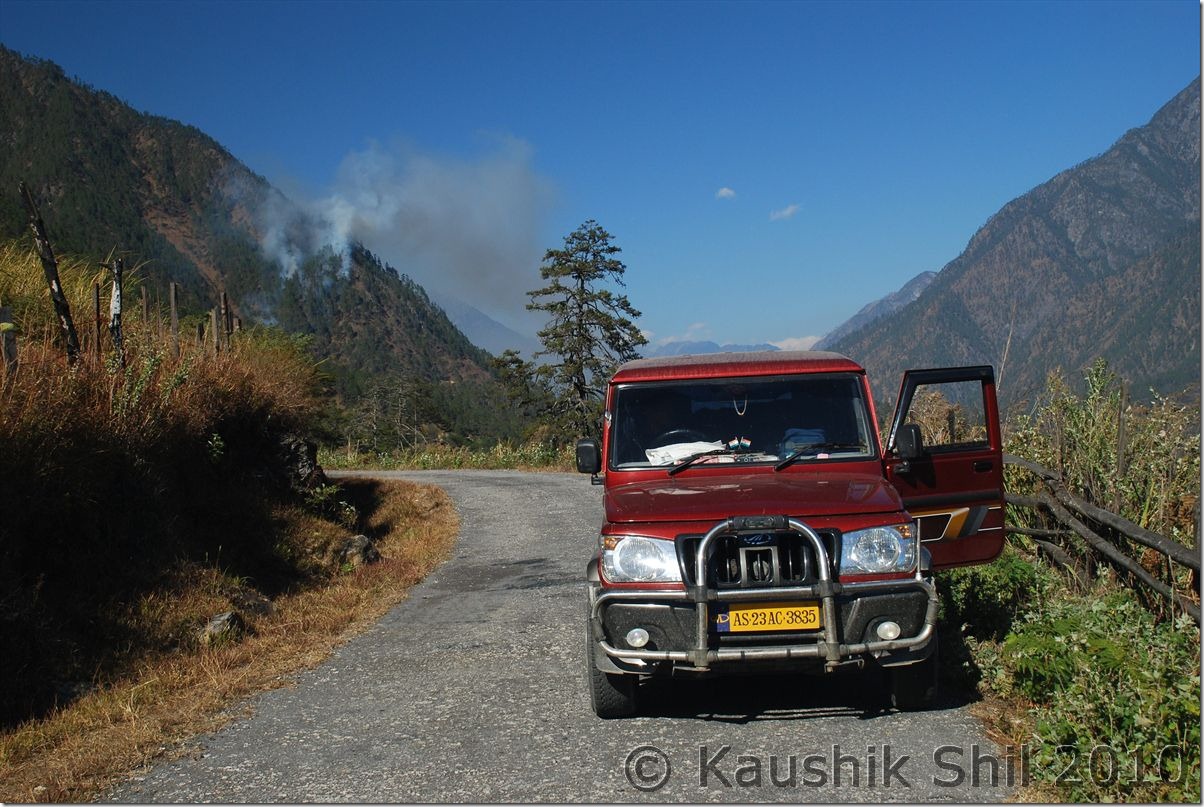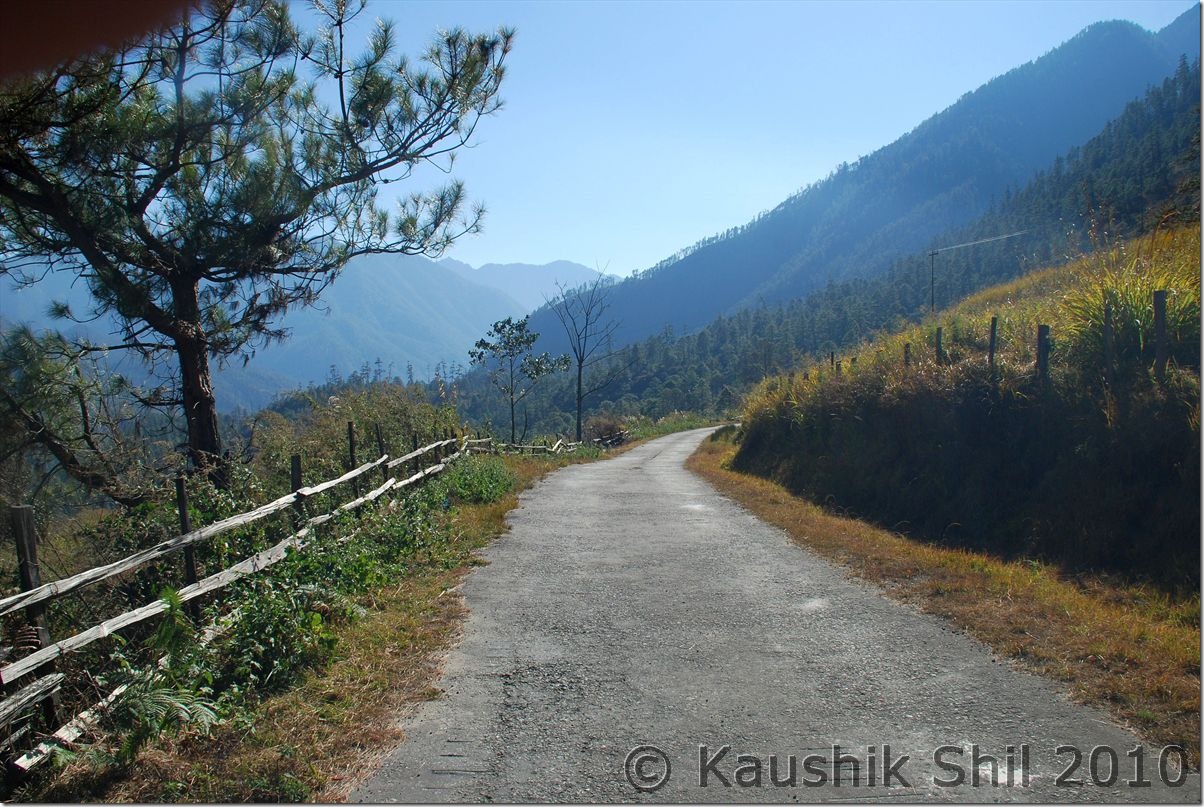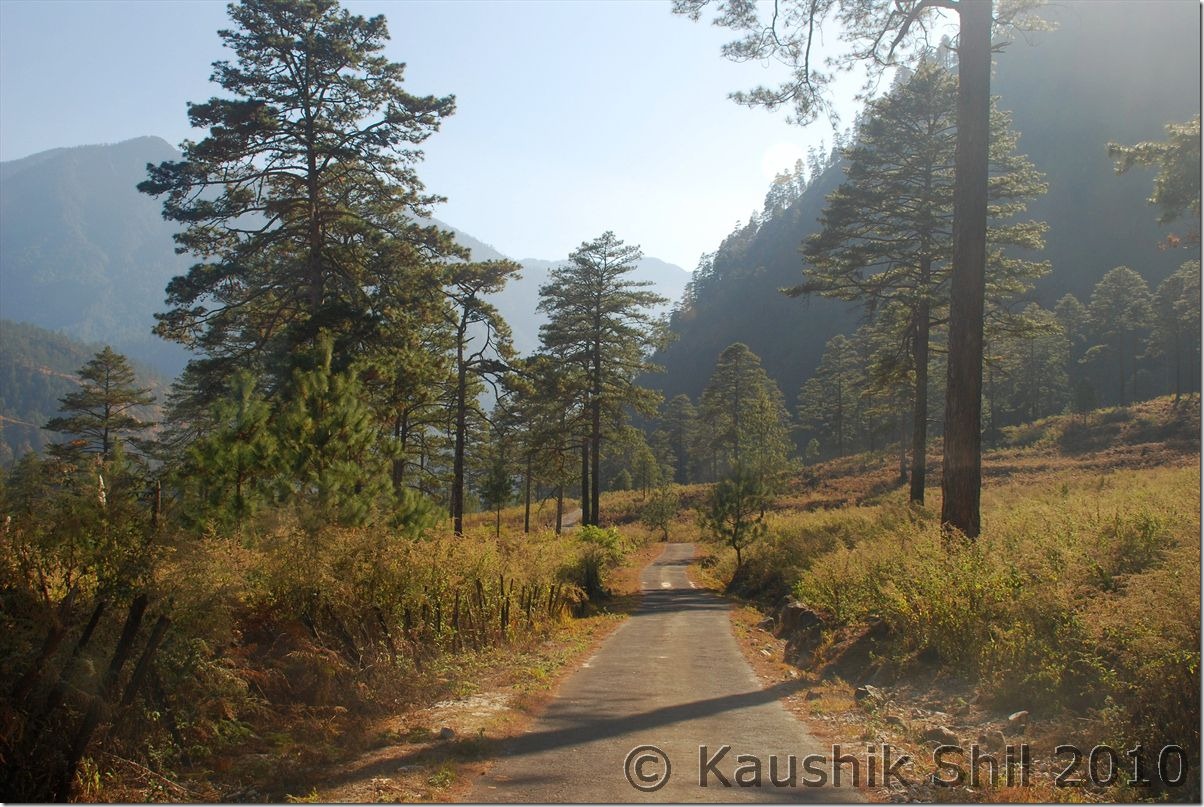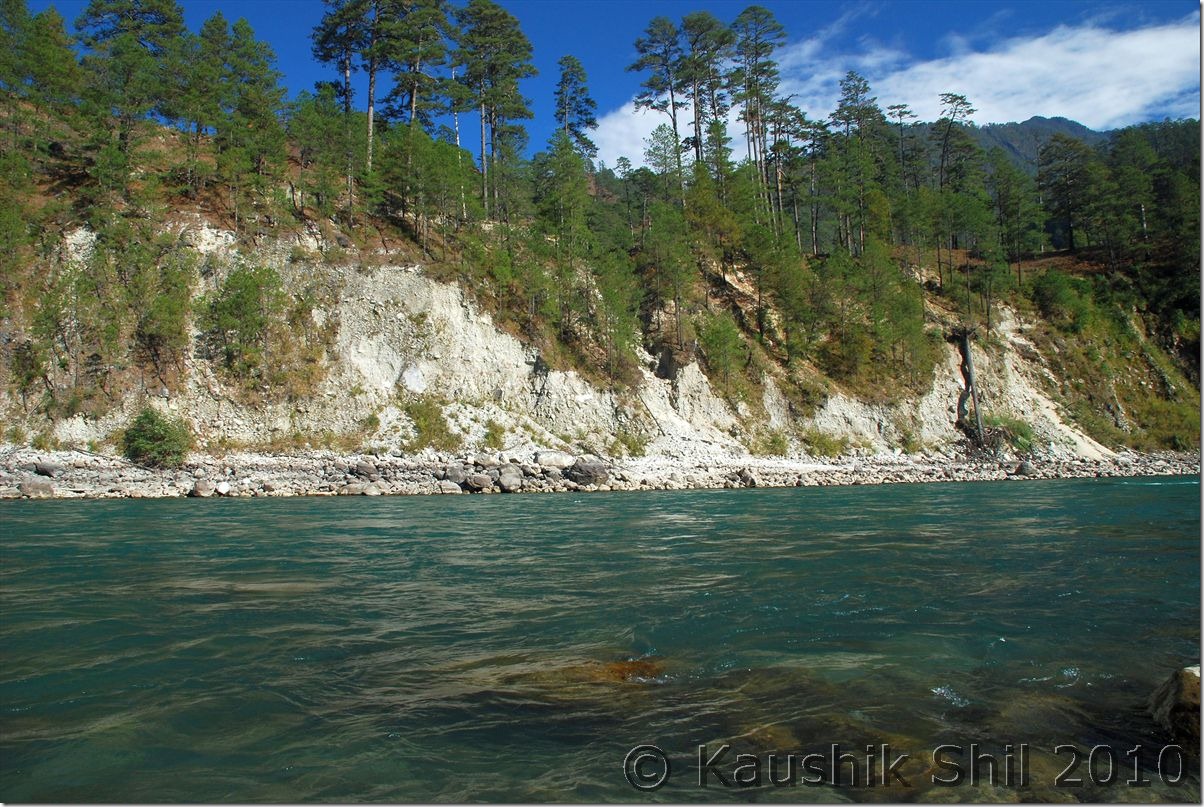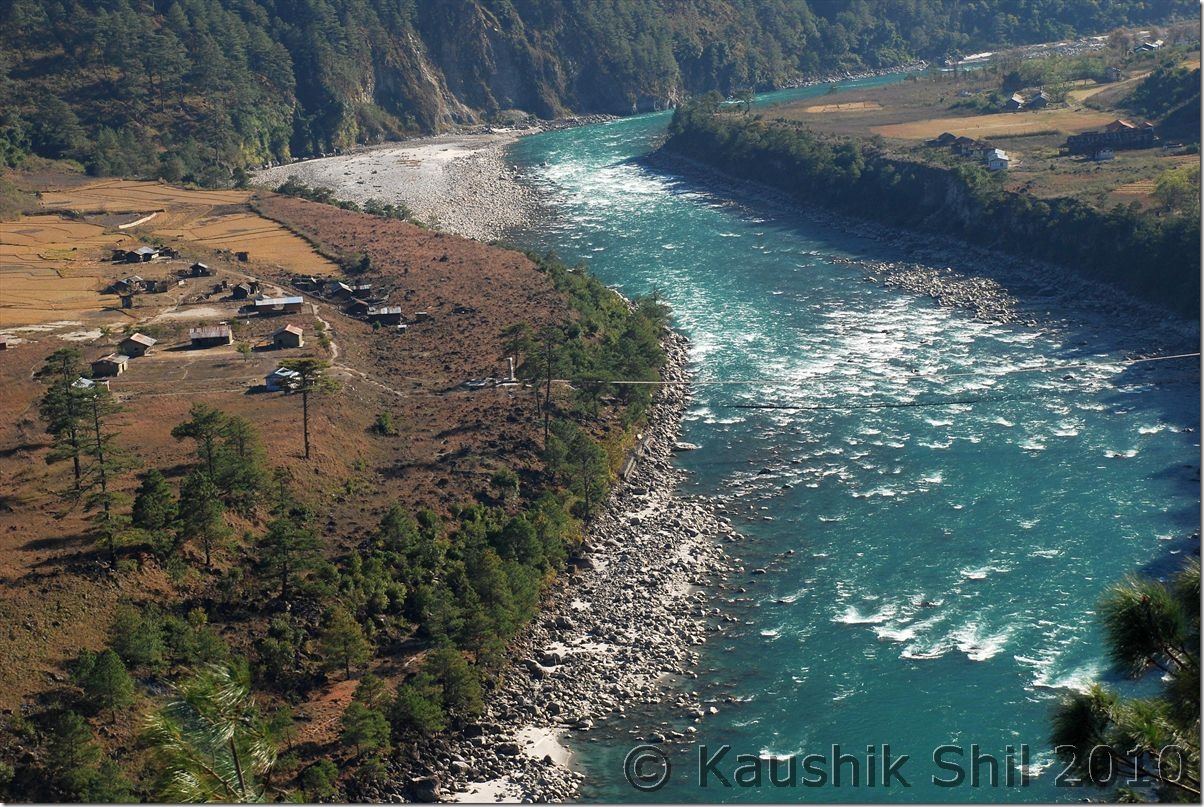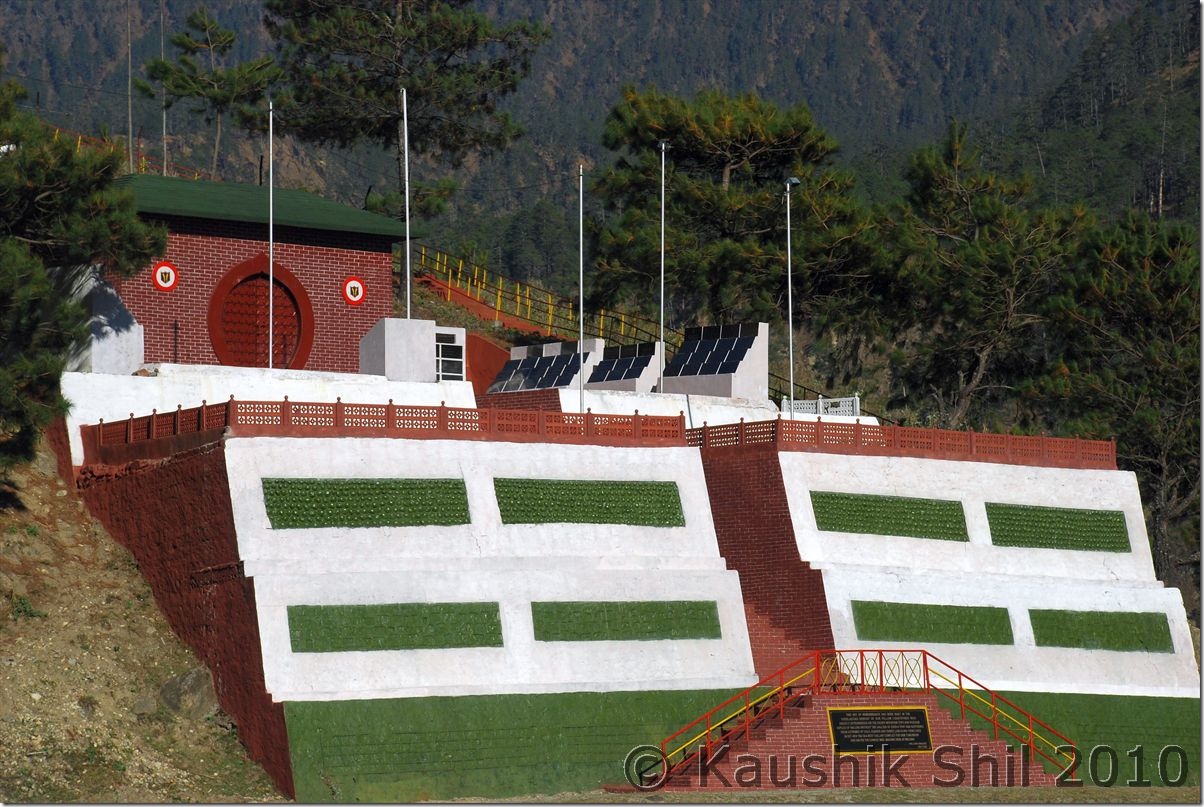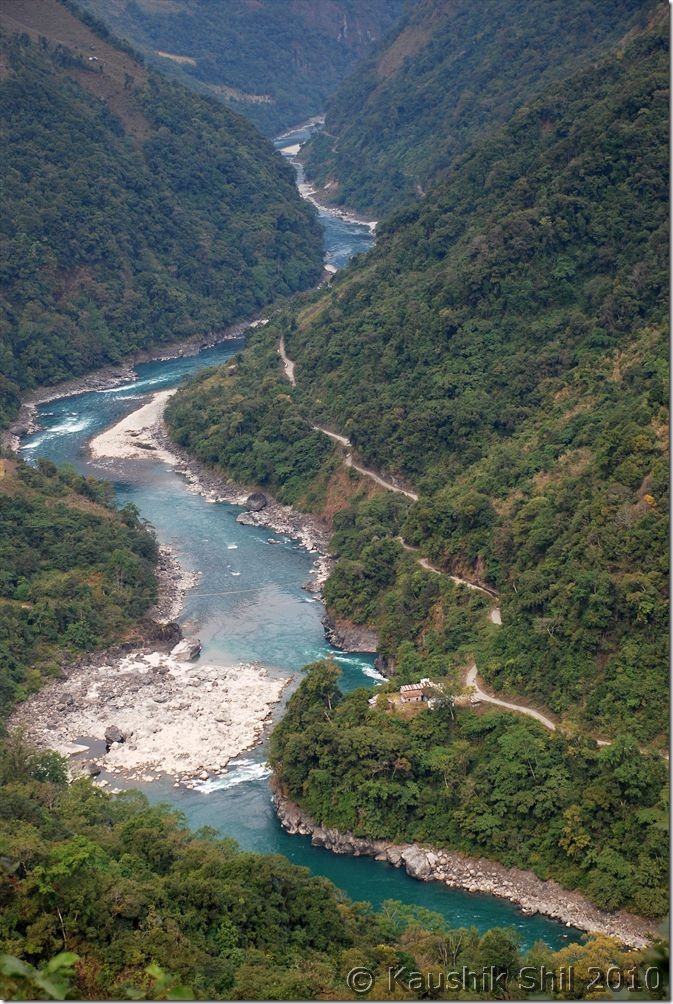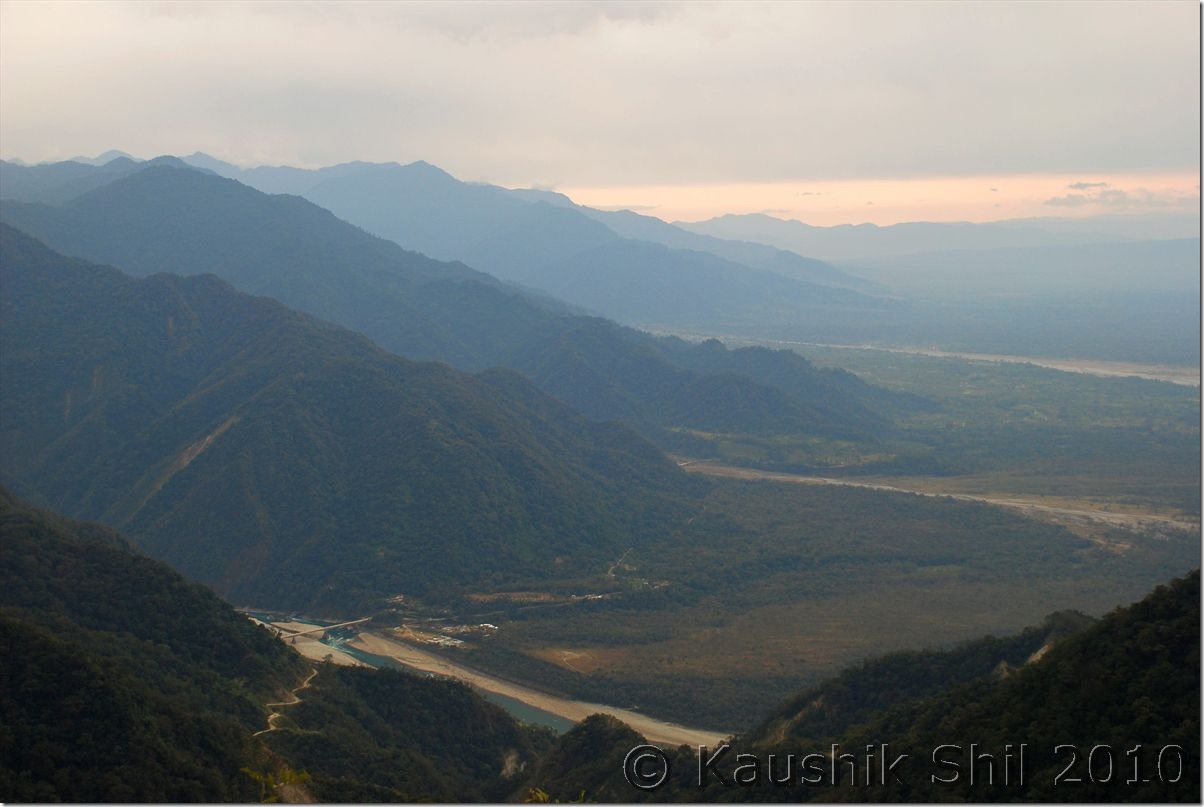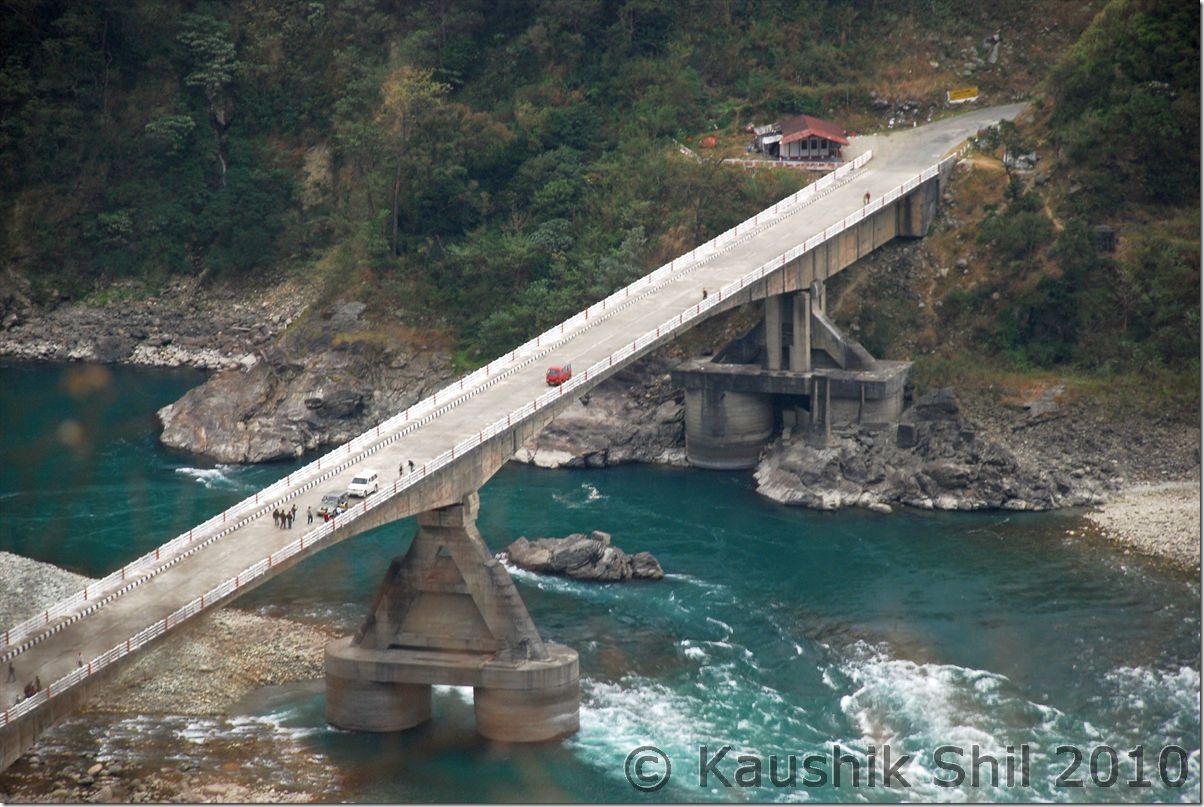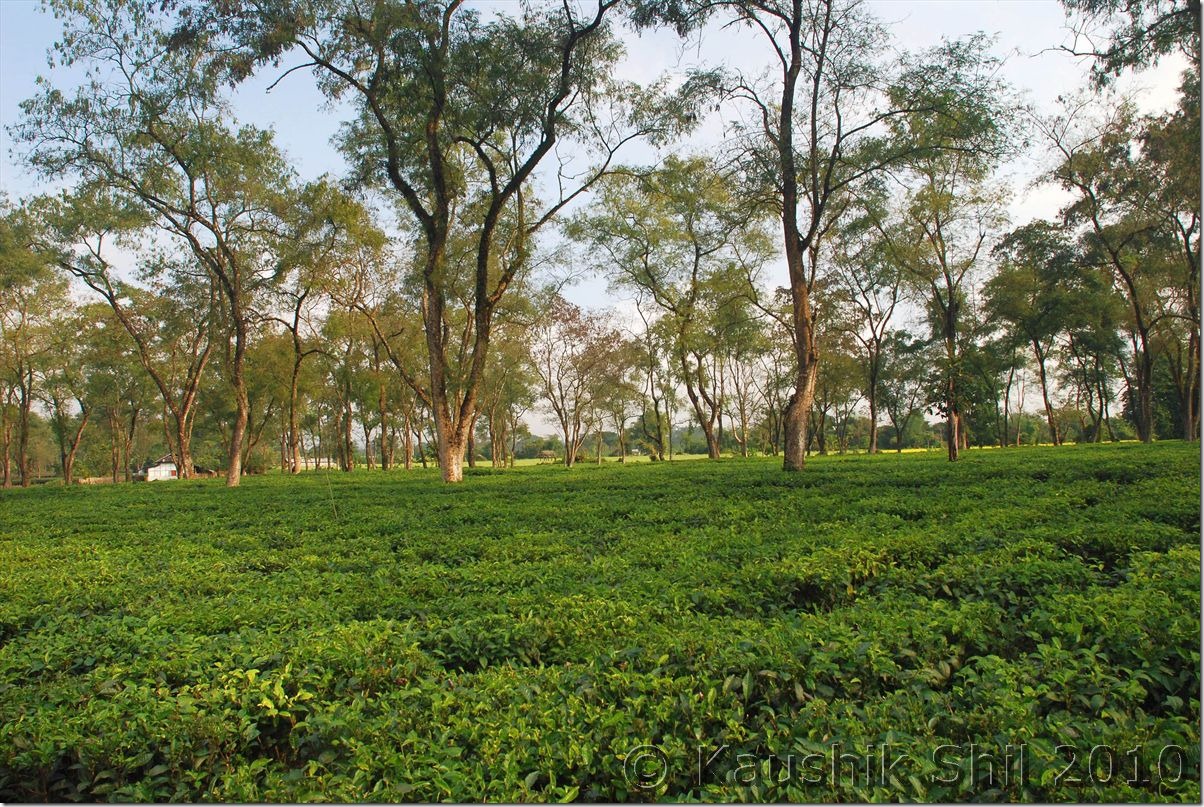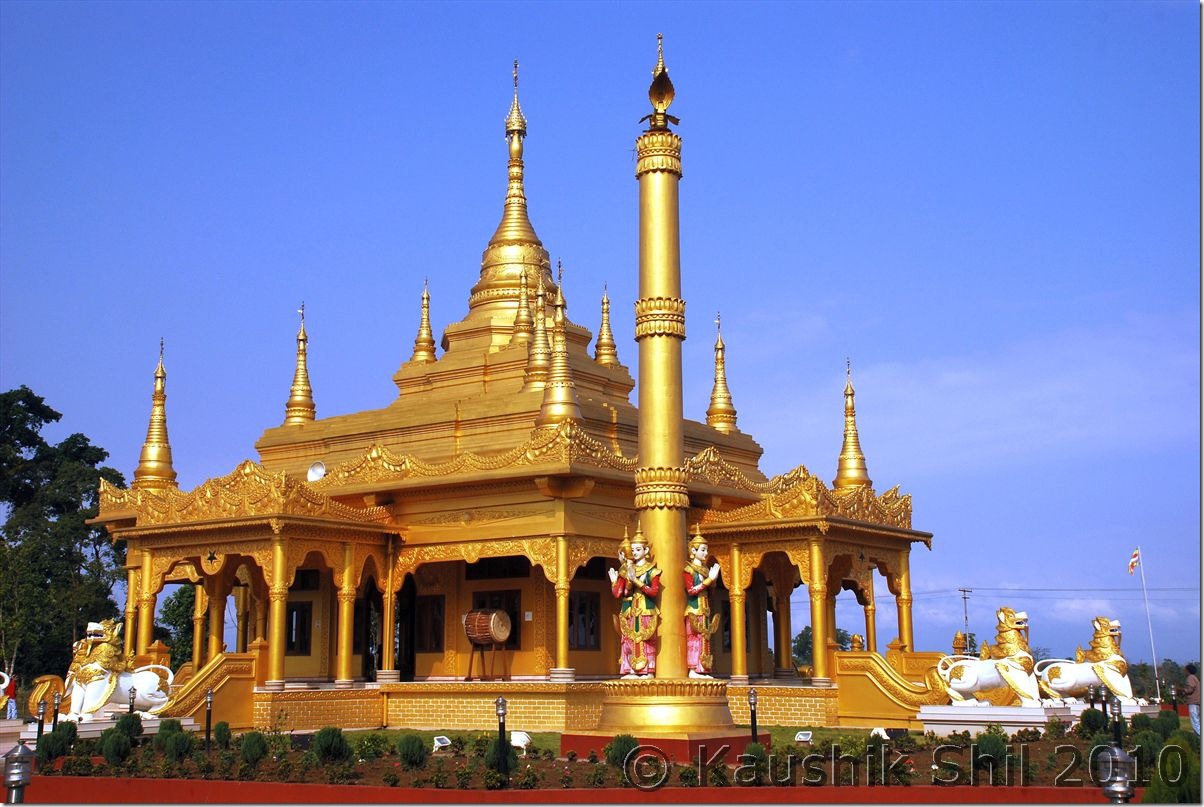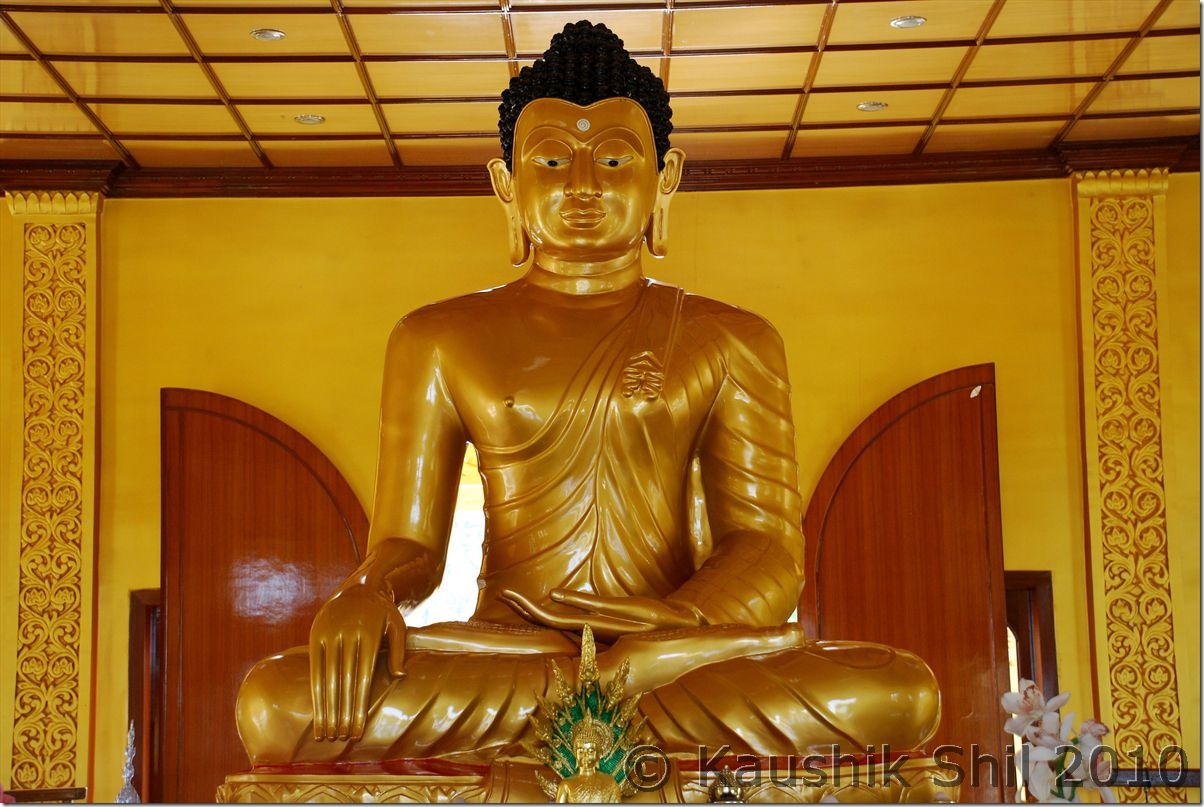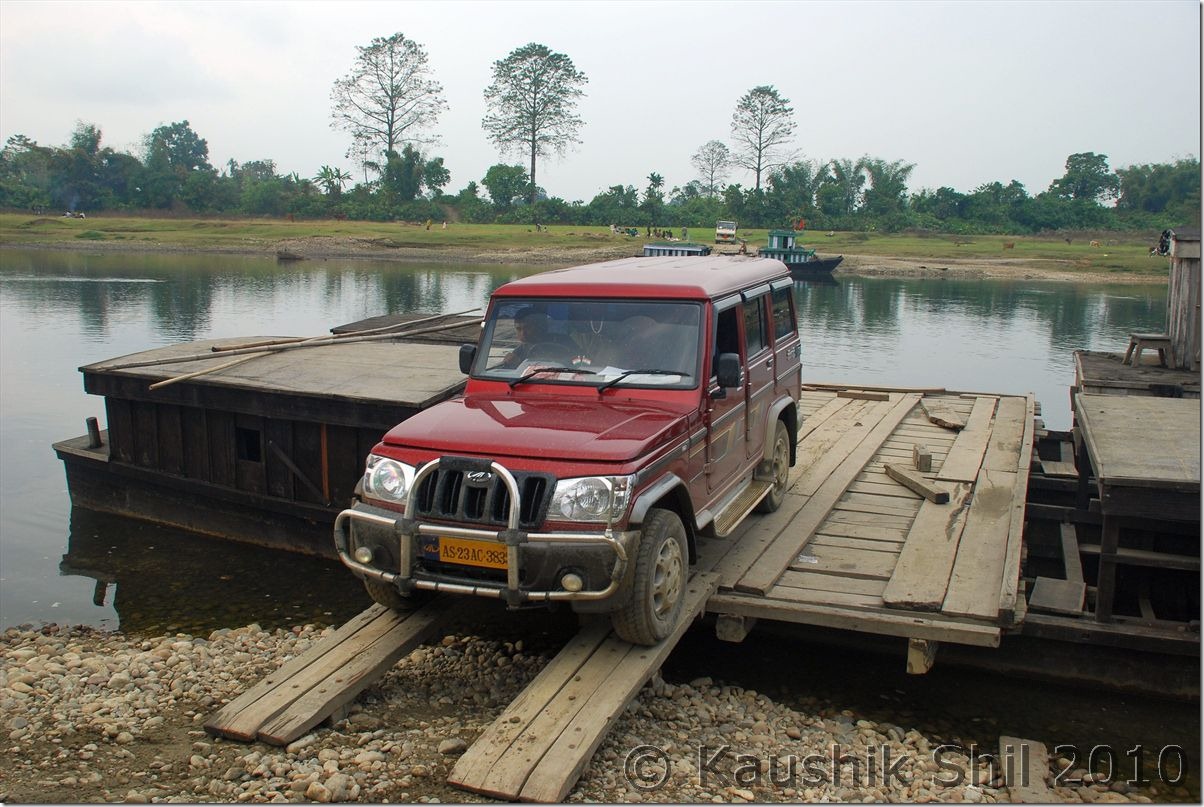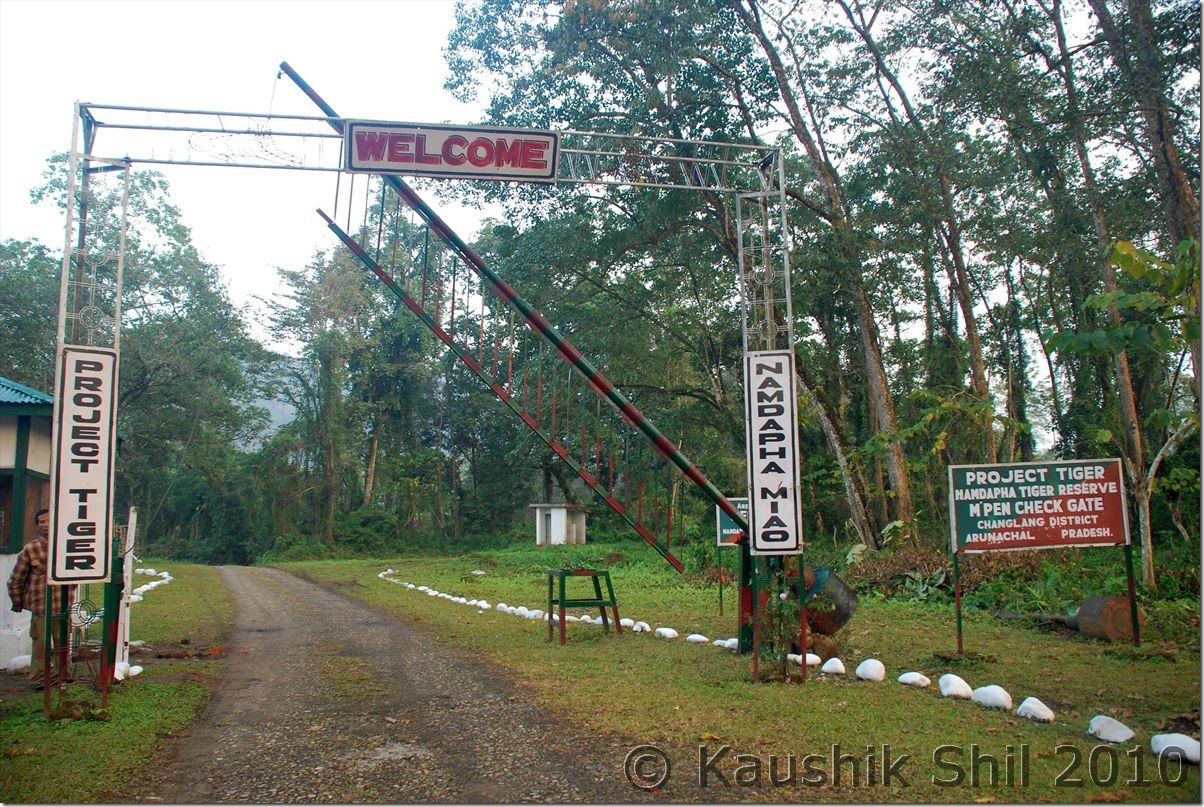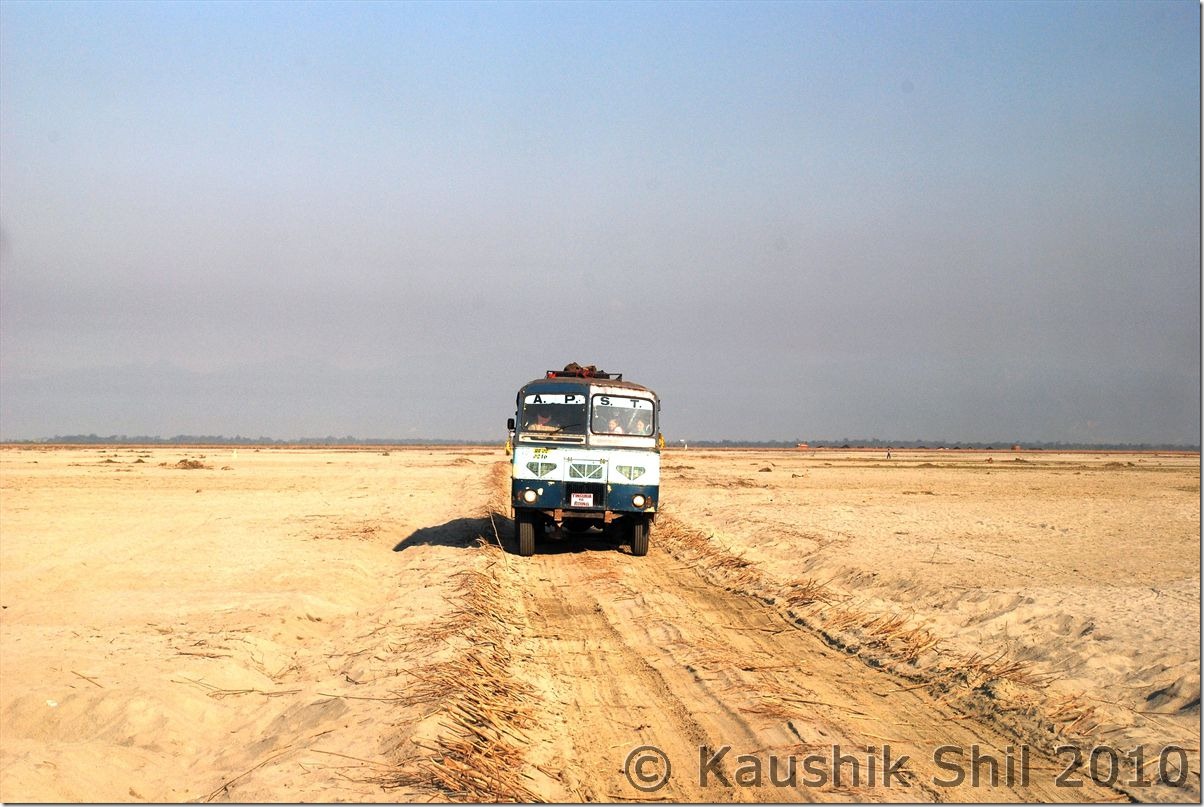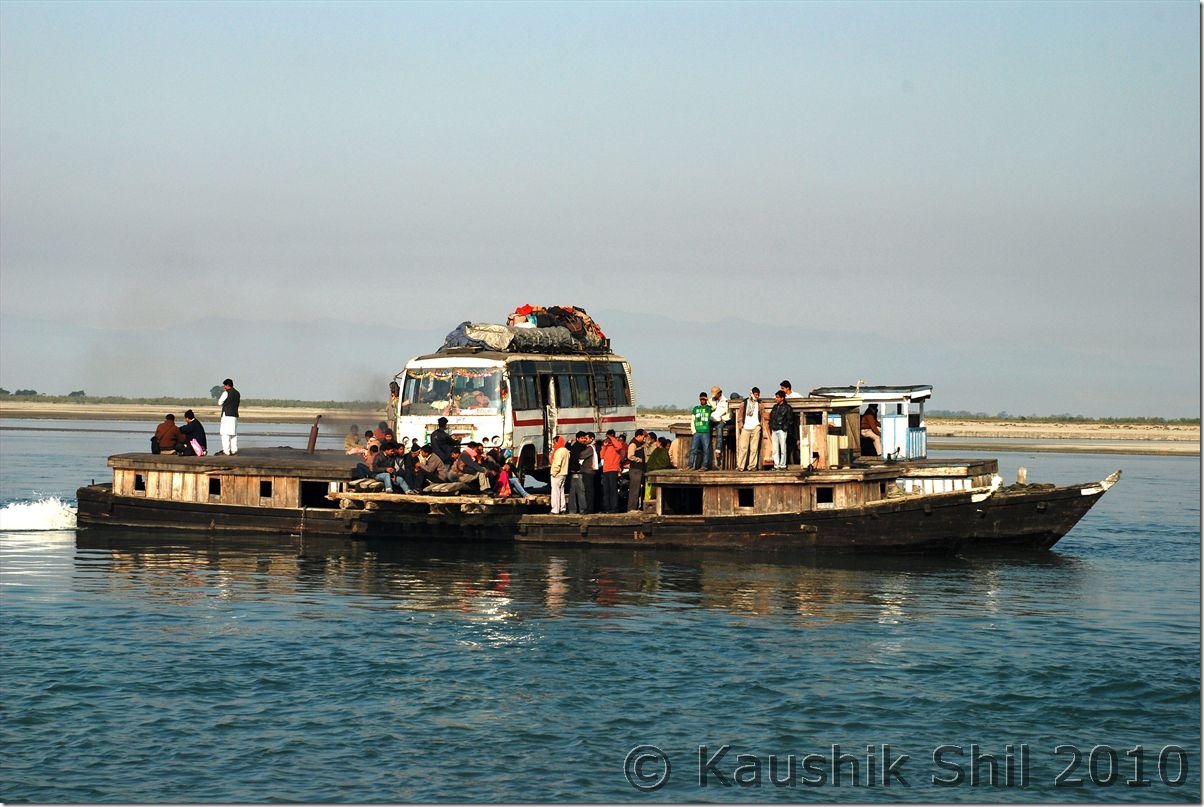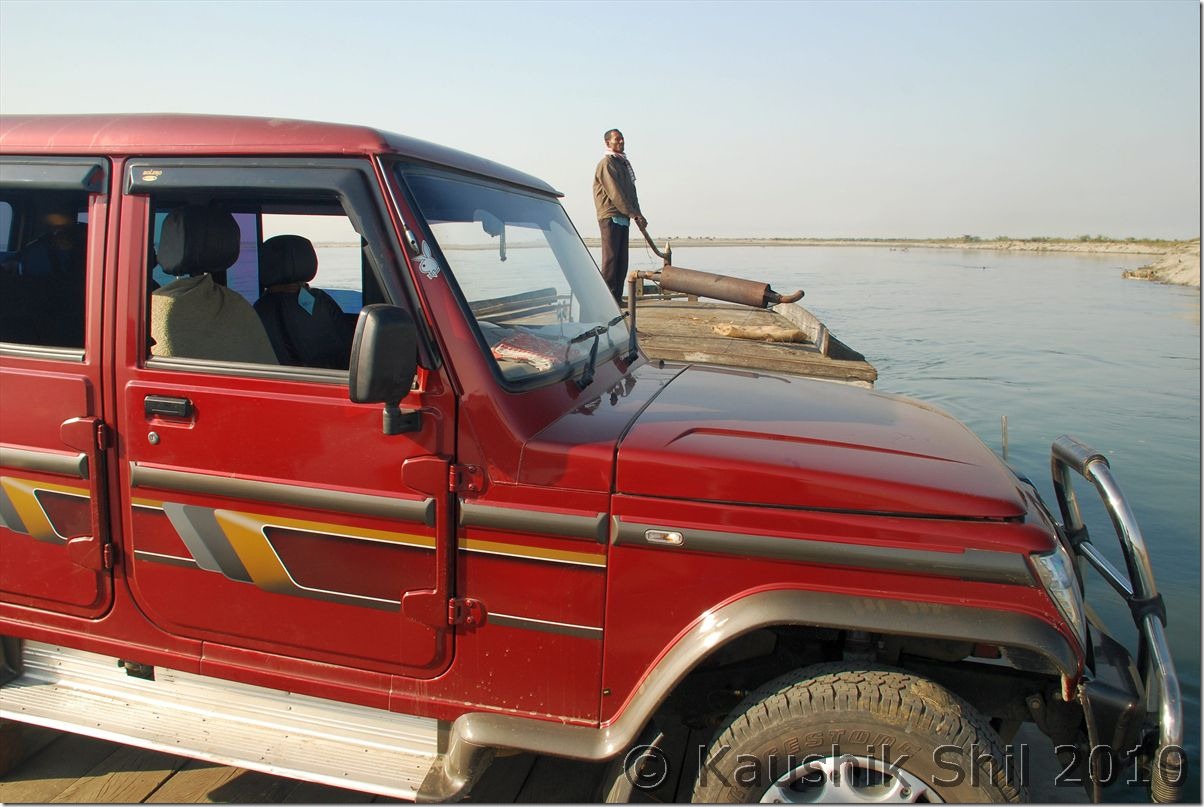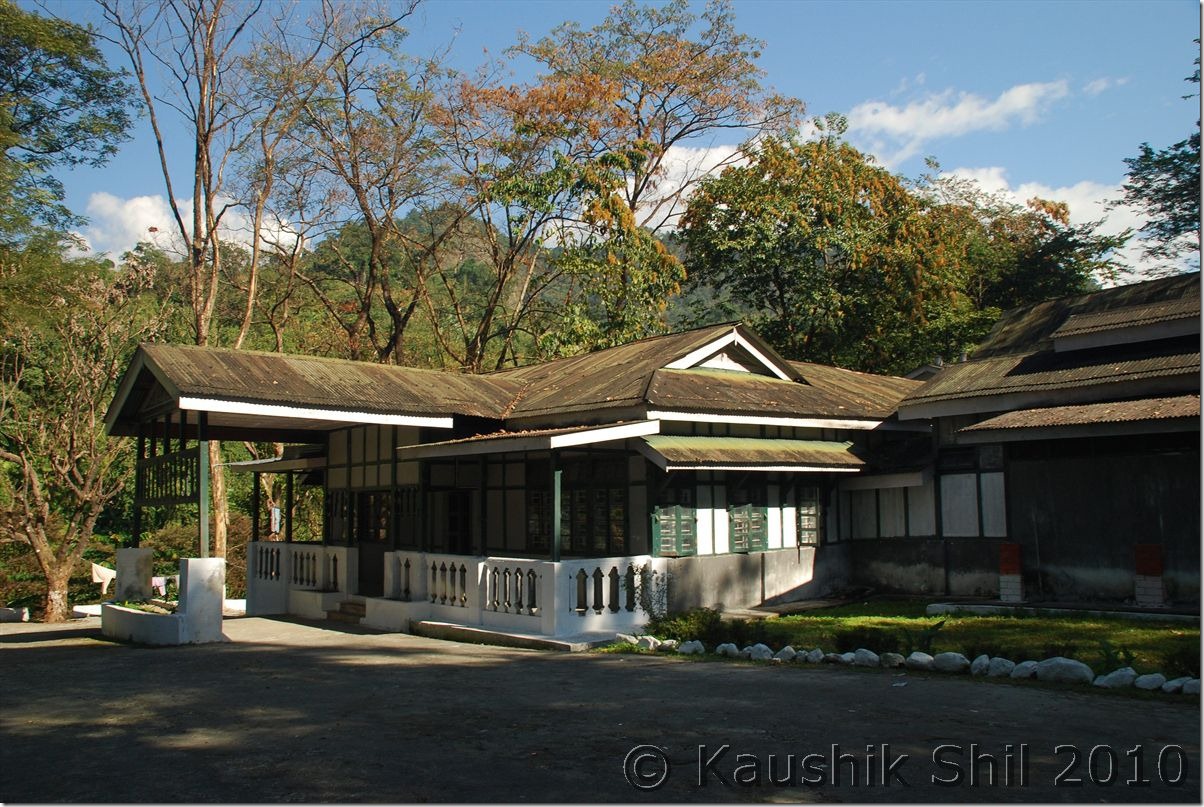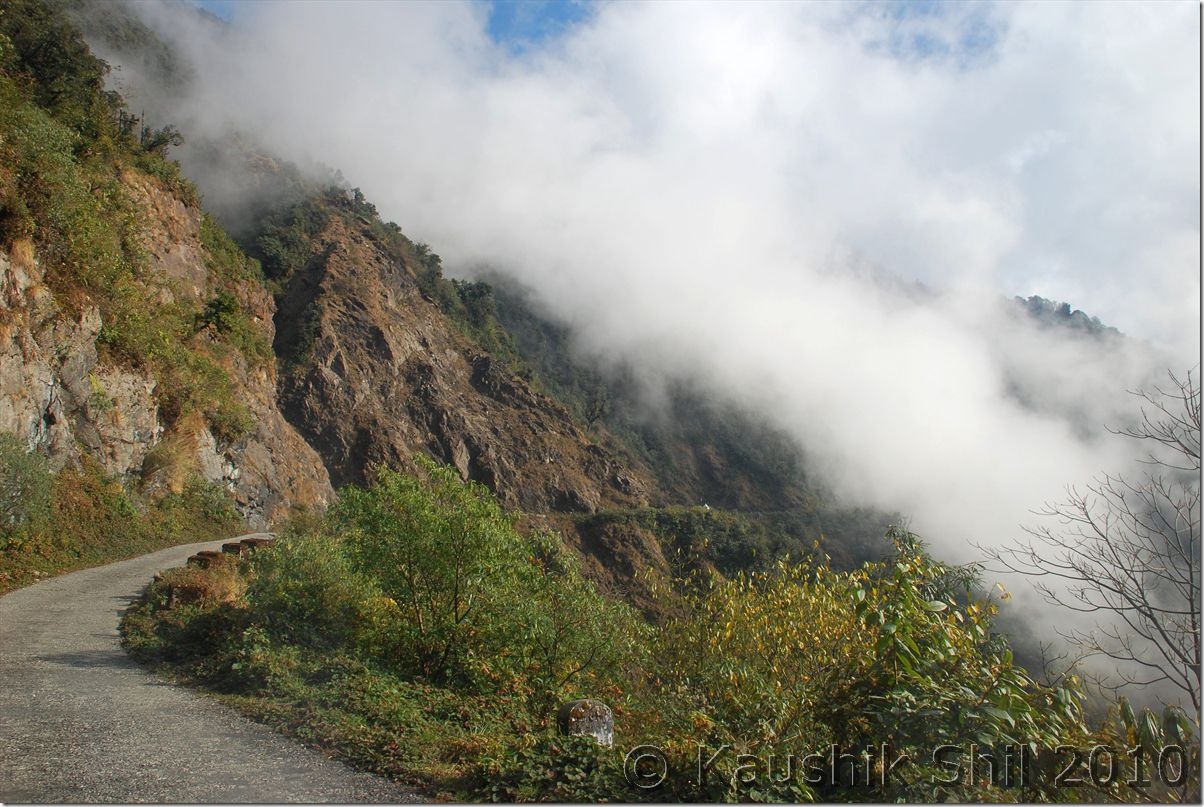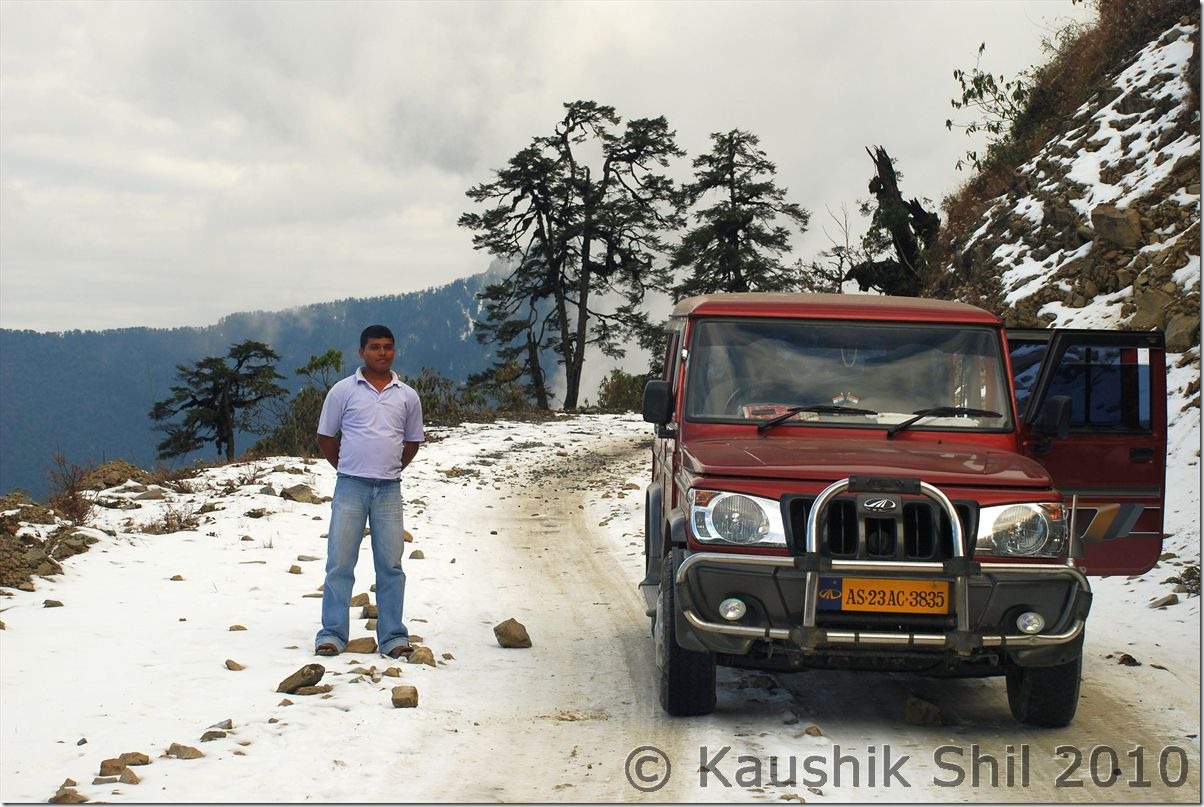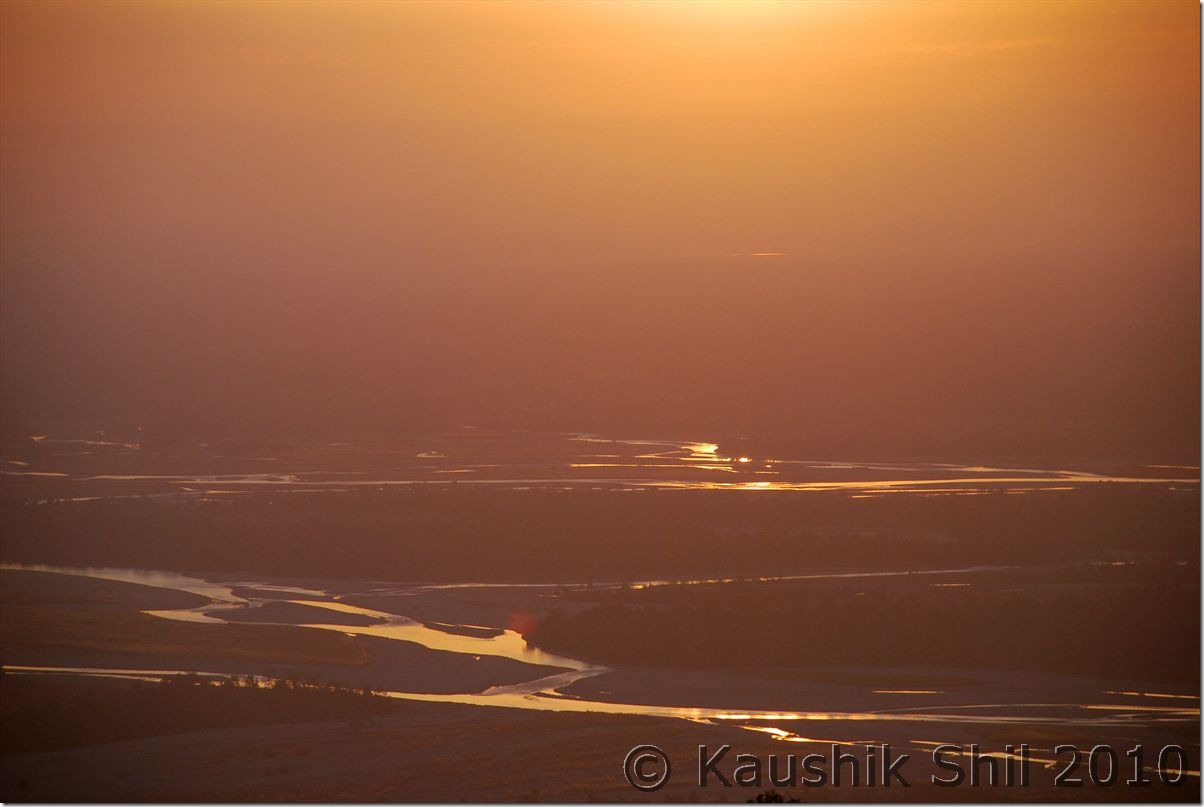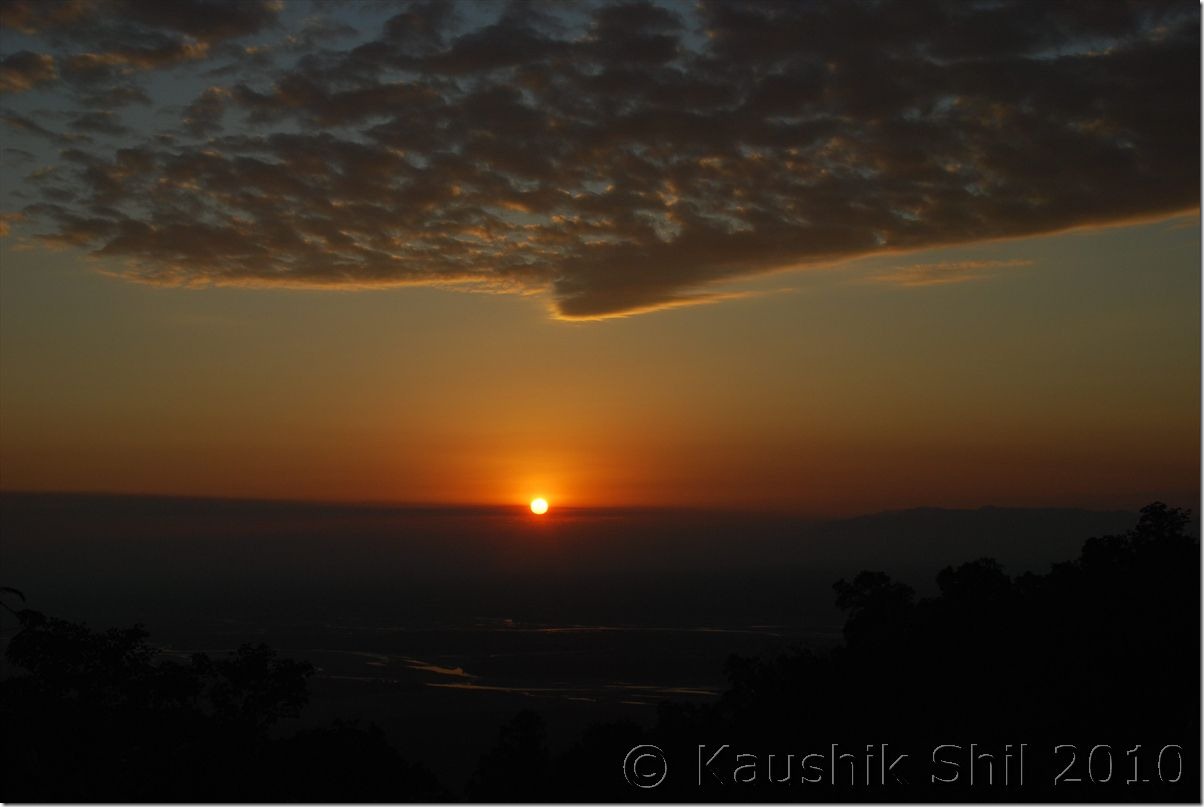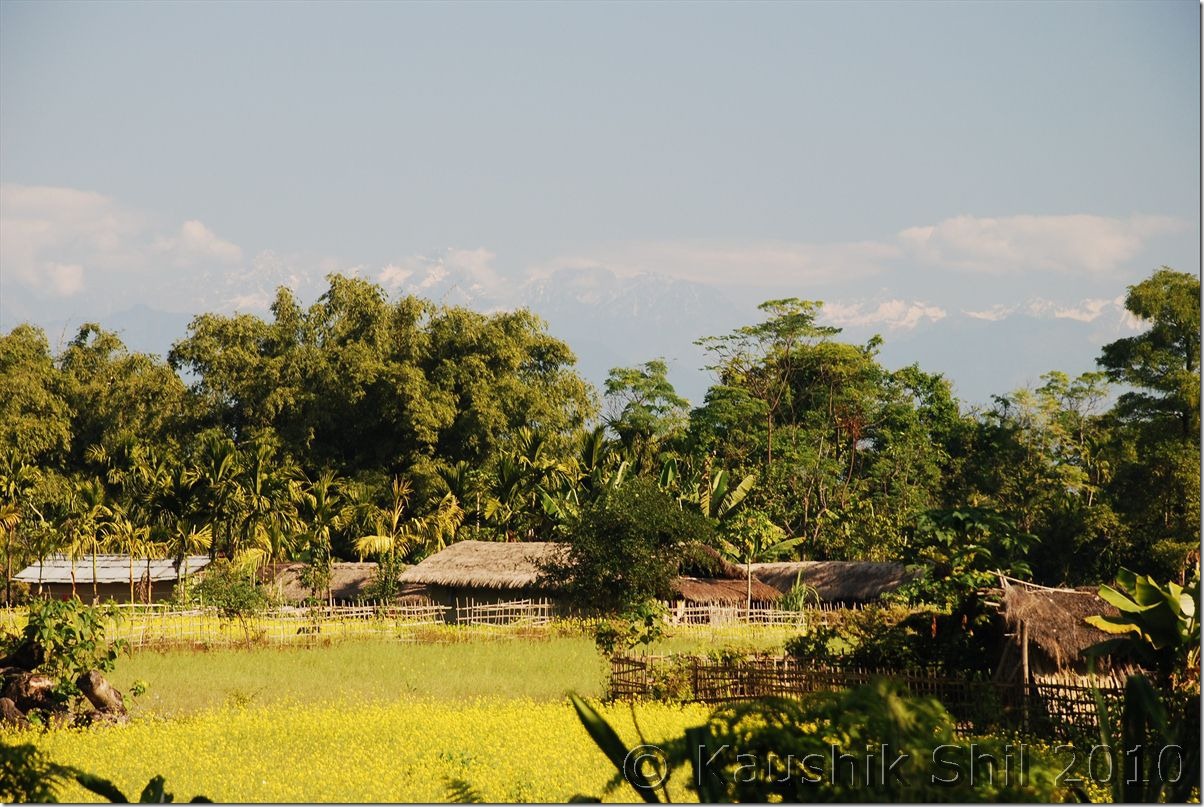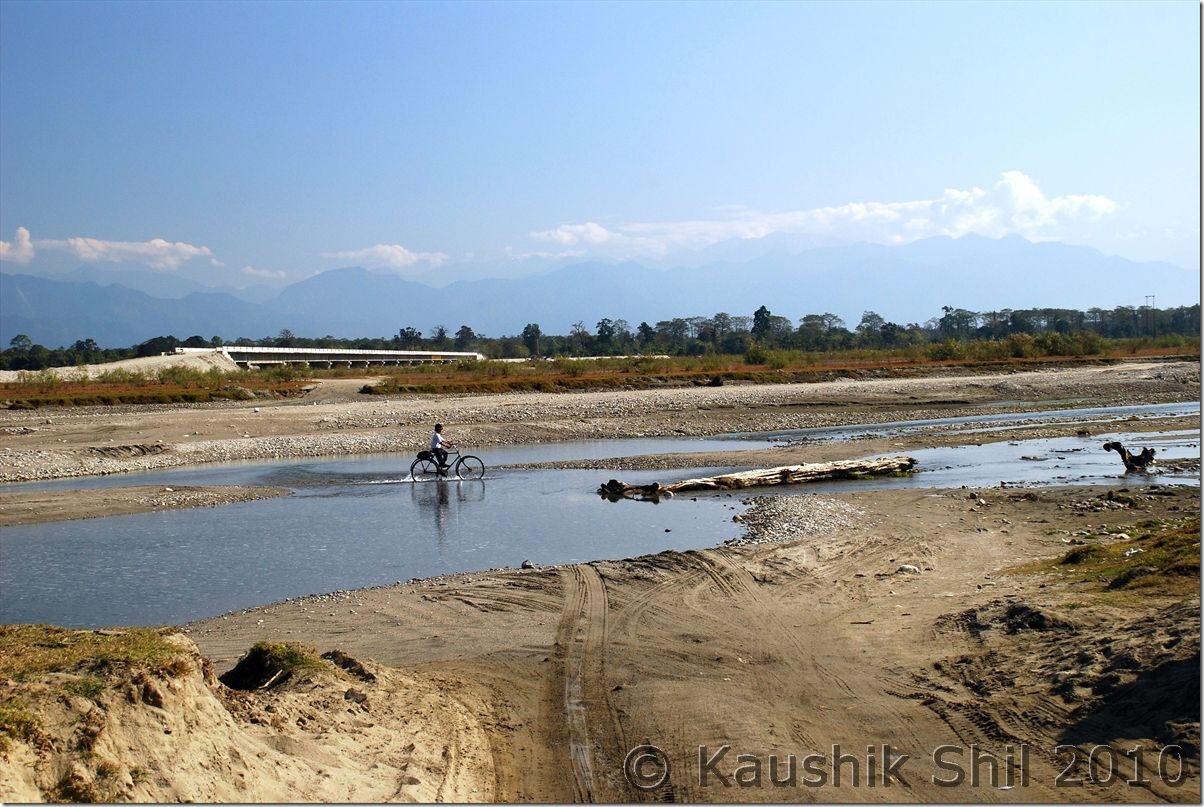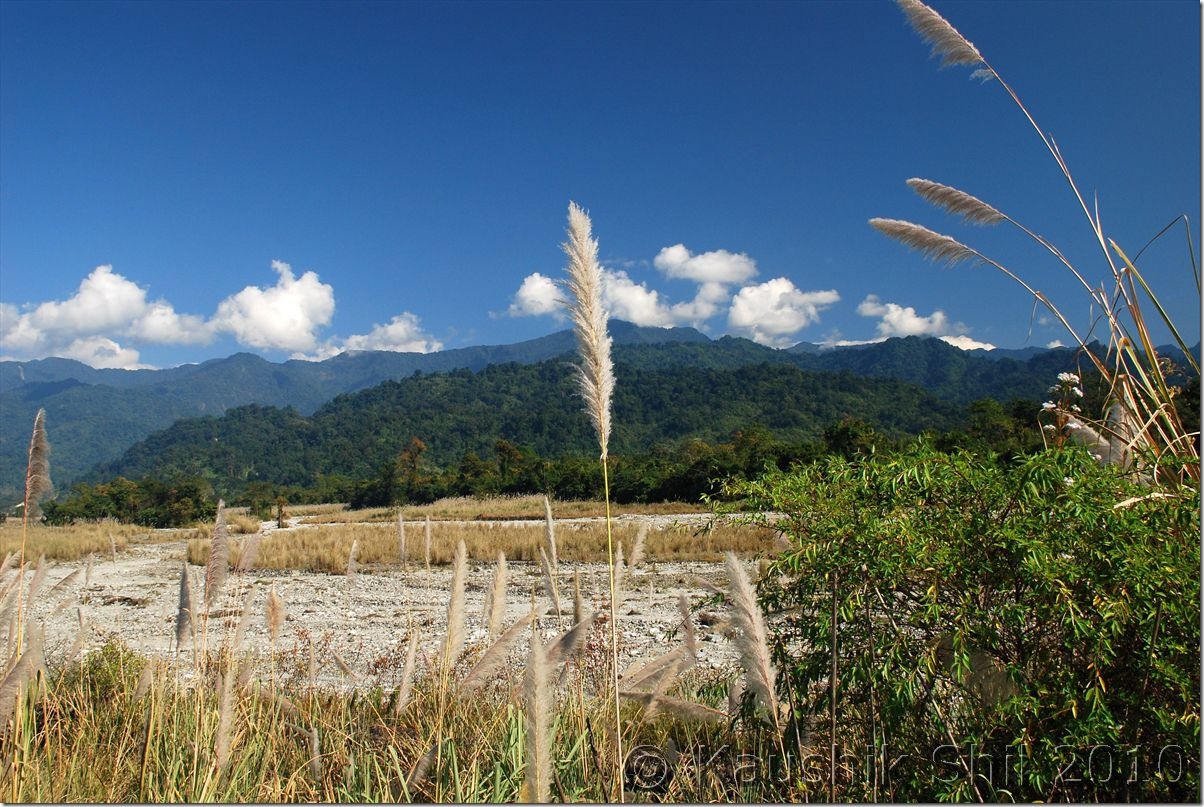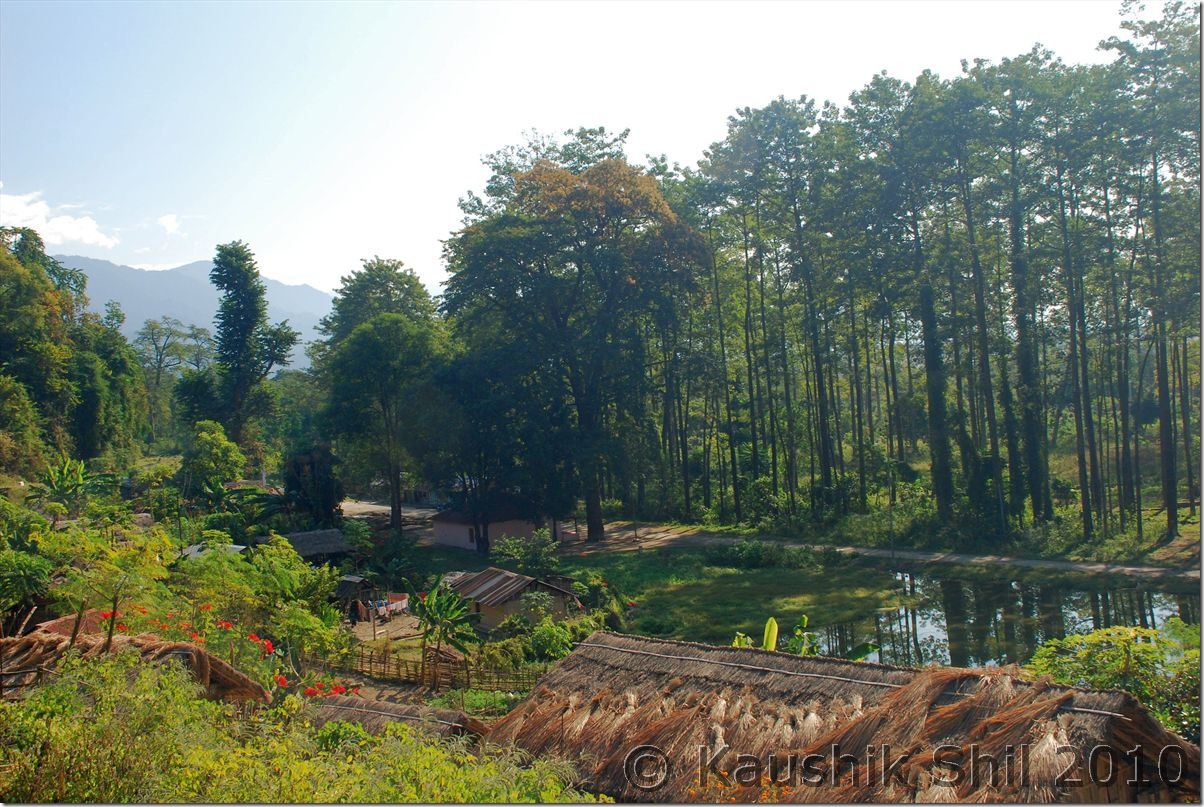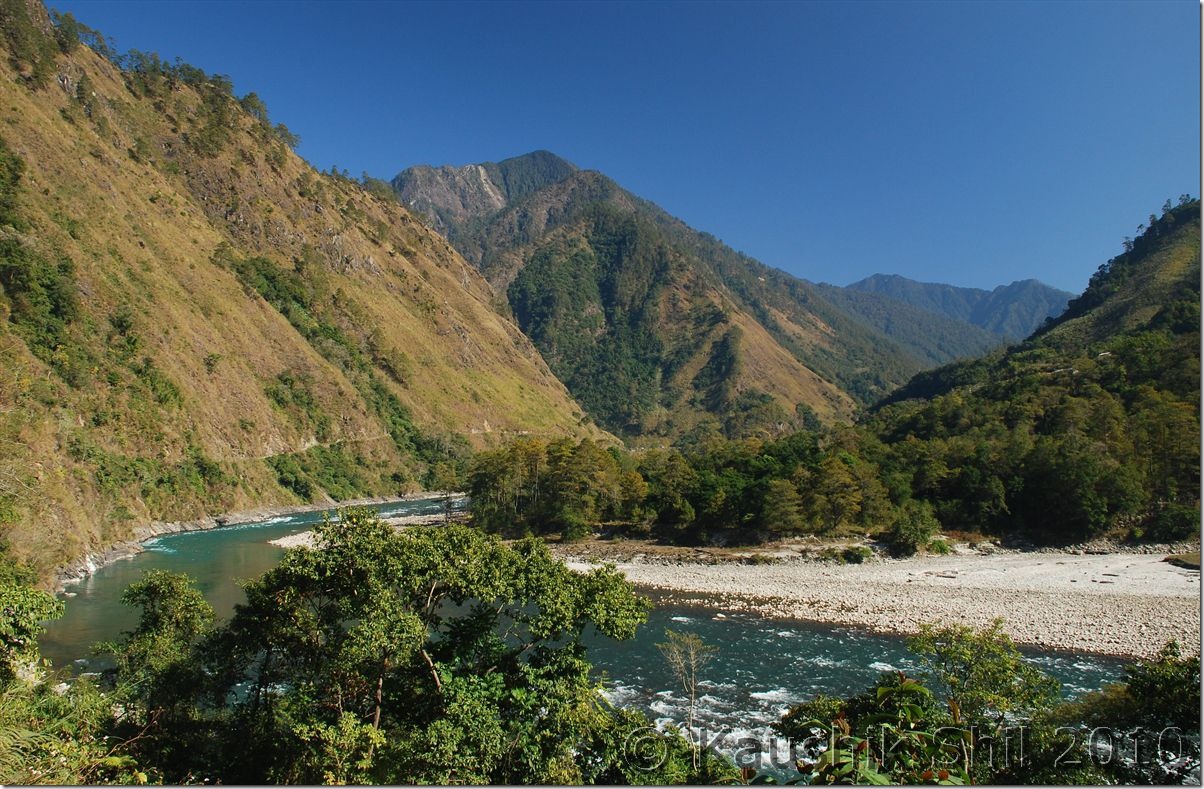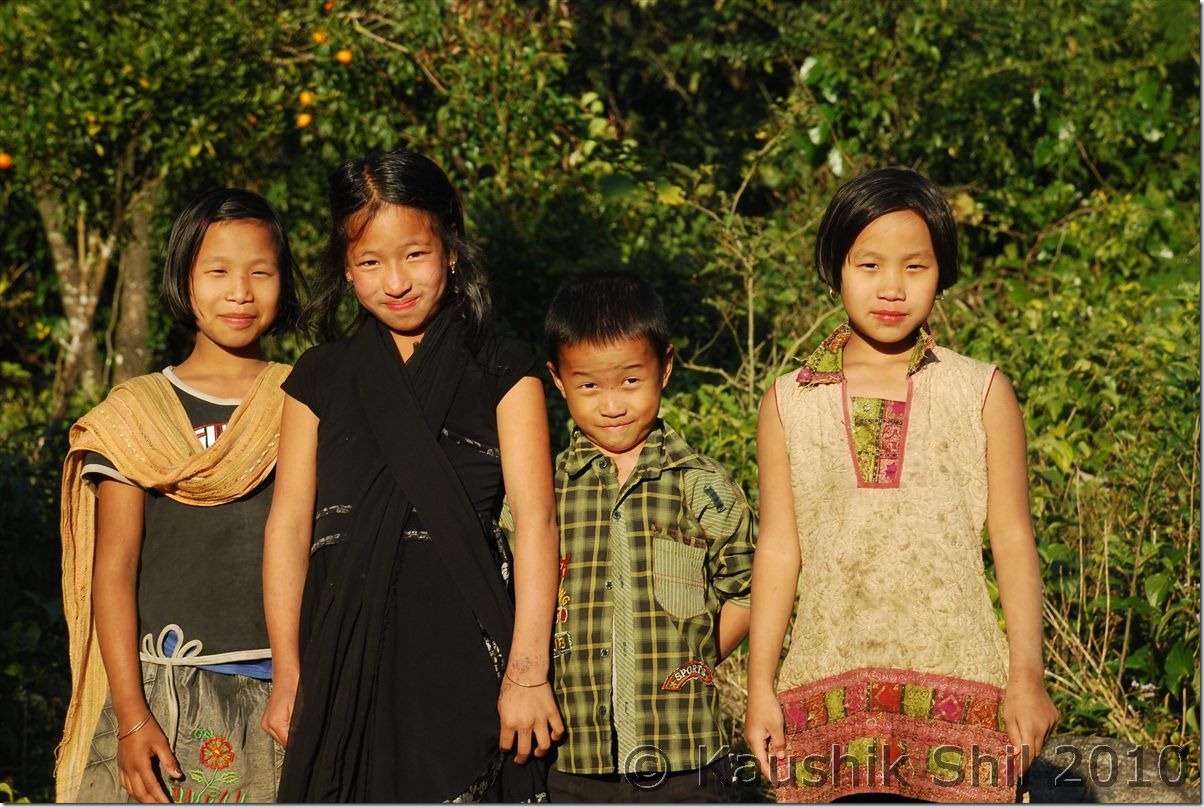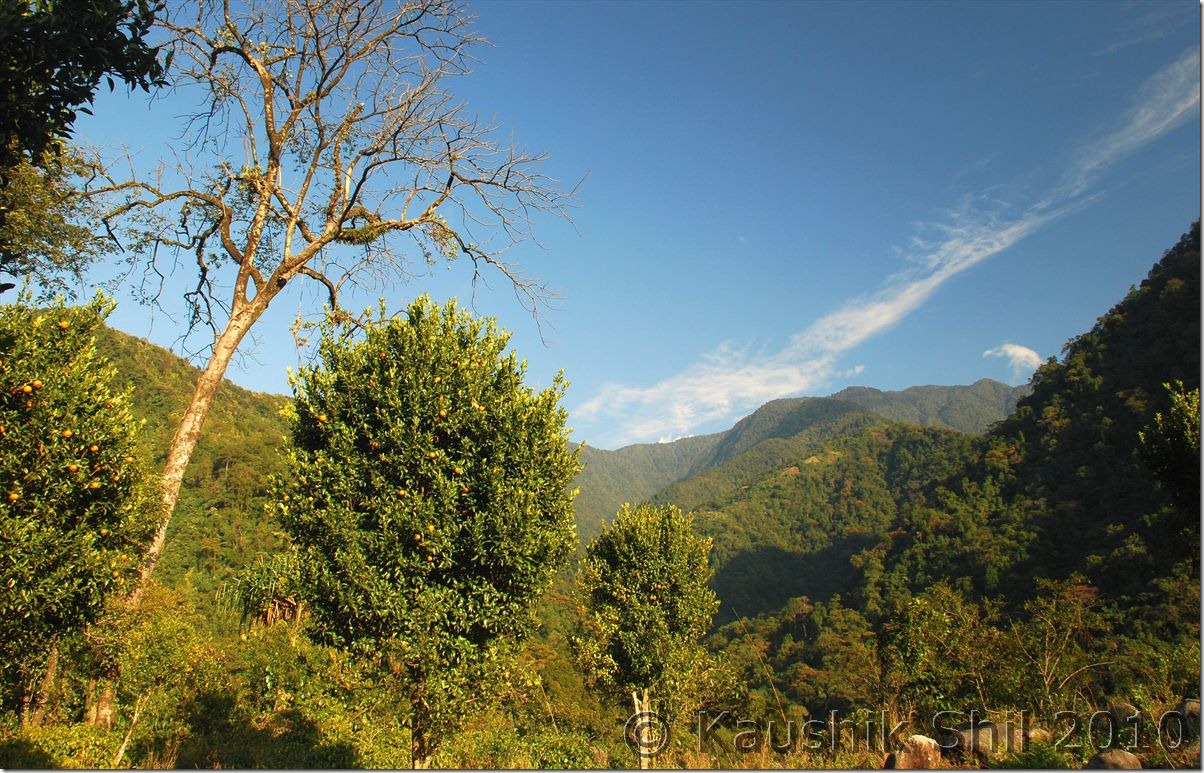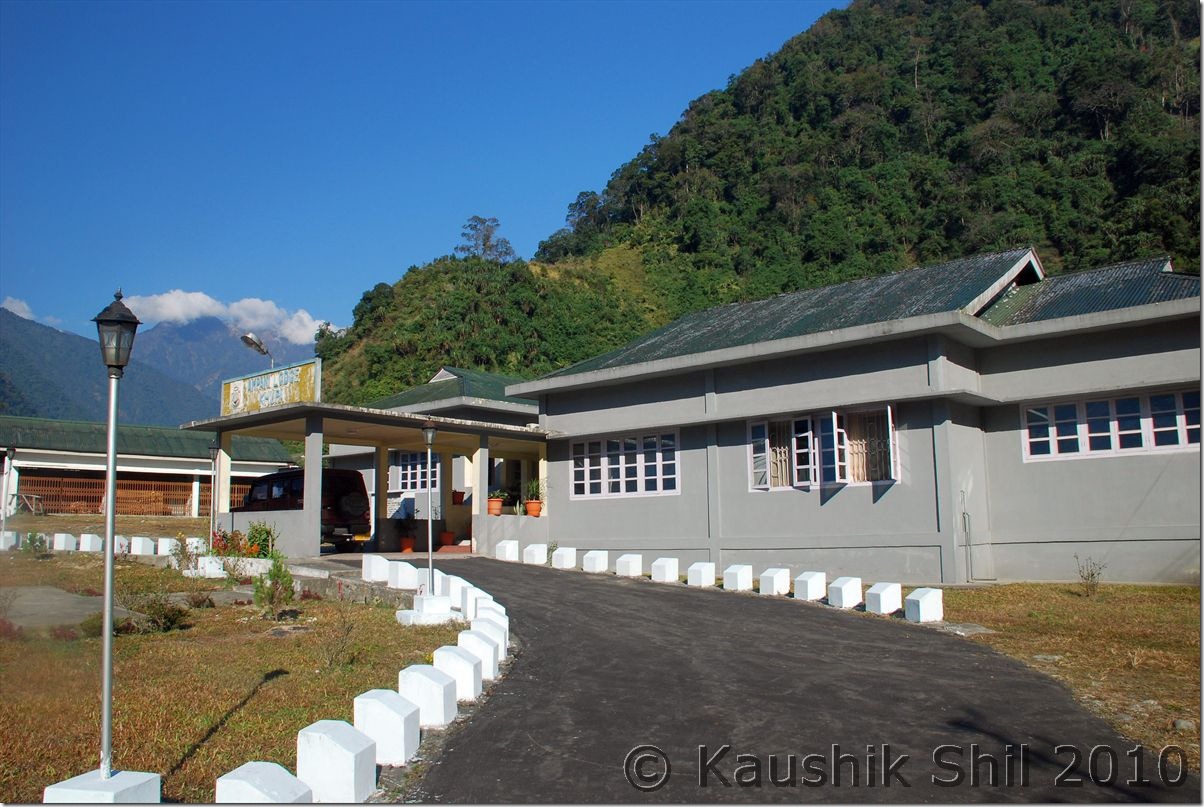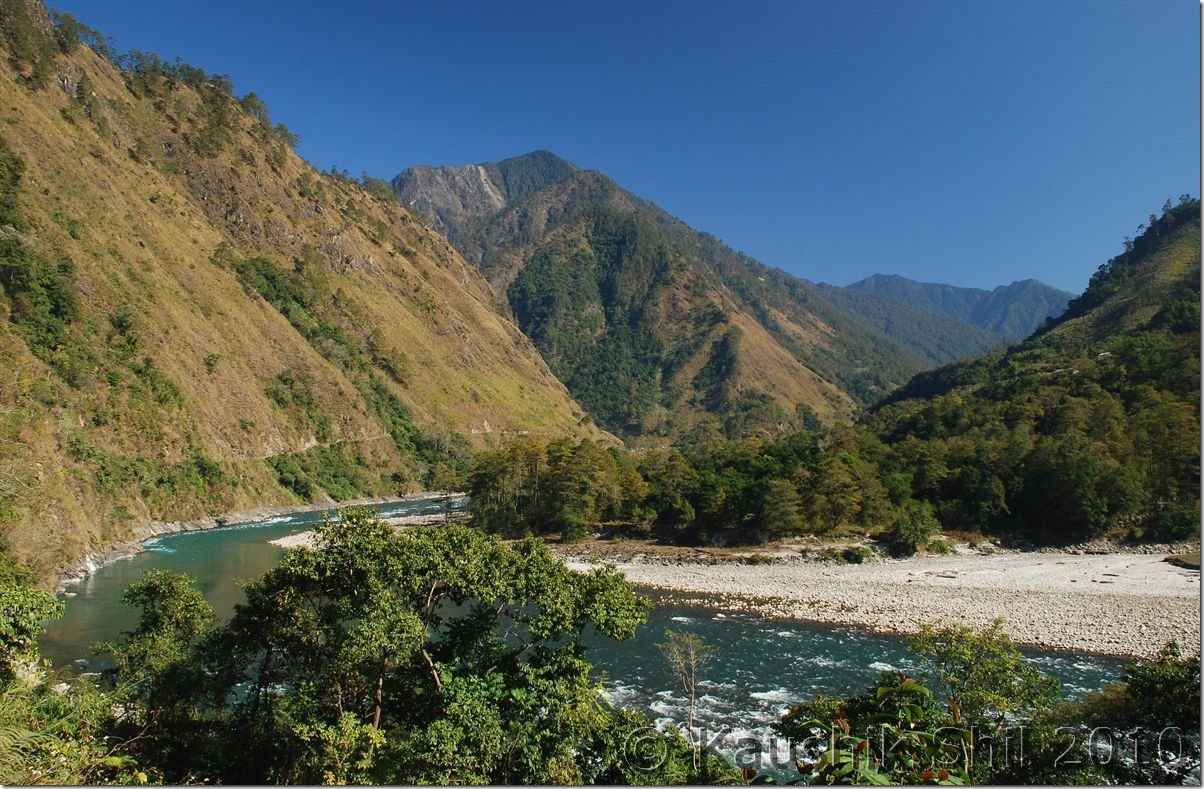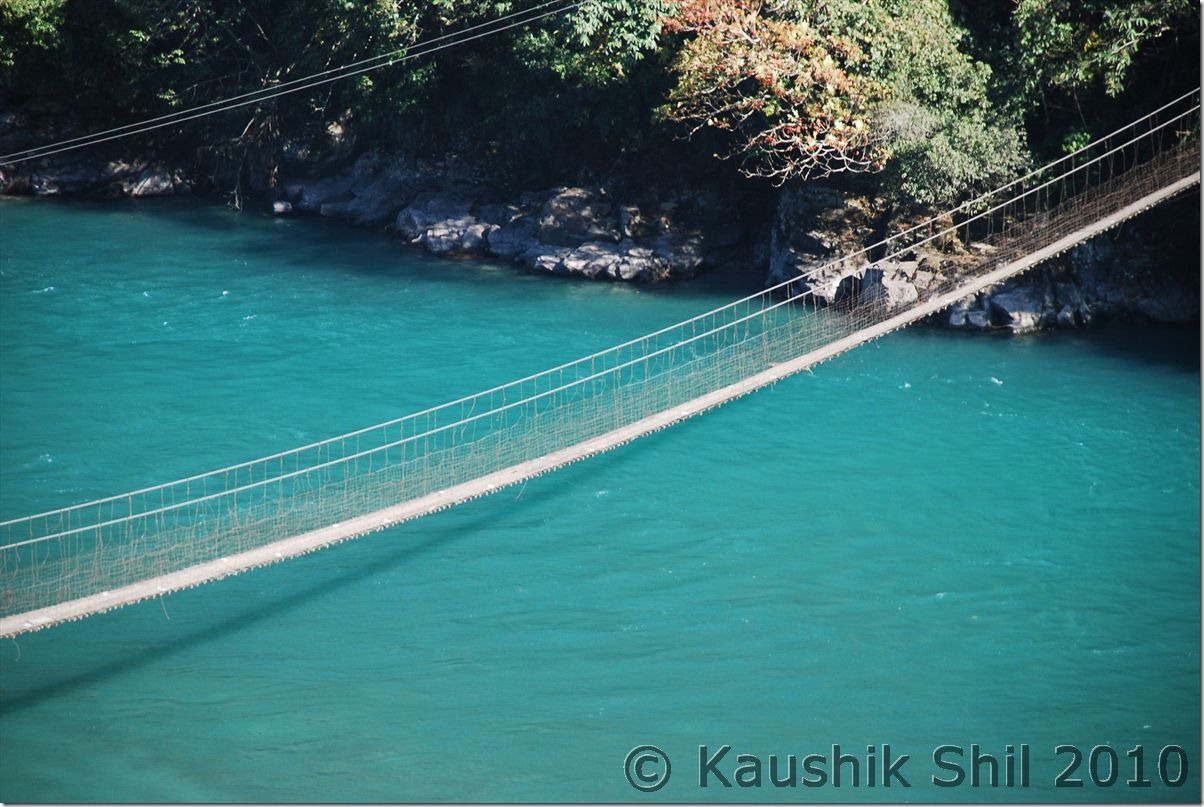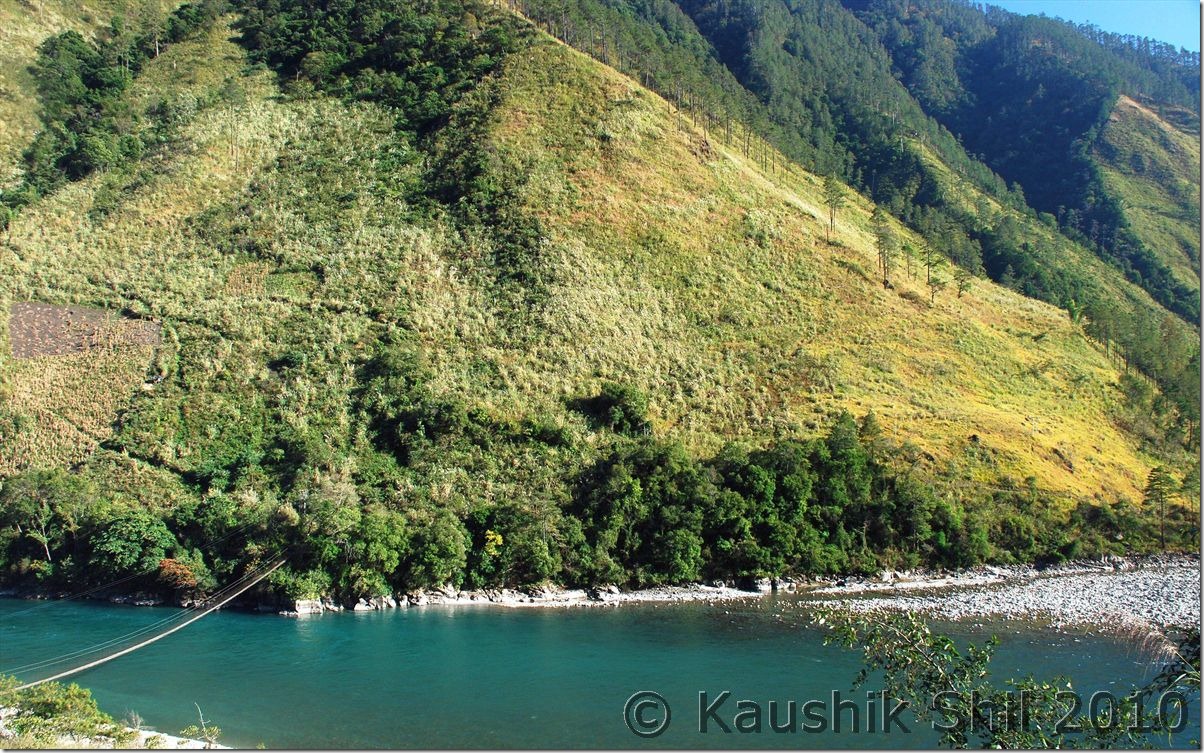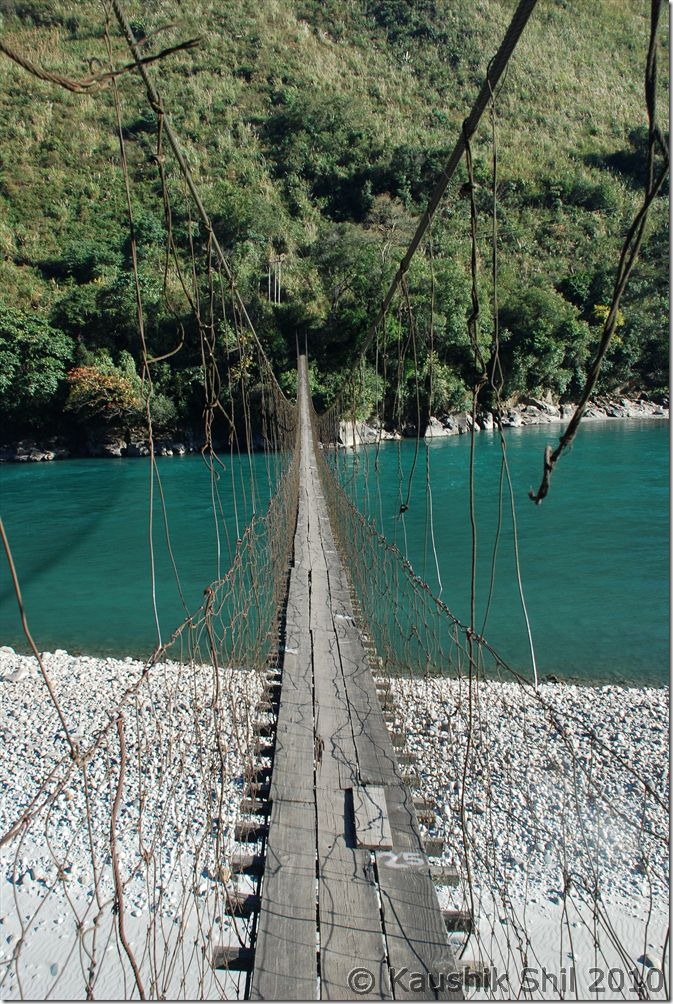15th June:
My luck with weather continues with another brilliant morning there, I decided to go for Nagasthi ITBP camp walk in the early morning and it was awesome. This is the place where the famous Har Ki Doon Trek starts or ends and this valley connects with many famous valleys of Uttarakhand. We took lunch in Panchali itself and started around 12.30pm for Kalpa, intention was to catch the sunset there but for the first time in afternoon sky turned cloudy and weather started behaving differently. I heard about 3 hotels in Kalpa, HPTDC was one of them that flatly refused to talk stating all their rooms are filled up even though I saw just 2 days back they have plenty of rooms specially in above 2500 range. Hotel Kinner Villa is nice option but they have good room only for 15th and 16th they were shifting me to a backside room. Golden Apple is the third, I heard a lot about and it also could offer only a good room for 15th. I somehow ignored Rakpa Regency though Vinkal repeatedly told me about this and later repented a lot for this. Golden Apple room was ok but toilet was not that good, geyser was not working. The worst experience I had with food and such a half cooked chicken they offered, I still have a nightmare and couldn’t have chicken since then. The Hotel also doesn’t have a good lobby/terrace to enjoy Kailas range, so called side view rooms were simple horrible and you would be in a difficult situation unless you get a front facing room there. It’s quite costly too; as a whole I won’t recommend this hotel to anyone. With bad weather and shattered dream of a divine sunset, the matter got even worse and I decided to shift to some other places on next day.
Good Morning Chitkul:
Trek to Nagasthi:
16th June:
My alarm went on at 5.00am but I could hear raining from bed itself and with the time rain was getting heavier. The reversal of good luck in start of the trip continues as around 9.00am I have scrapped the idea of walking to Chakha. At 11.00, the moment rain gets lighter, I started exploring the other hotels and found Rakpa completely vacant. Chose the room no 405 at top floor with a nice terrace, attached balcony and awesome views of surroundings. Rent was 1000 as compared to 1700 of Golden Apple. With change of hotel, luck also started swinging back and we decided to go to Peo for lunch and some marketing as next day we would start for Spiti. Little Chef was a brilliant place to eat in Peo and with 2 cartons of mineral water (24 bottles of 1 ltr each) and filled up fuel tank of Scorpio, we were all set for next day. We went to Roghi in afternoon, amazing cliff and terrific fall below. This is the actual HT Road again from Poari towards Khab via Chini Village (Kalpa). In the evening, more bad news came as we met a group of people from Kaza who returned after waiting unsuccessfully for 4 days to cross Kunzum Pass. I called Lotey (Ramesh), the extremely helpful person who owns Spiti Sarai Hotel there and Spiti Holiday adventure a tour organizer in valley. Thanks to Voyager for giving his contact. He assured me telling it would be open soon may be in a day (that he used to tell me from 7th, the day Kunzum closed after sudden snowfall) and I have nothing to do rather than praying for it. My Tata Photon got dead after Sarahan but Airtel came alive after entering Kalpa. I was frantically checking IMD and Accuweather through cell GPRS and only hope was next 4/5 days were predicted as dry in both the sites.
Kalpa Village waking up:
Majestic Kinnaur Kailas:
17th June:
I woke up around 4.30 and the stars in the morning sky made it clear that a brilliant day is waiting for us. The next few hours were amazing with an unforgettable sunrise in Kalpa with crystal clear Kinnaur Kailas Range in hand shaking distance. Started at 7.30am in morning hits NH22 again and move towards Spillo. Seen the right diversion towards Namgiya and Shipki La and left towards Ropa valley. The road was almost all the way good but turns better after Khab Bridge. I remembered to catch a glimpse of Reo Purygal, highest peak in HP from Khab Bridge as mentioned by my friends. It was awesome, the road started to go up after Khab and a signpost marked clearly Yangthang ahead in old road and Nako on the top in new alignment to bypass Malling. New Monastery of Nako was good but best is the sight of Reo Purygal again from there. Visited Nako lake and village for some time, watched quite clearly the old Malling road that was completely destroyed for 200 mtrs in between and new road alignment at top. Around 1.00pm started from Nako and proceeded towards Chango where the old Malling Road meets with new alignment on other side. Chango to Sumdo was mainly through deep canyons of Spiti which was with us since Khab. Pare Chu meets Spiti at Sumdo and yes in right we found NH22 gone up to Kaurik for another 17km. Kaurik is not open for civilians without permit and probably an unique place that is completely destroyed in 1975 earthquake where as the name is still being used in all milestones. We left NH and started with SH30 from Sumdo as we enters Spiti. Land Scape changed completely after Nako with all barren mountains and some typical air erosion patters picked up straight from geography text books. Took a detour of 12 km one way to Giu for that famous Mummy, a bigger temple kind of structure is being built there where mummy would be kept, saw the hair of Mummy but not sure if they are still growing as claimed by many. Hoorling comes once you hit SH30 after Giu. The road is worst here and this part was closed for a day in first week of June shutting Kaza – Peo link. Then We reached Tabo around 4.30pm and found Trojan GH vacant yet pricey, Mentok Dumra little too basic, surprisingly didn’t find San Maria at all in that small town which otherwise was a famous hotel. Lotey again became savior and directed us to Diket Norphel and later we found this is nothing but lost San Maria that changed the name now. So first floor room there at 500 was extreme value for money. The food was good and hotel was extremely clean. Visited Tabo Monastery and brilliant paintings there are quite mesmerizing.
Brilliant Morning from Terrace of Rakpa Regency:
Nako Village:
Spiti Valley:
That is Tabo:
1000 years old Tabo Monastery:
18th June:
We didn’t do breakfast but got some Alu Paratha from the hotel and left by 7.30am. First destination was Mane Village, seems to be greenest in whole Spiti Valley, this is the place where Gunsarang and Manirang Pass trek starts that connects Ropa Valley. The site of Spiti Valley and SH30 was amazing from here. Manerang Ranges were at touching distance and both upper and lower Mane villages are very green. After Mane reached Schichiling but skipped Dhankar as our plan was to do a night stay there. From Attarago turned left towards Pin Valley and experienced some best panorama in whole Spiti Valley. Pin’s color is turquoise compared to muddy Spiti, Gone to Kungri Monastery, attended prayer there, From Kungri, Pin Valley looks awesome, reached Sagnam that itself is a very scenic place and after Sagnam road bifurcates to Mud and Bhaba/Pin parvati pass onwards and other fork goes to Talling and Kuokti Valley, this is the starting point of Larsa Pass Trekking towards Spillo at Kinnaur. Mud is having couple of accommodations and had a nice lunch there. Anyone would be surprised with the colors that Pin Valley can offer. We came back to SH30 and then gone other side towards Lingti Valley. The vista is completely different yet very attractive as we proceeded towards Lallung. There are apparently 2 roads marked for Lallung, one through Rama and Lingti Village that is extremely rough and as per local couldn’t connect to lallung yet as the board at SH30 claims. The other road as part from Pradhan Mantri Gram Sadak Yojna starts again from SH30 and links Lallung, we took first route first, abandoned it little later and then took the second route to reach lallung. The Kamelang peak rises dramatically behind Lallung village and the old monastery there is worth visiting. We tried to took the short cut from Lalung to Dhankar by another gravel road and within 500 mtrs of Dhankar discovered the road was cut off in between due to a bridge work. We had to trace back all the way to SH30 and then through Schichiling reached Dhankar at 5.00pm. Gone straight to old Monastery and experienced awesome vista of Spiti Valley from Terrace. Got a nice room at 500 in Monastery Guest House with attached bath, geysers. Had a nice dinner and ended a busy yet very satisfying day.
Mane Greenest Village in Spiti Valley:
Spiti River Gorge SH30 on Right:
SH30 goes beside the River towards right Tabo and left Kaza:
Spiti Valley:
Pin Valley:
Small Village Pin Valley:
Colorful Pin Valley:
Pin Meets Paraiho just before Sagnam:
Vista Opens Up at Mud:
Talling Bridge over Pin:
Spiti Valley from Way to Dhankar:
Spiti Valley from Old Dhankar Fort:
Previous: Himachal Pradesh – Deb Bhumi Kinnaur
